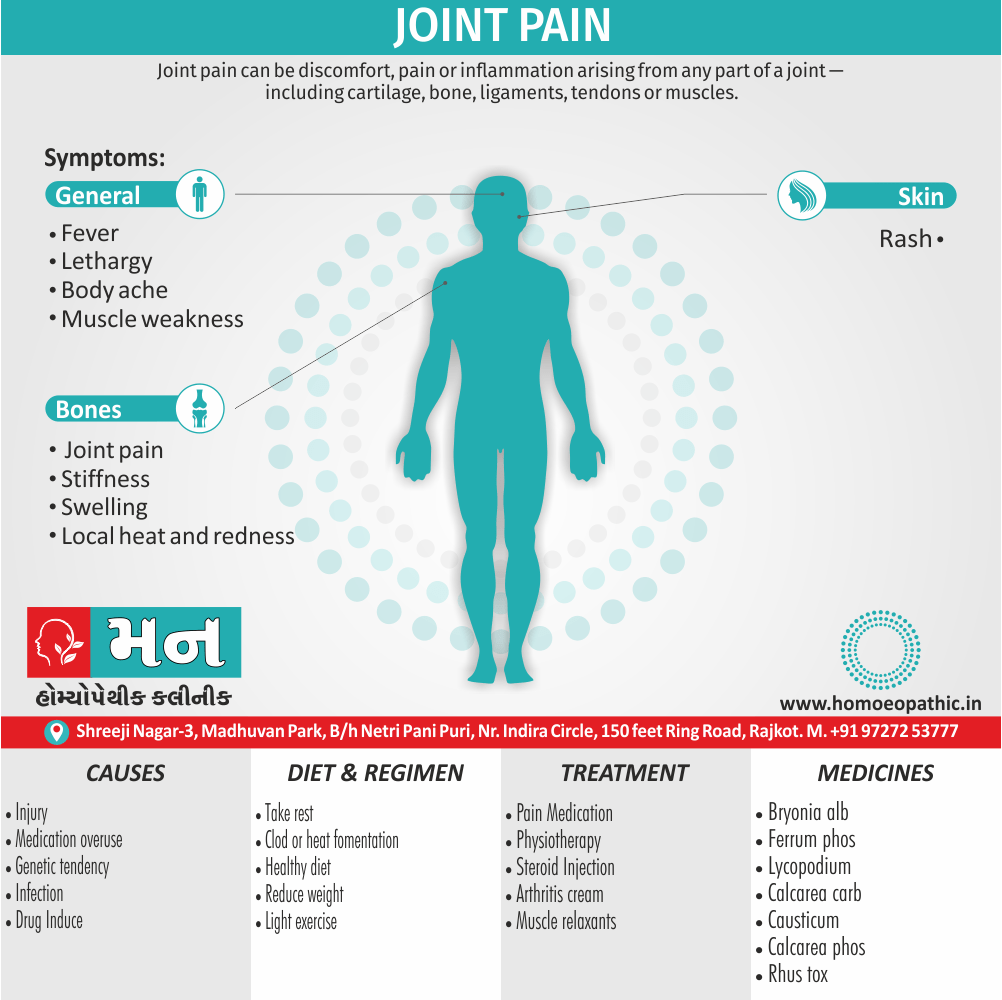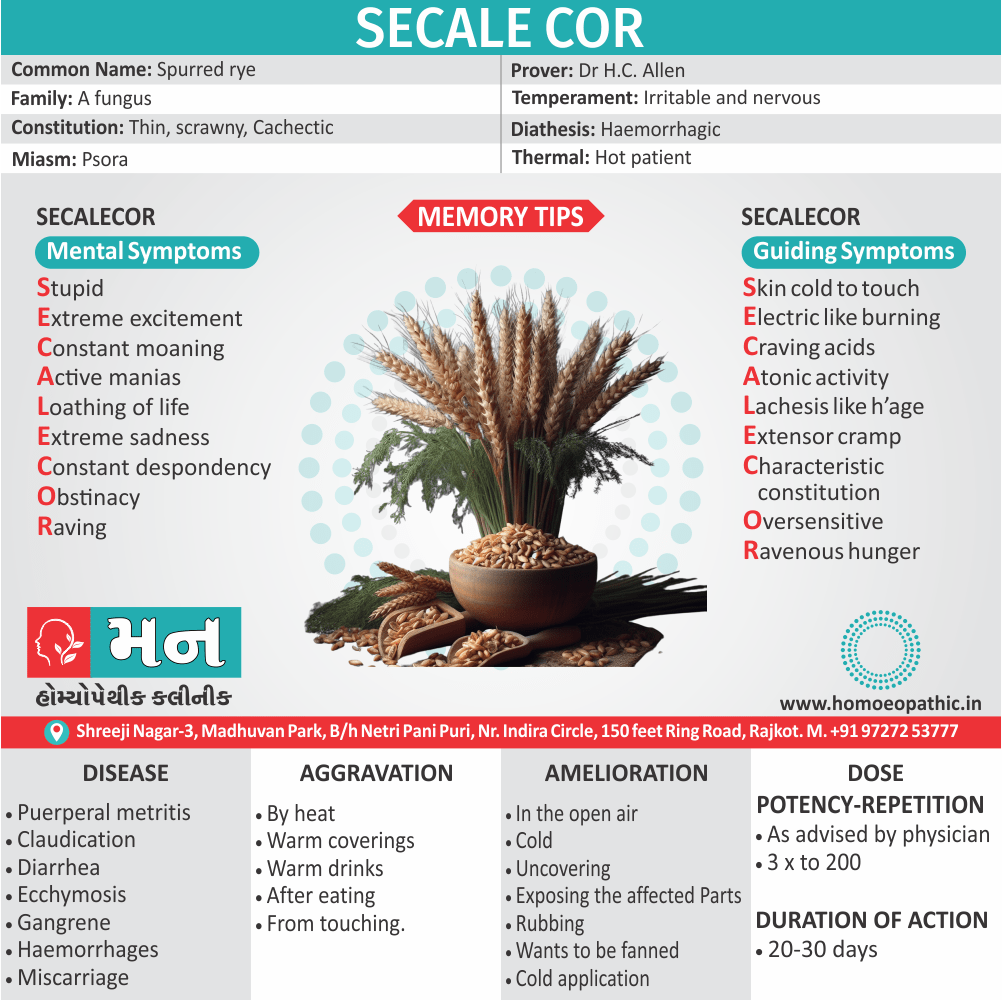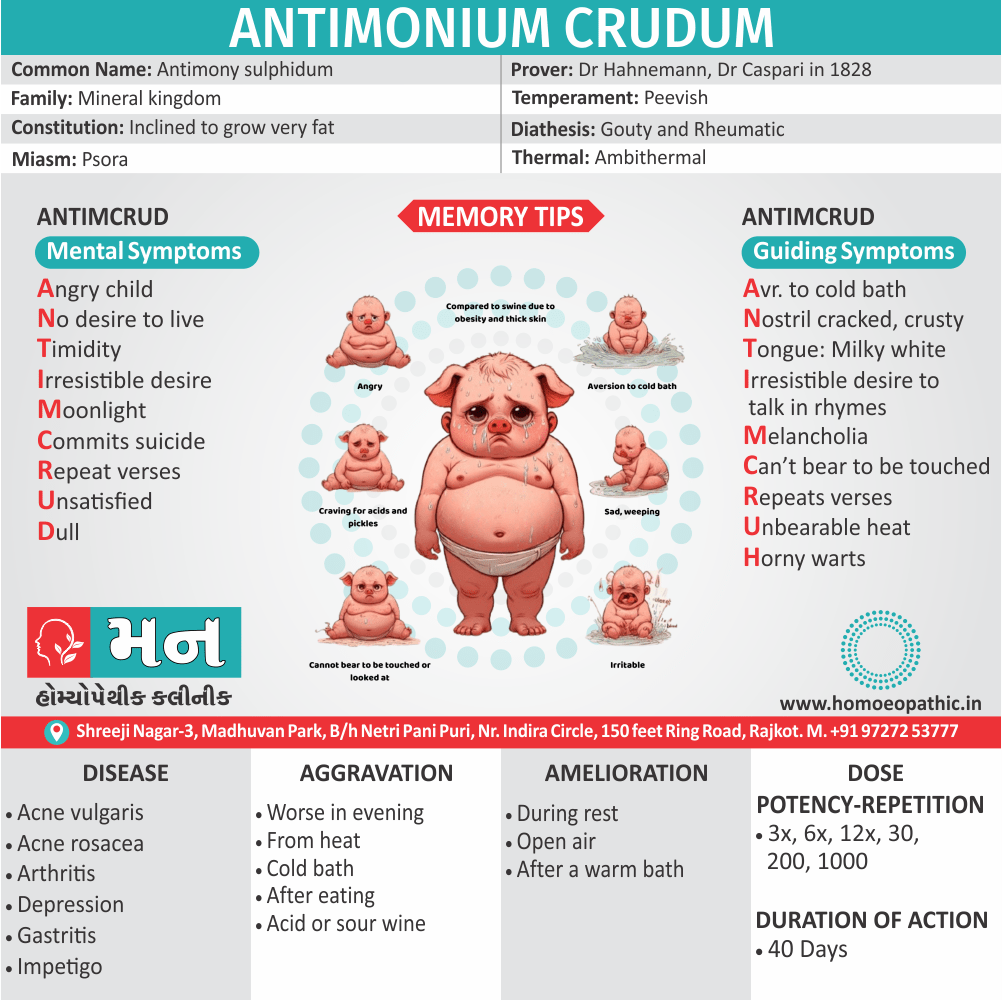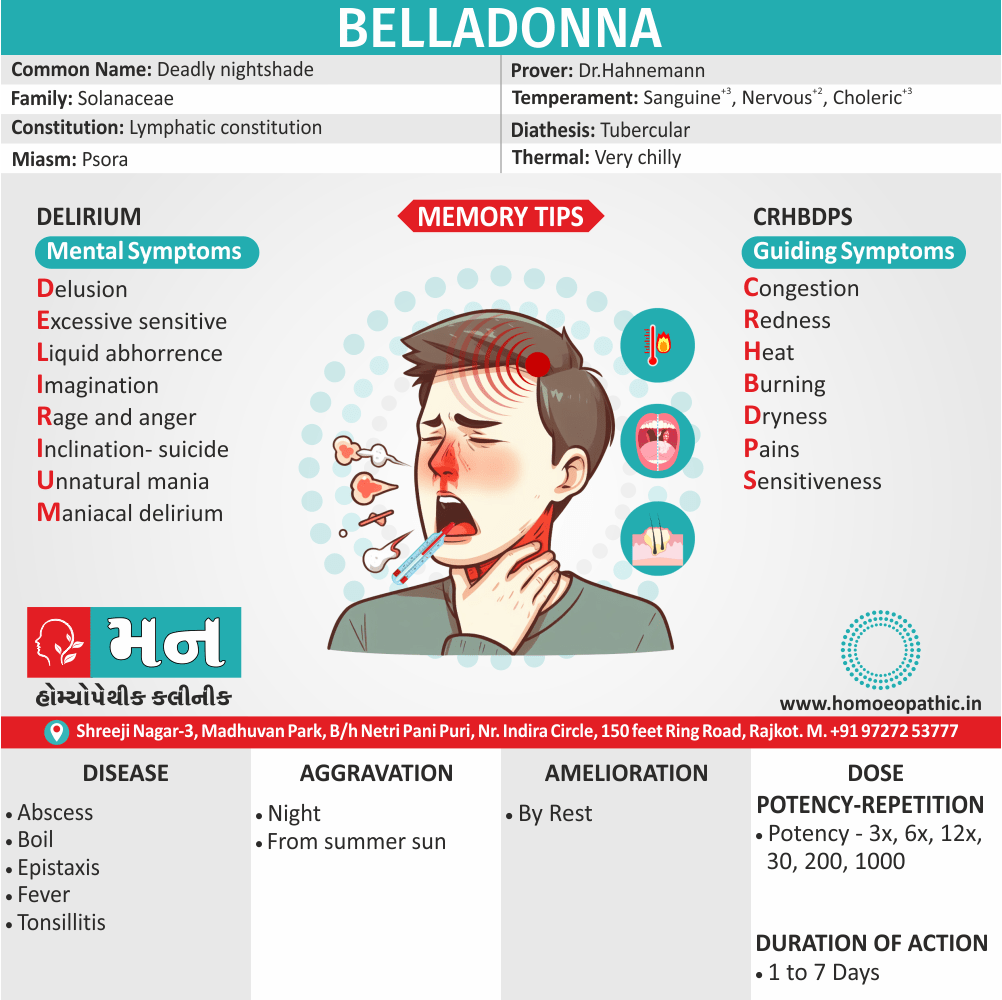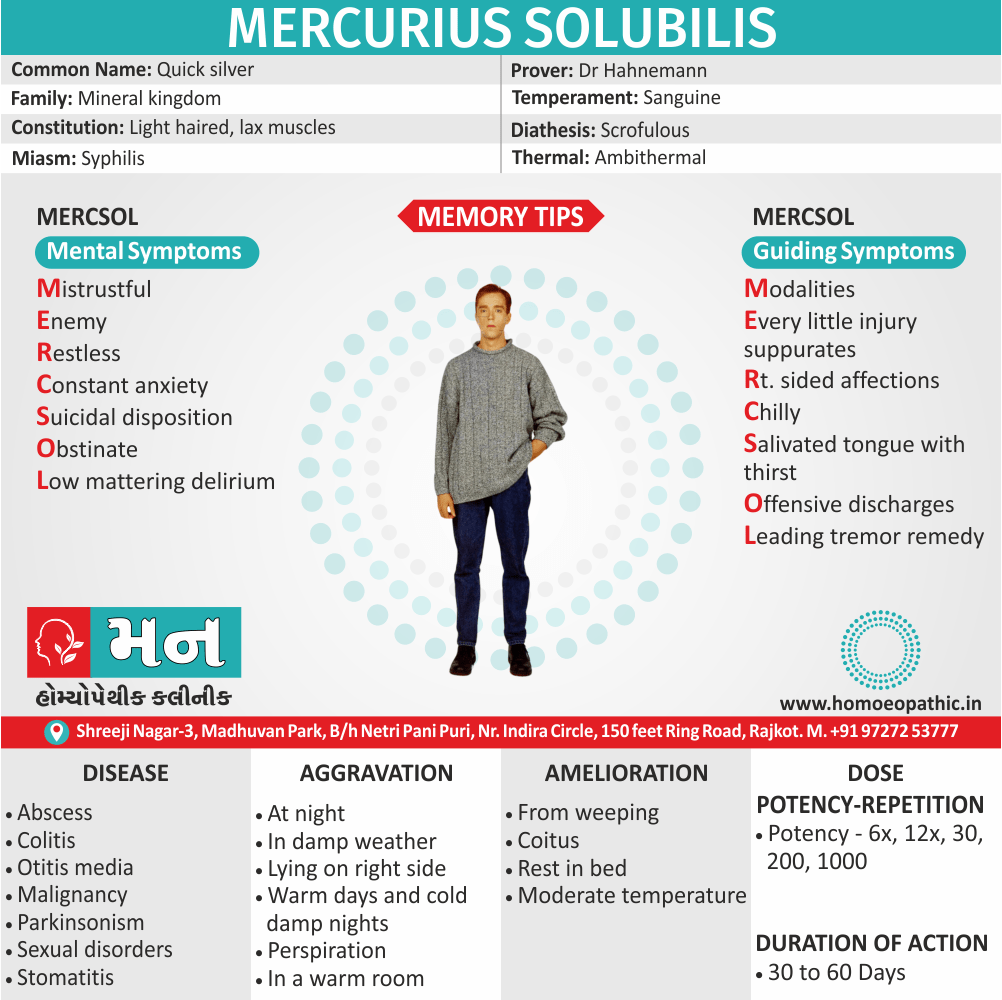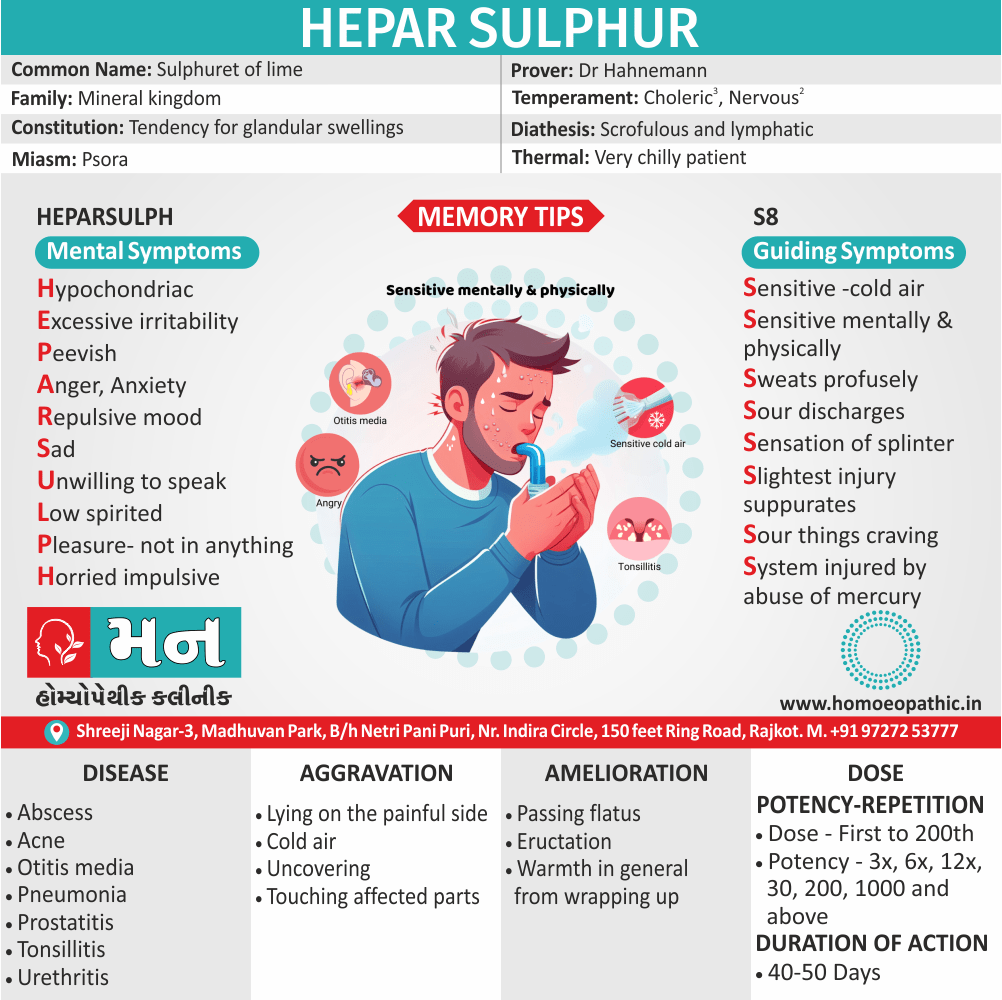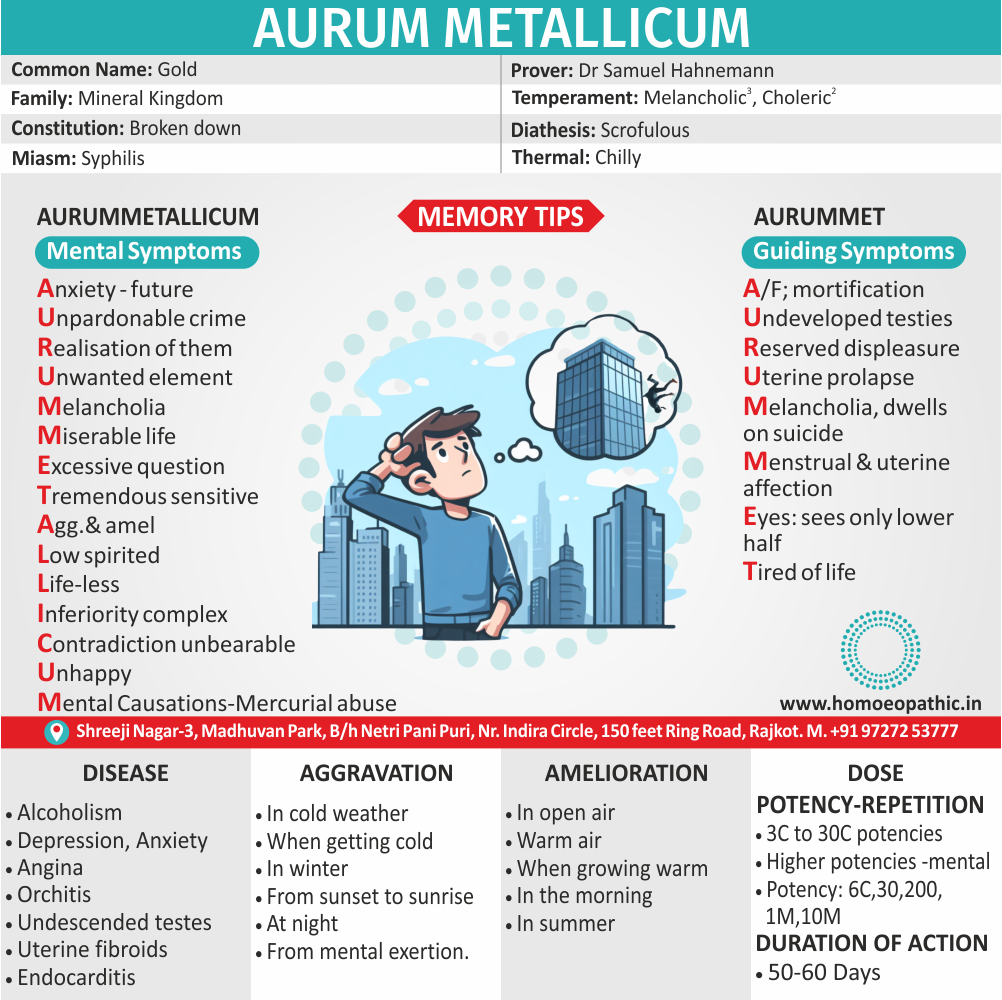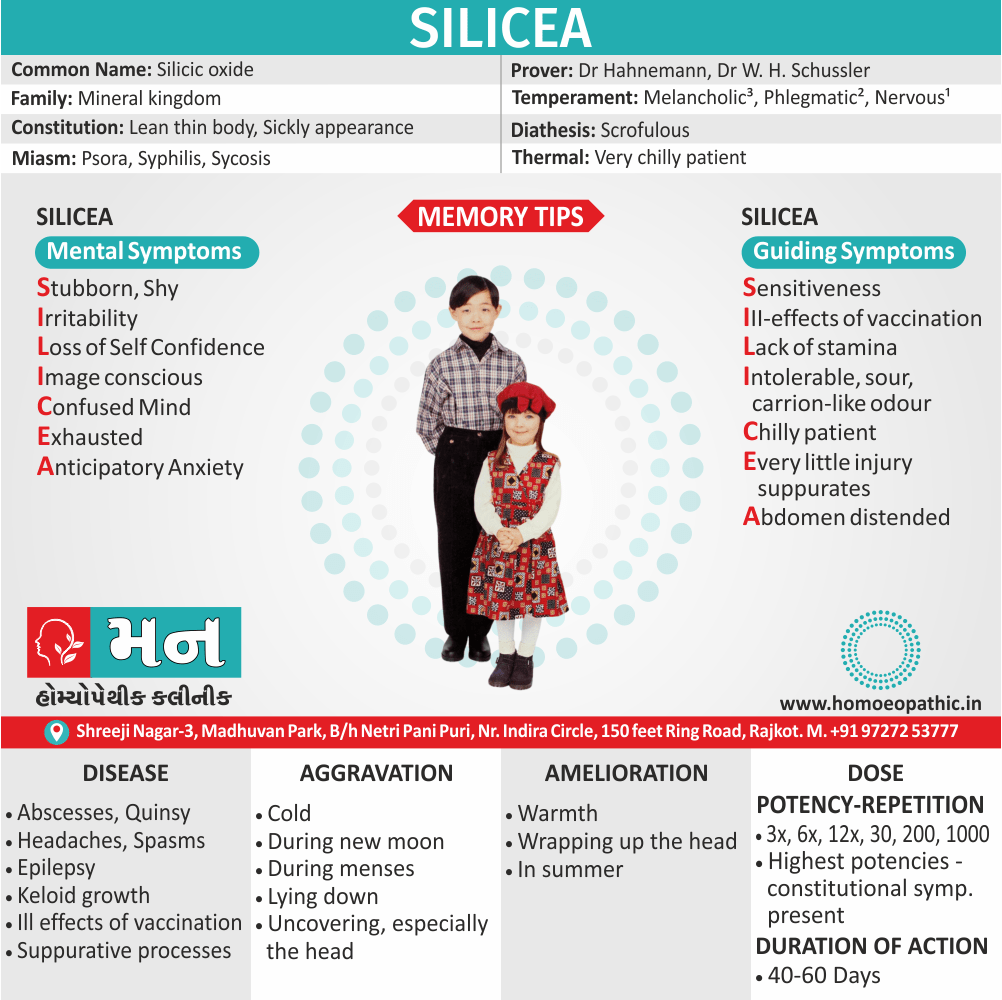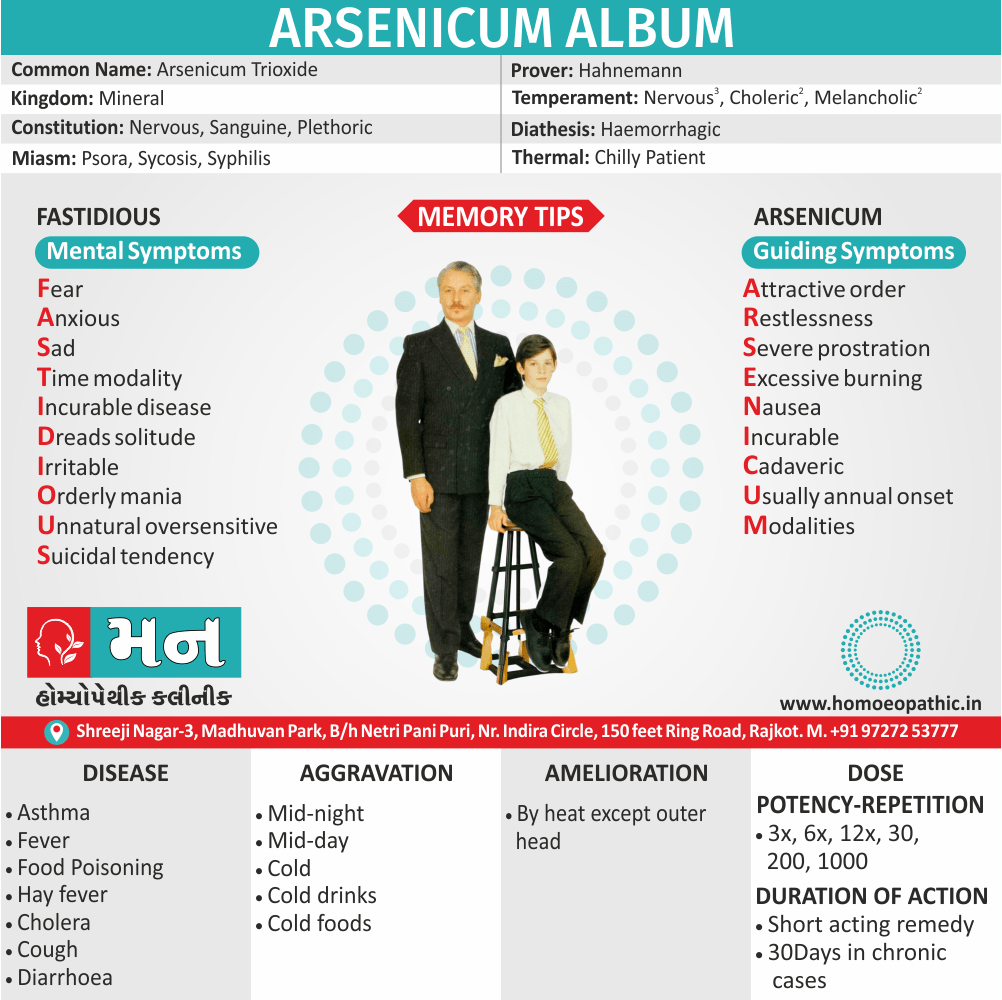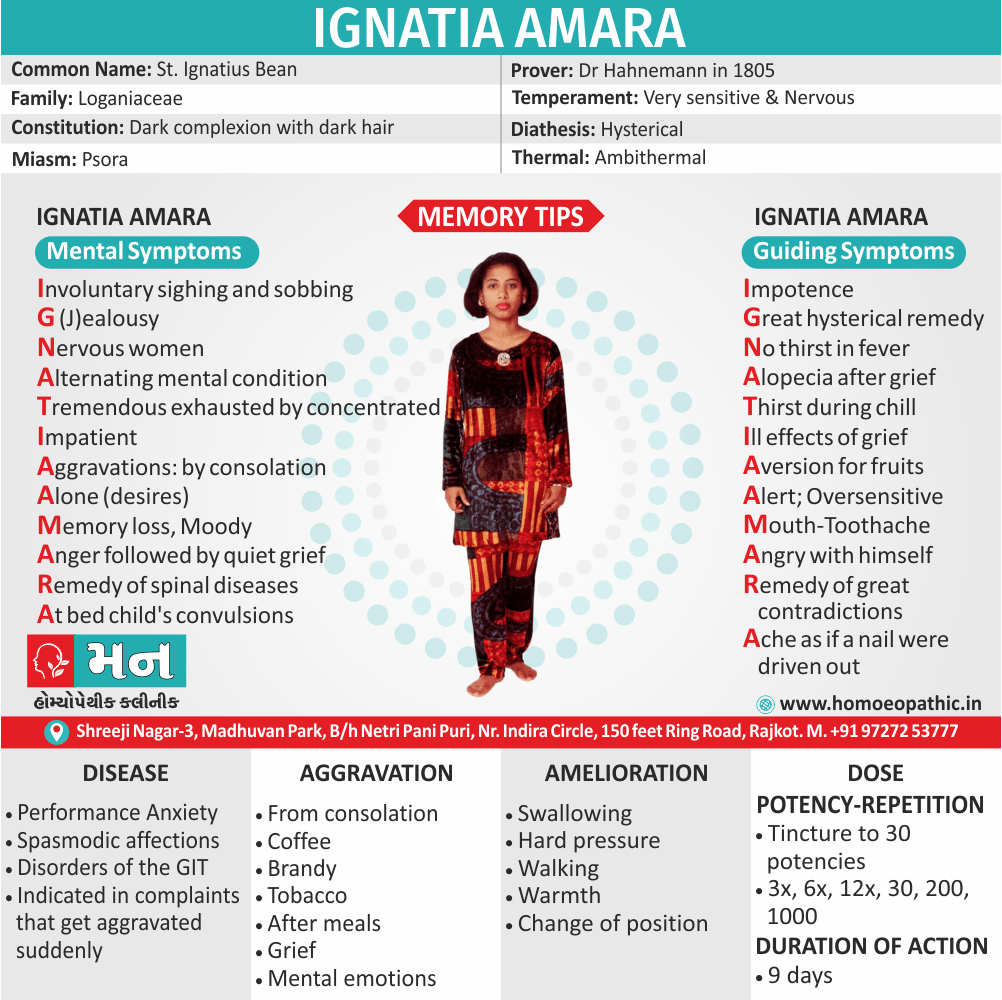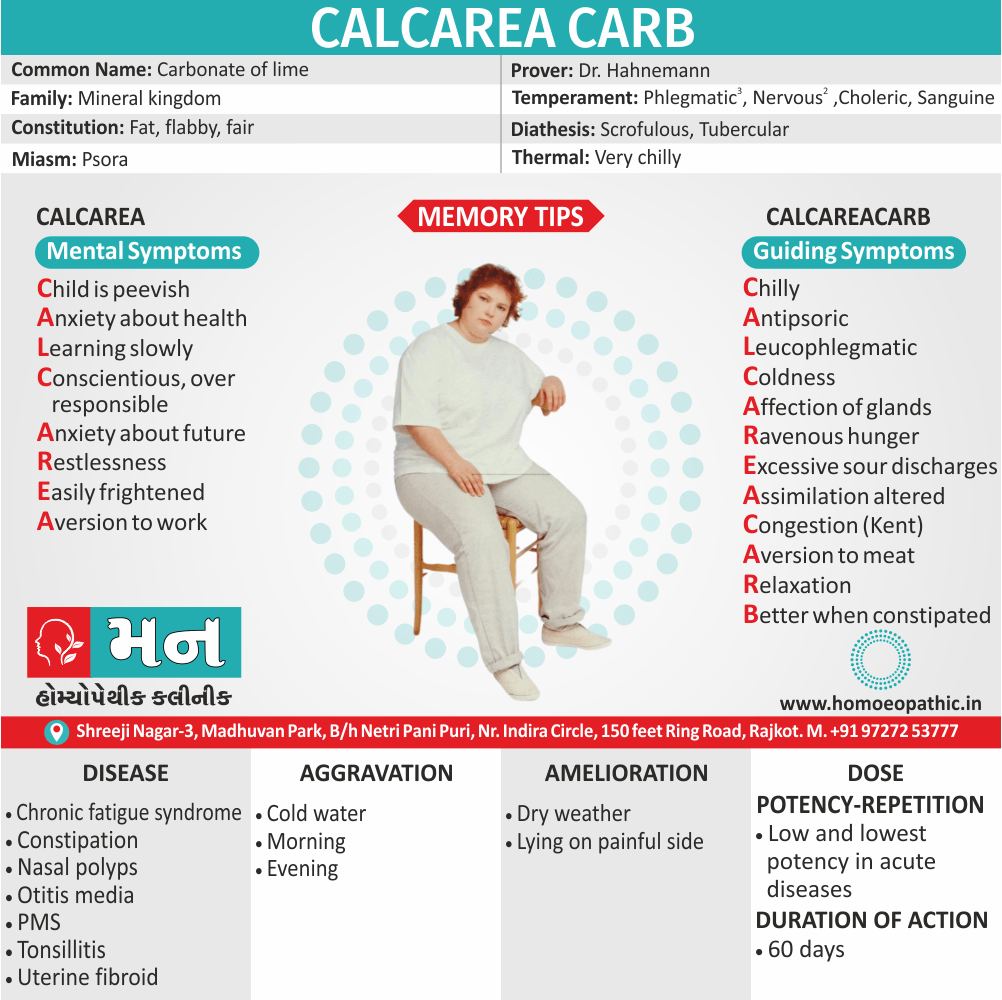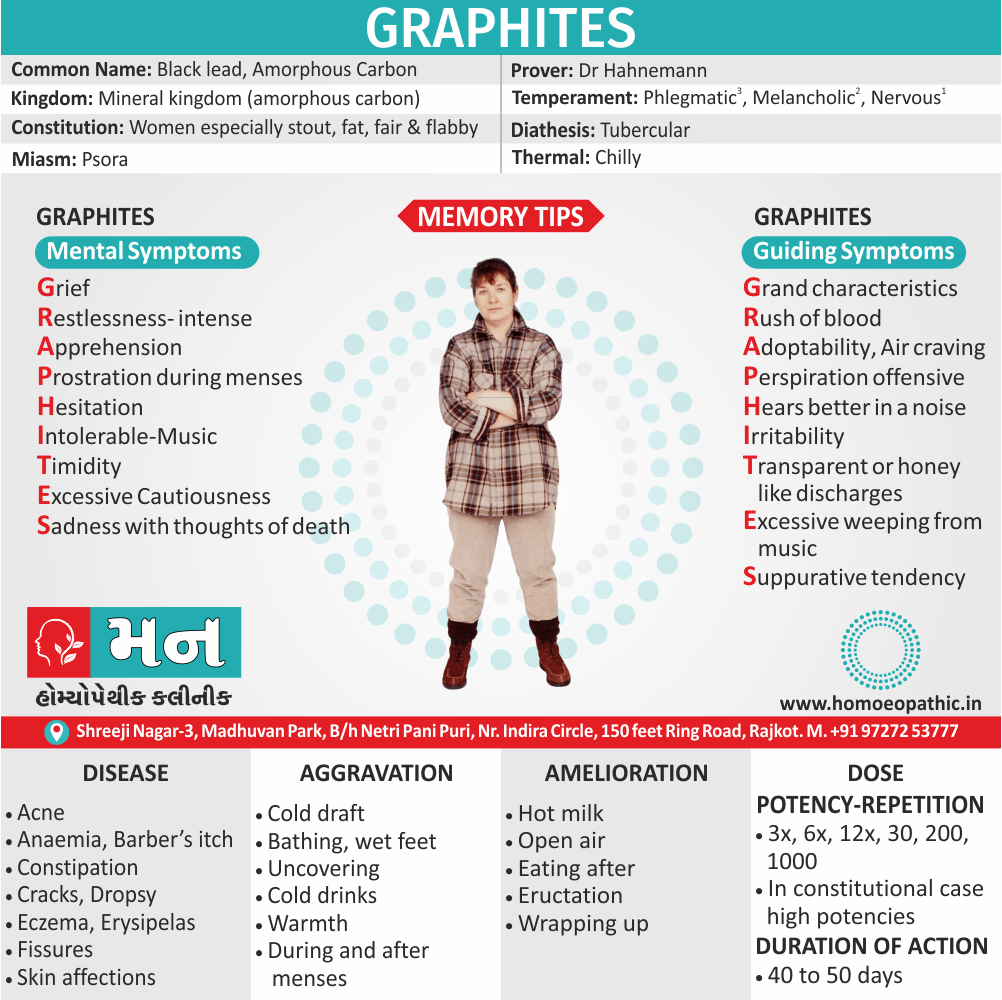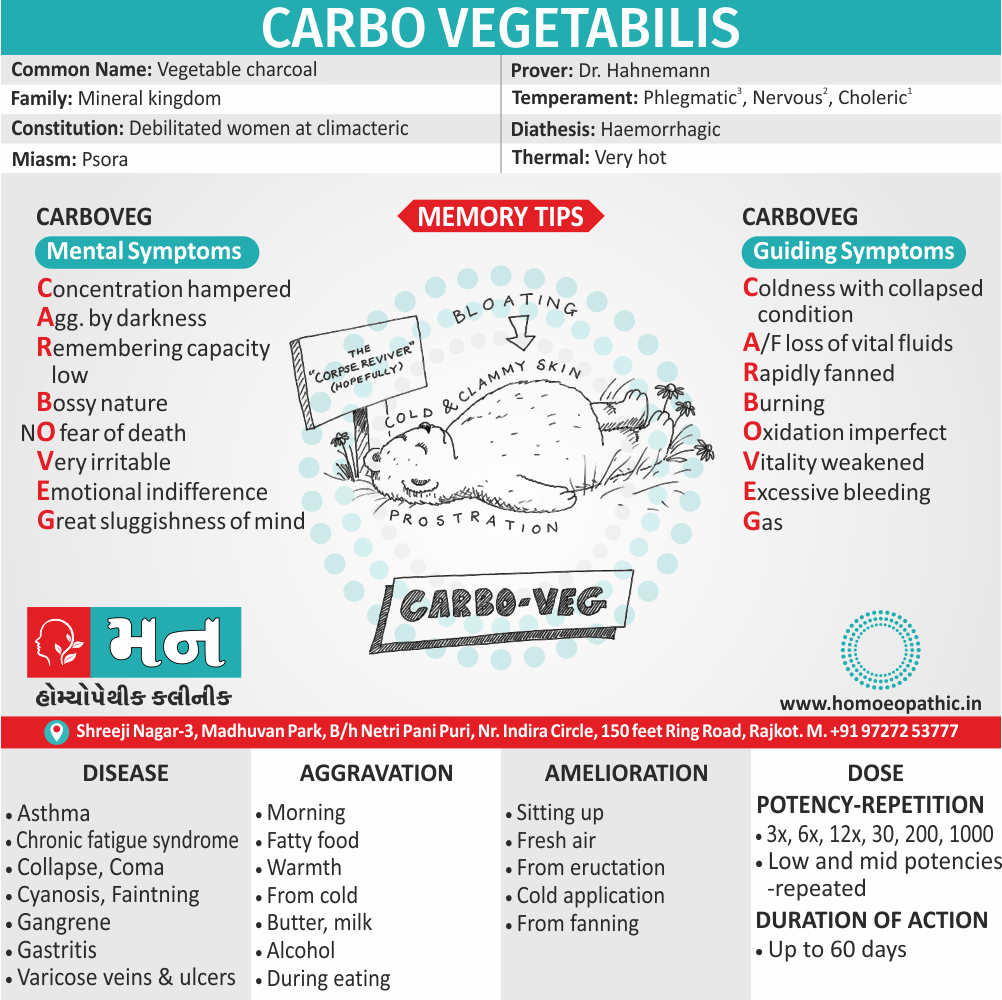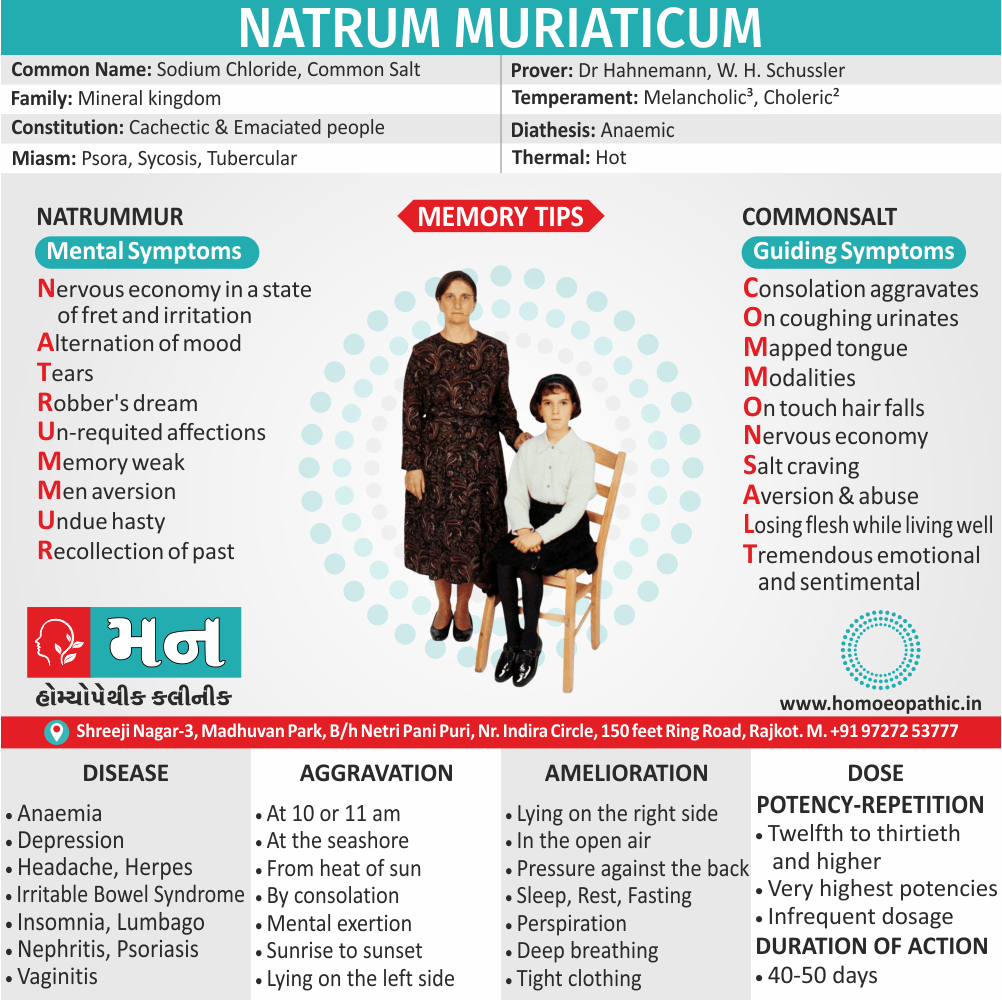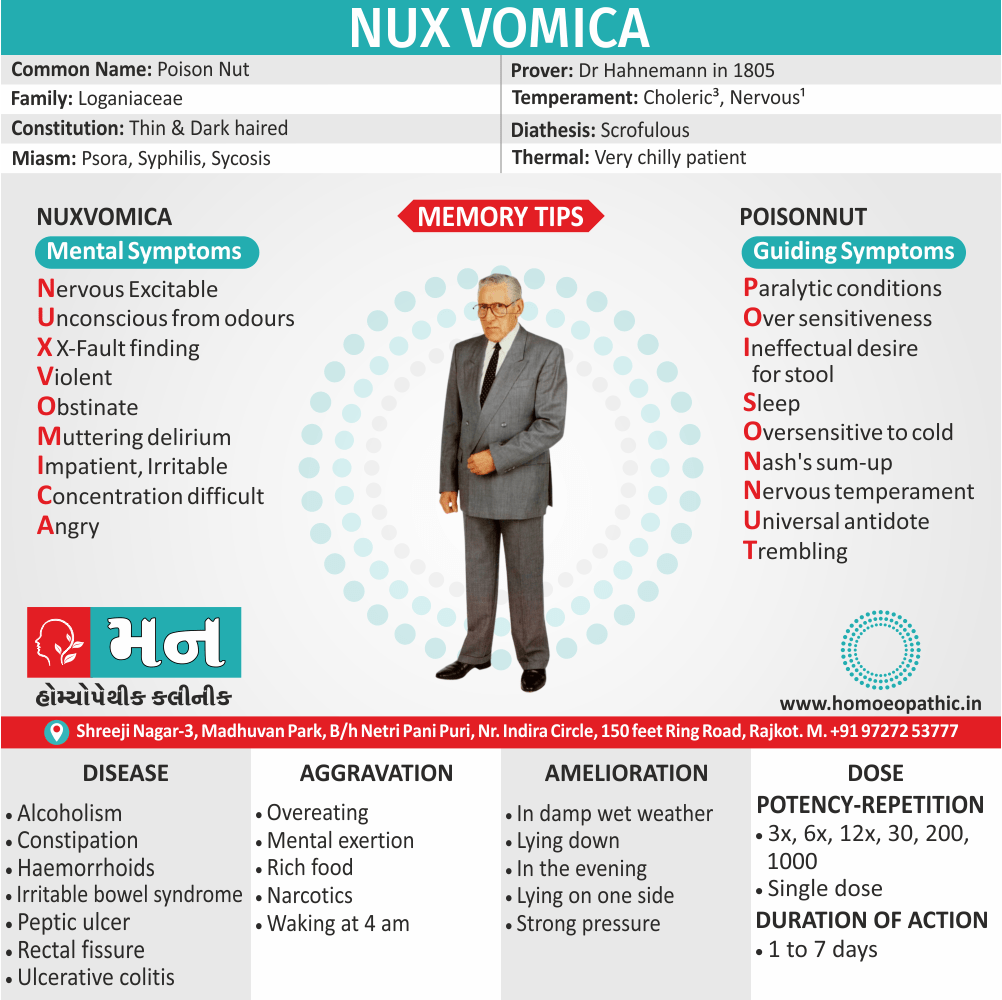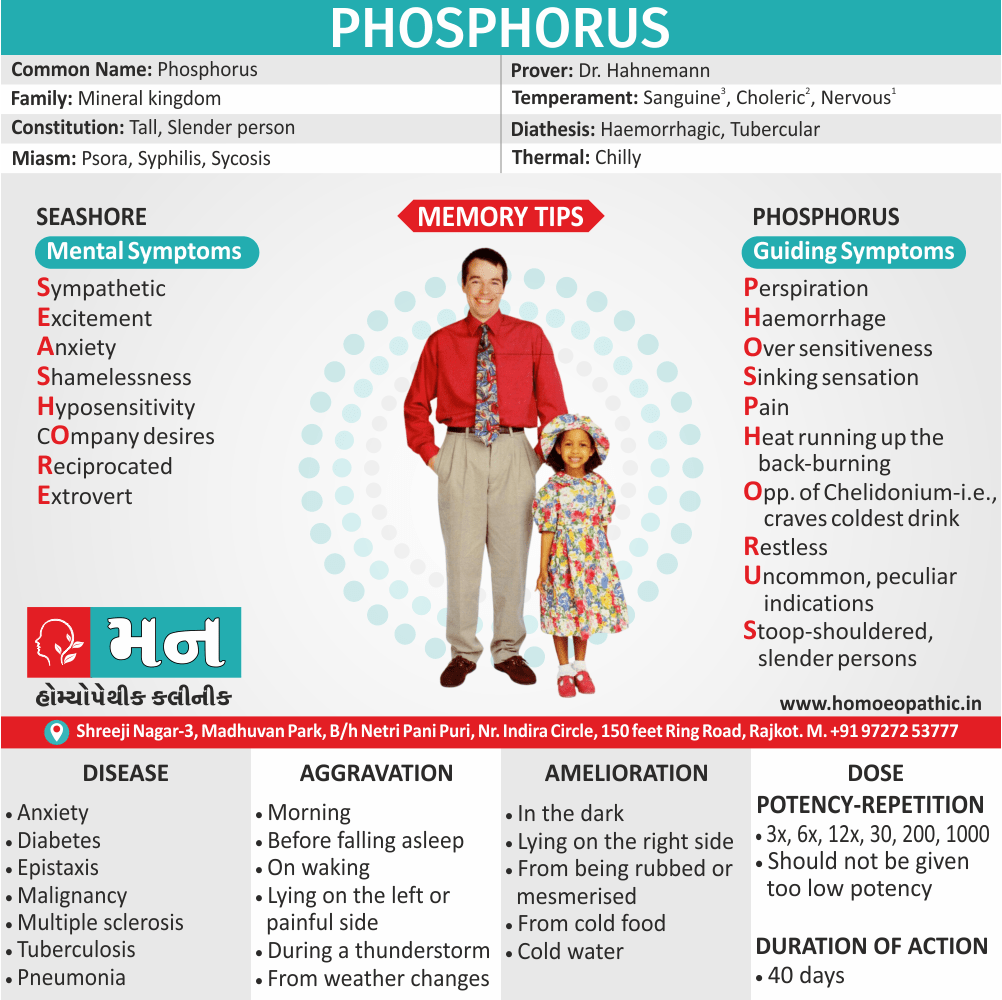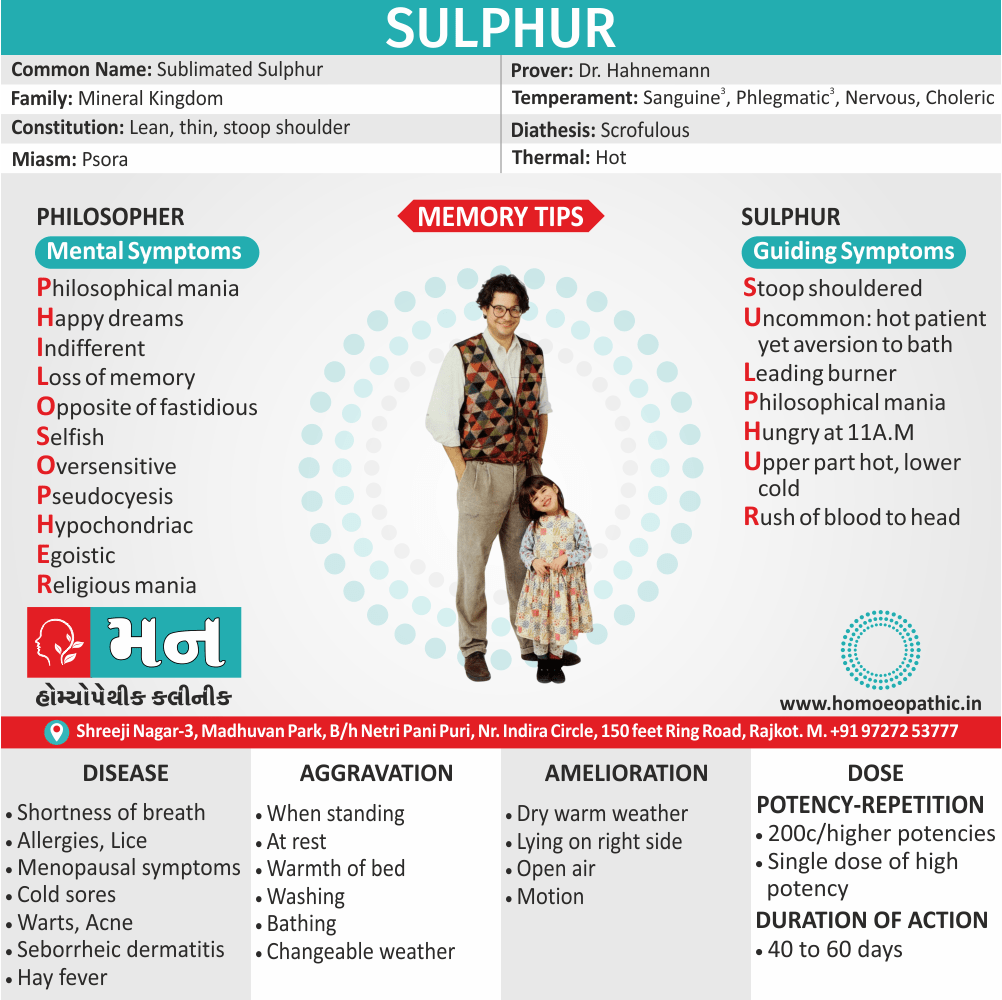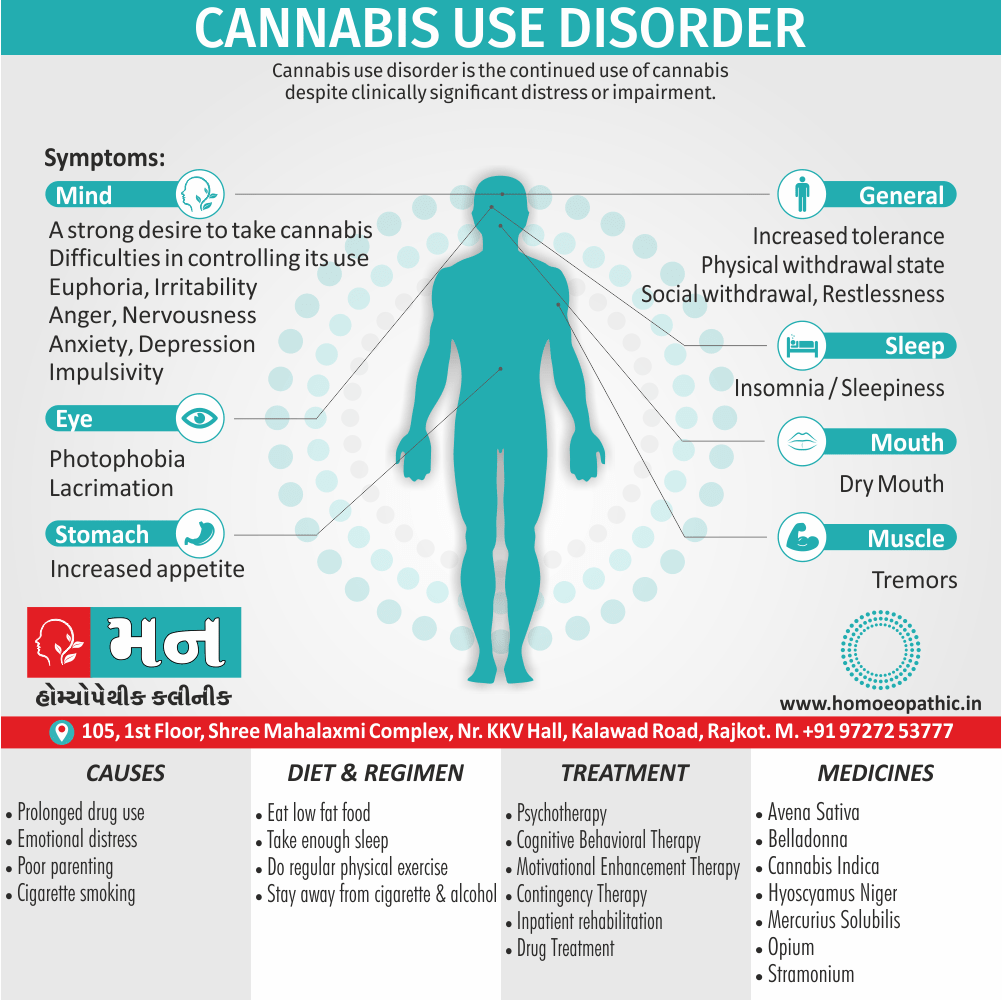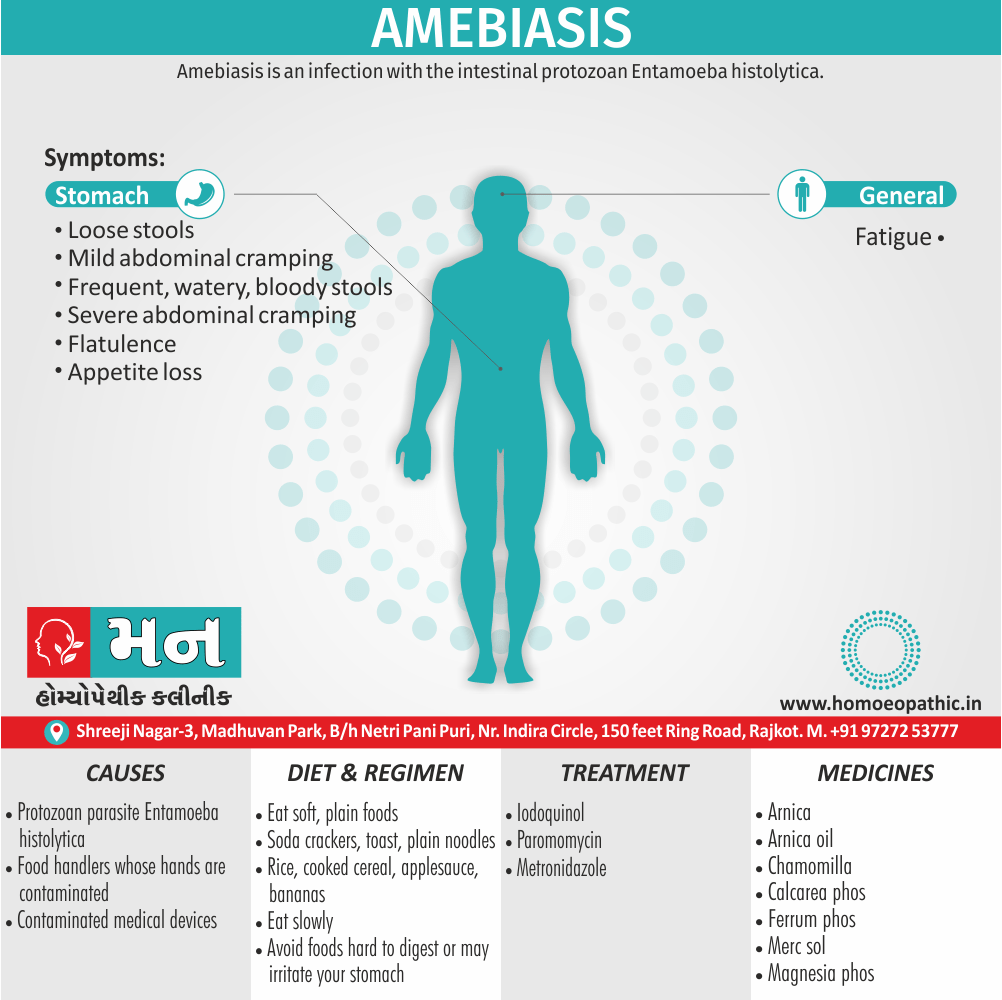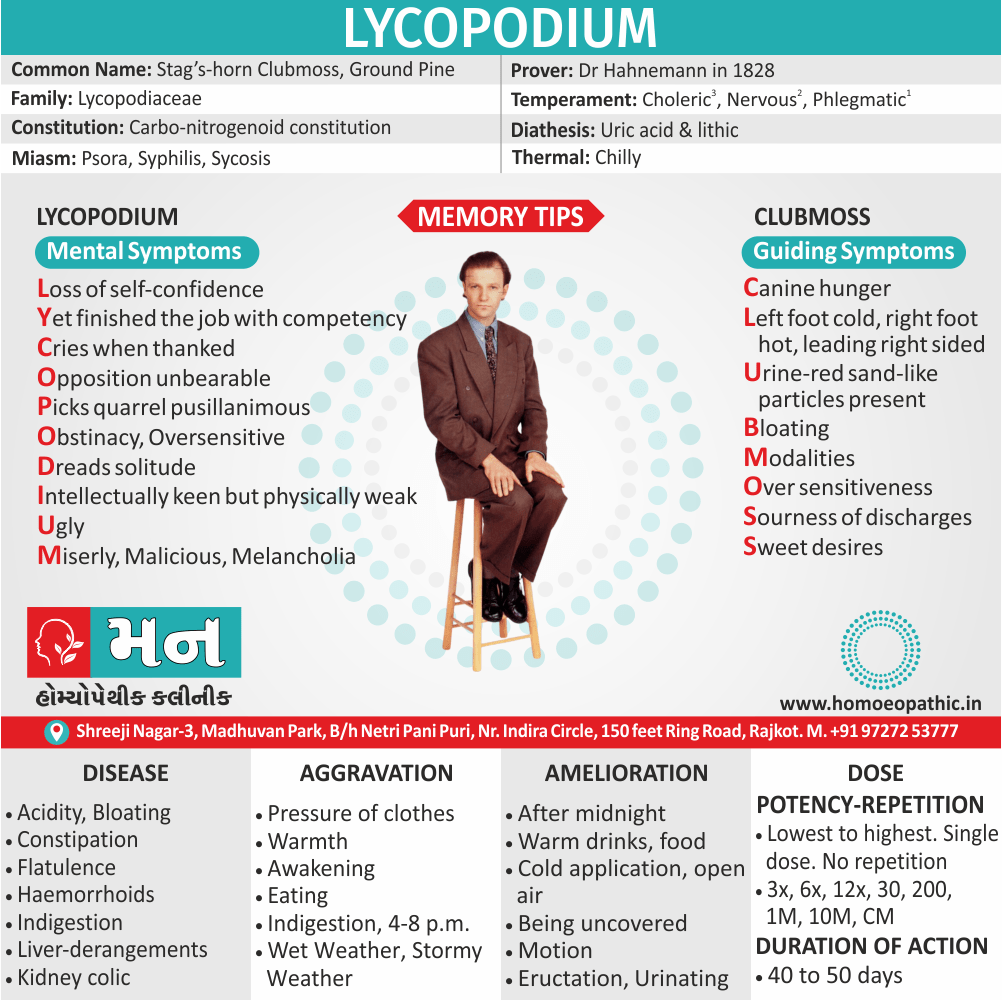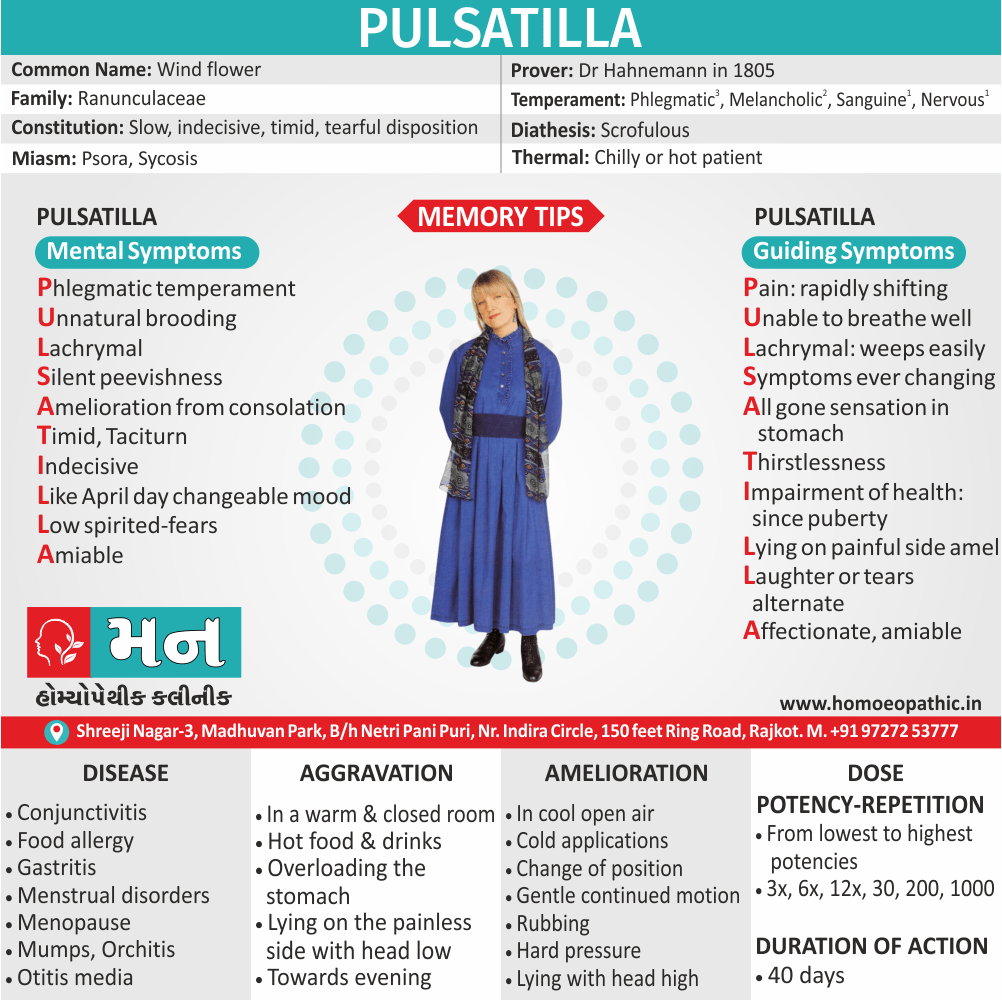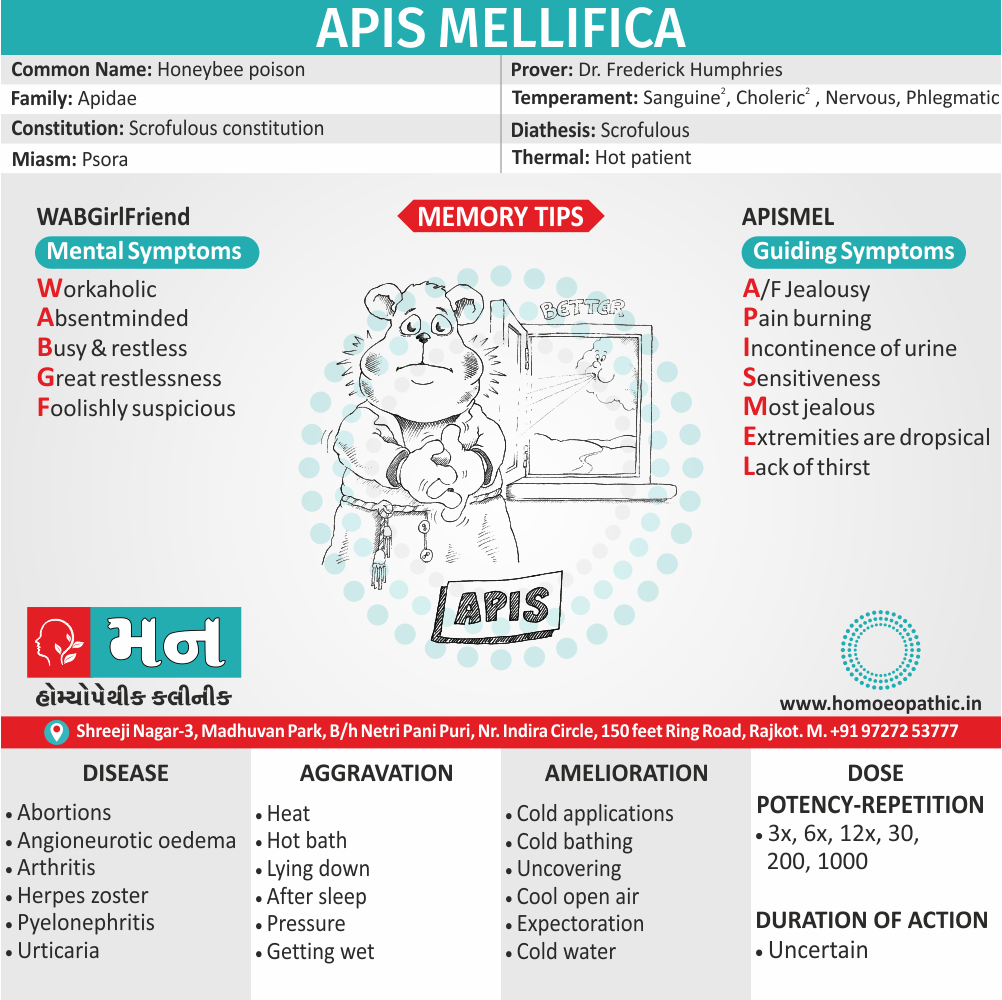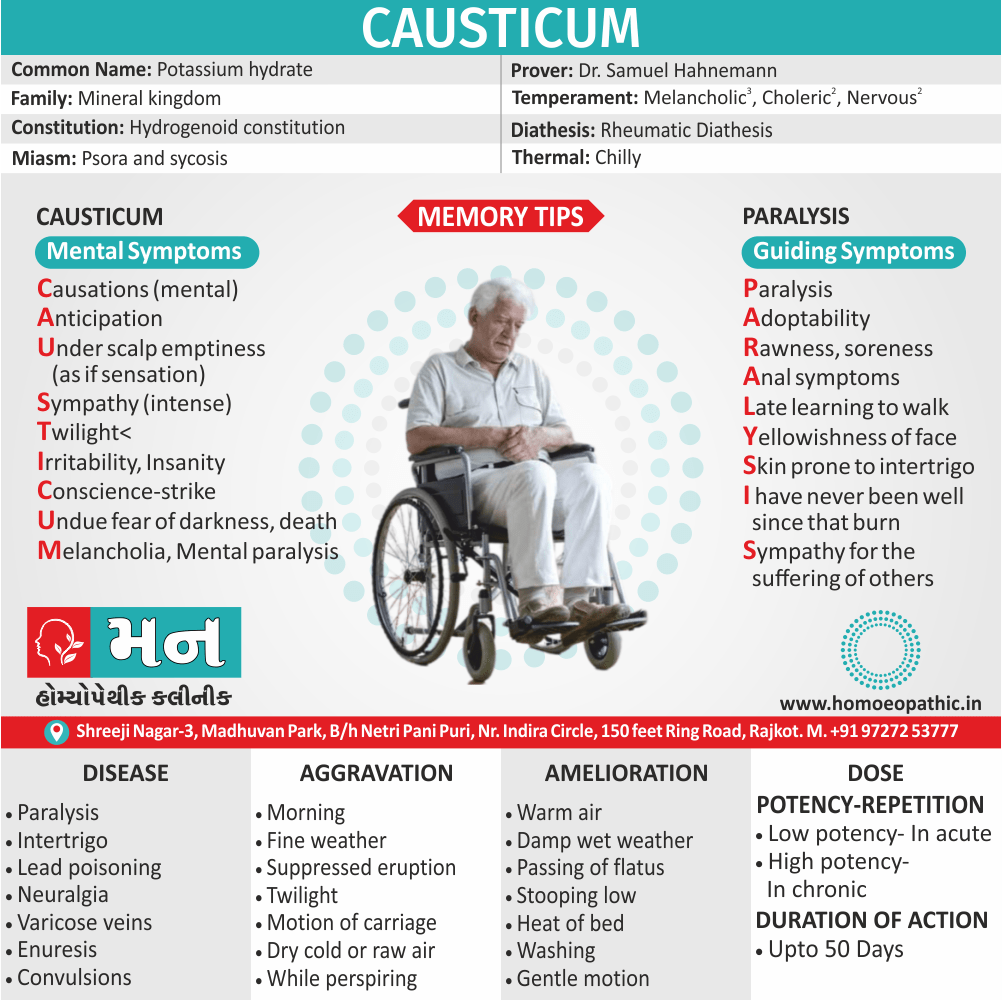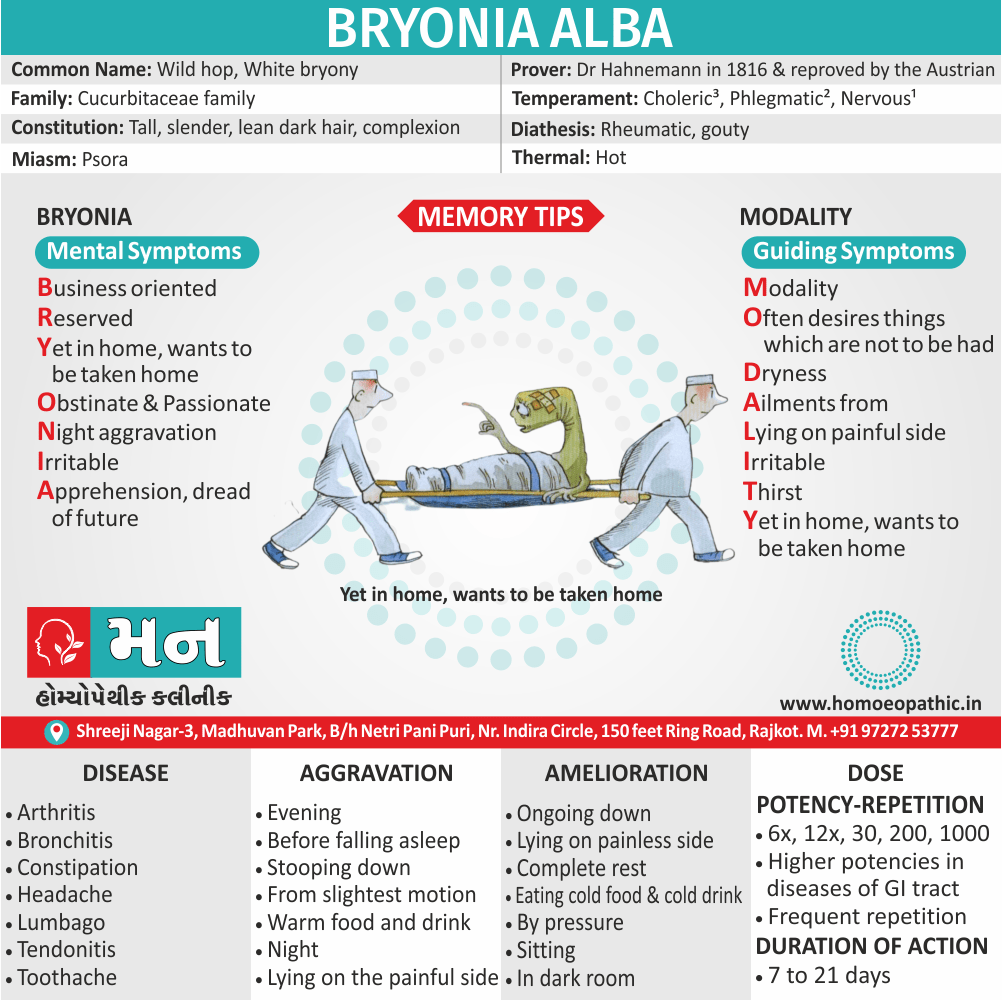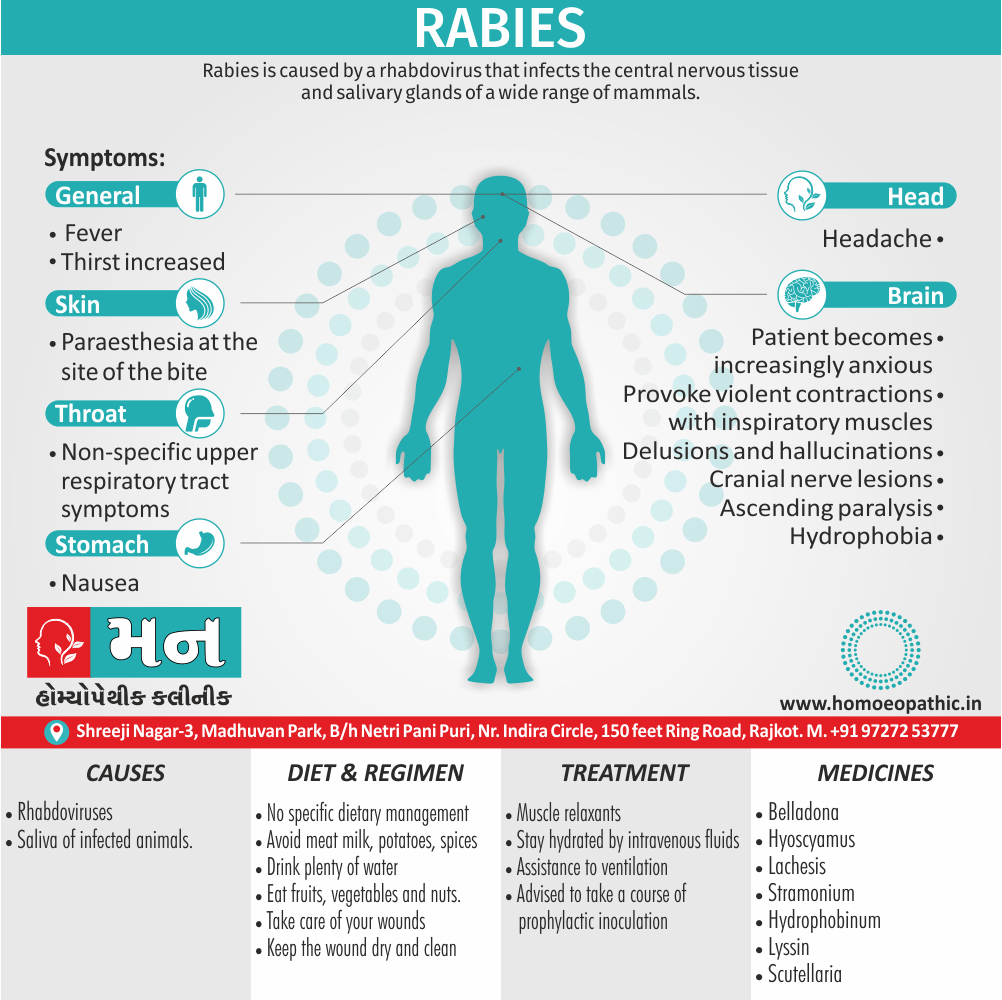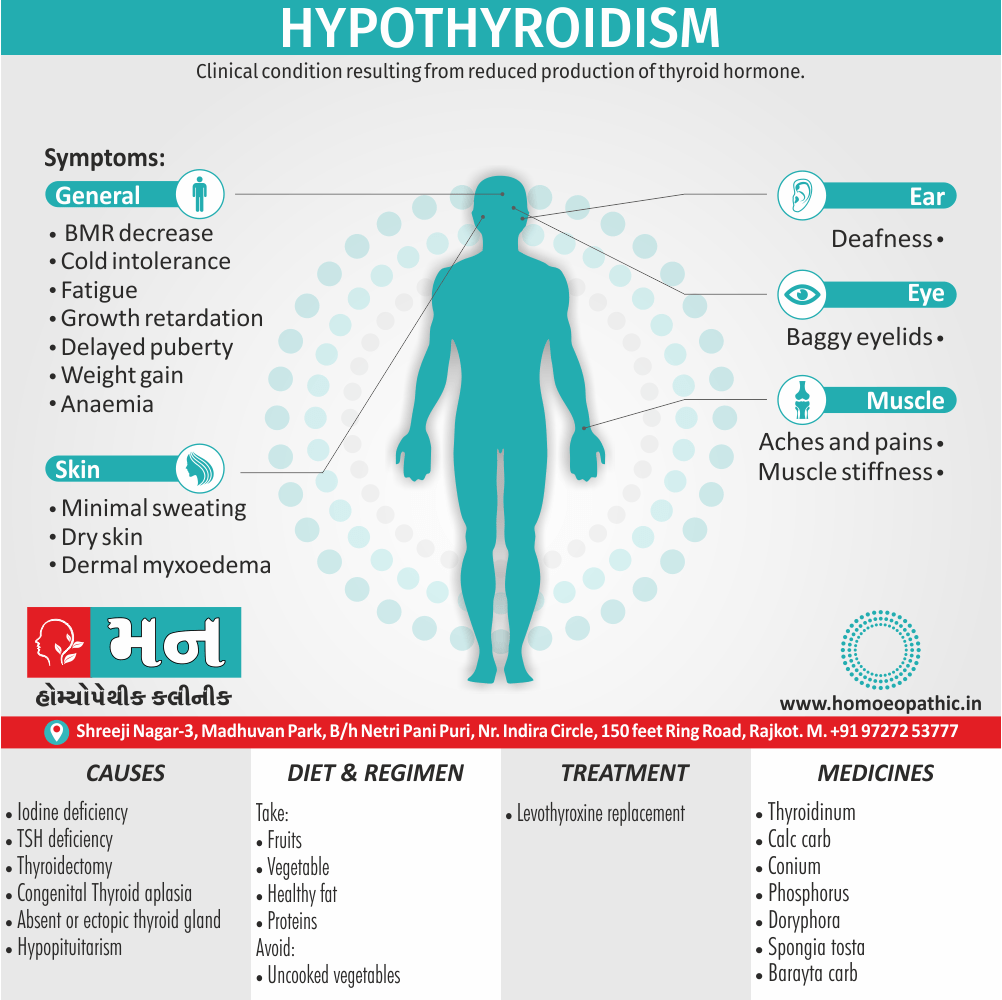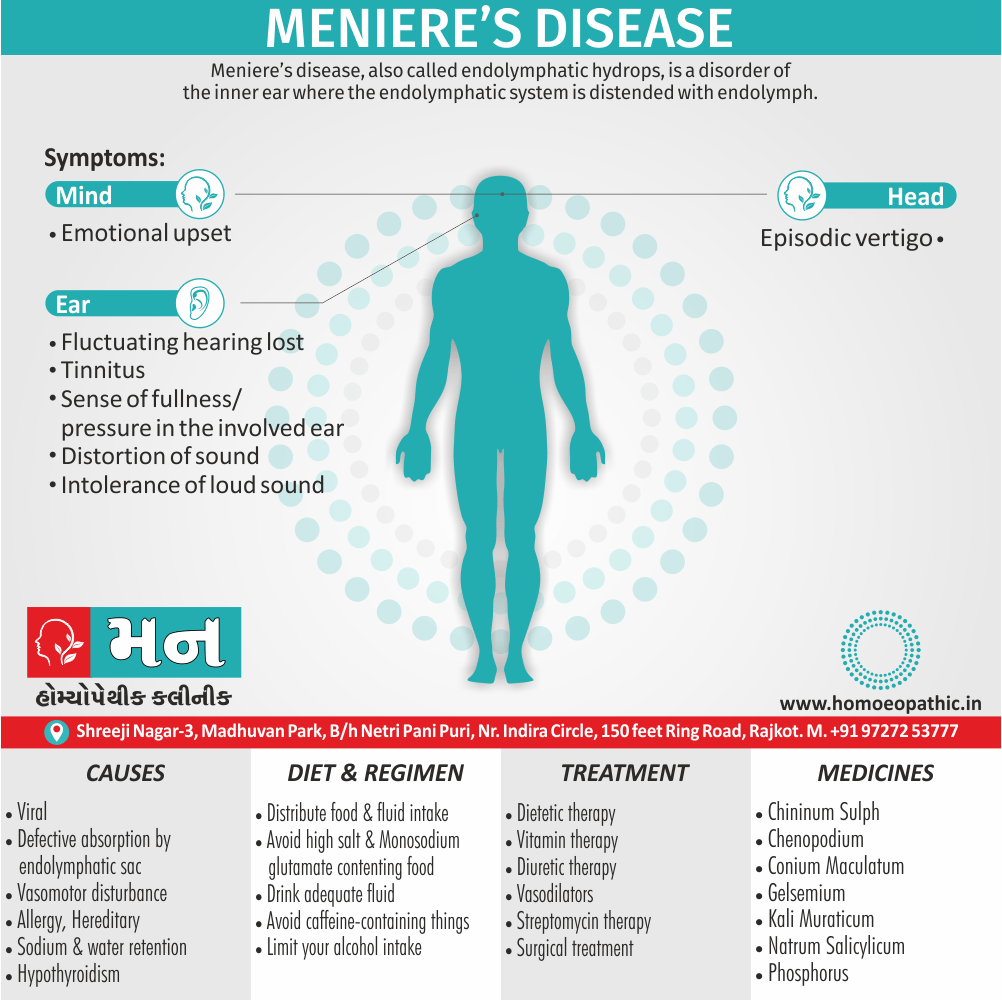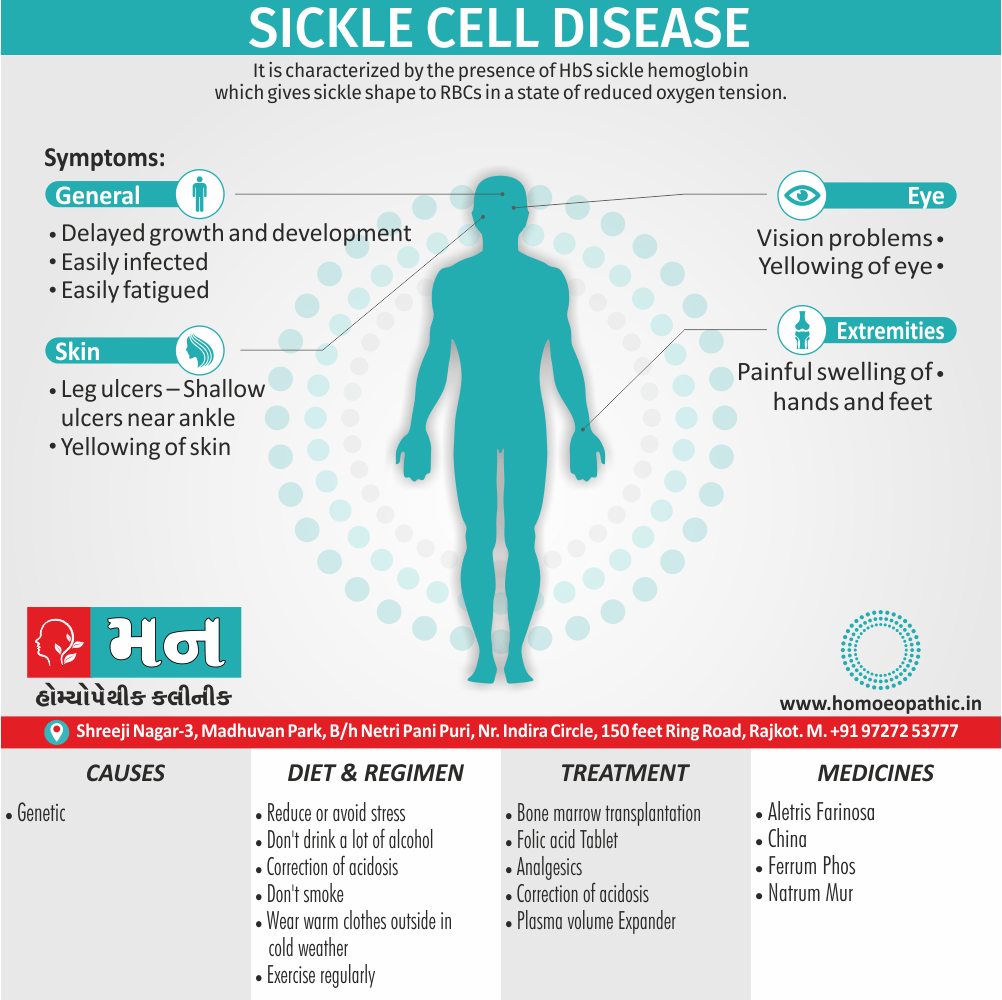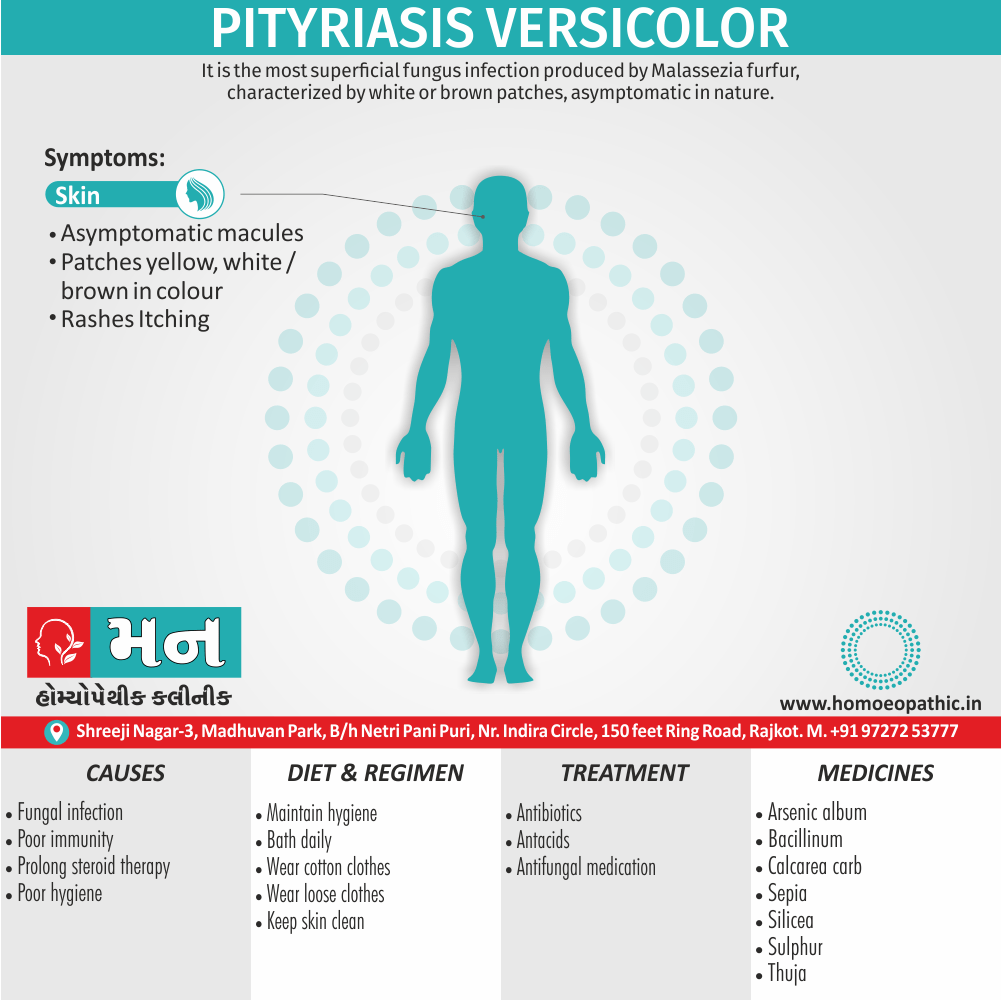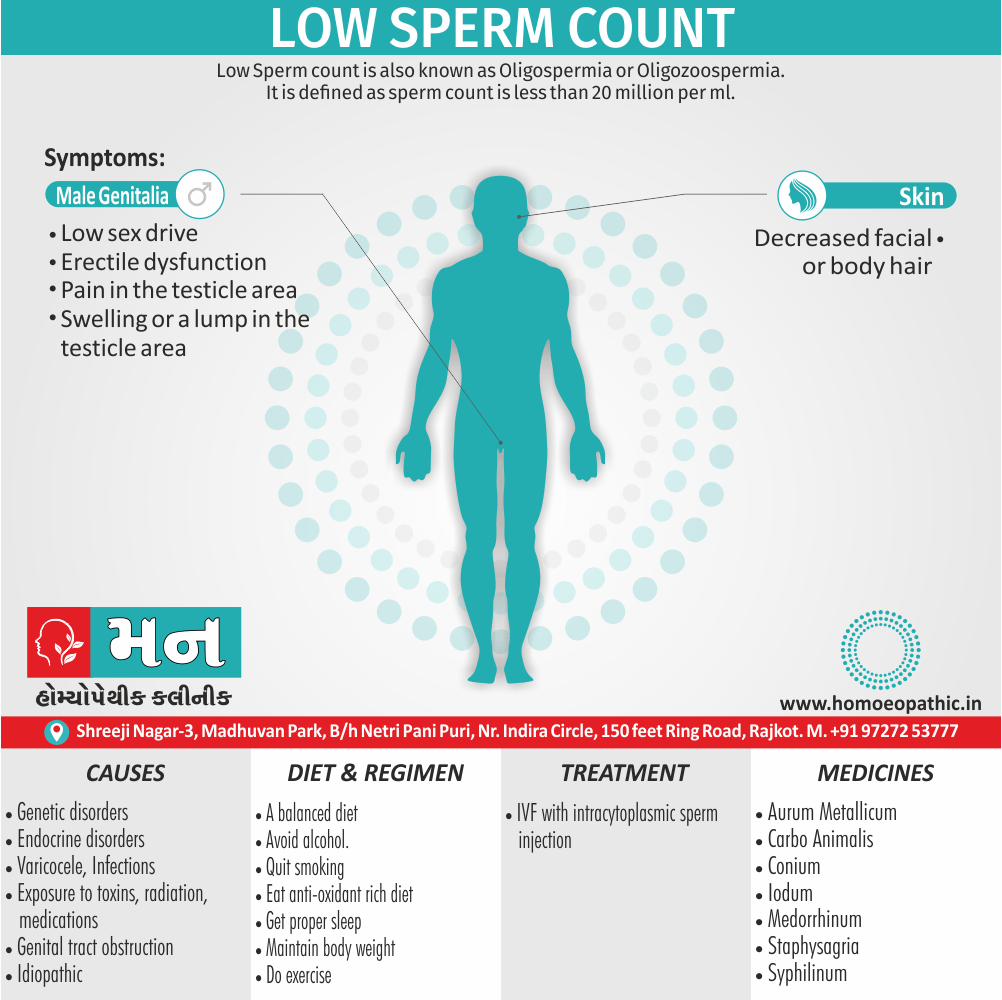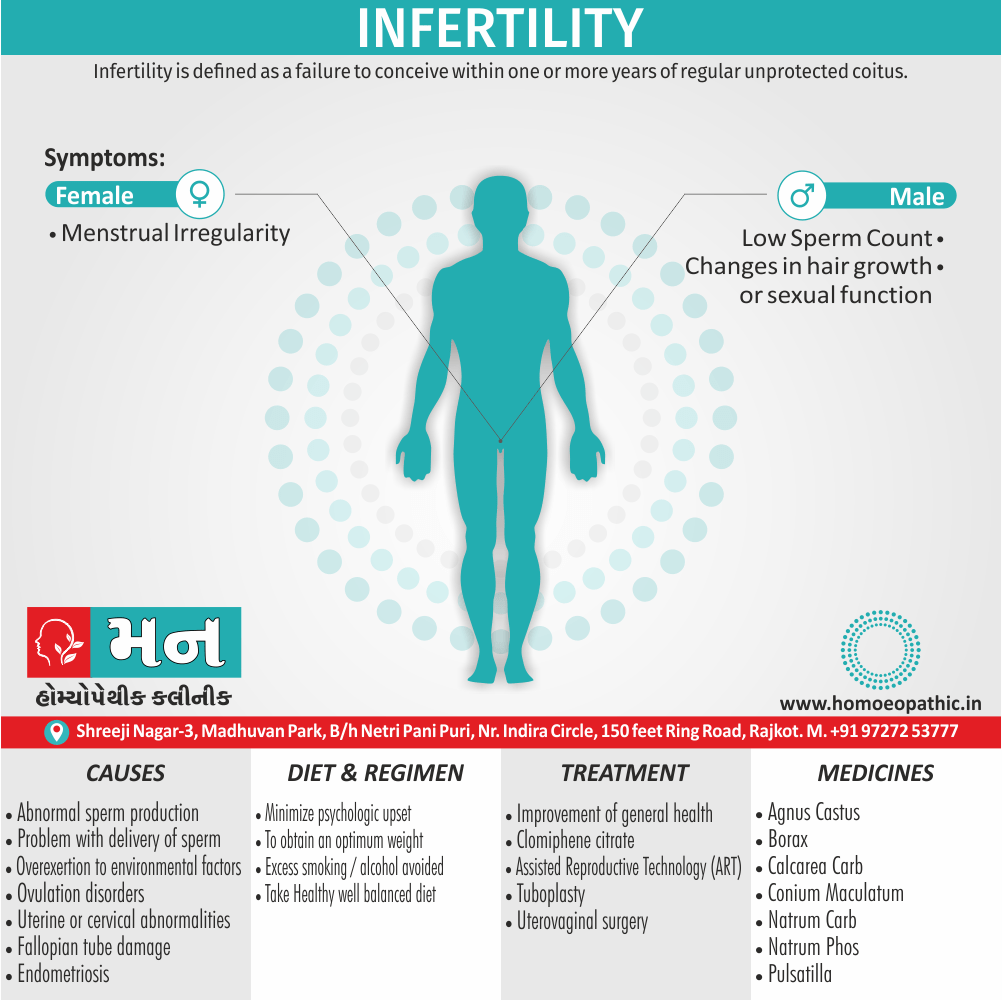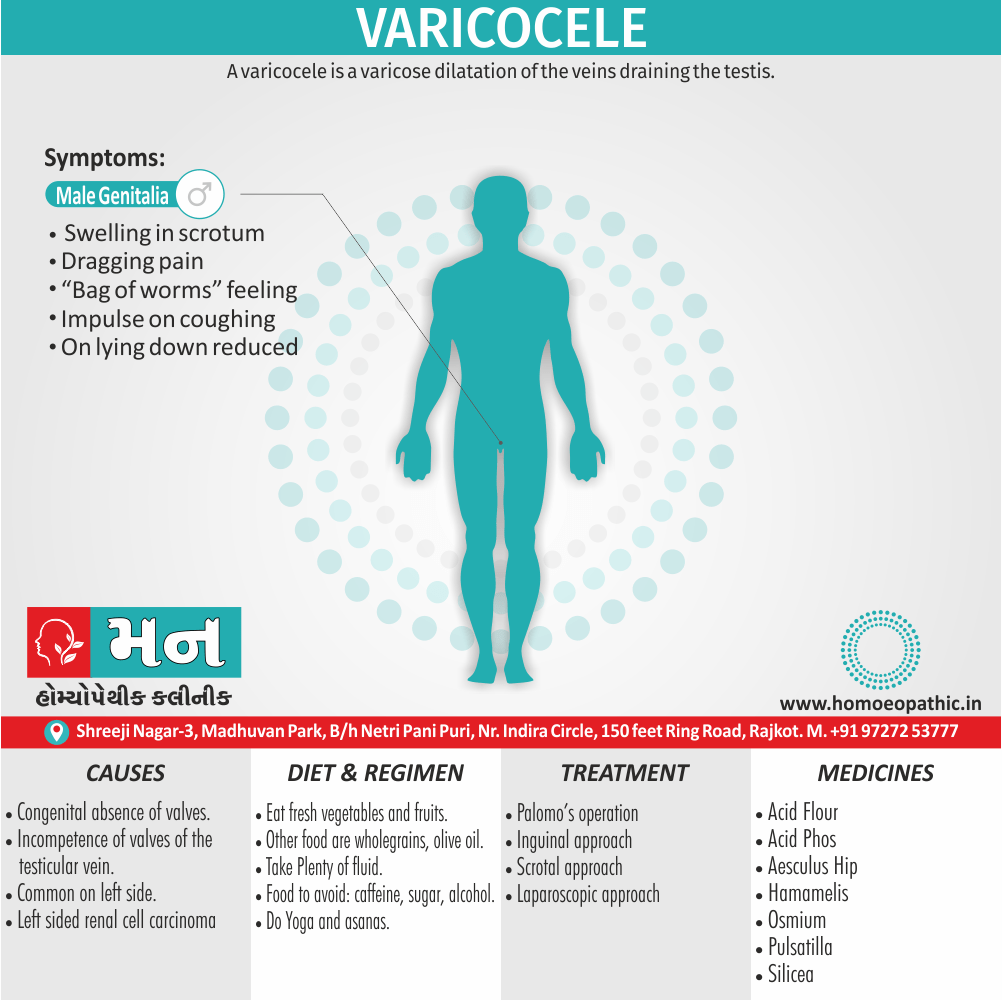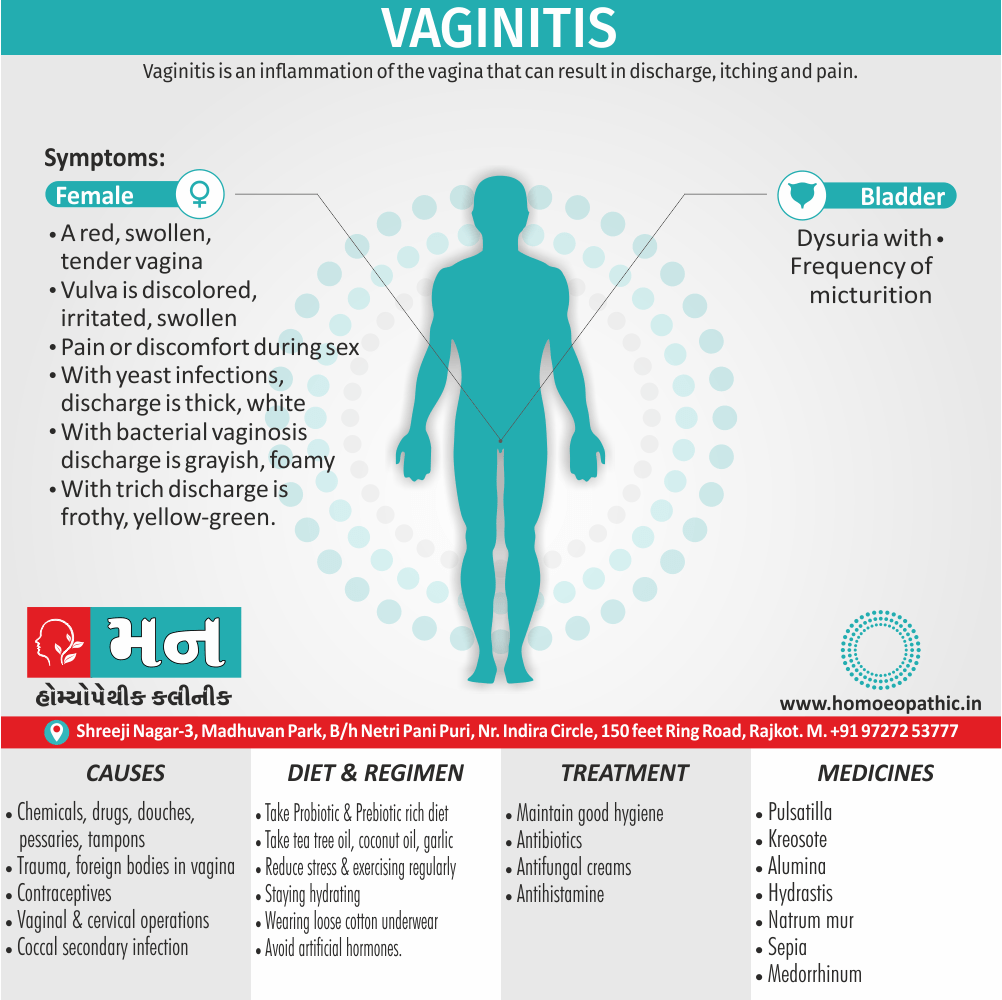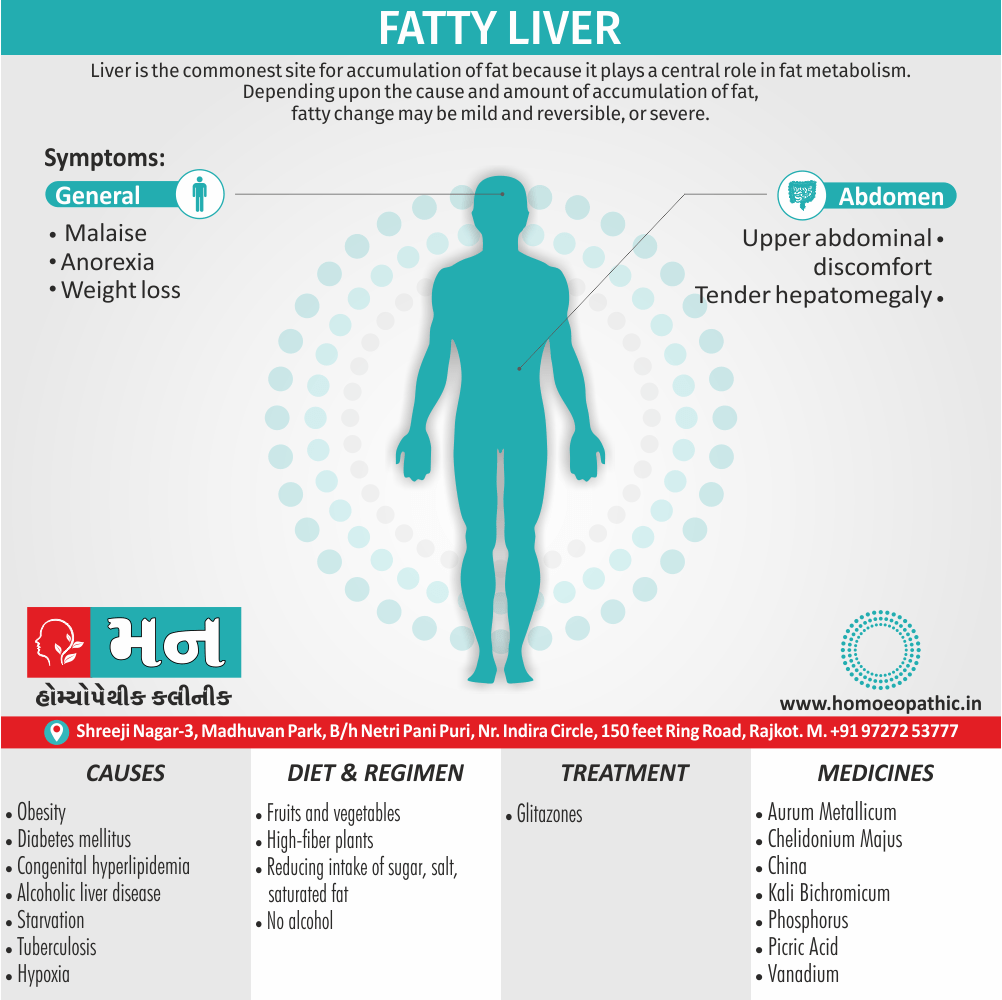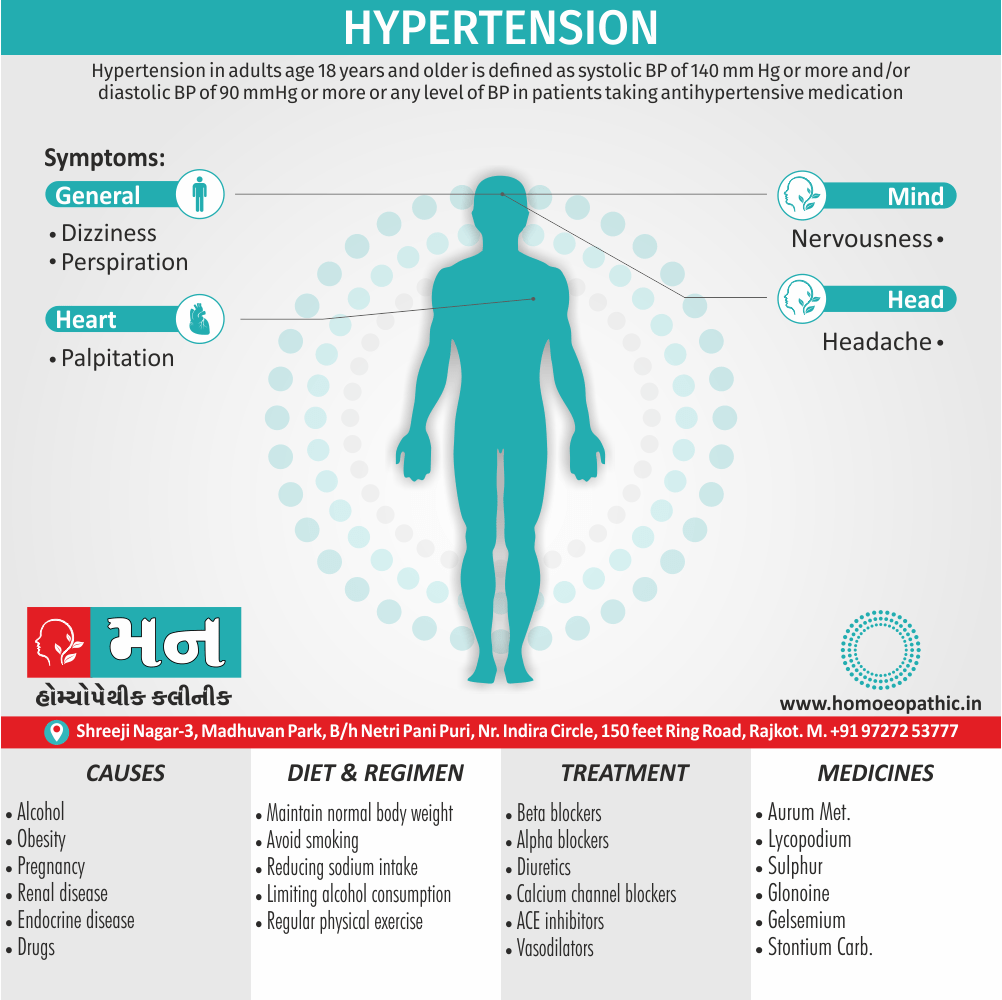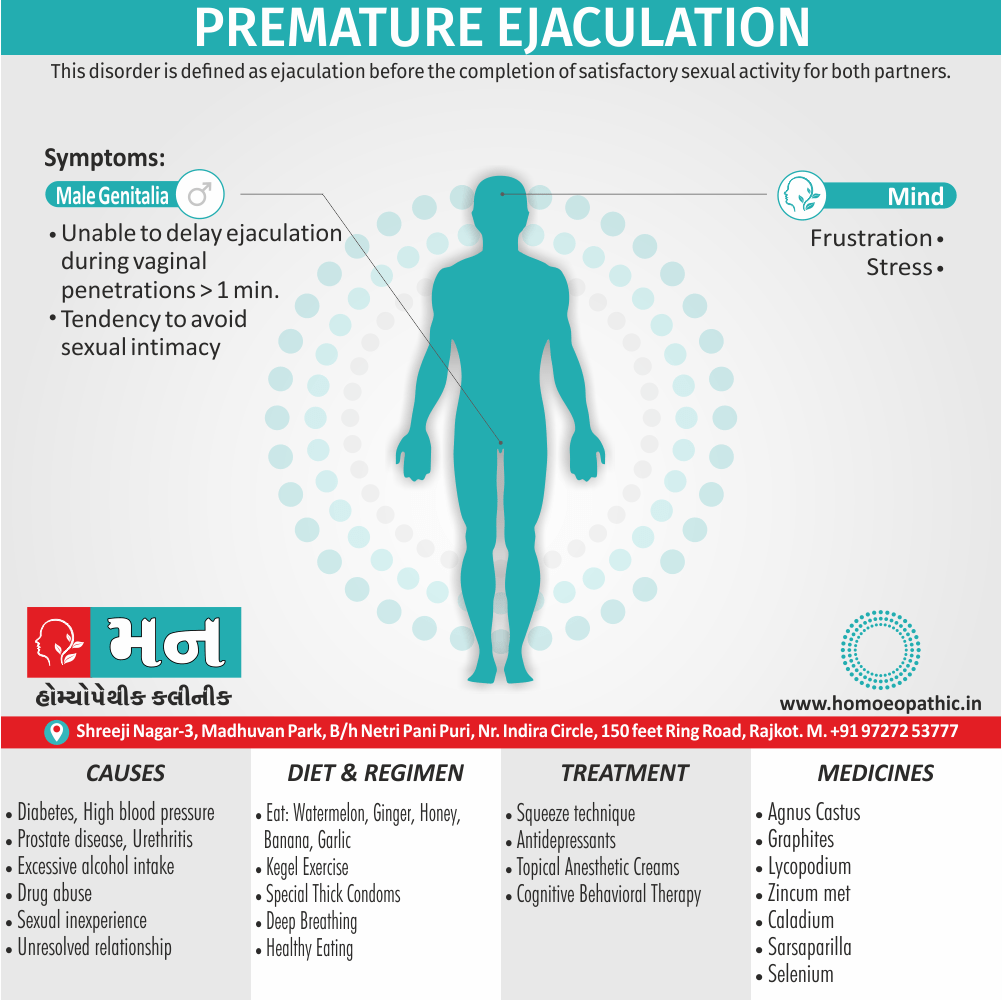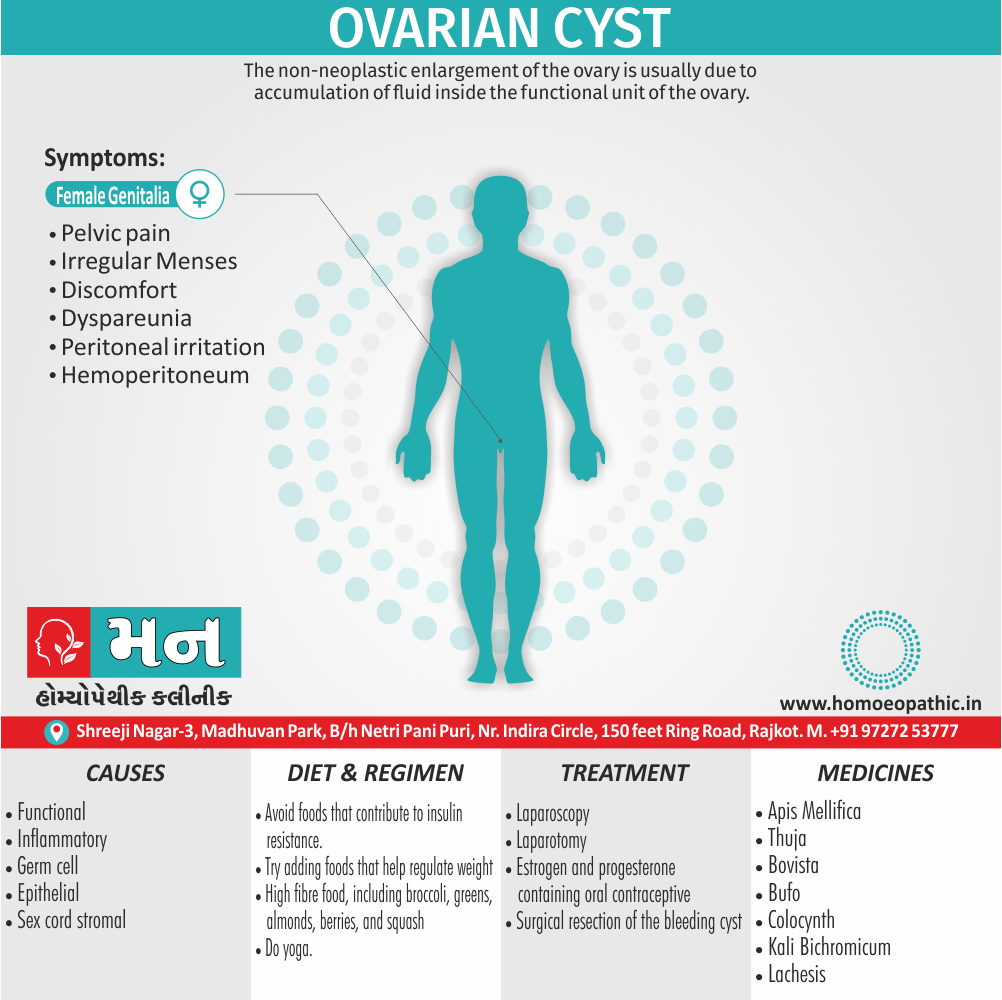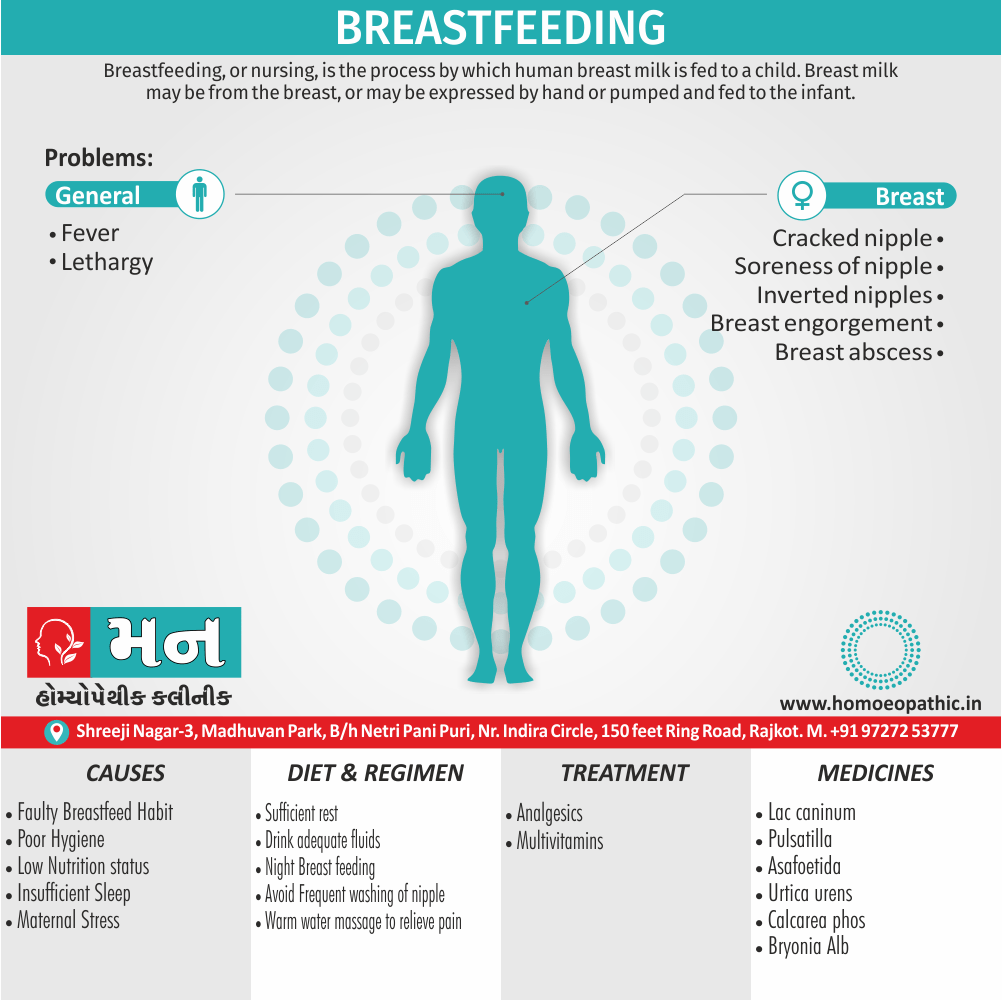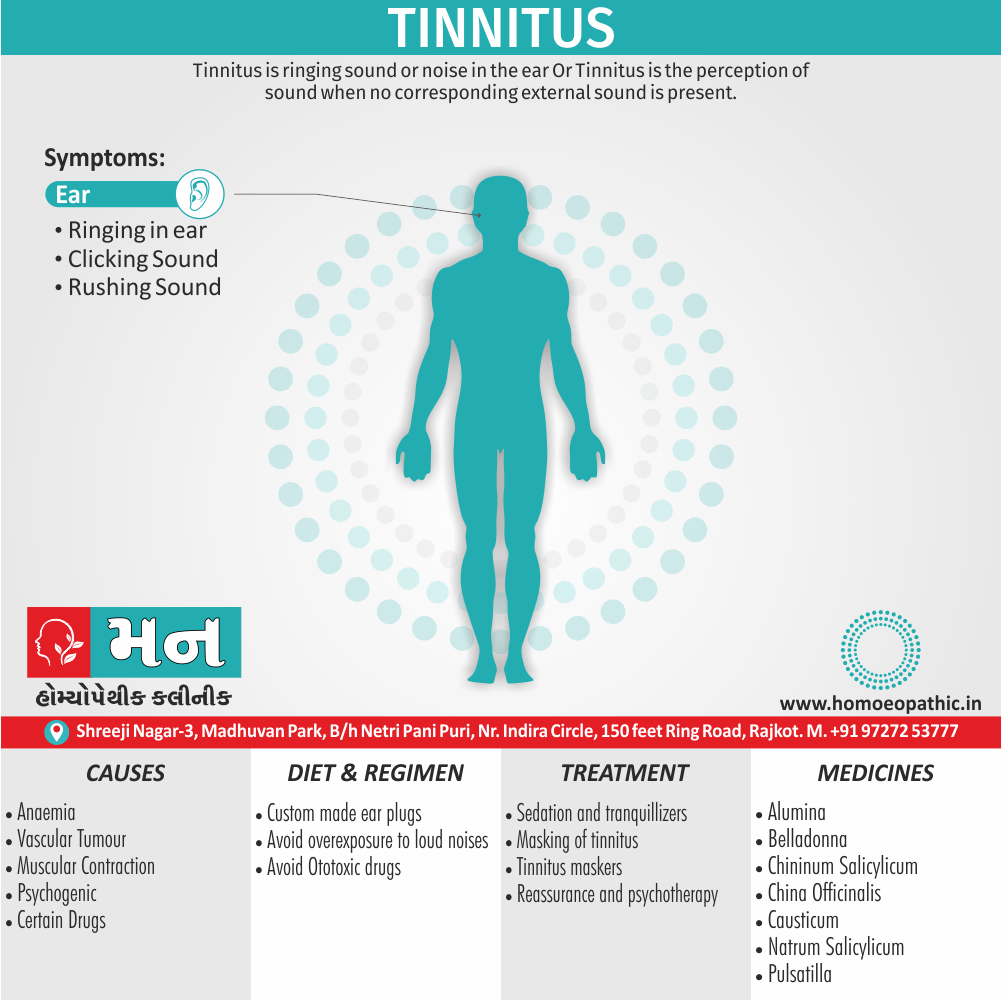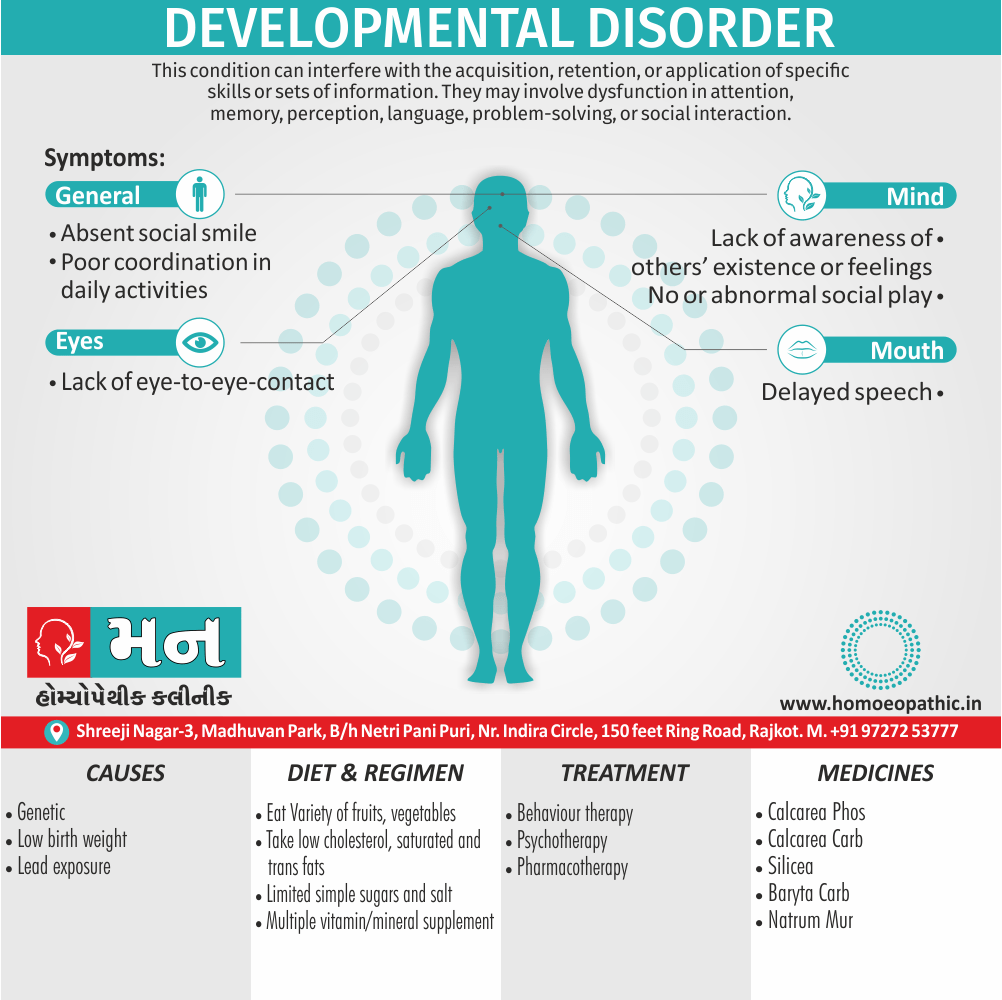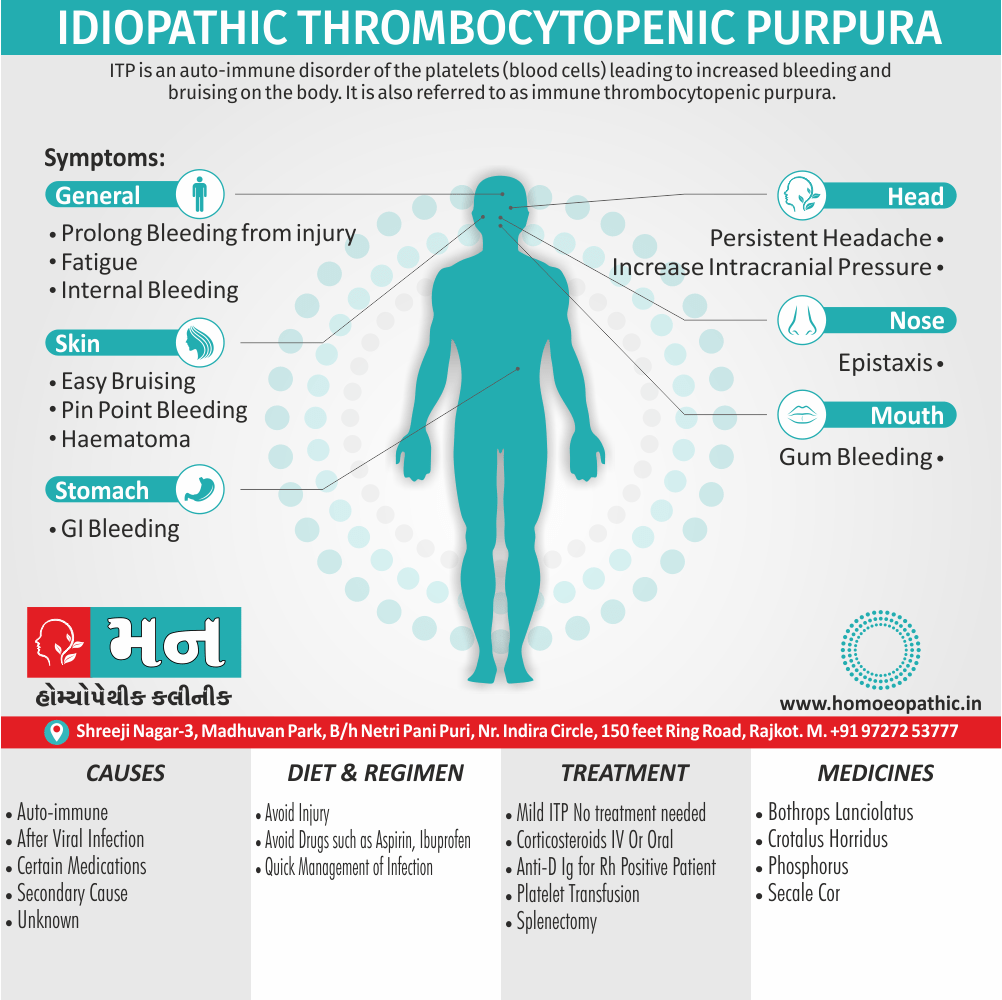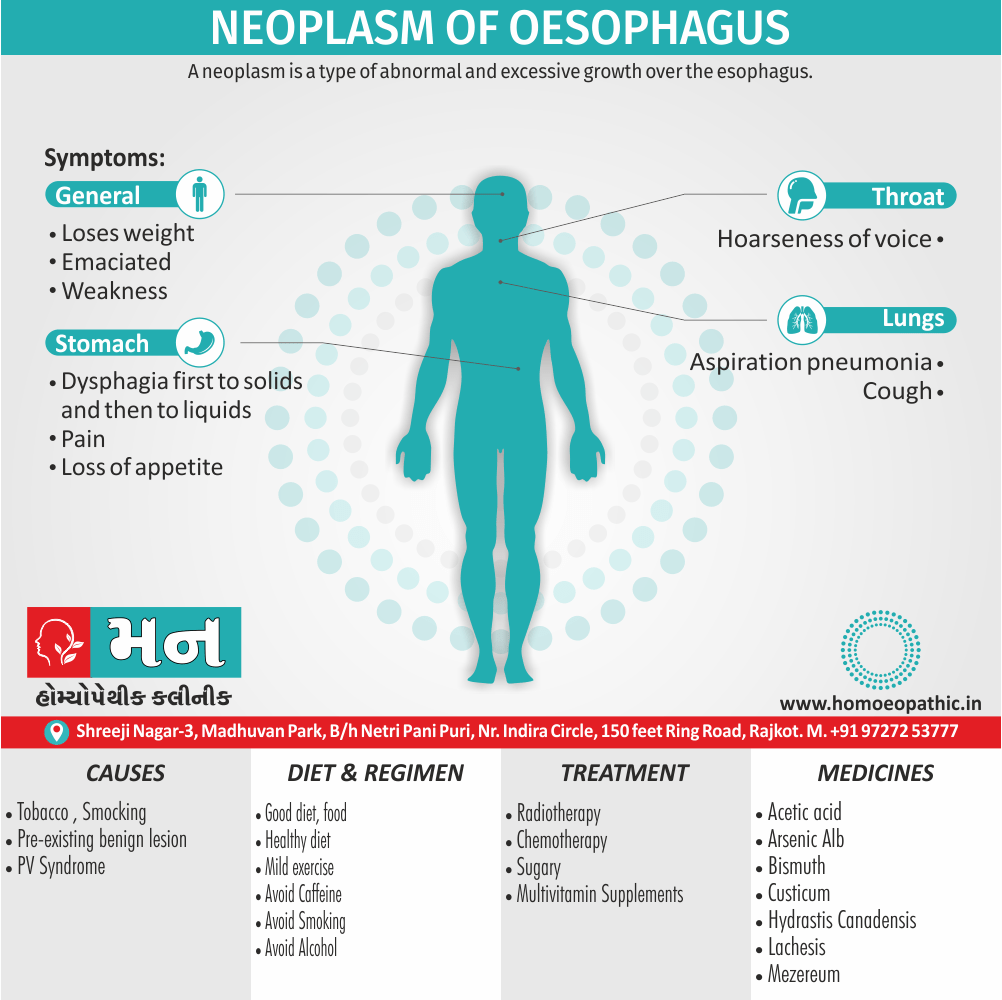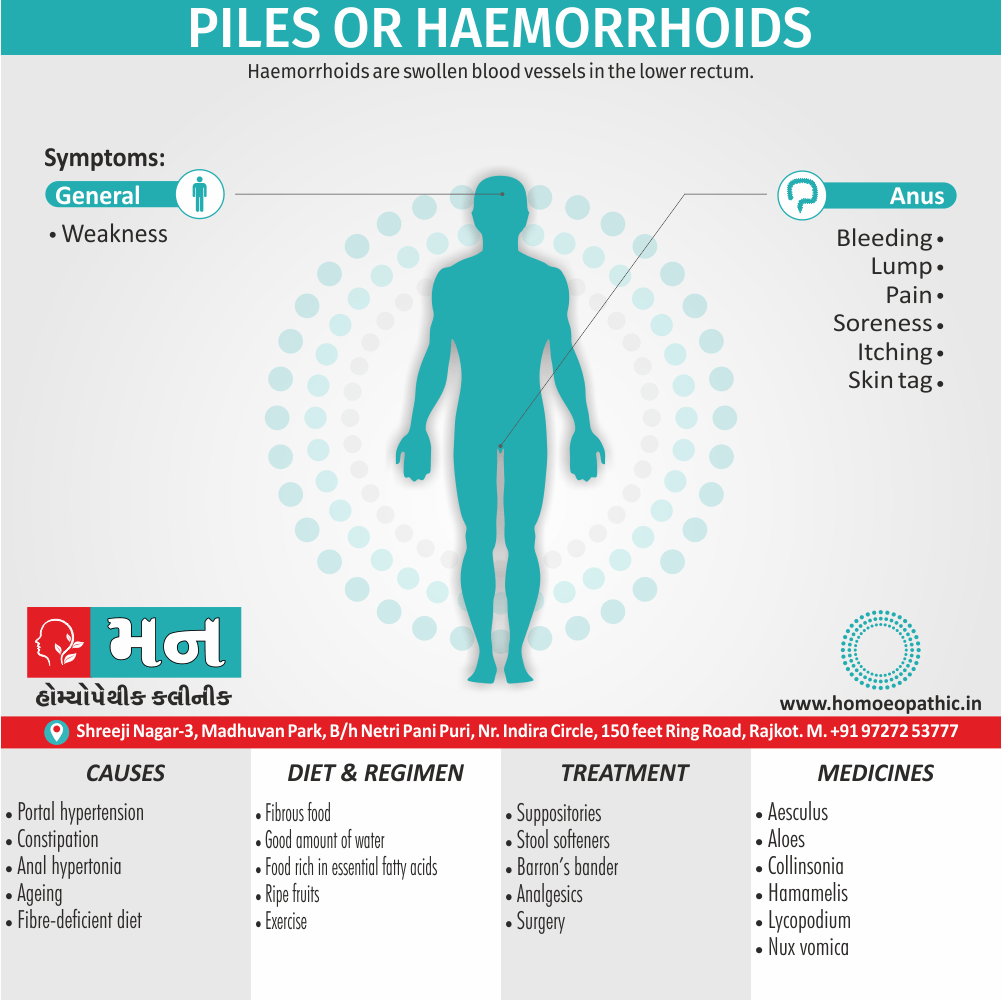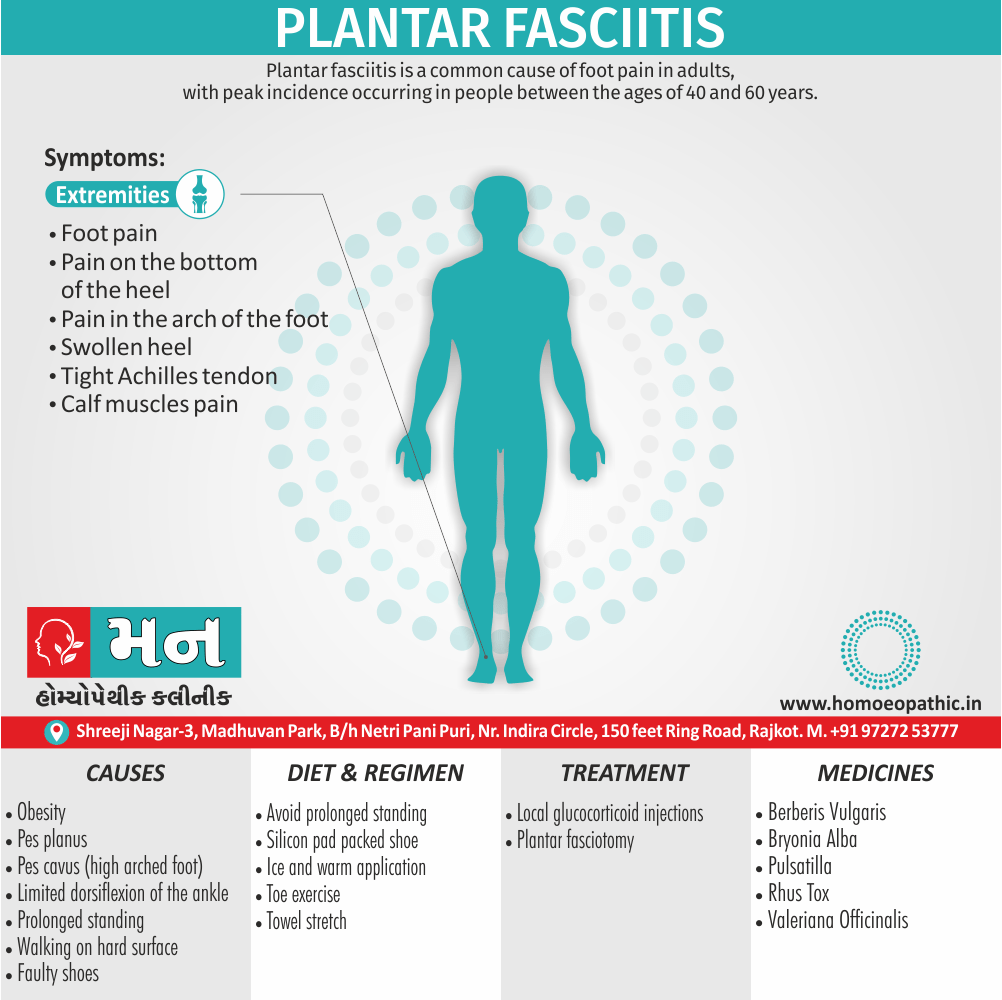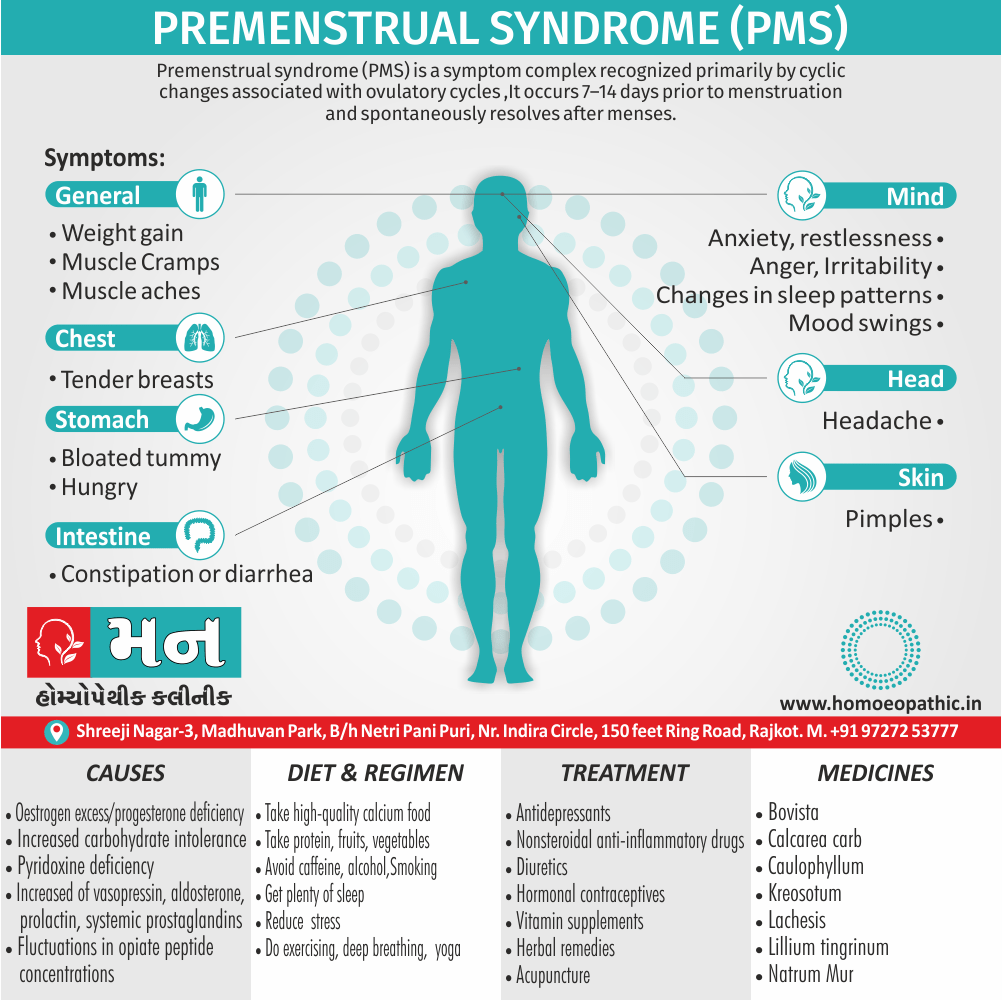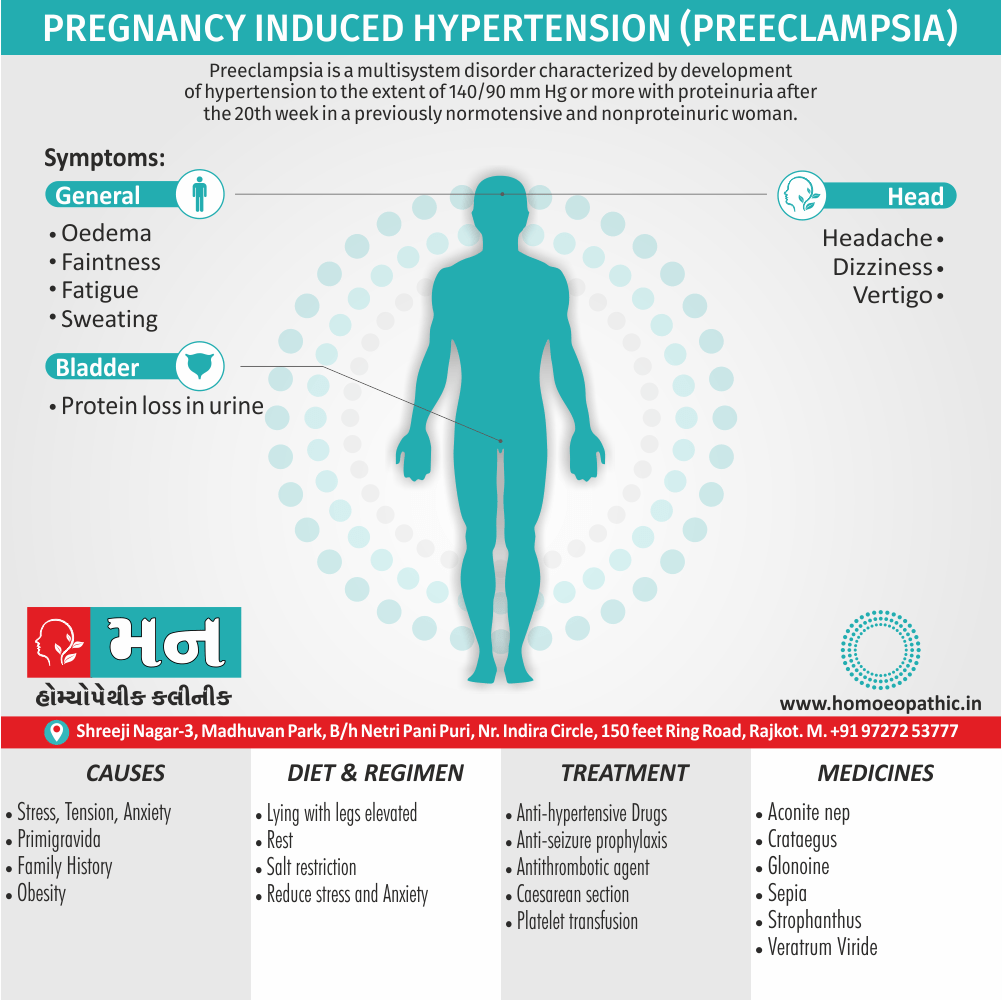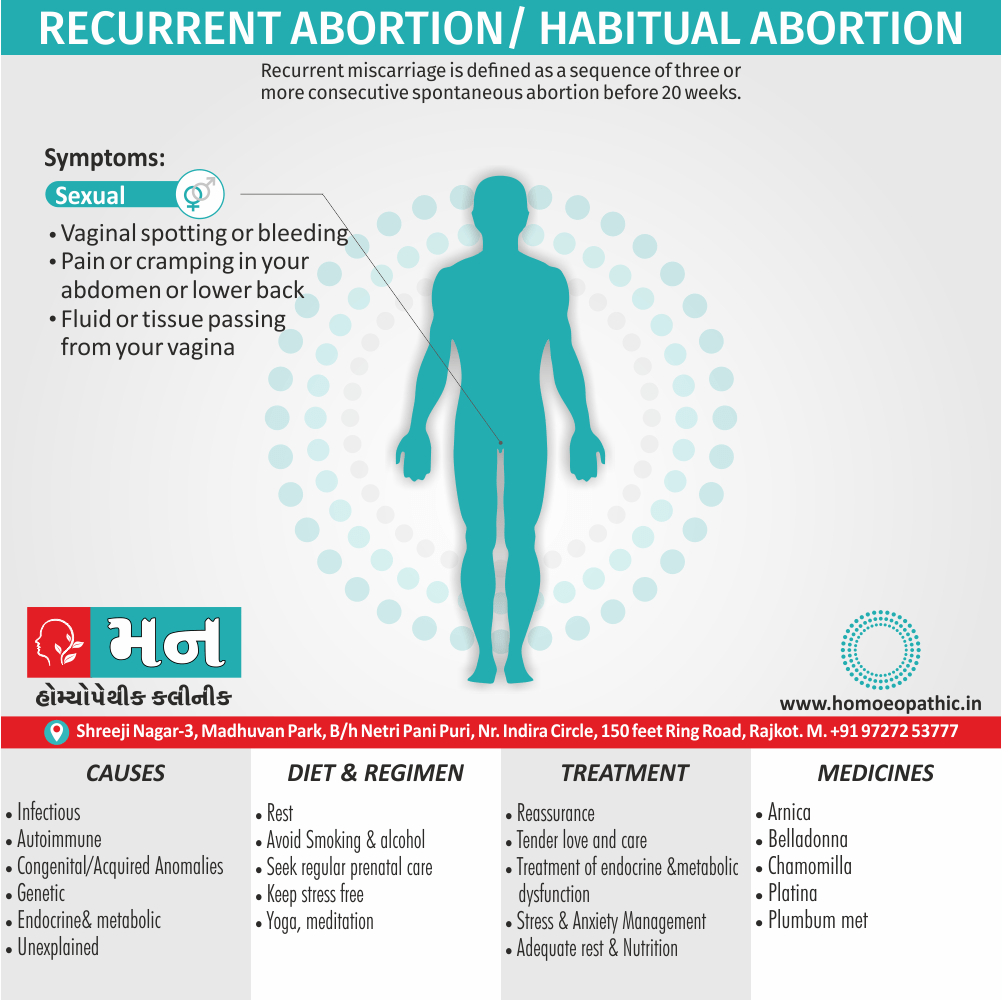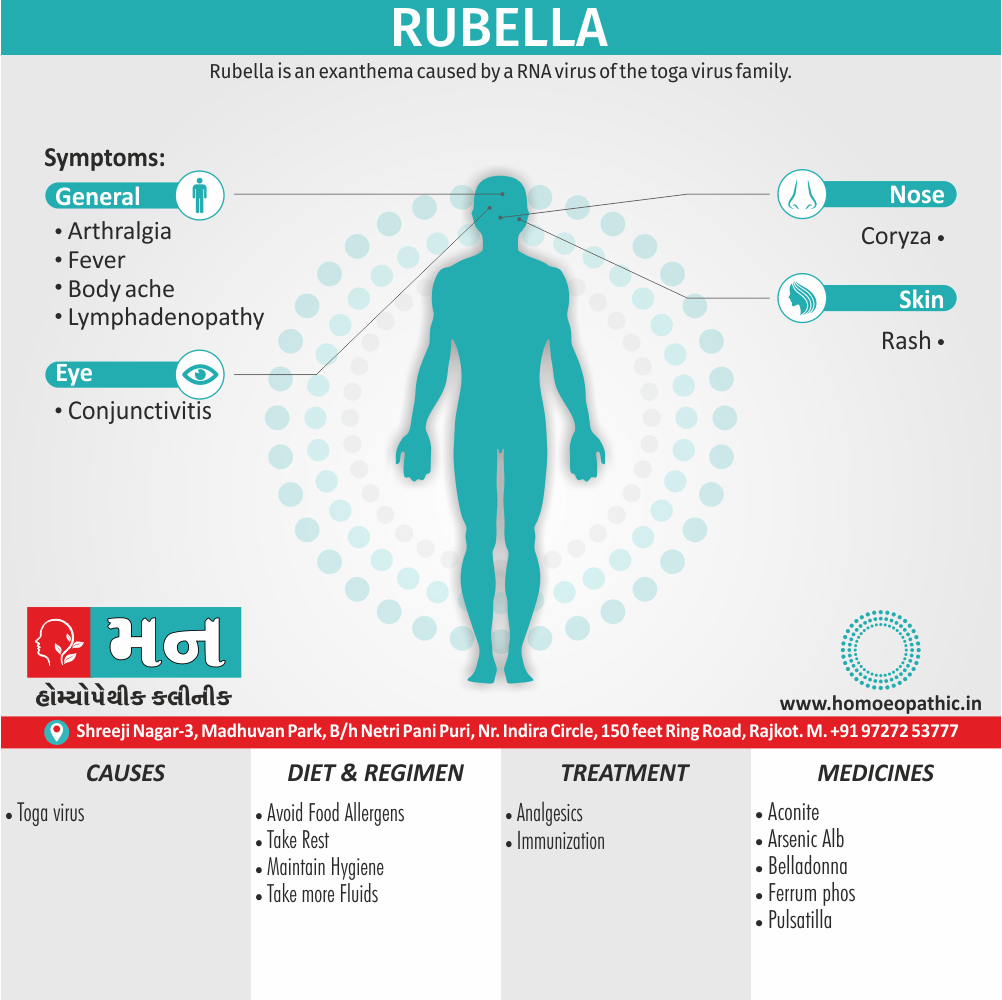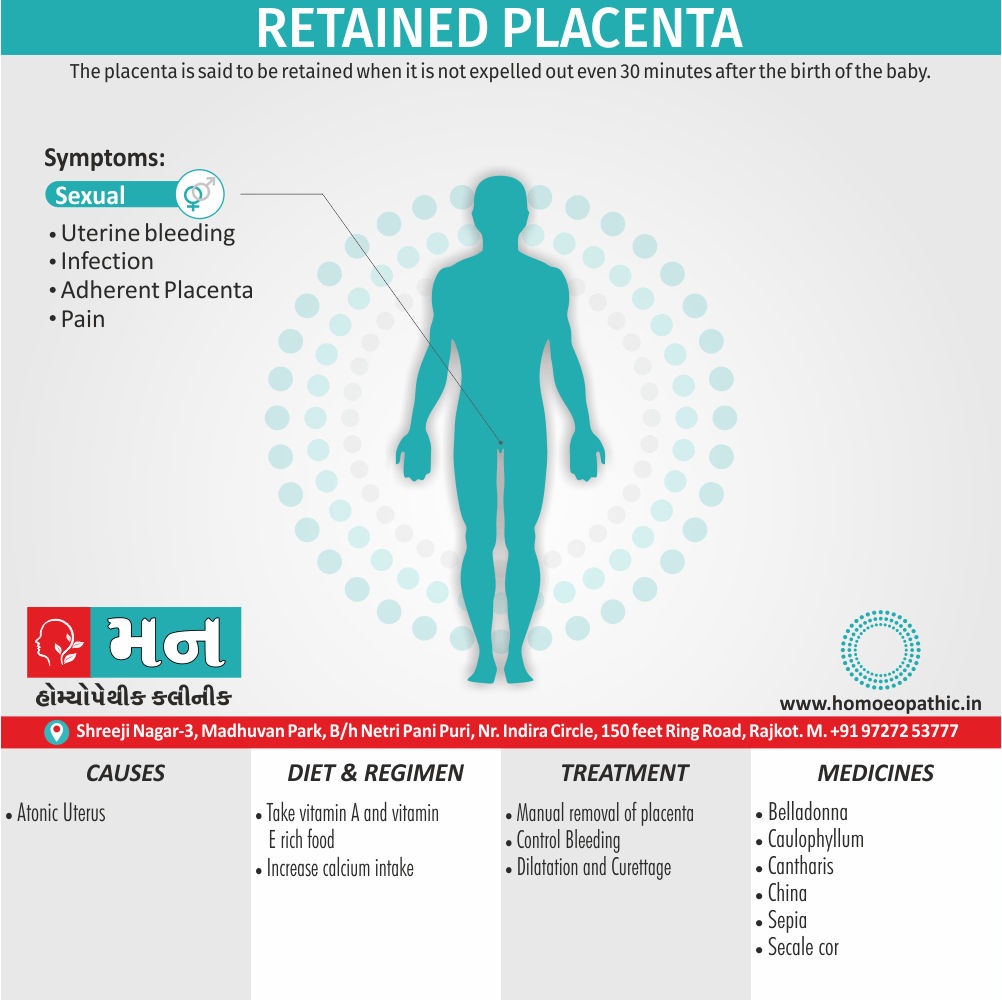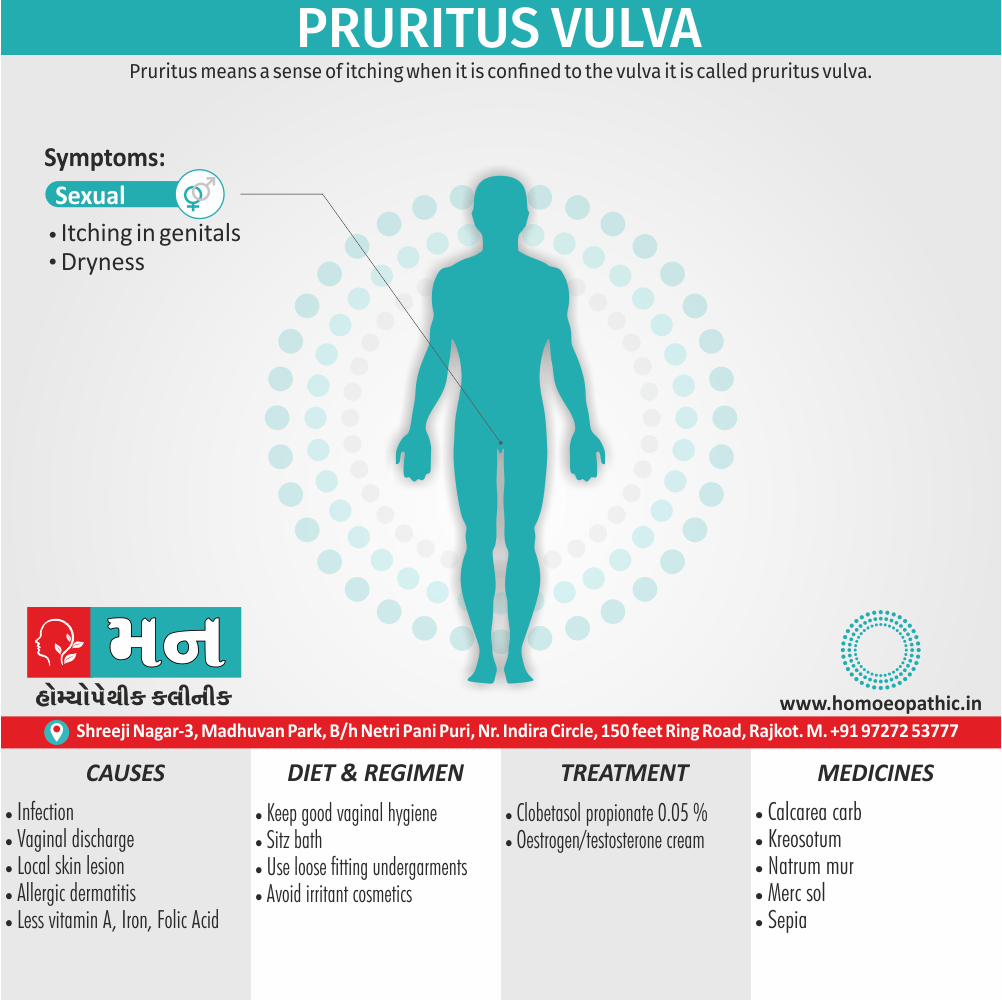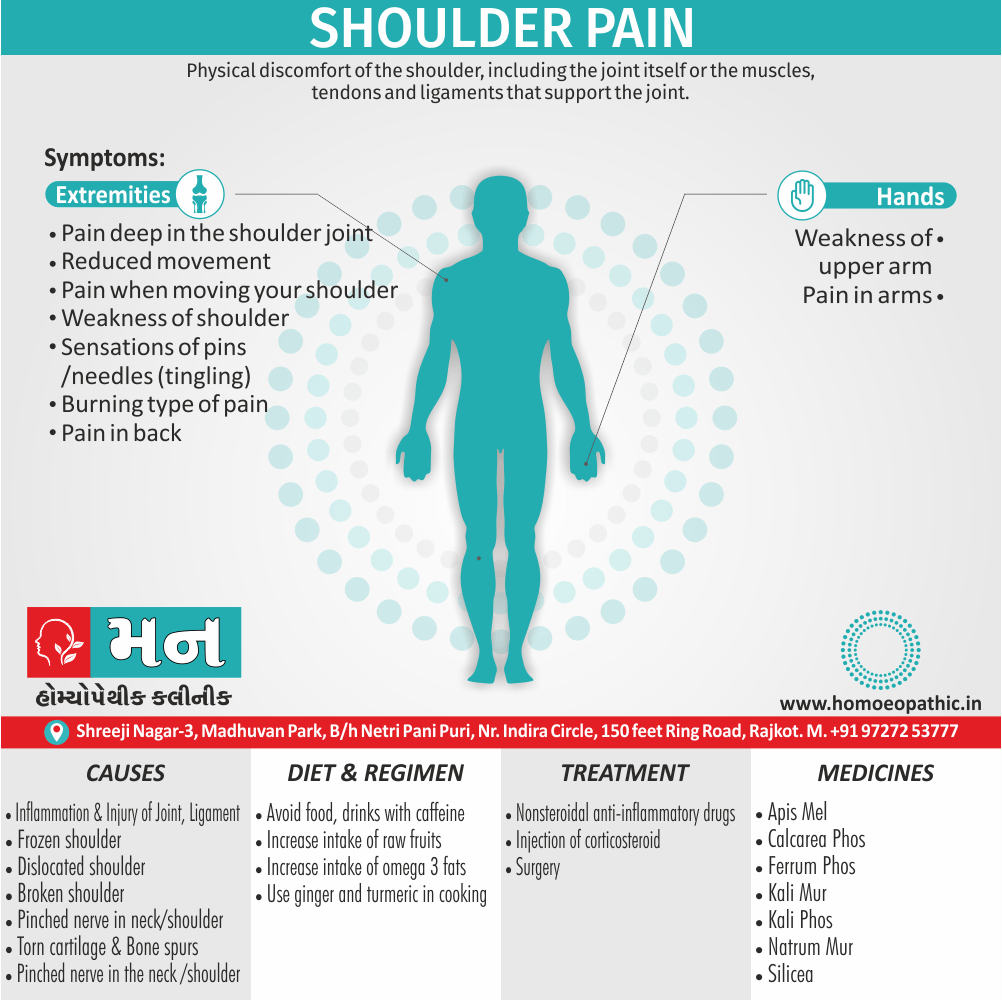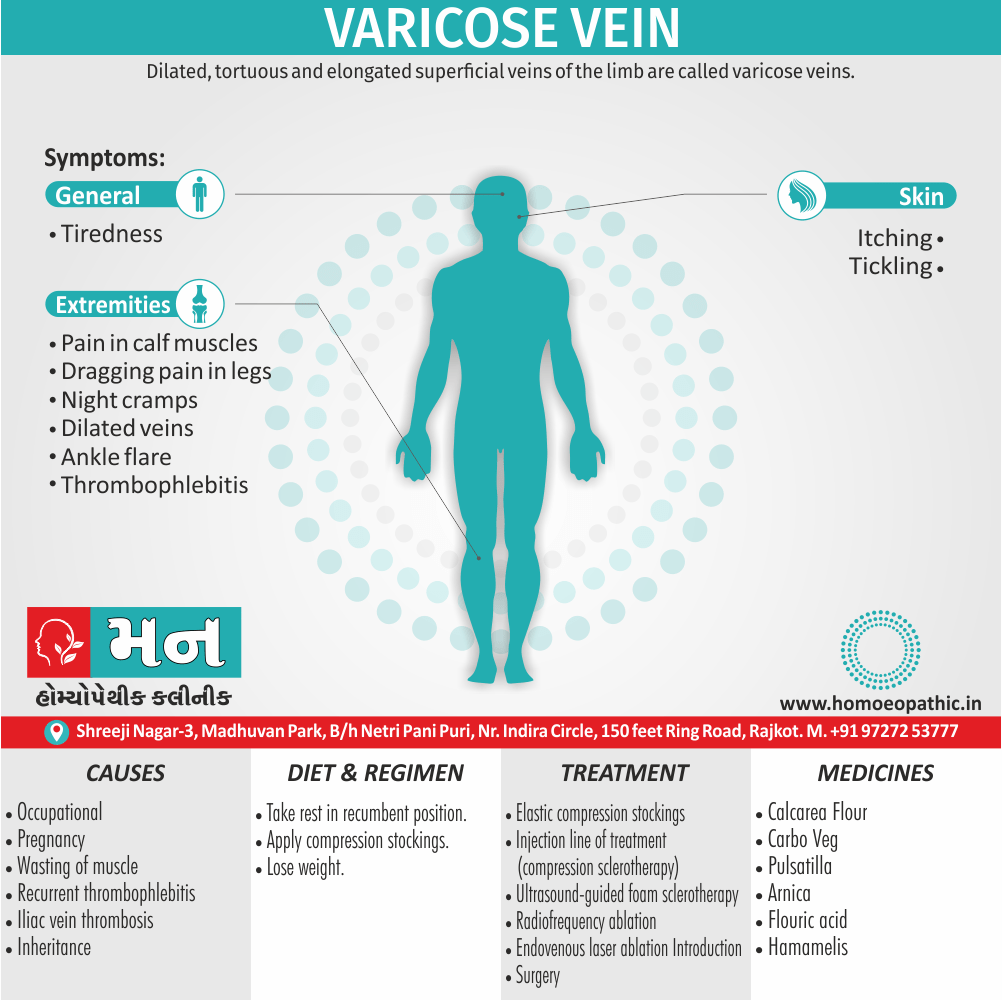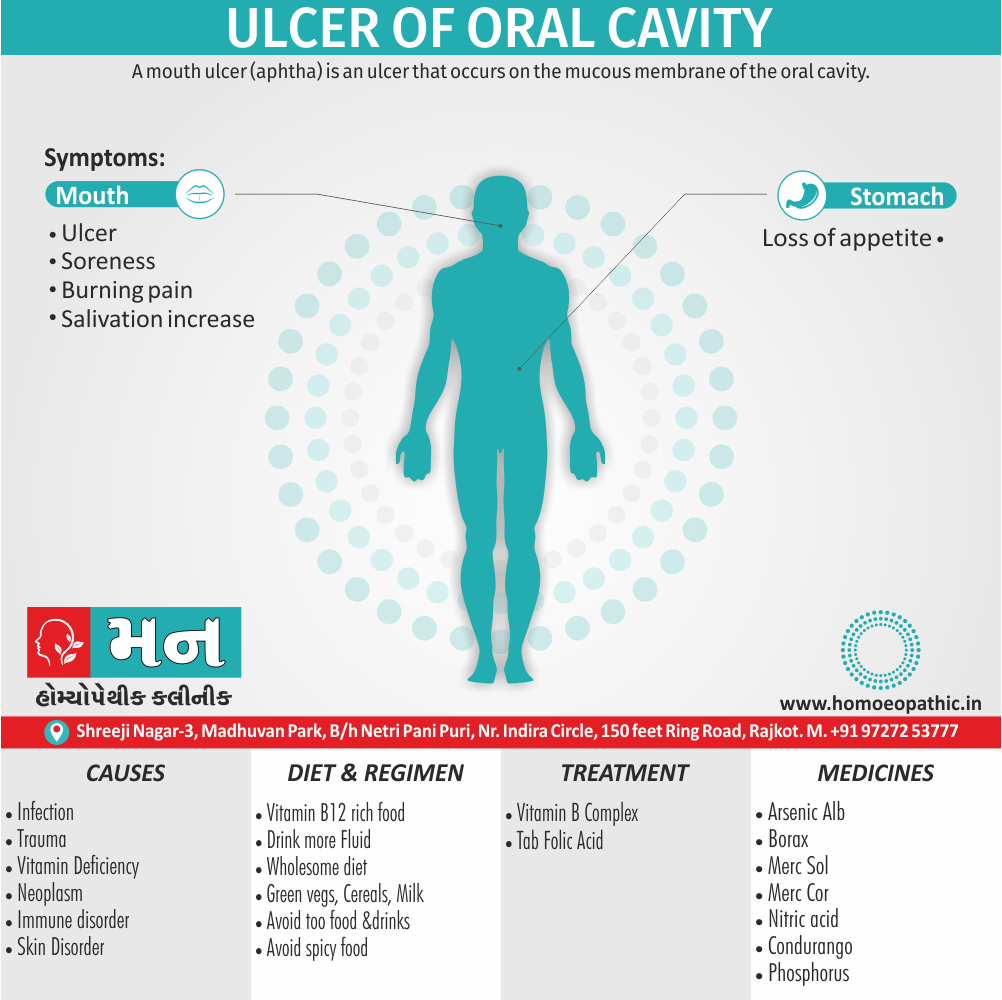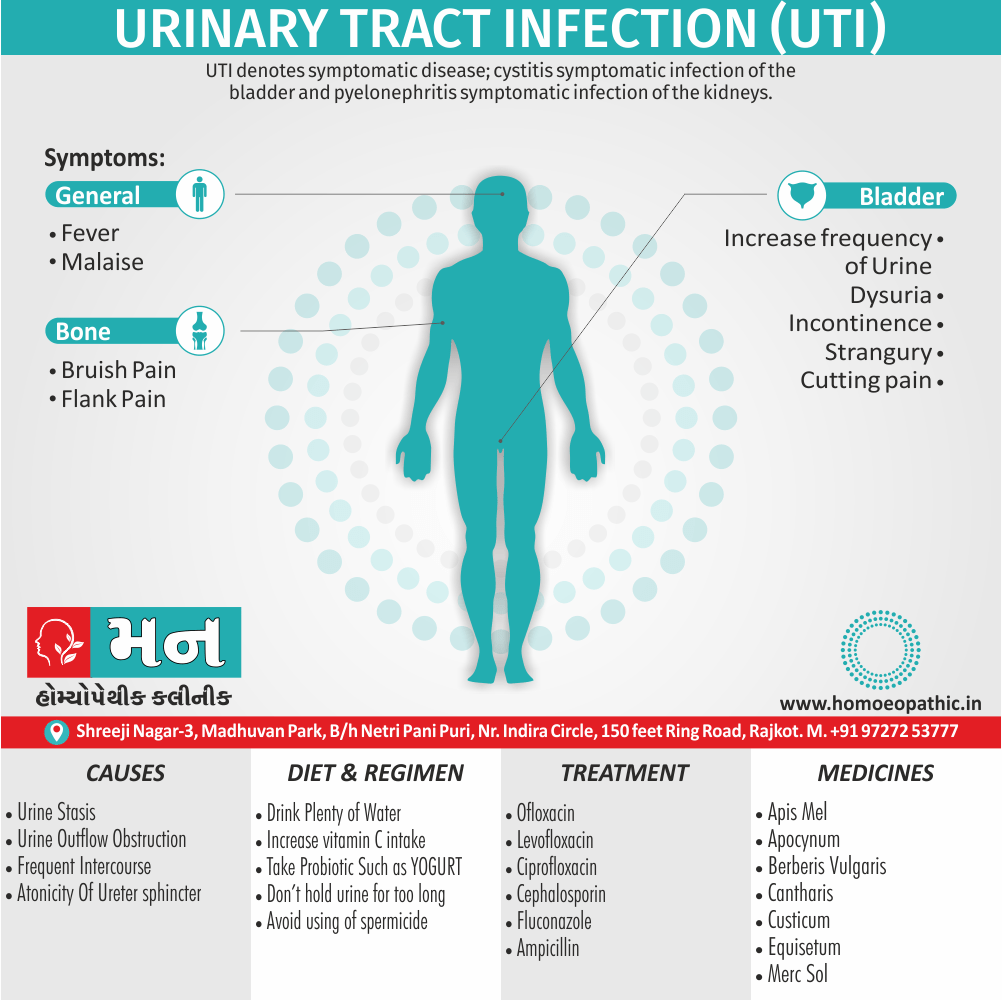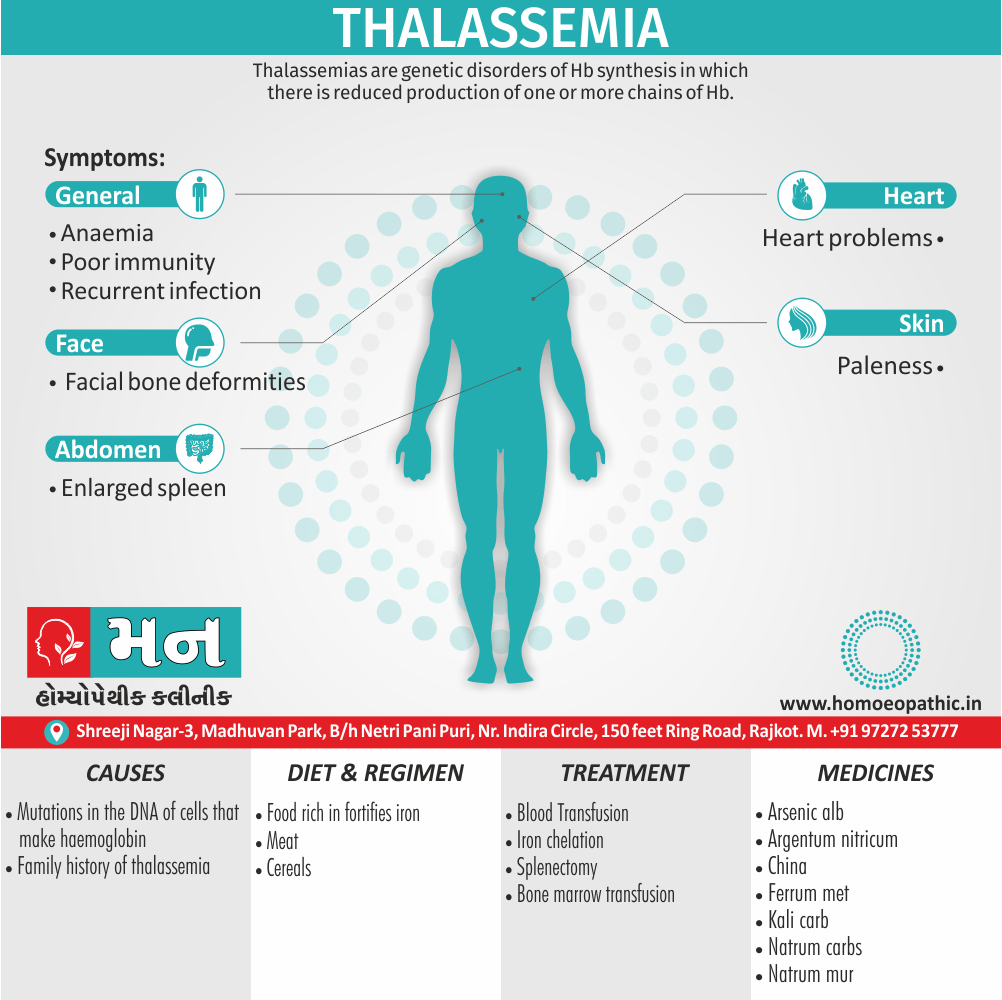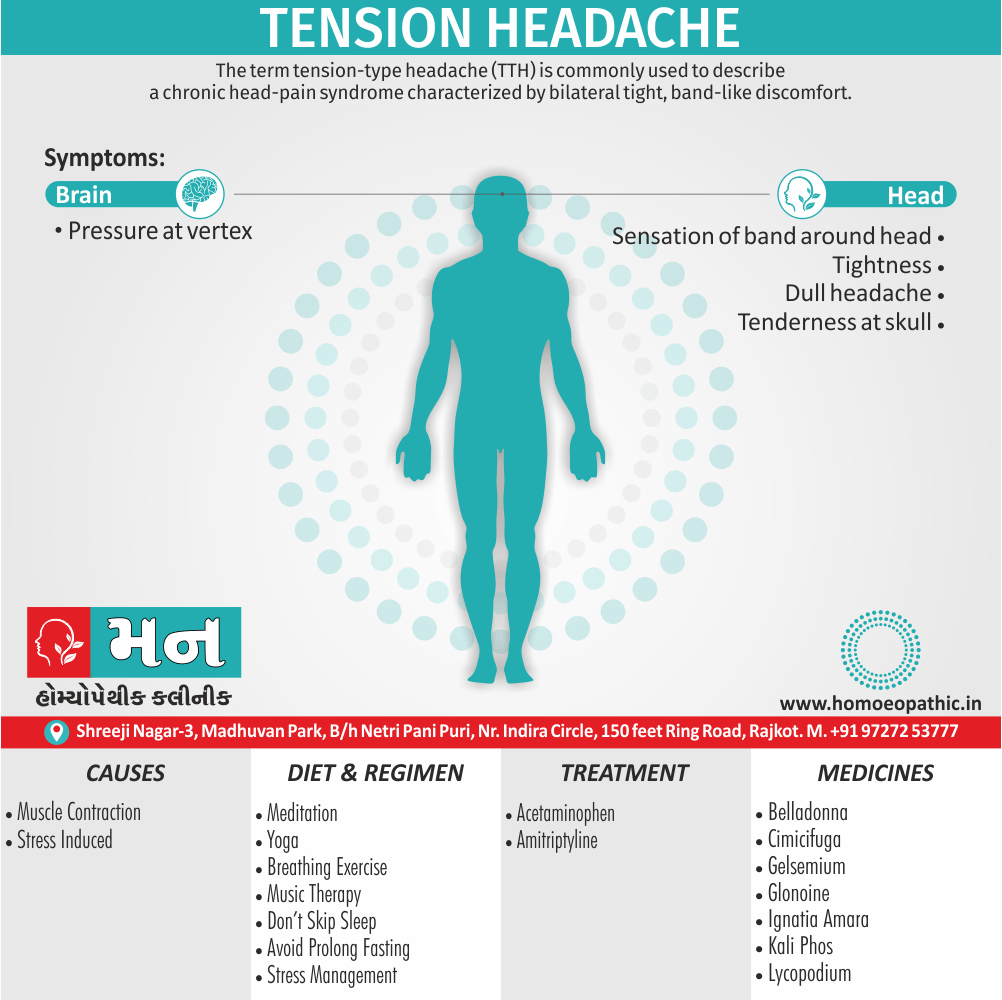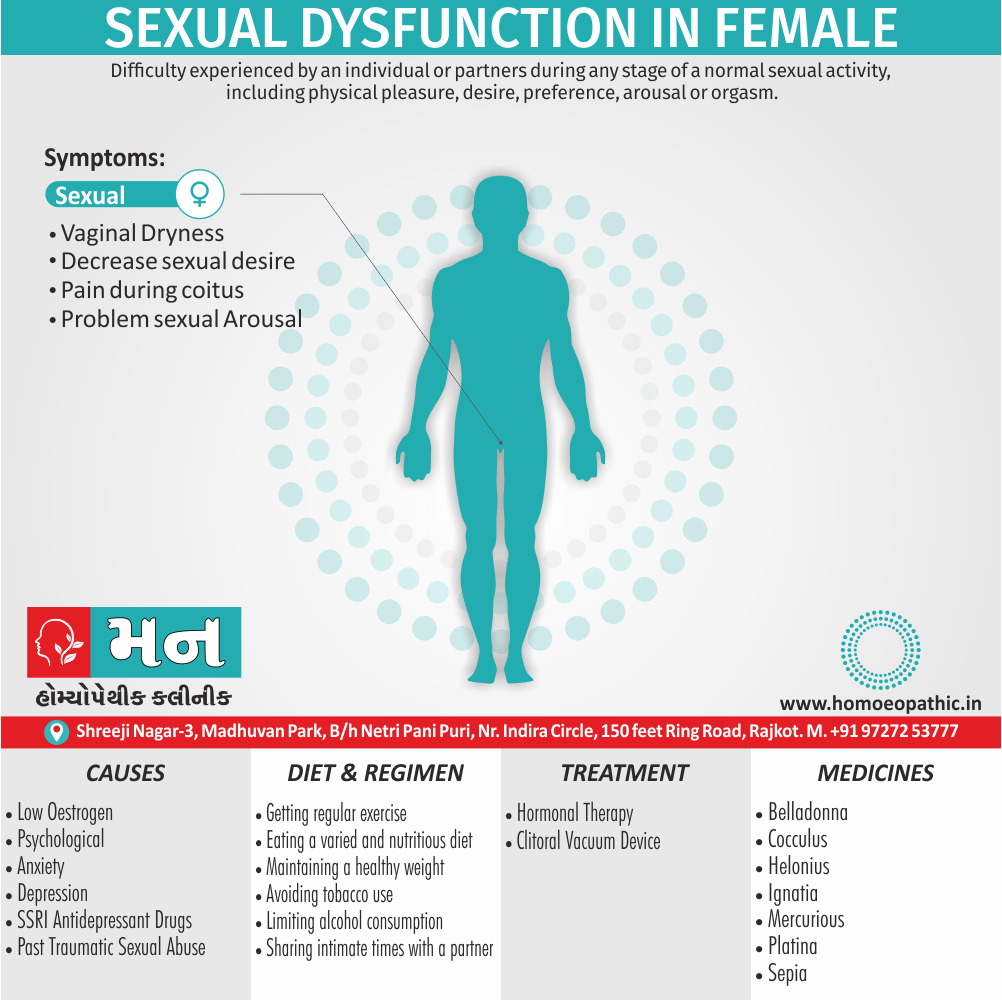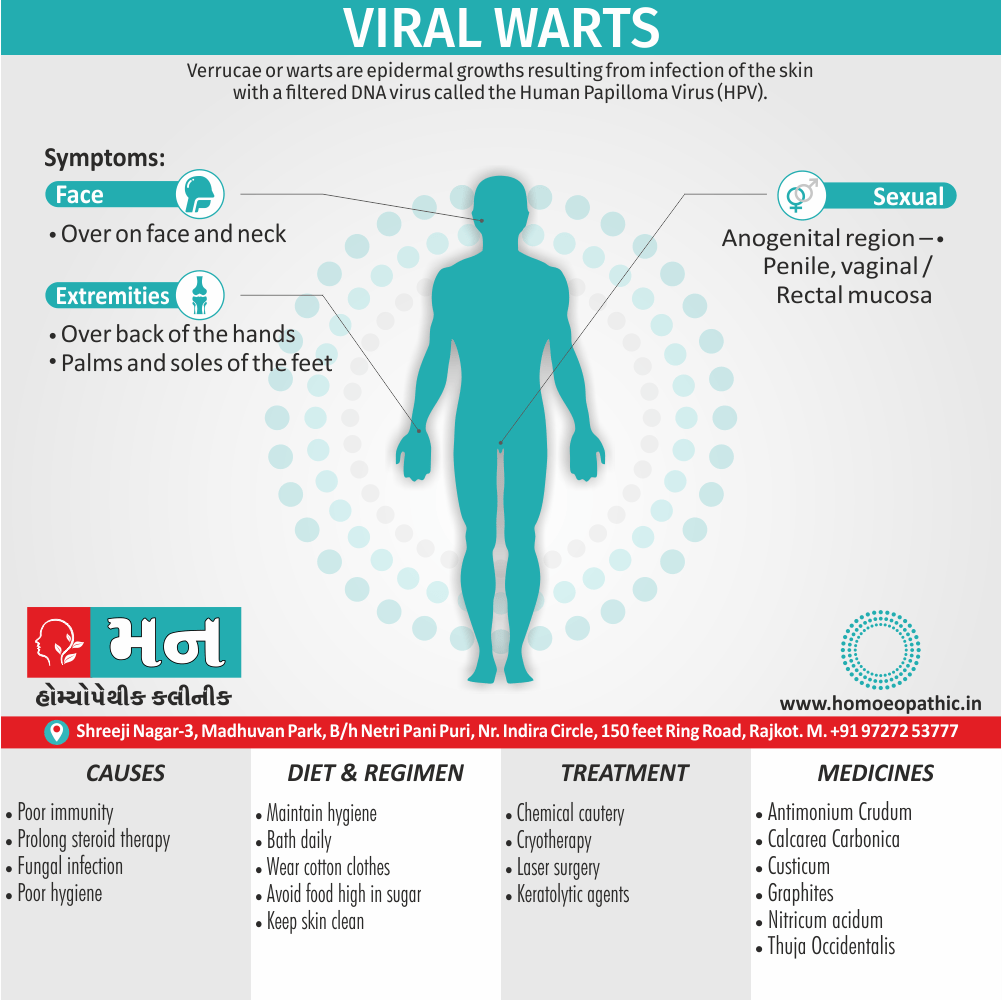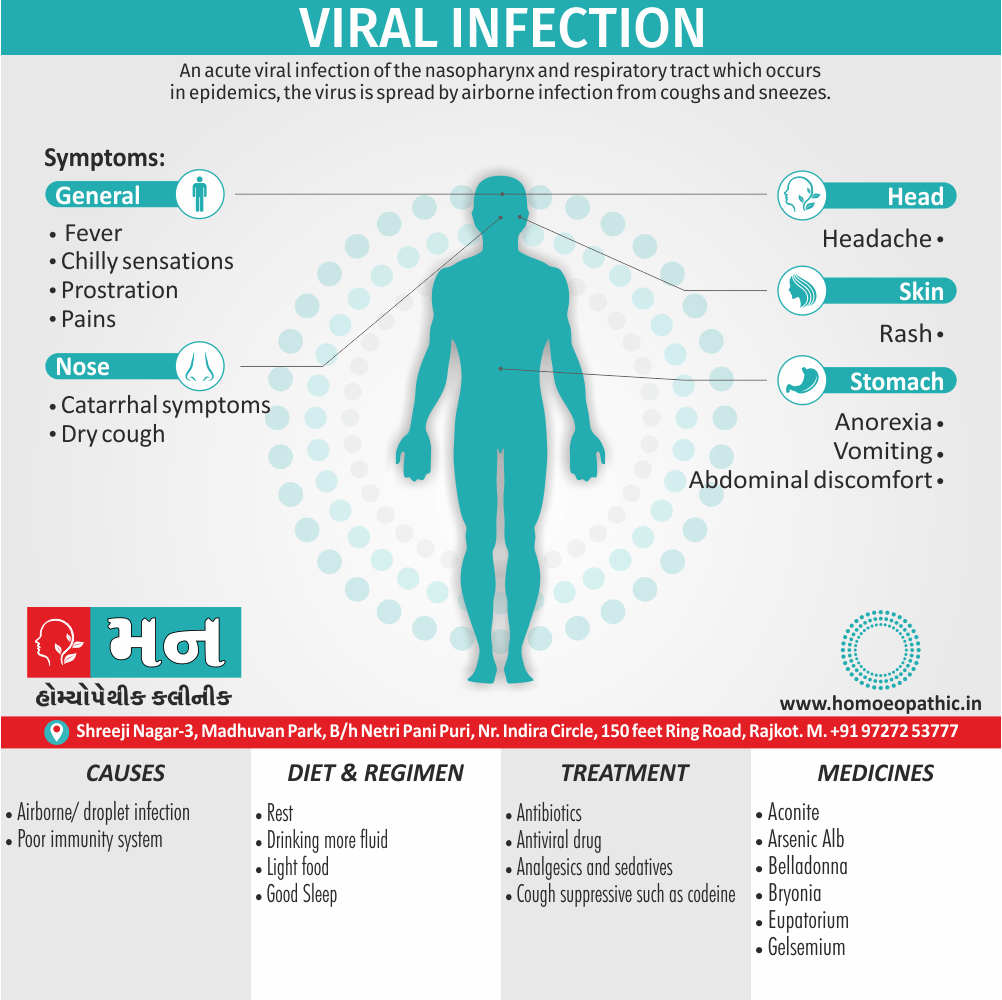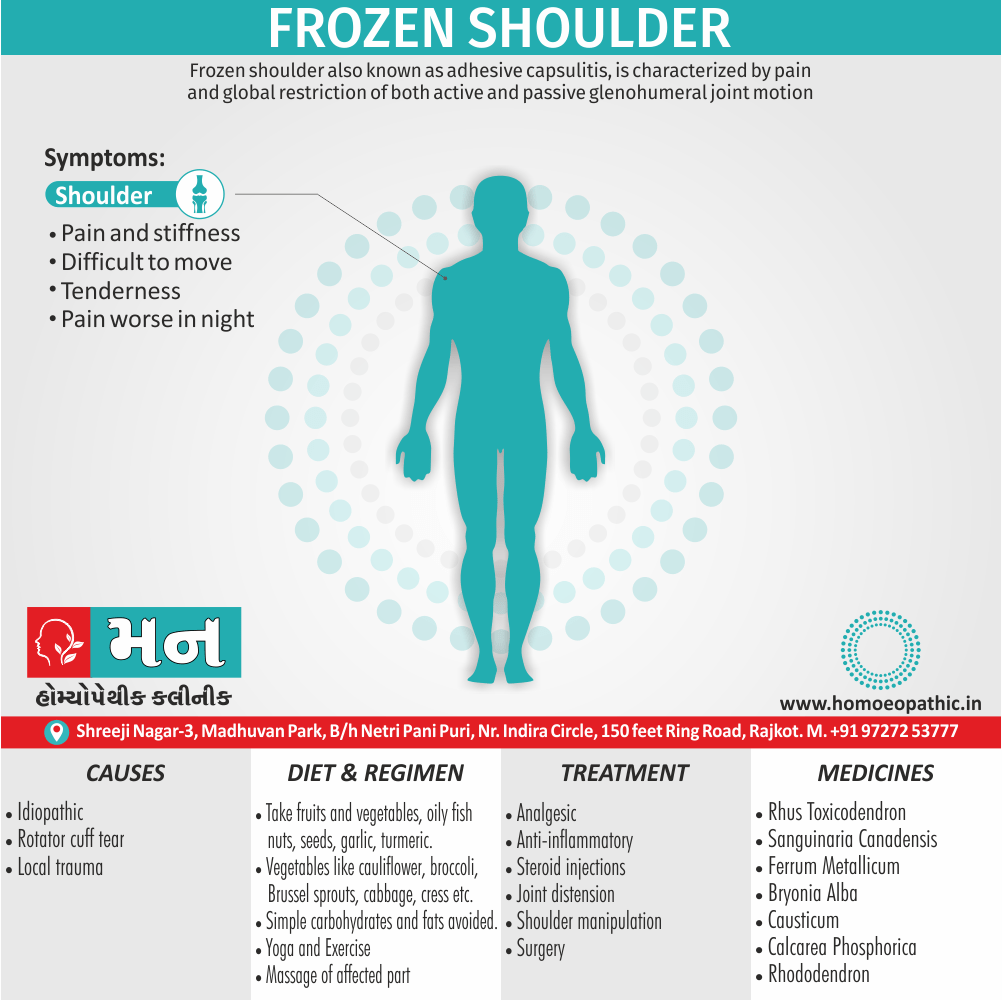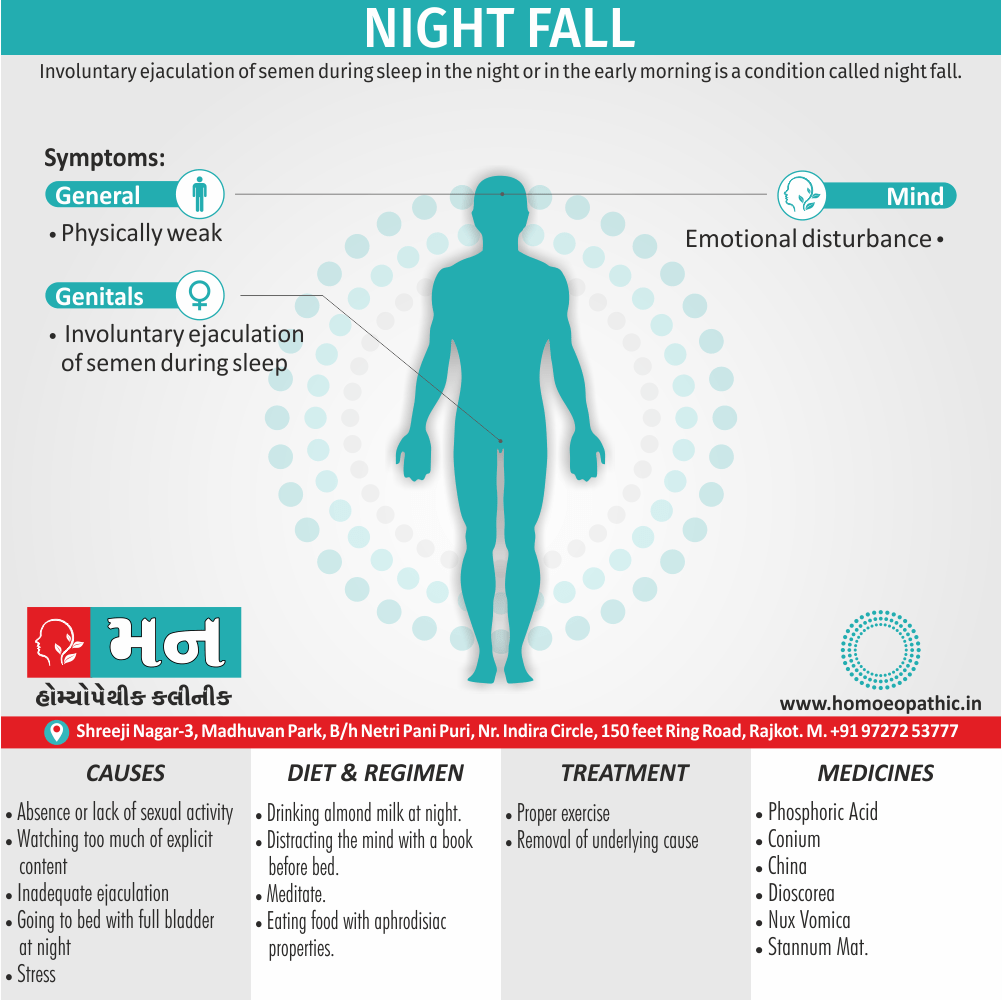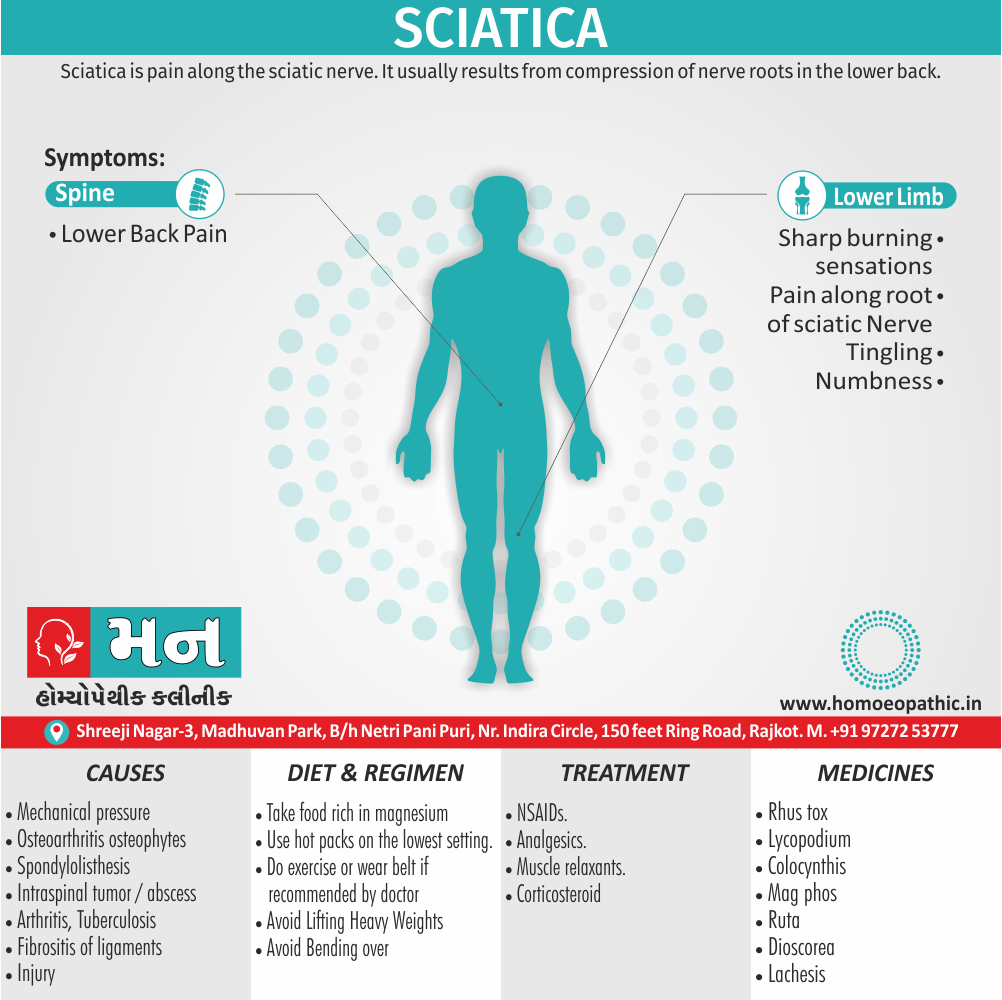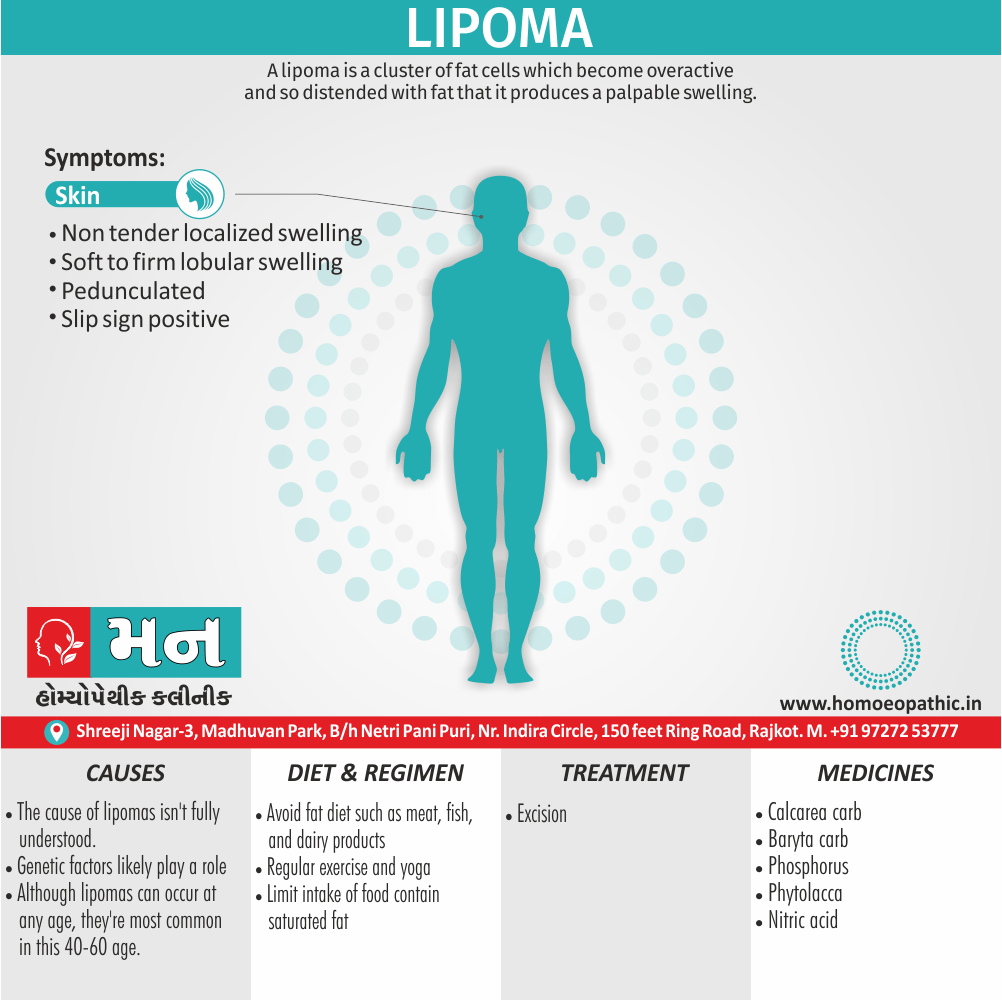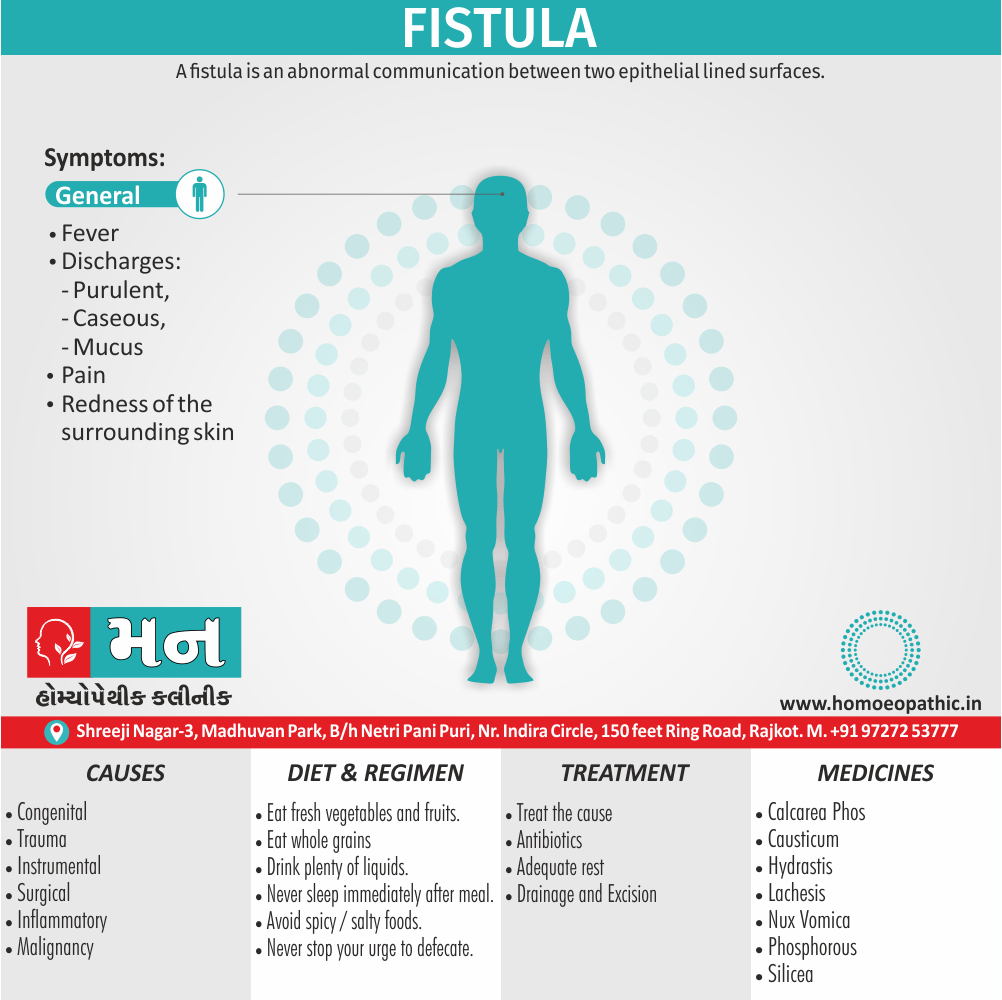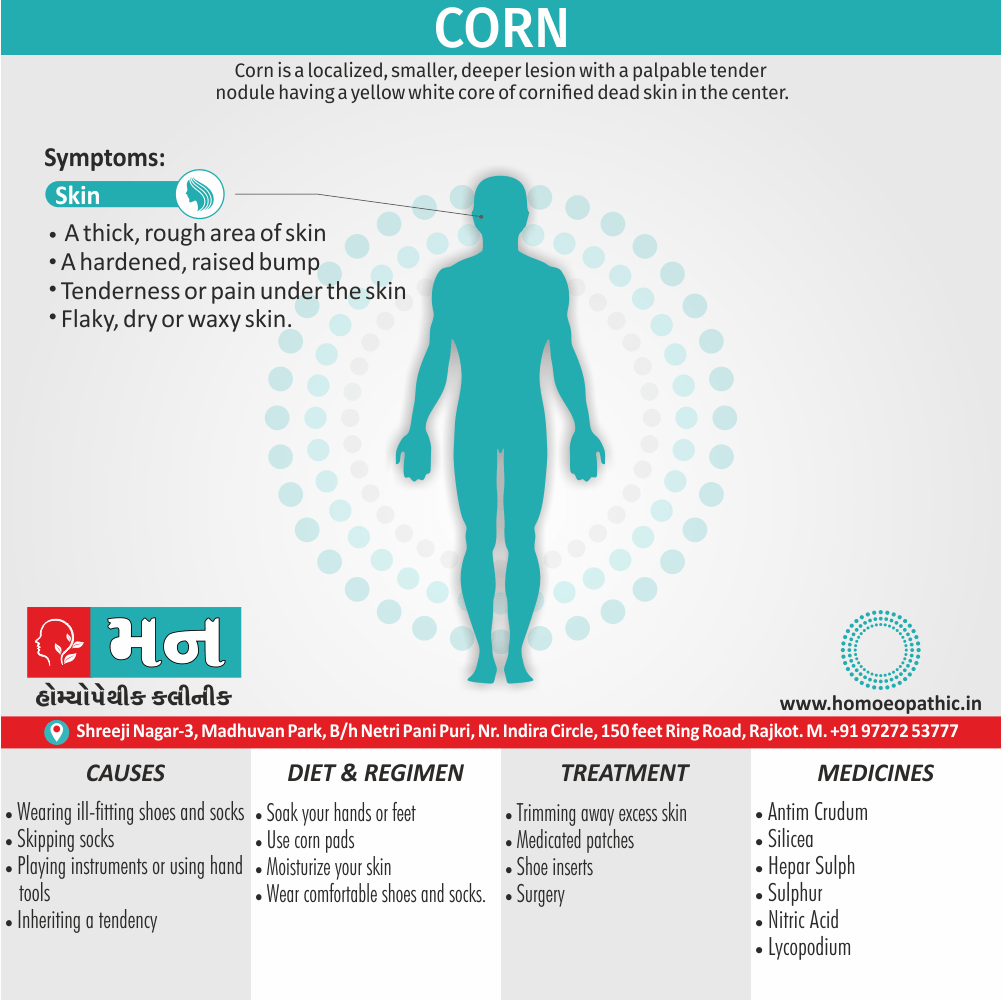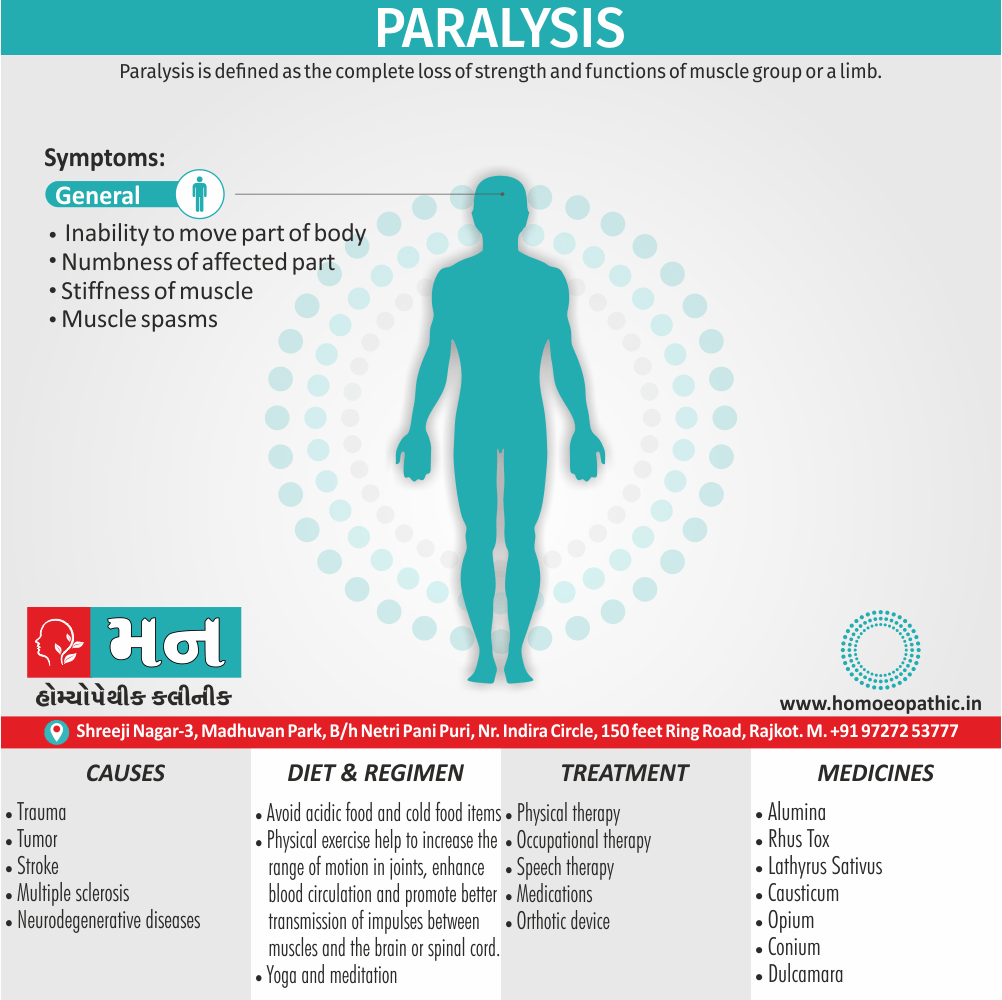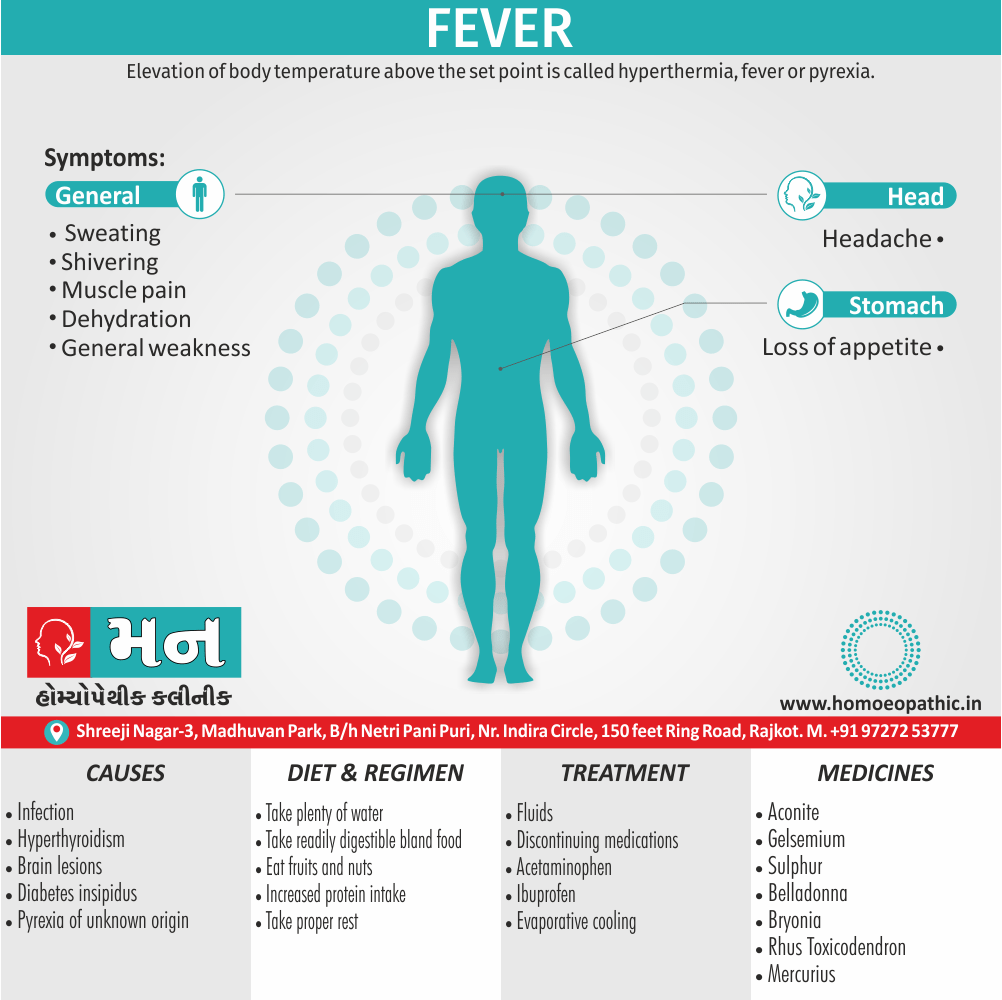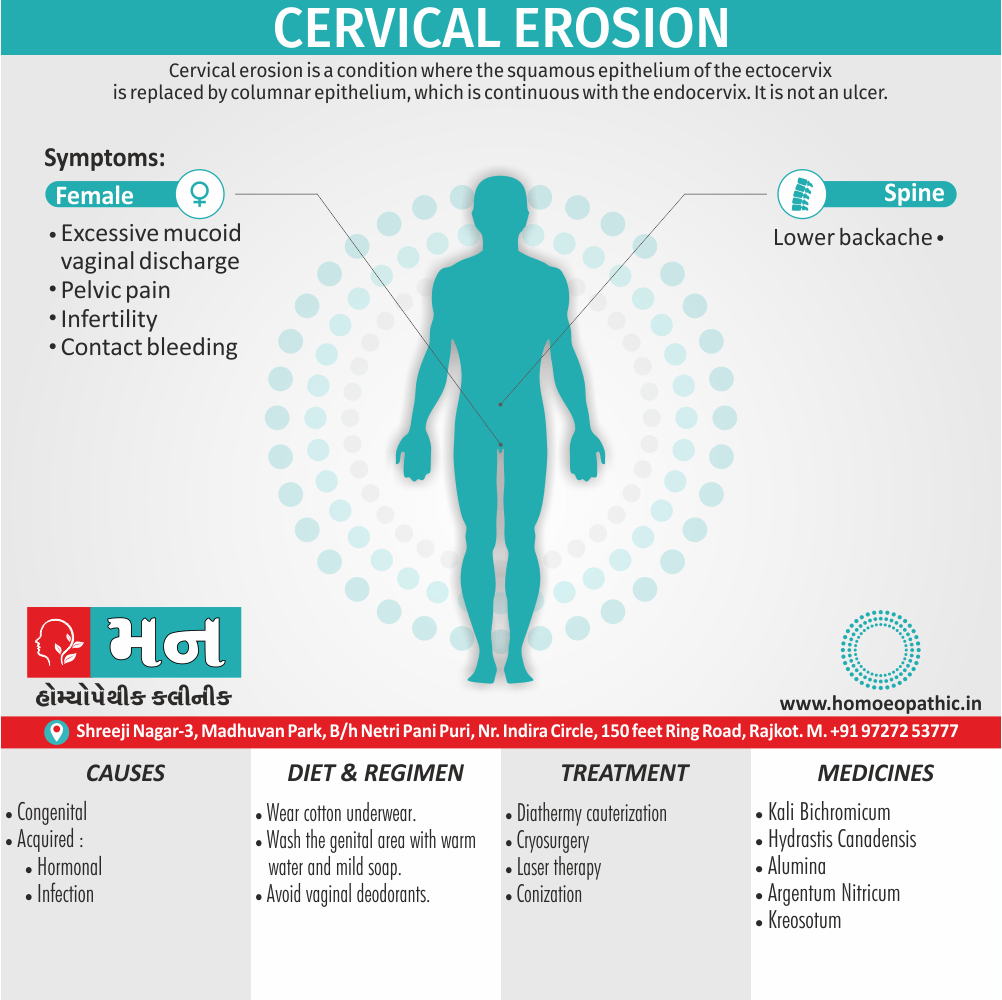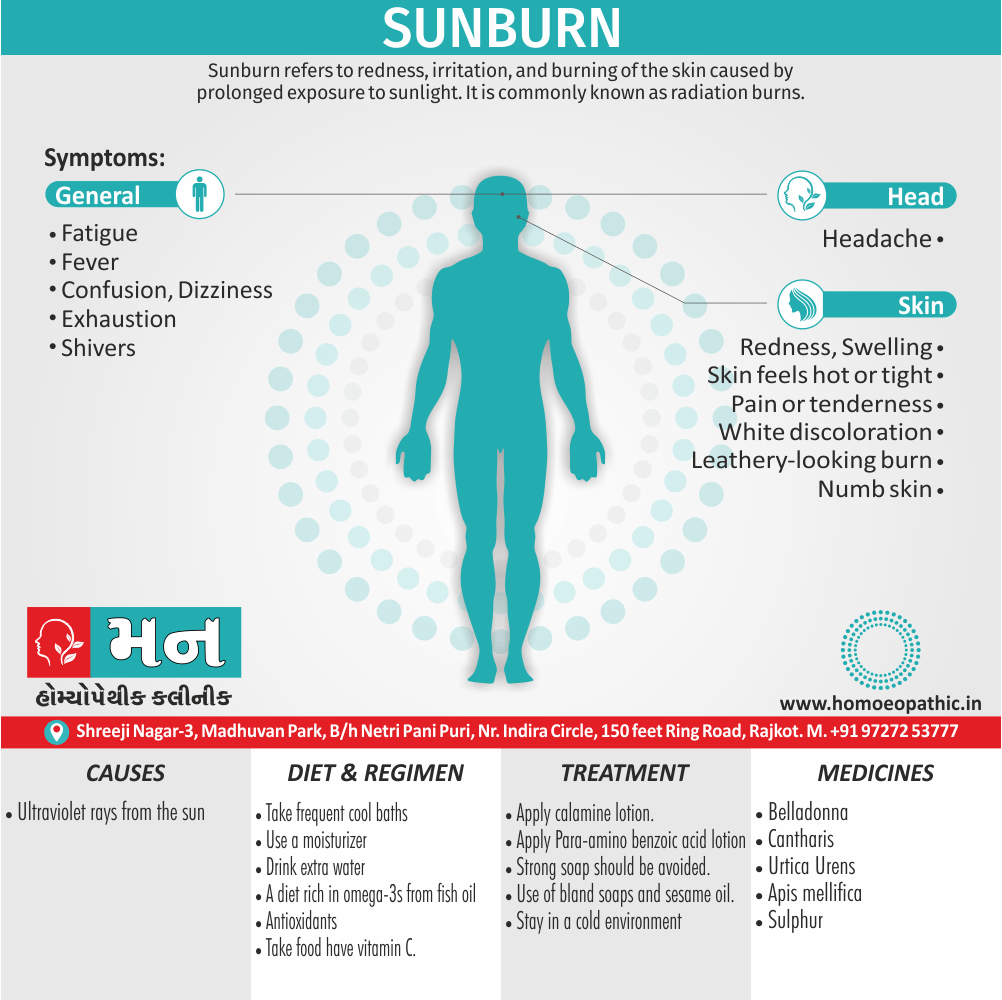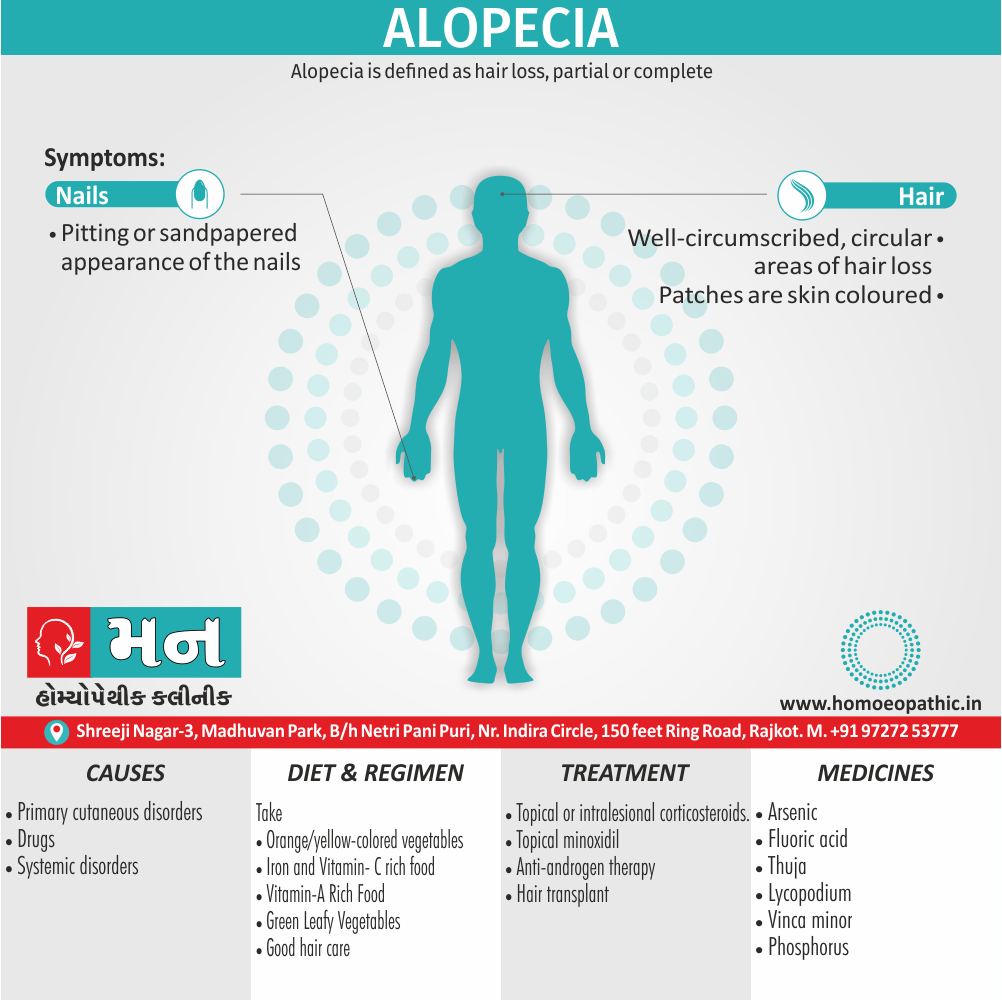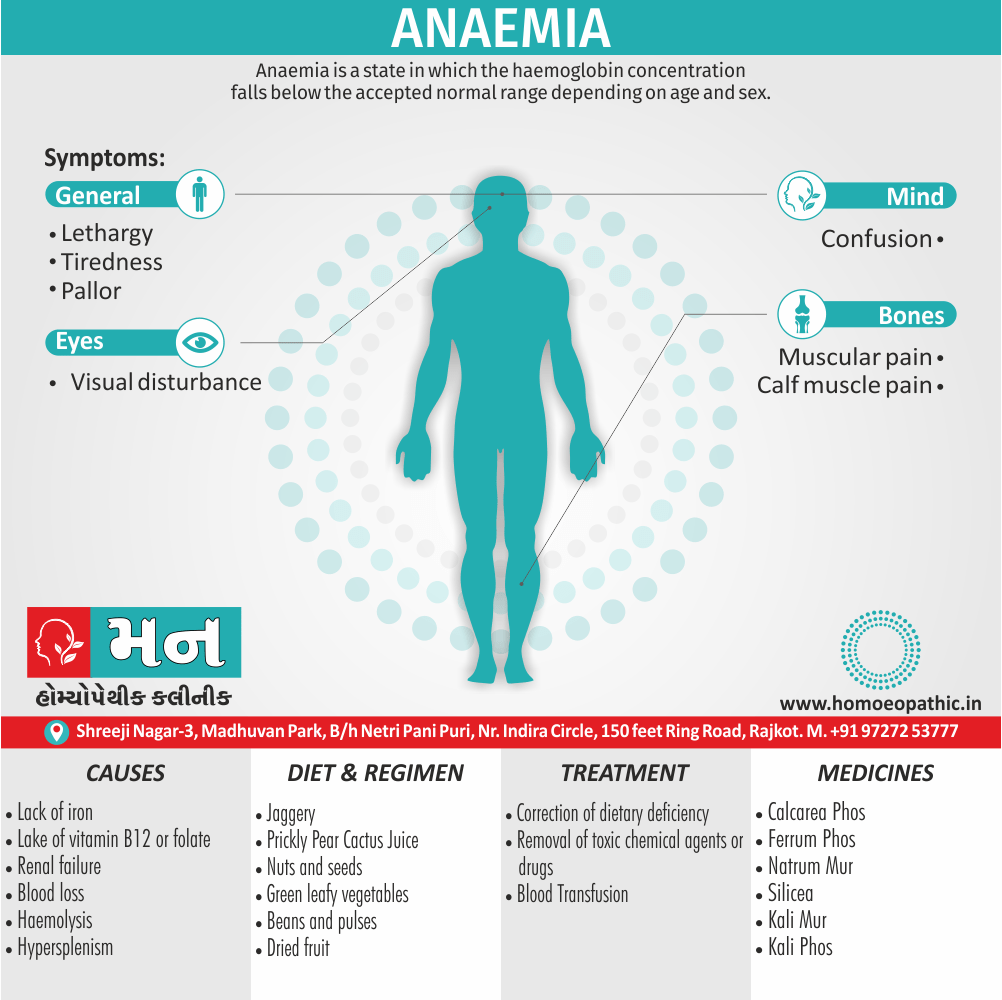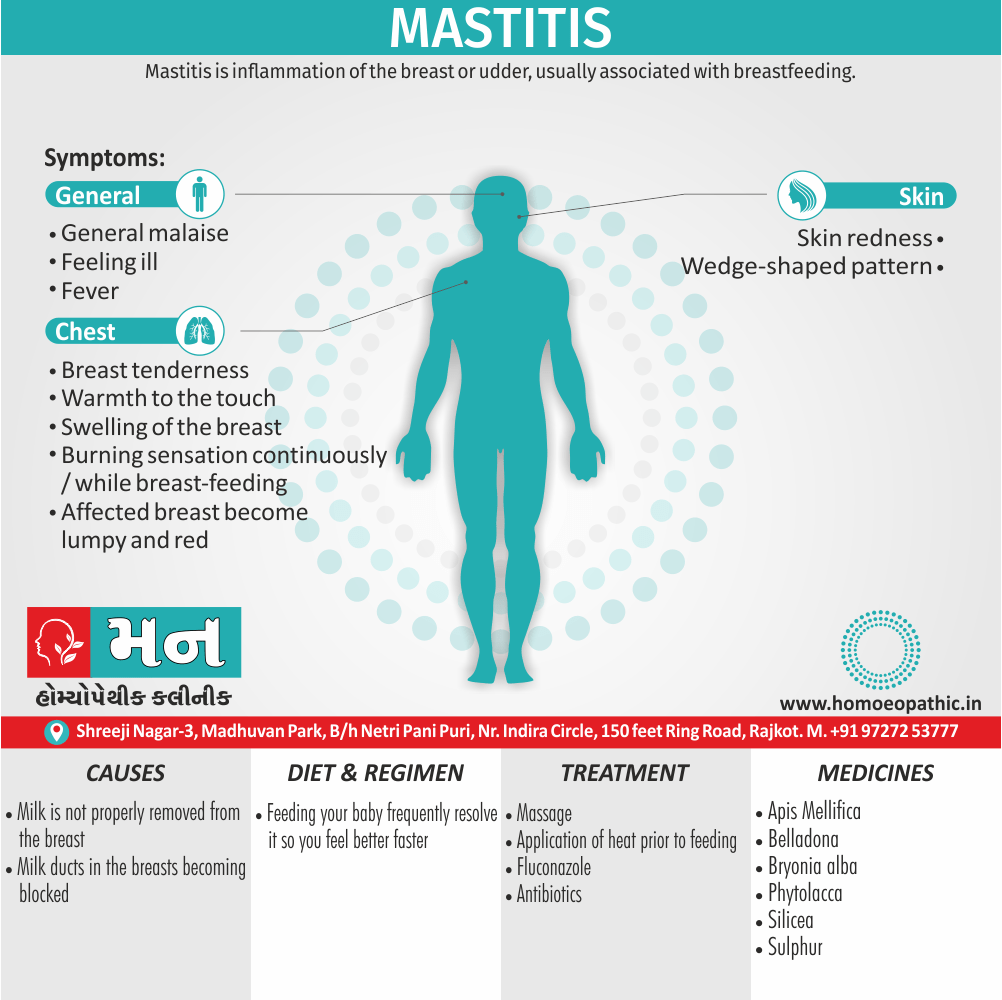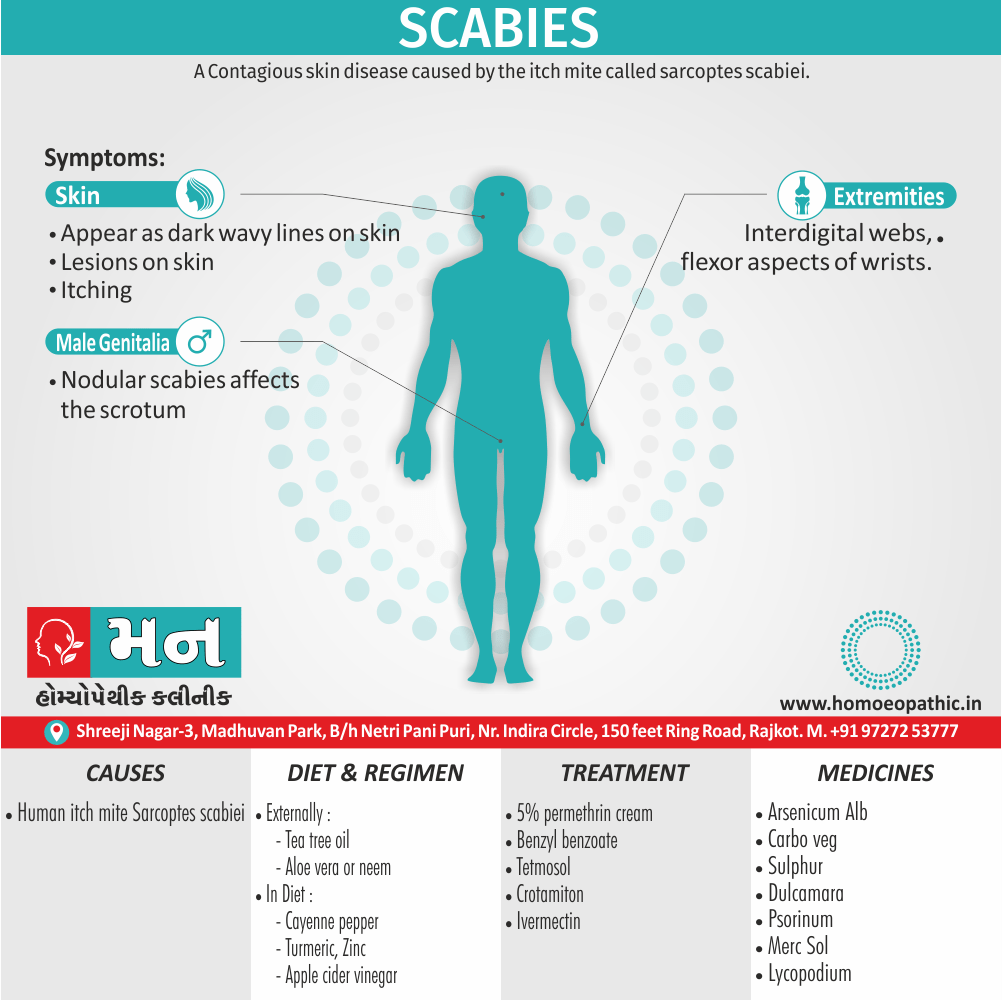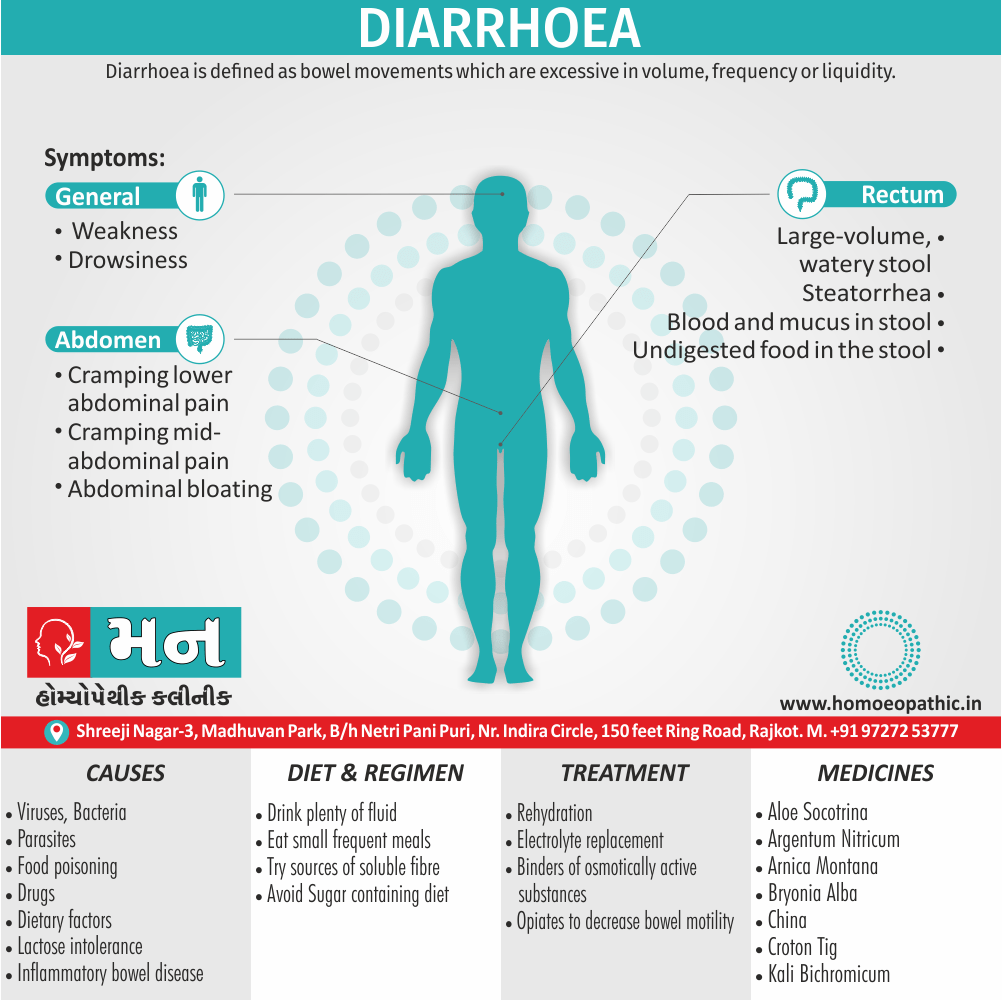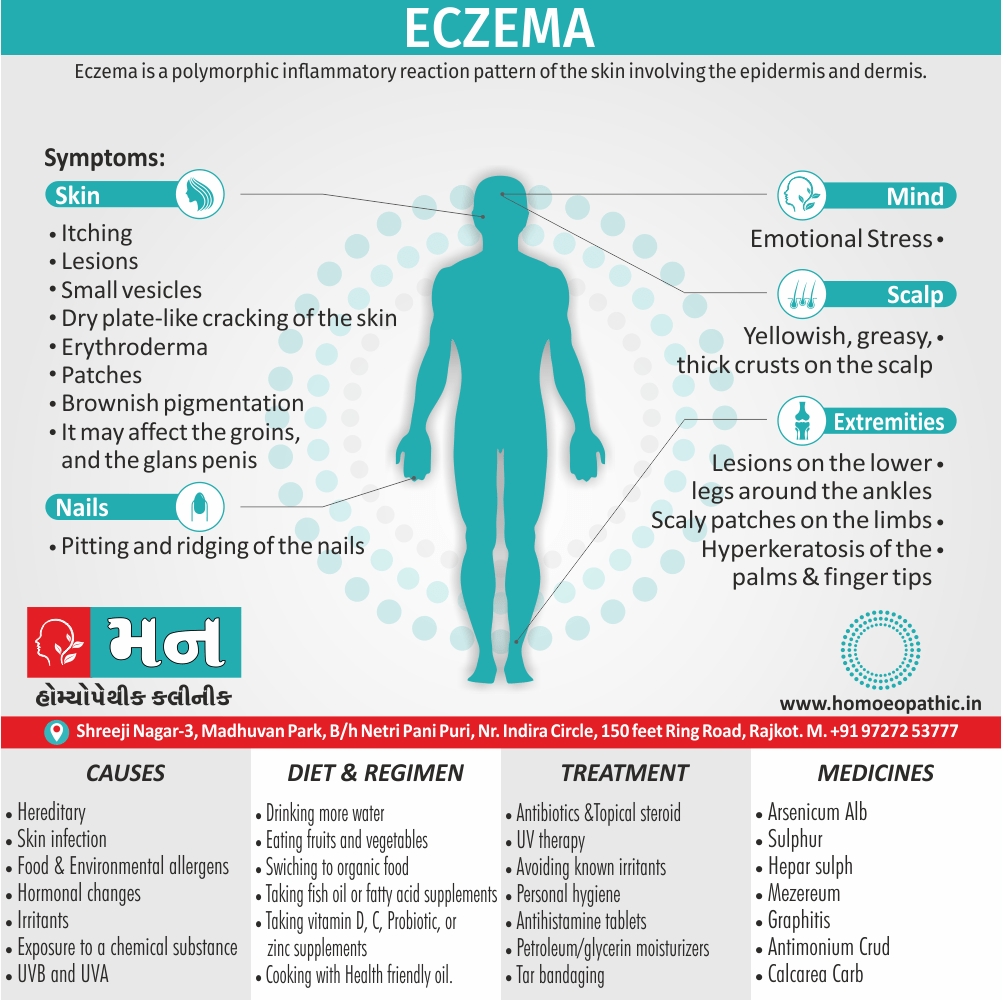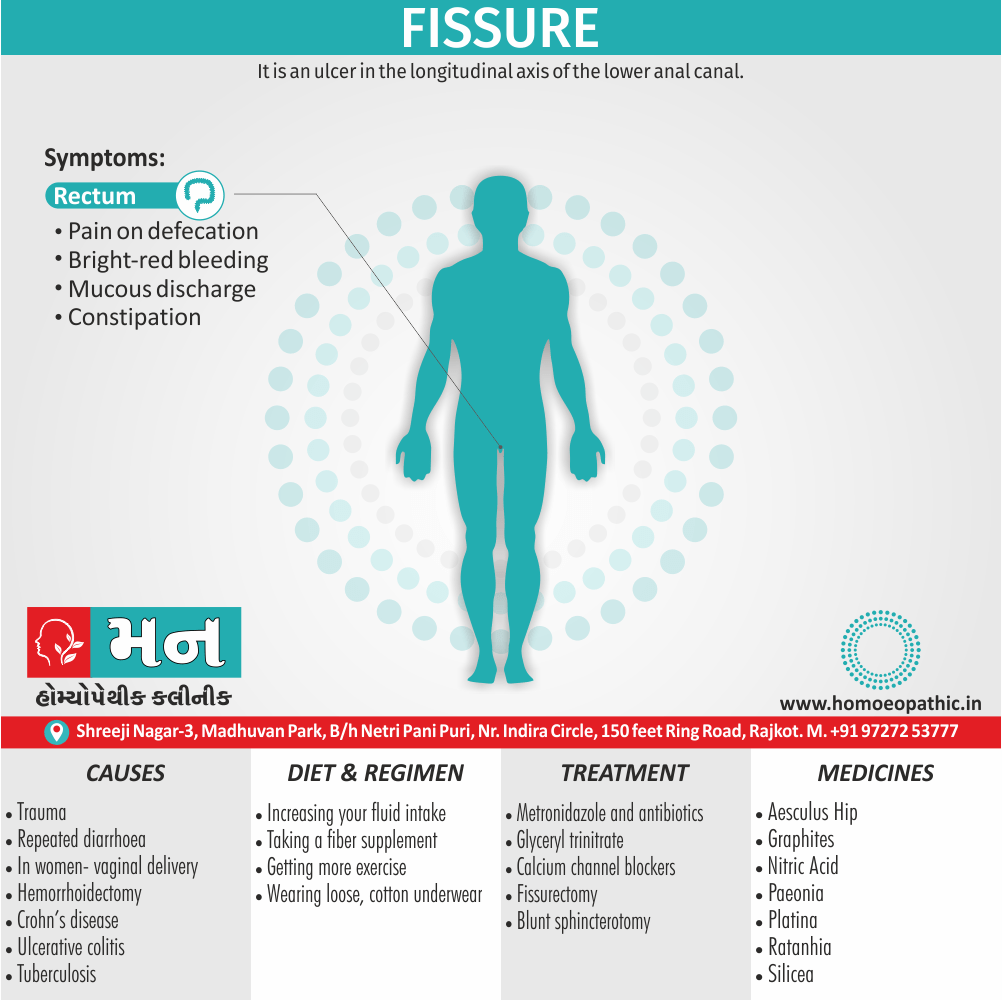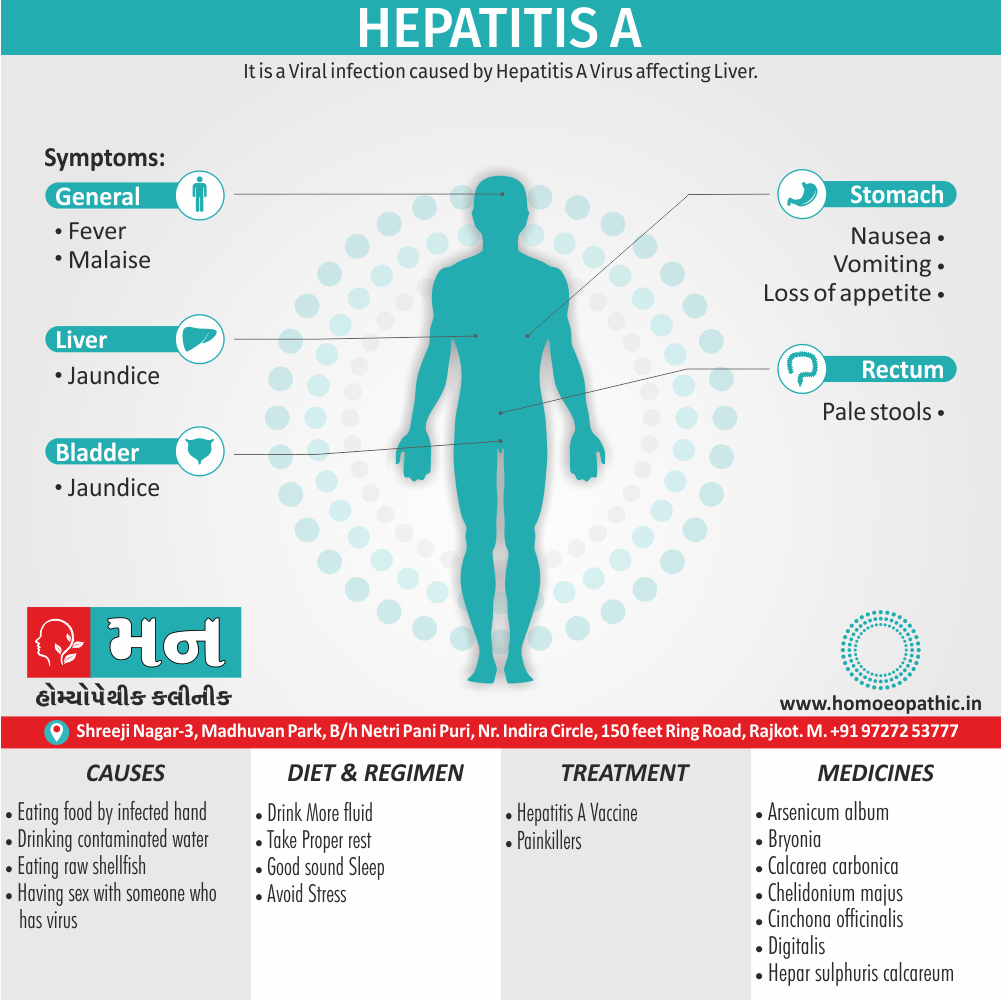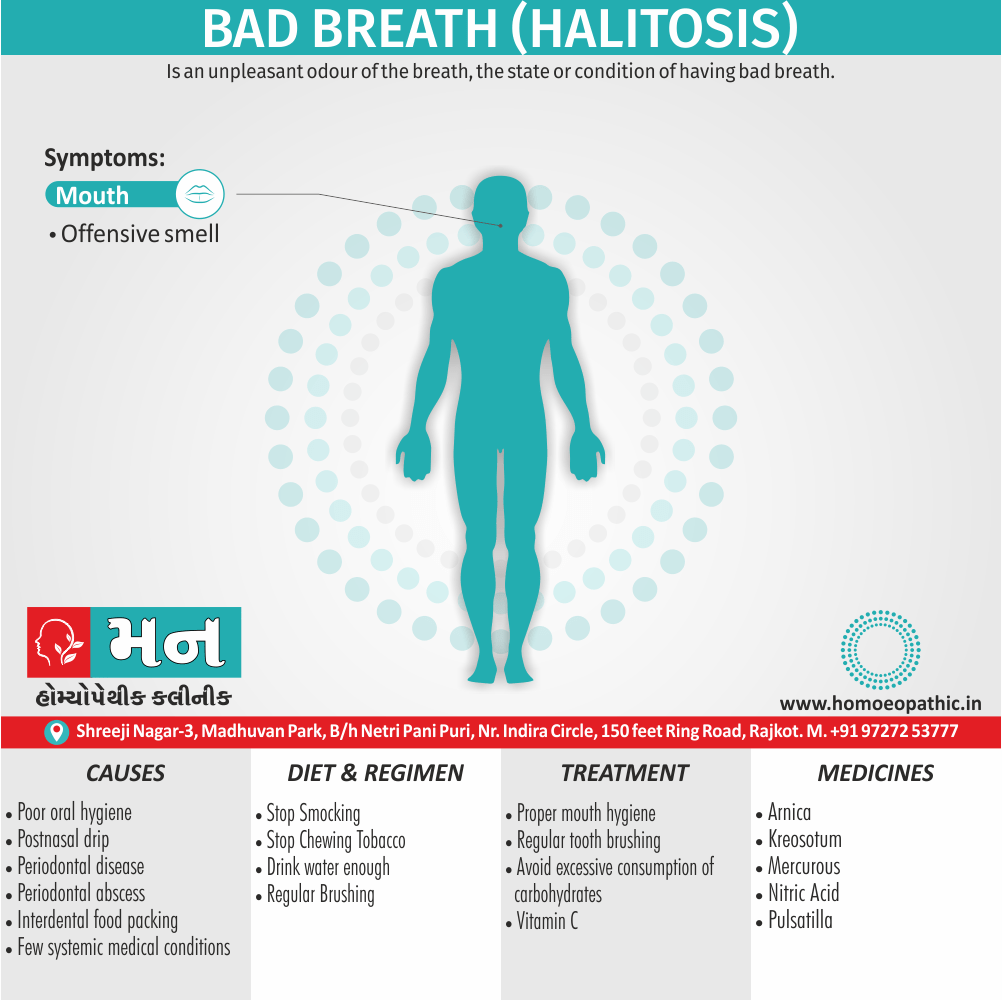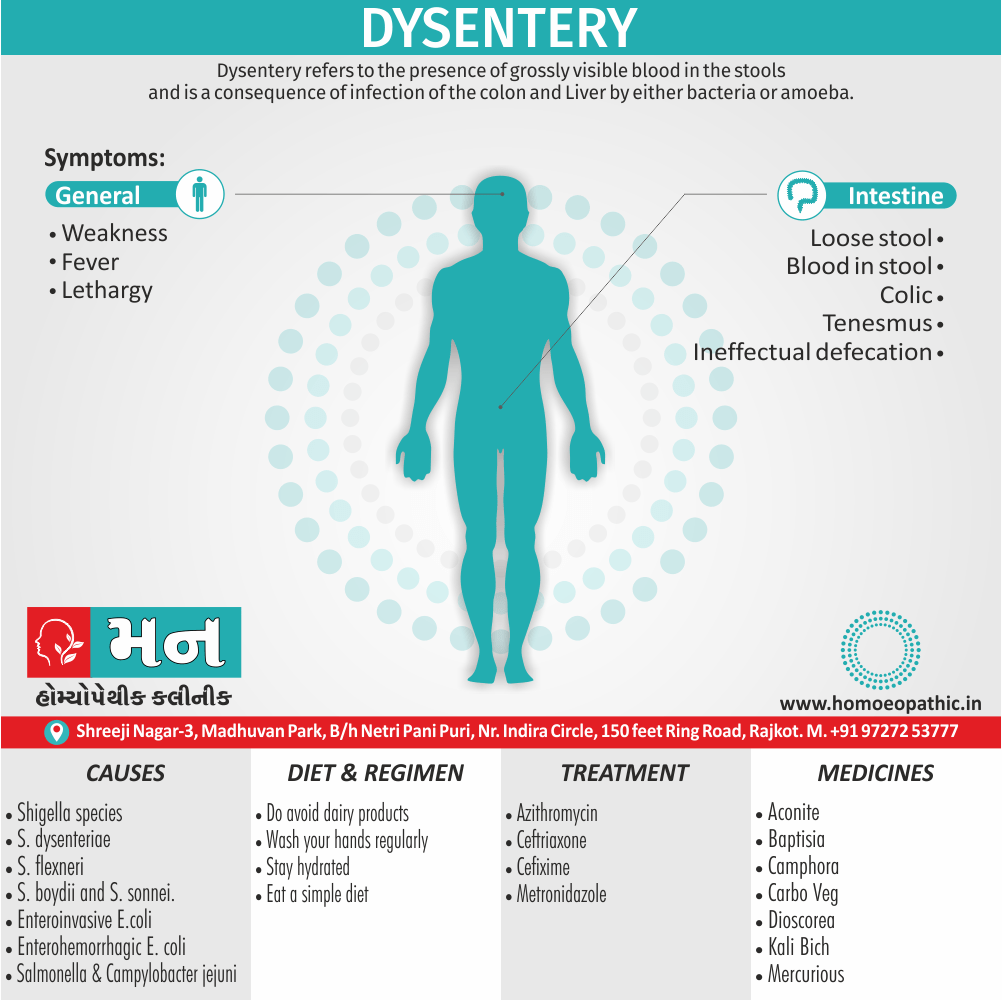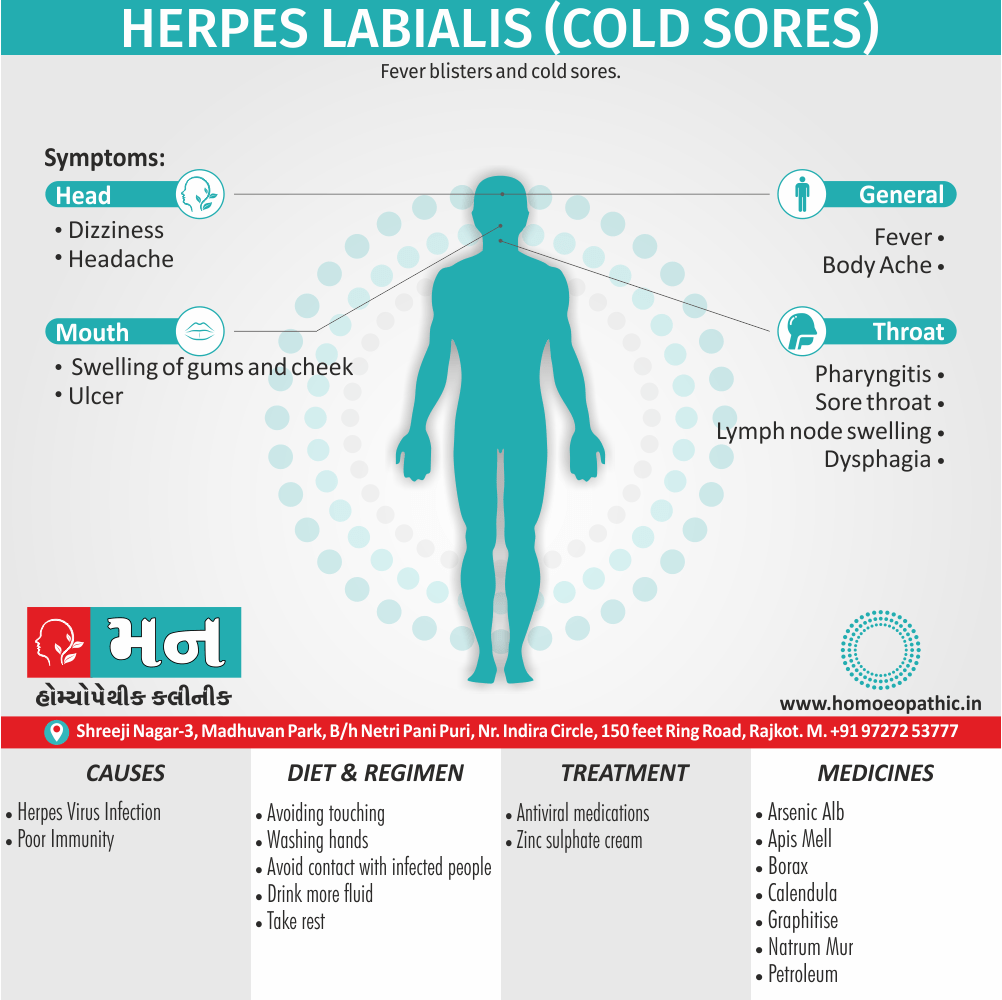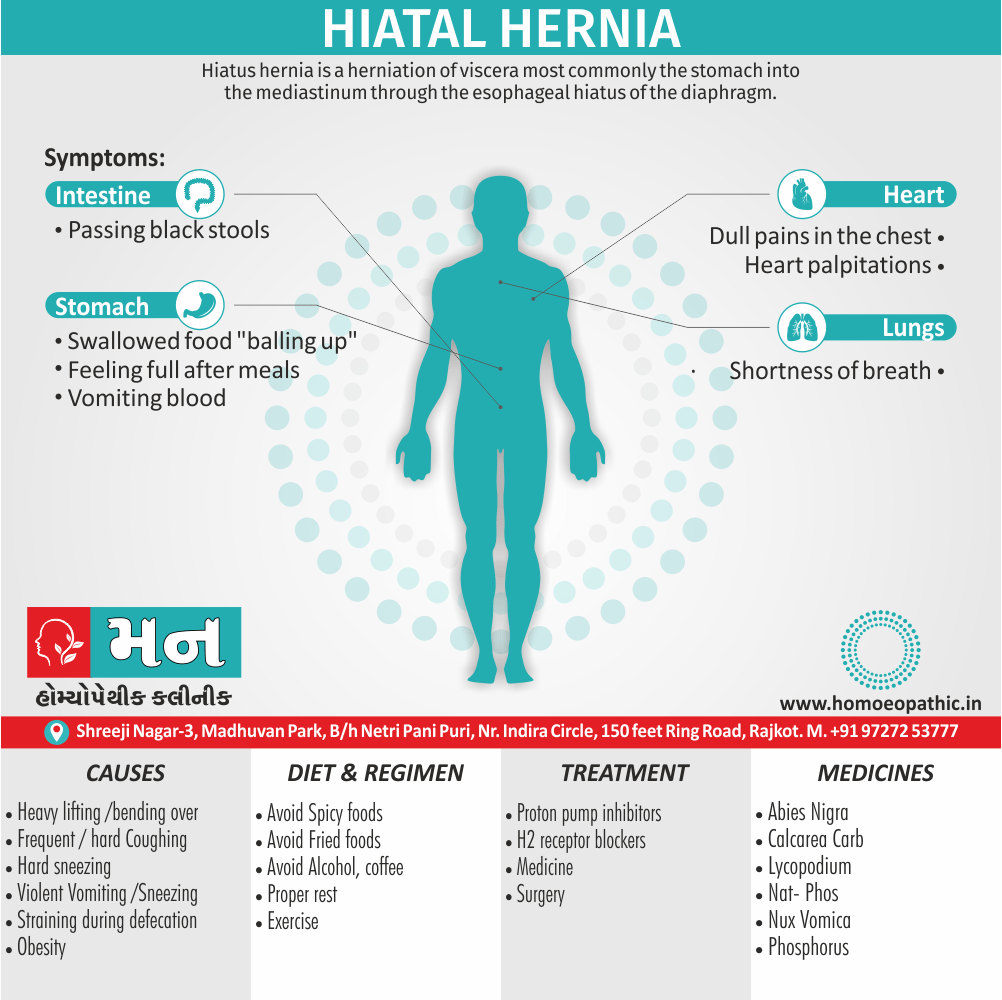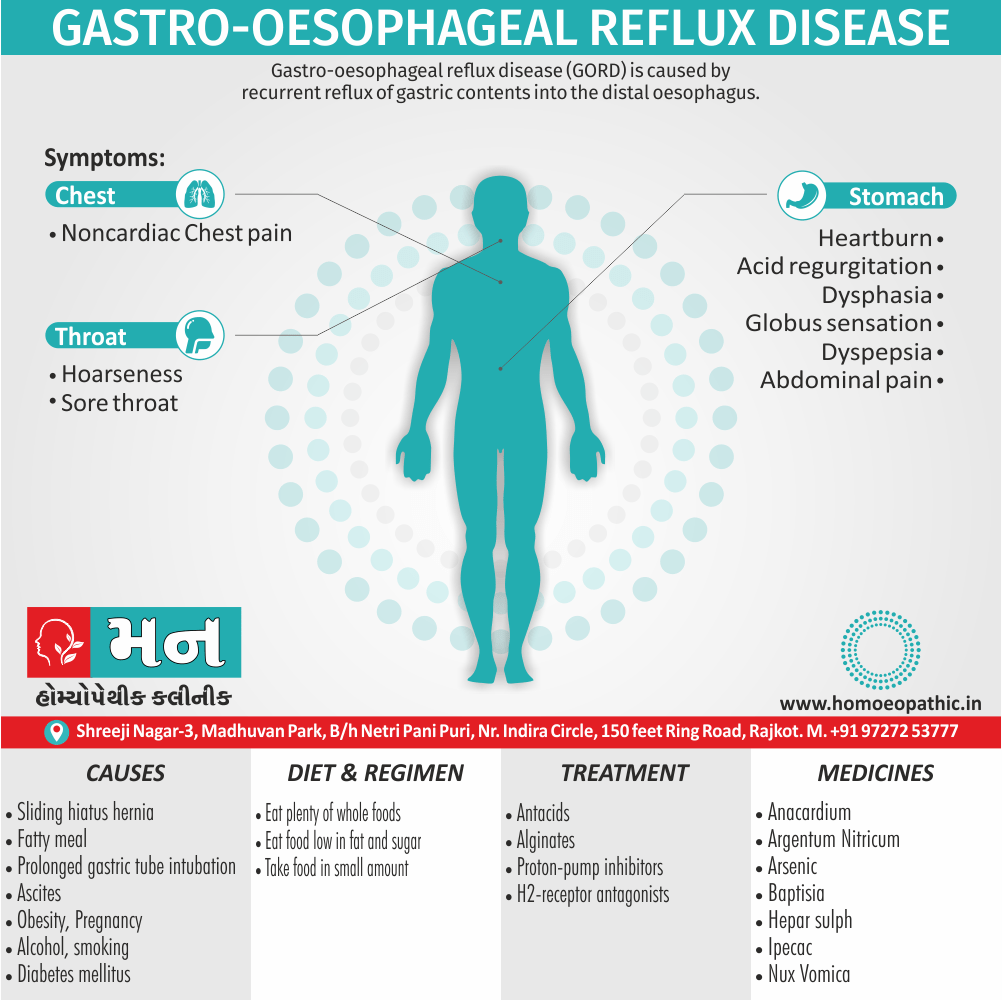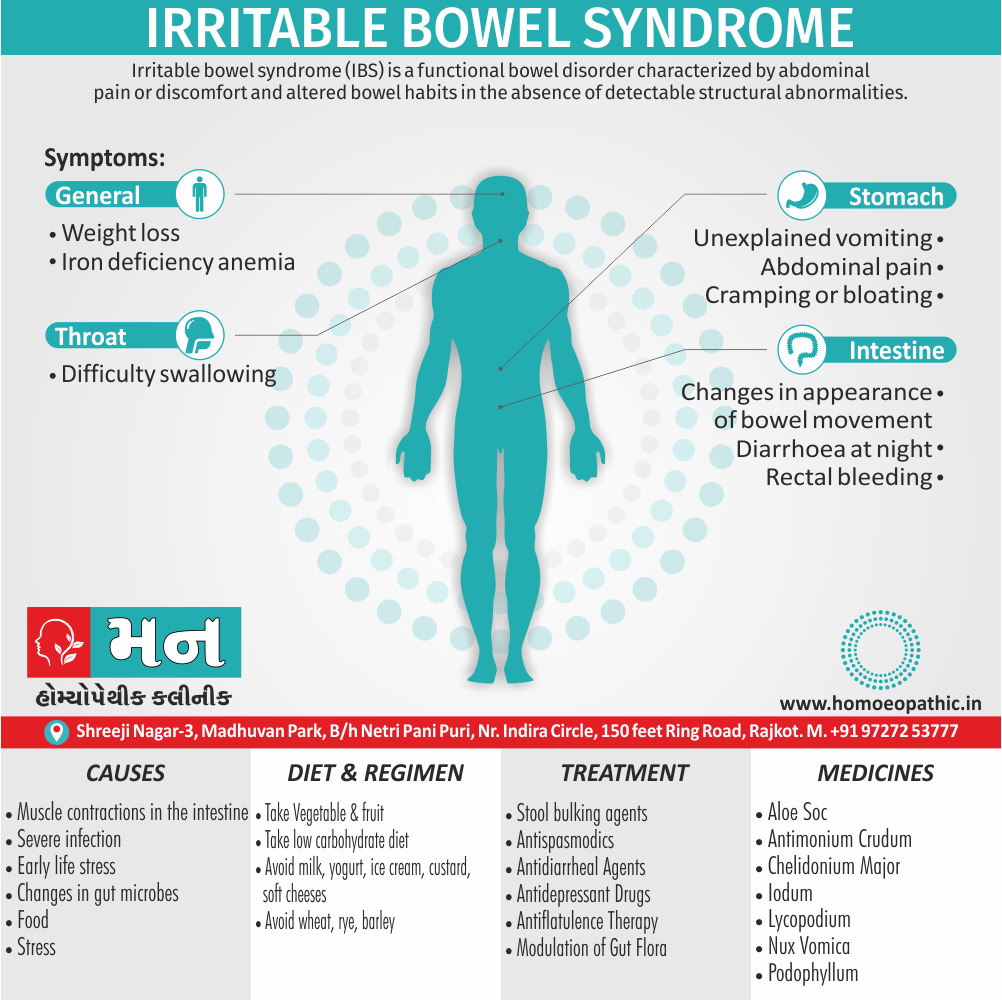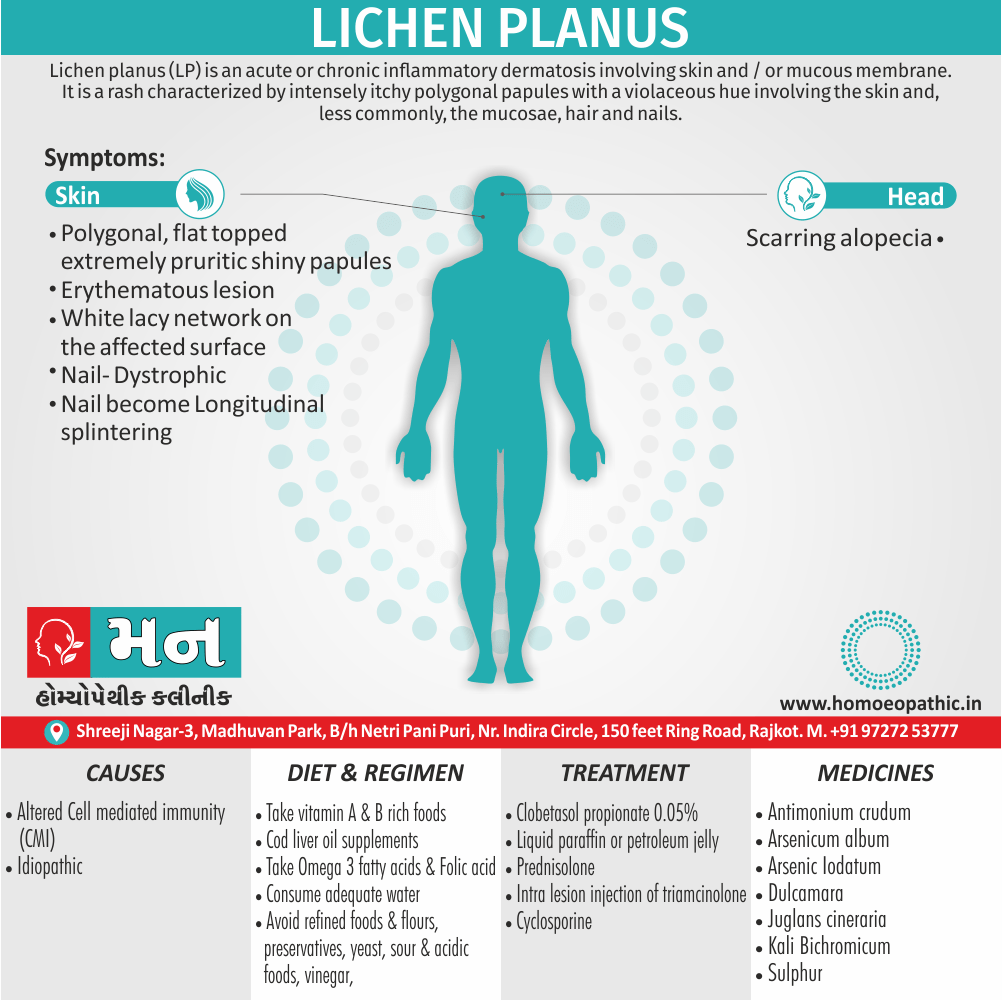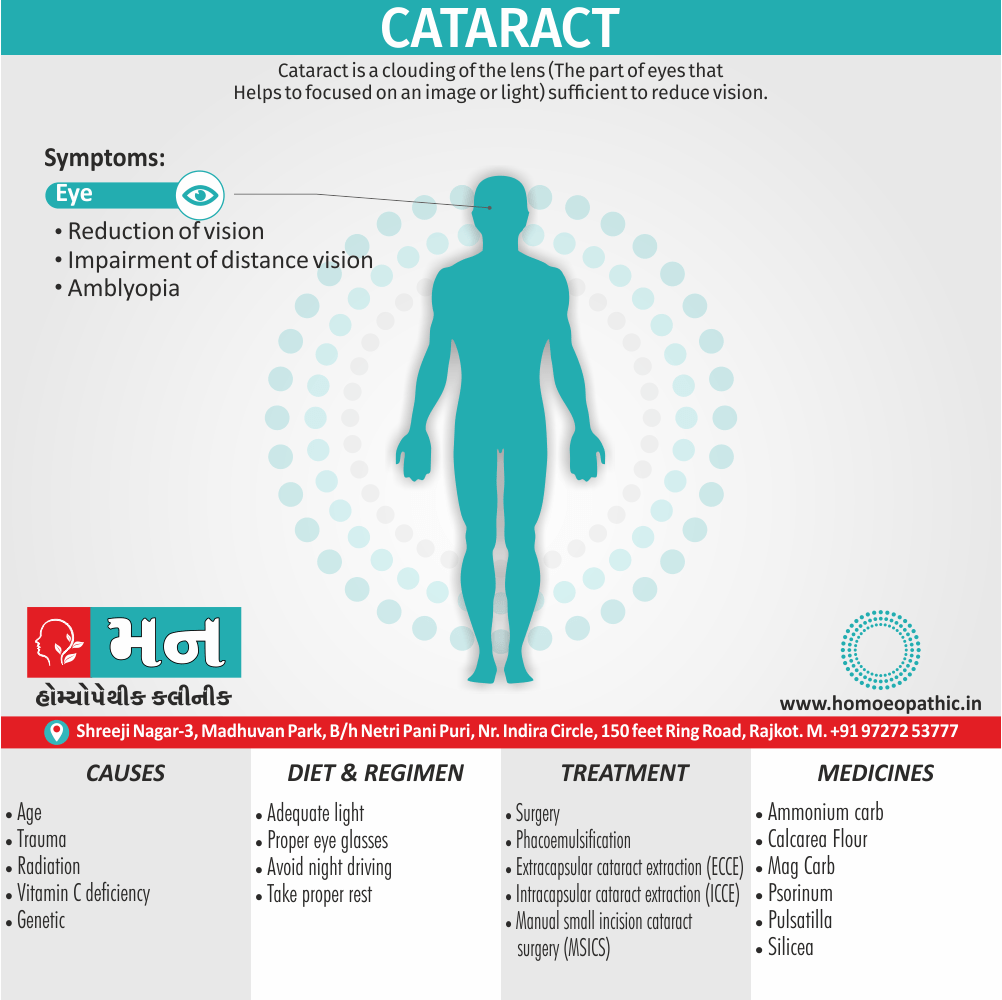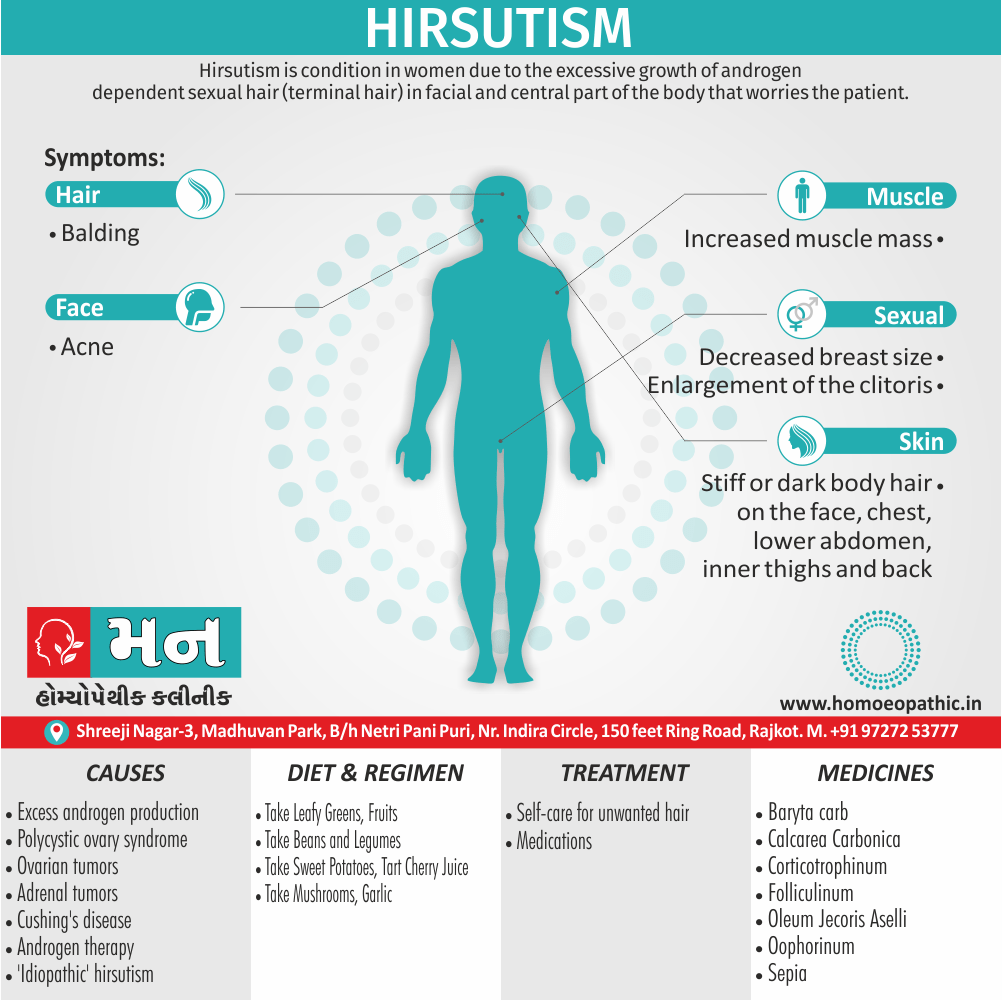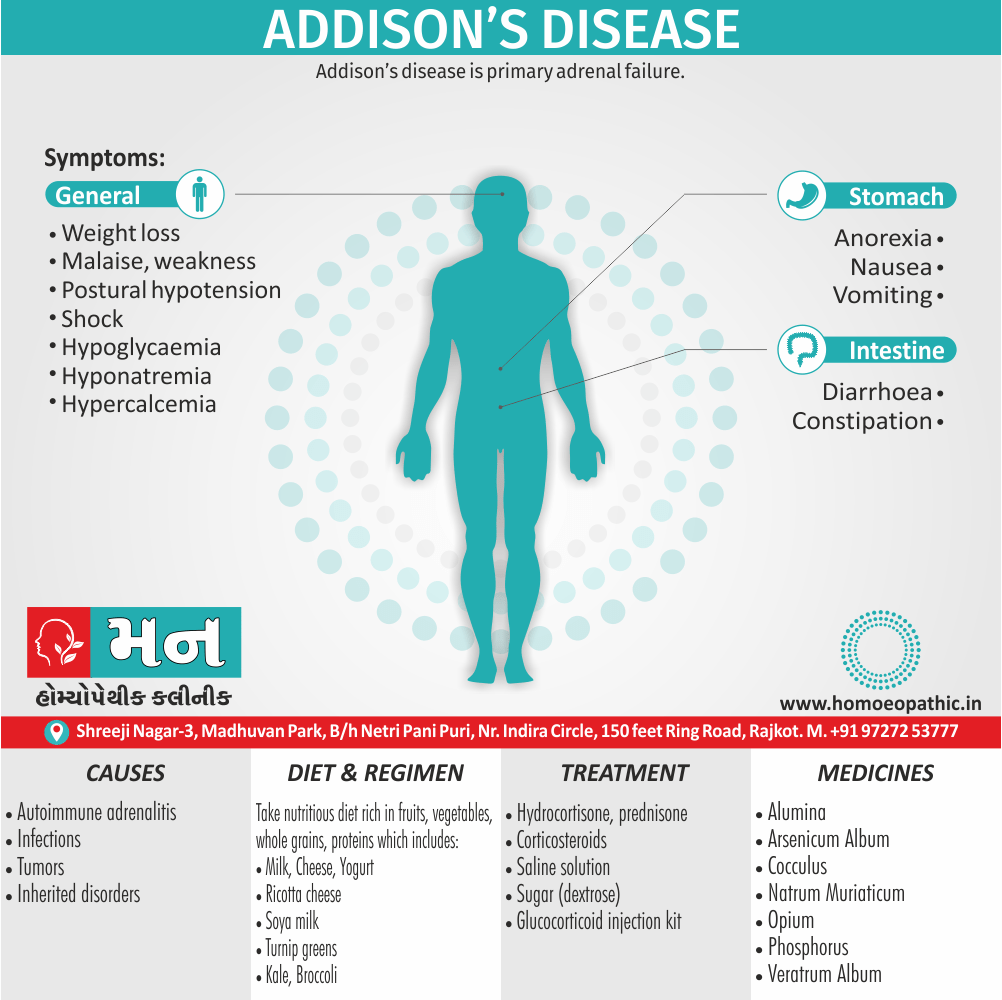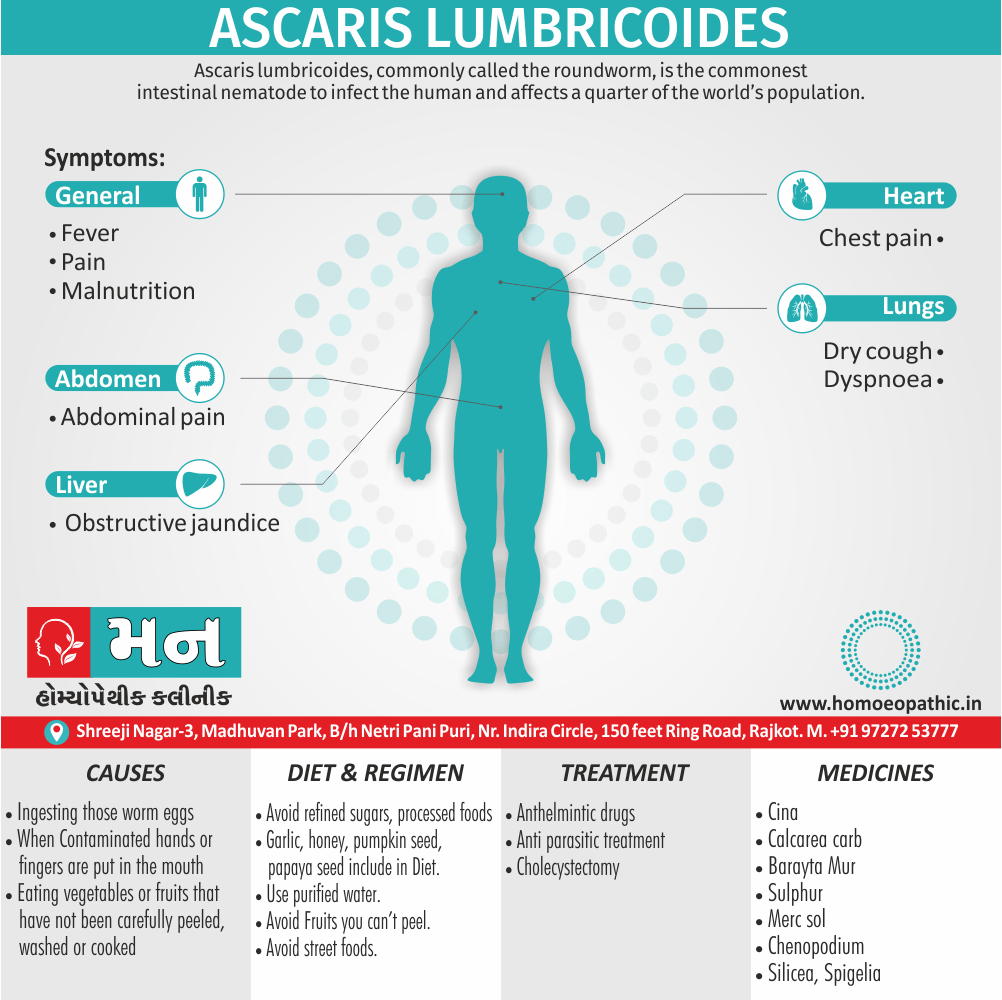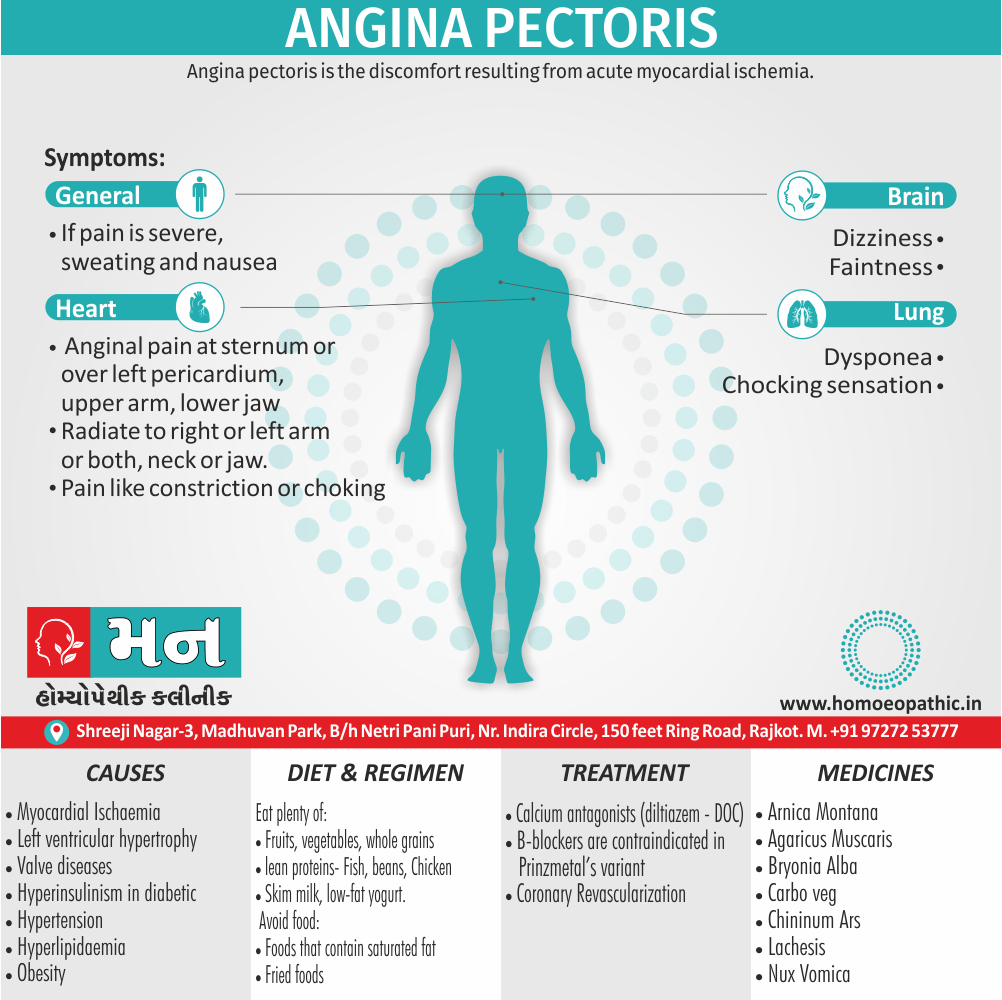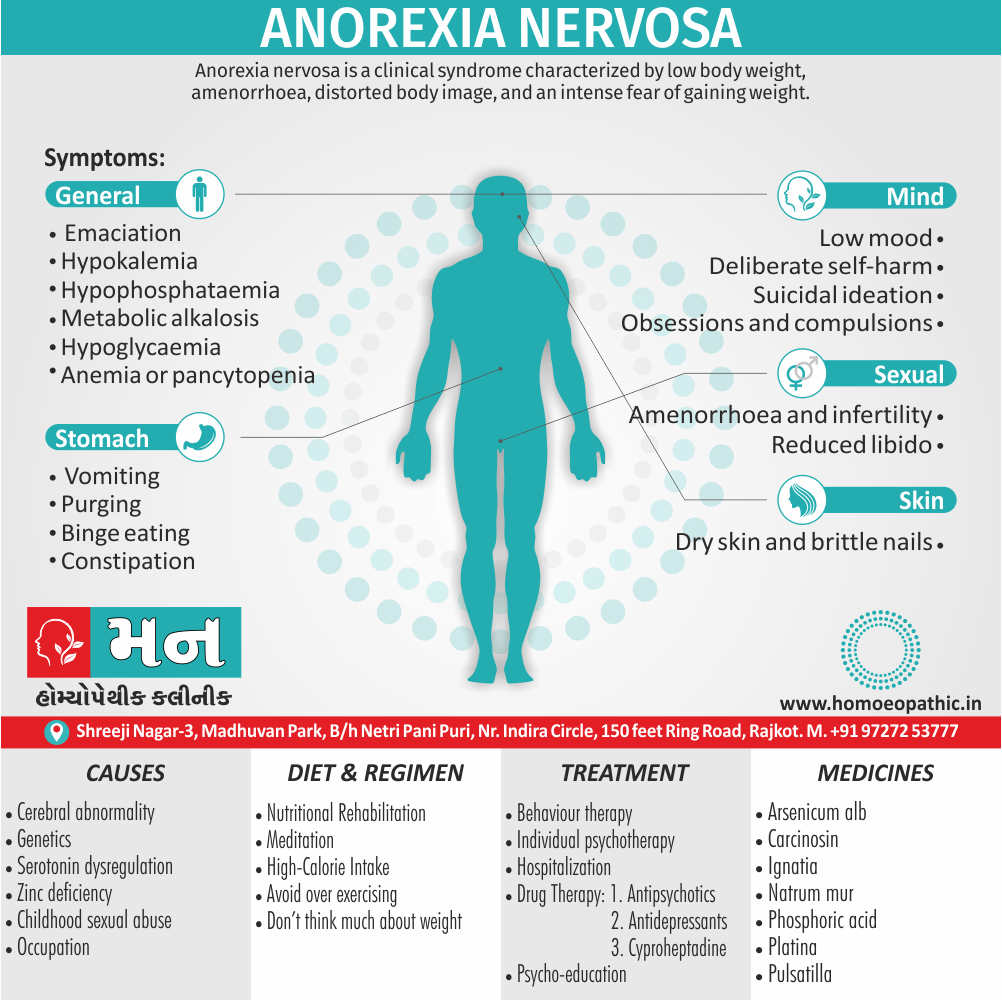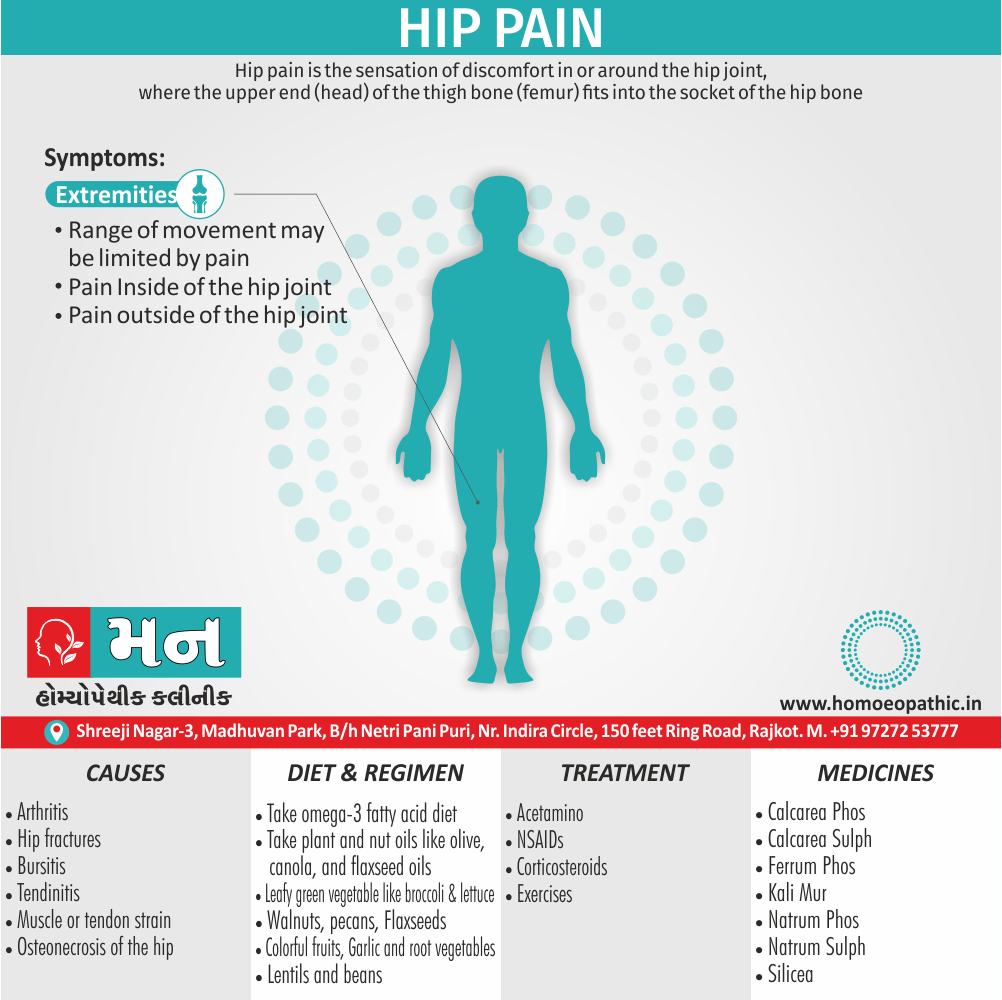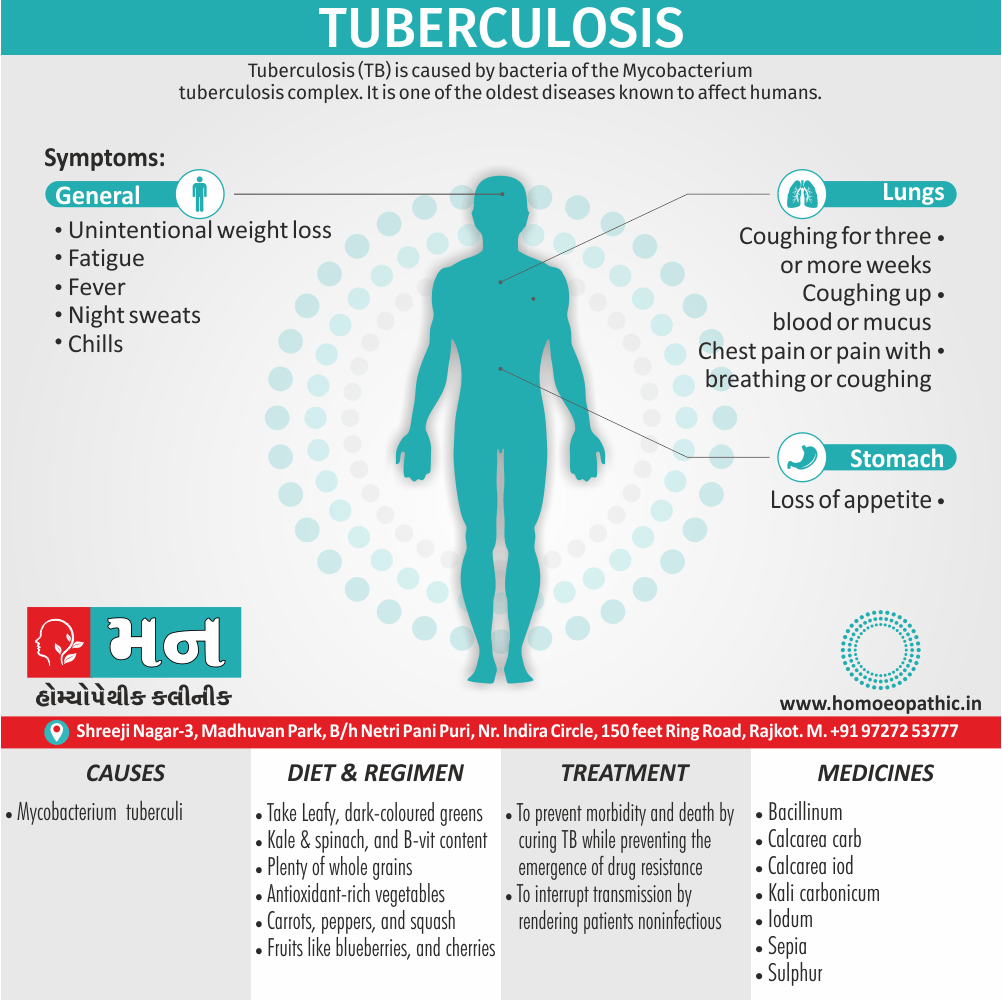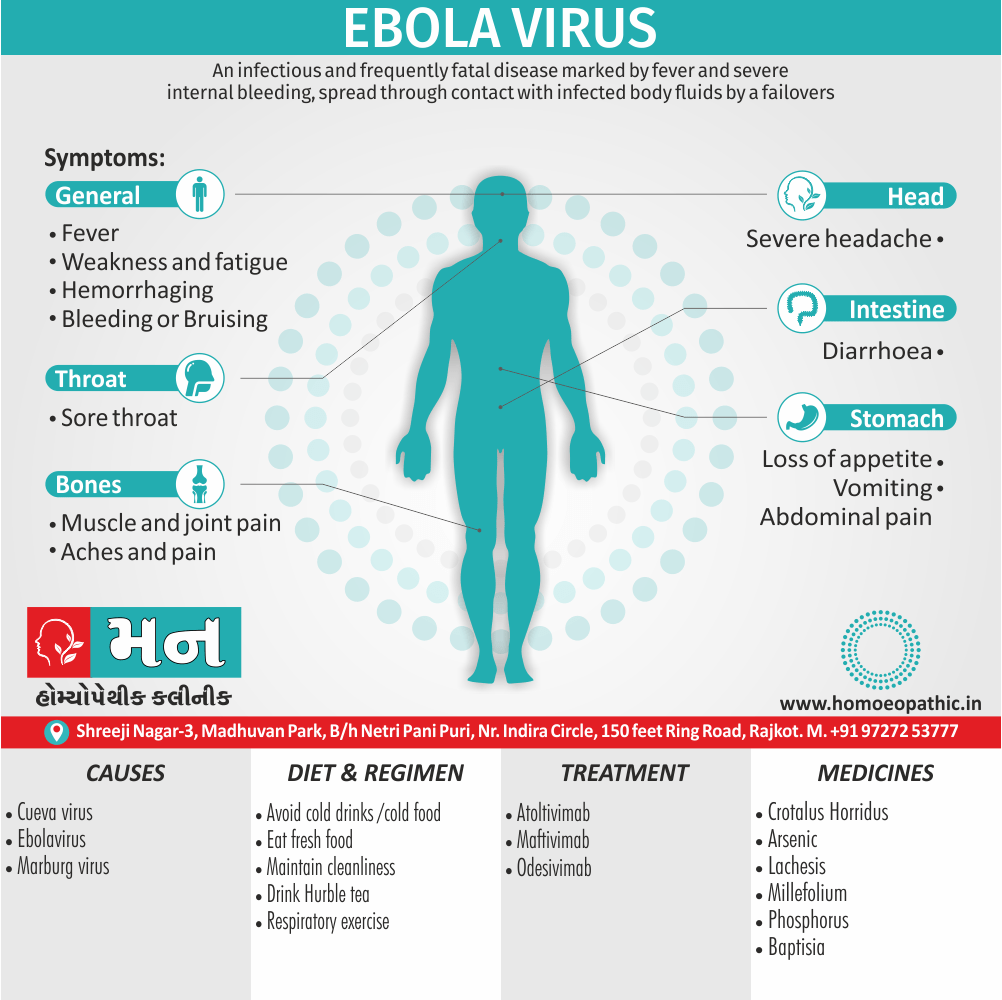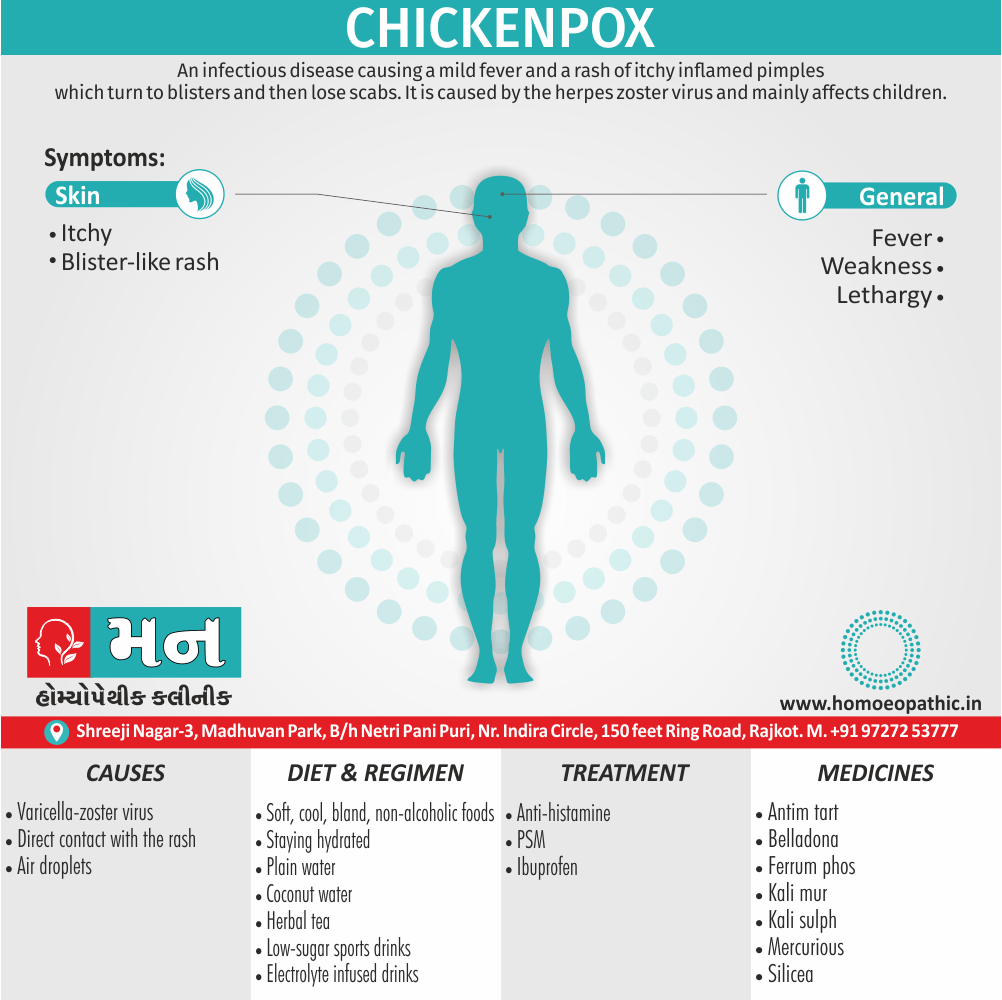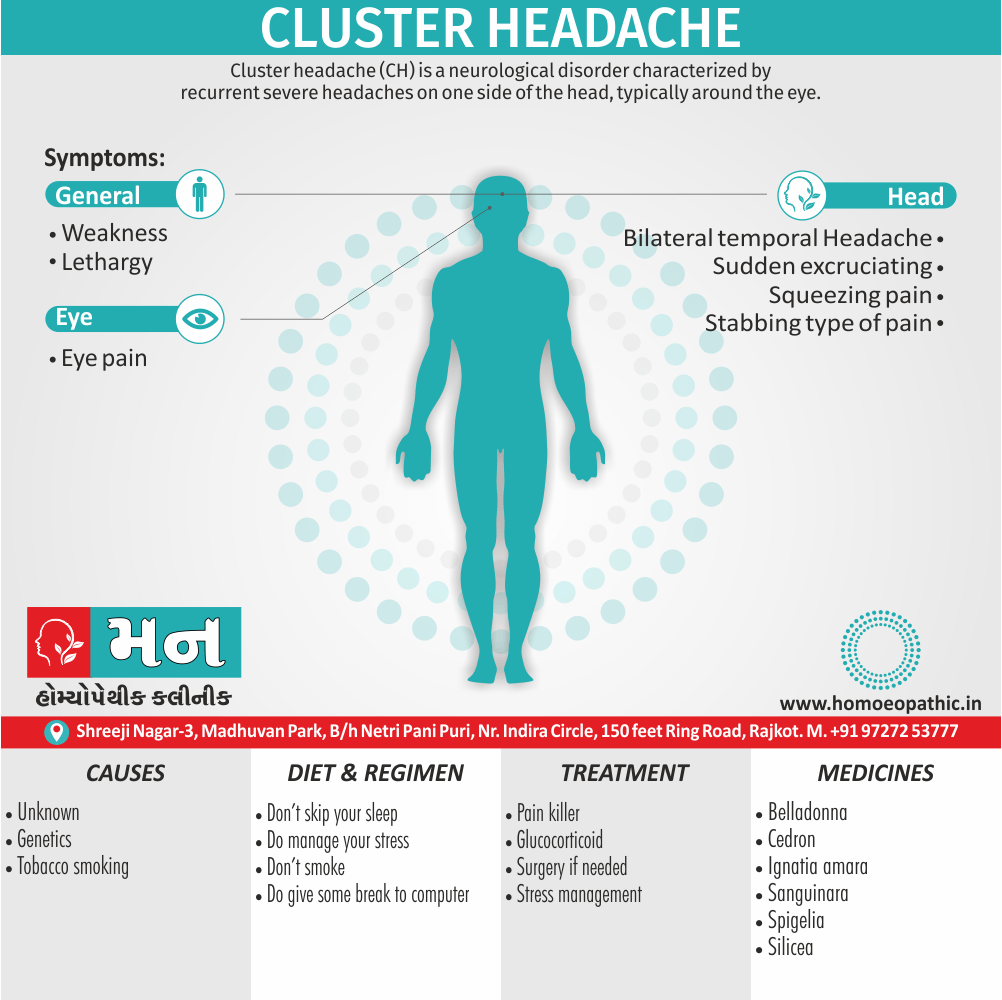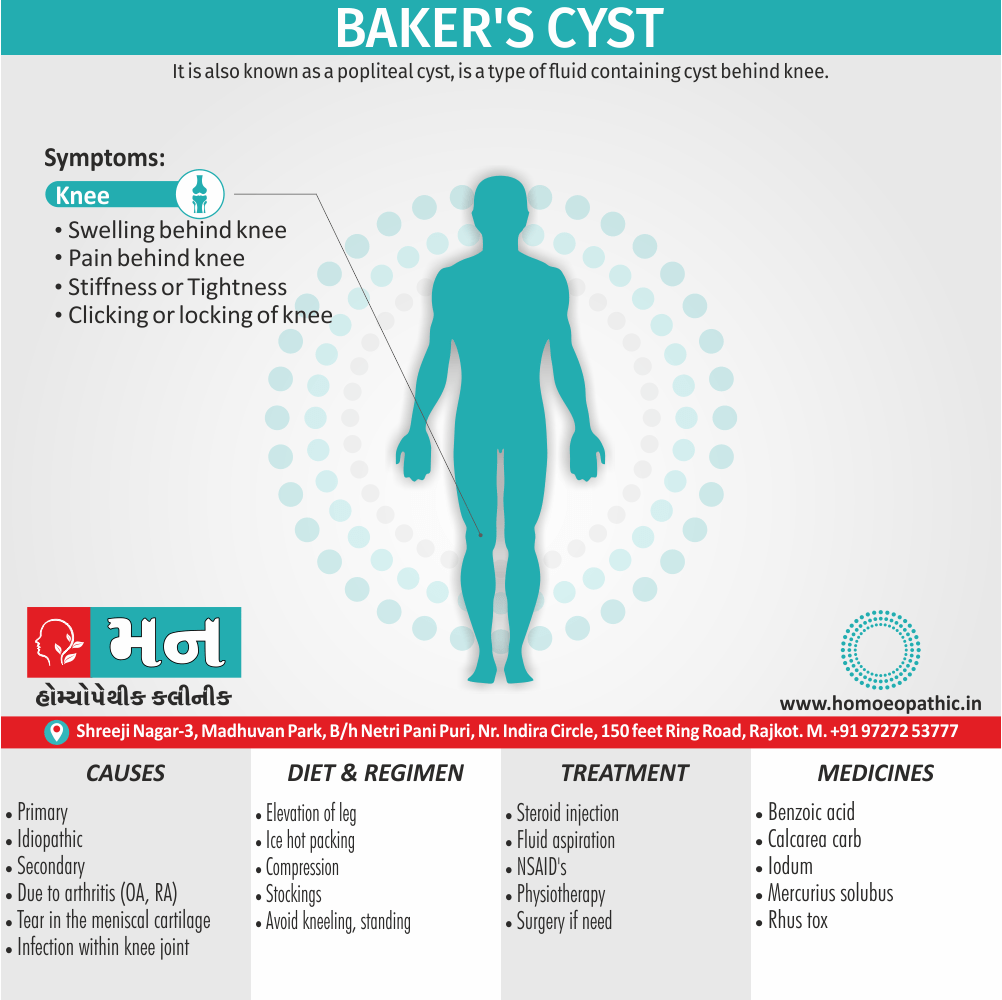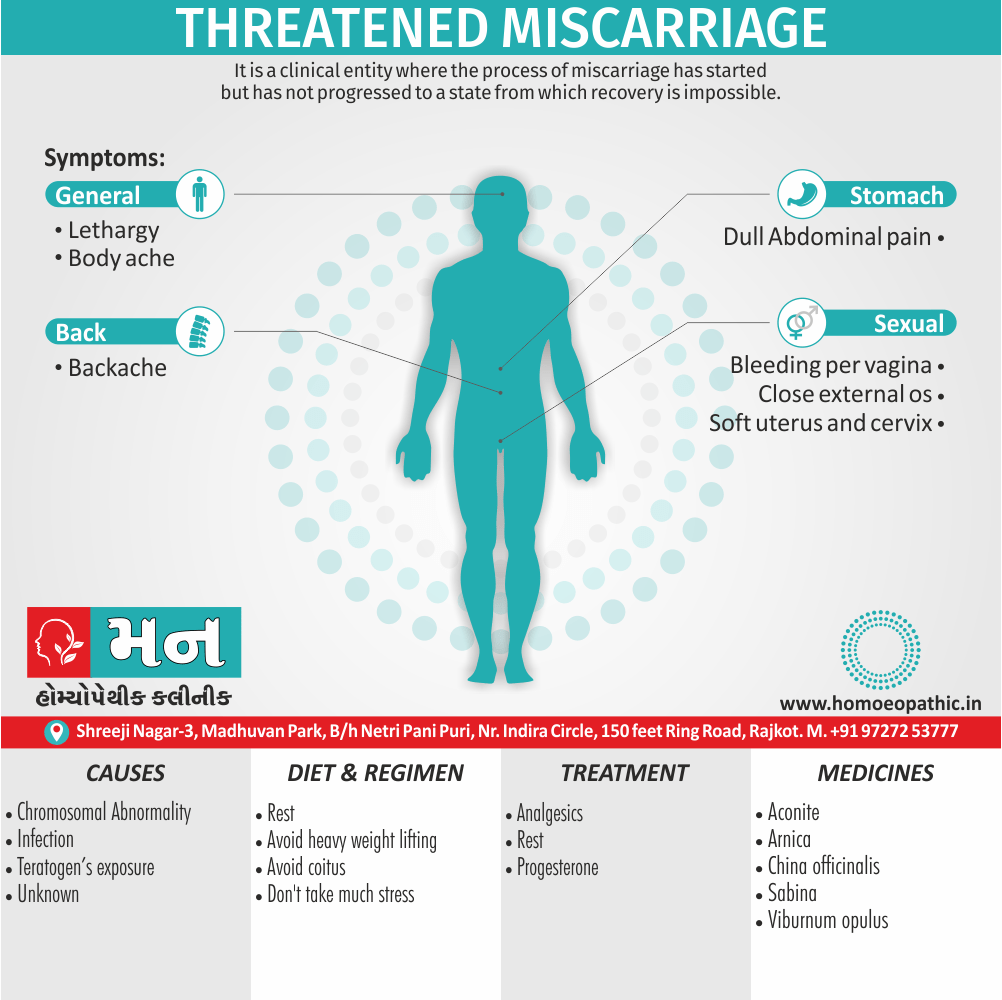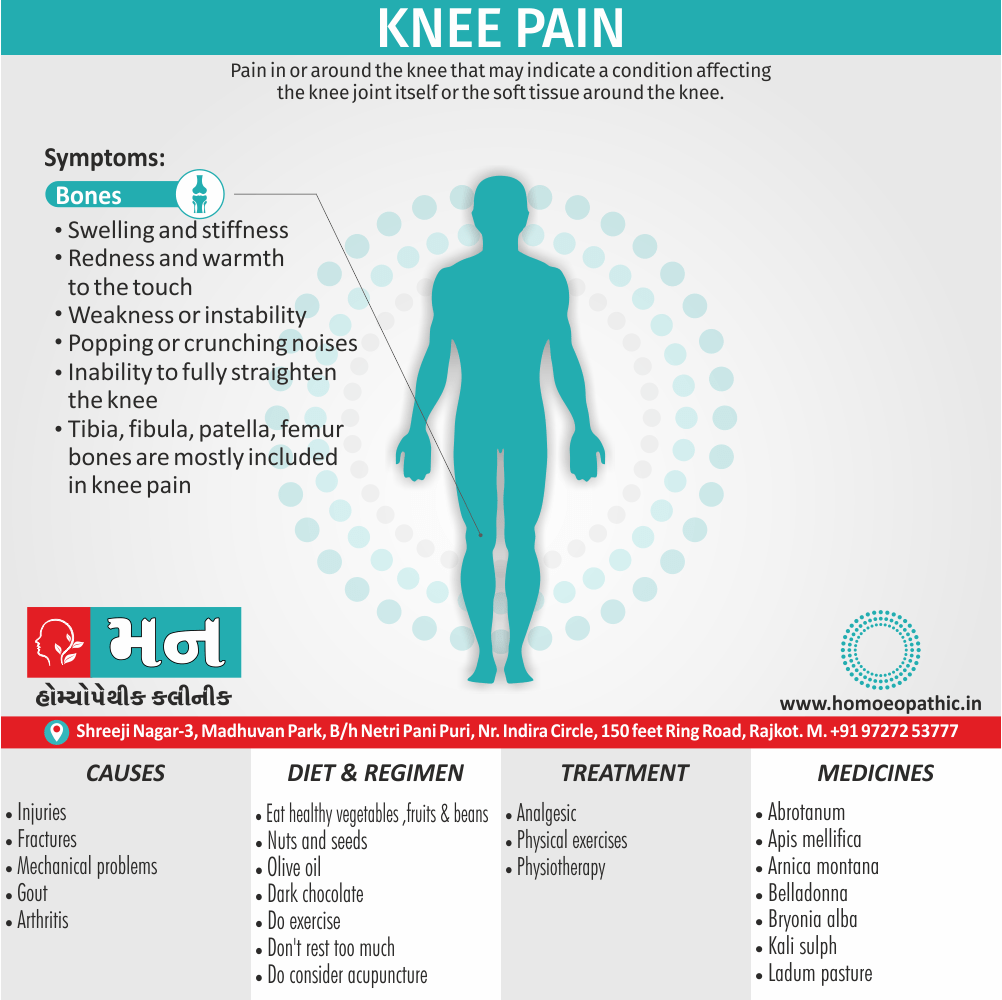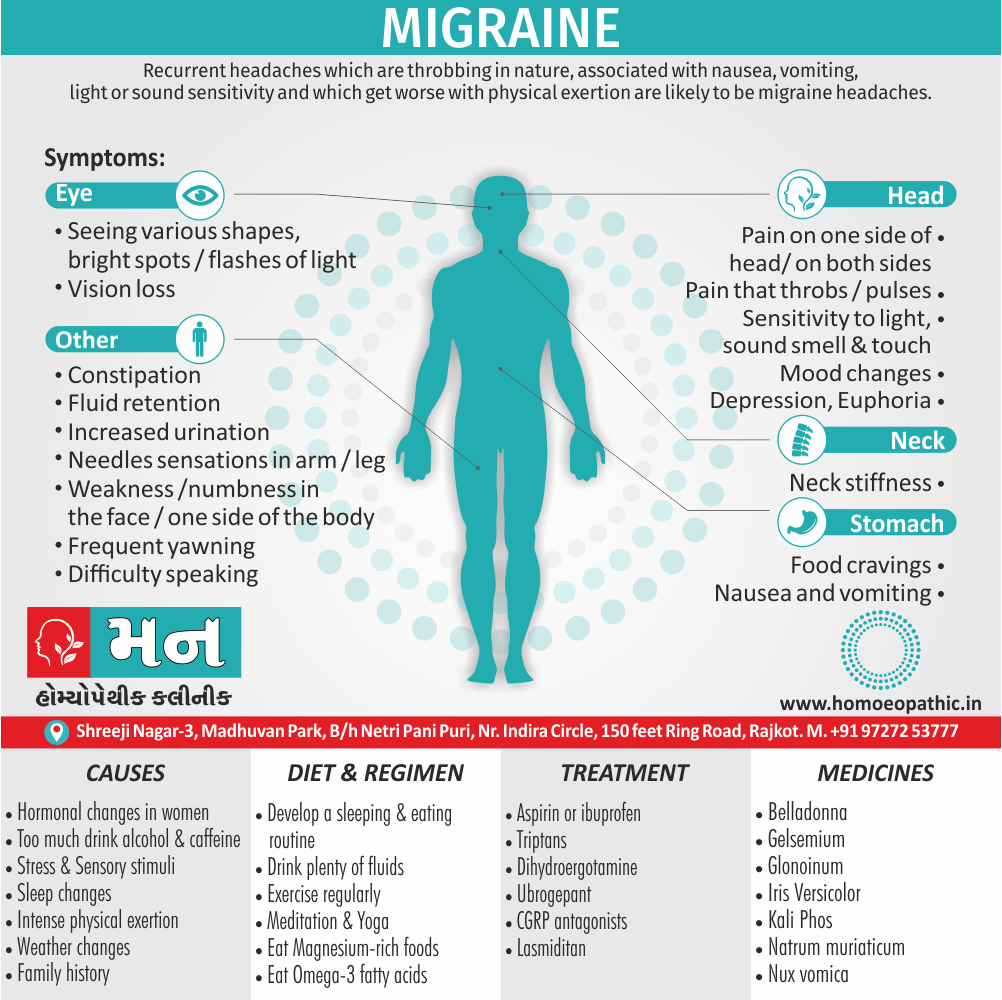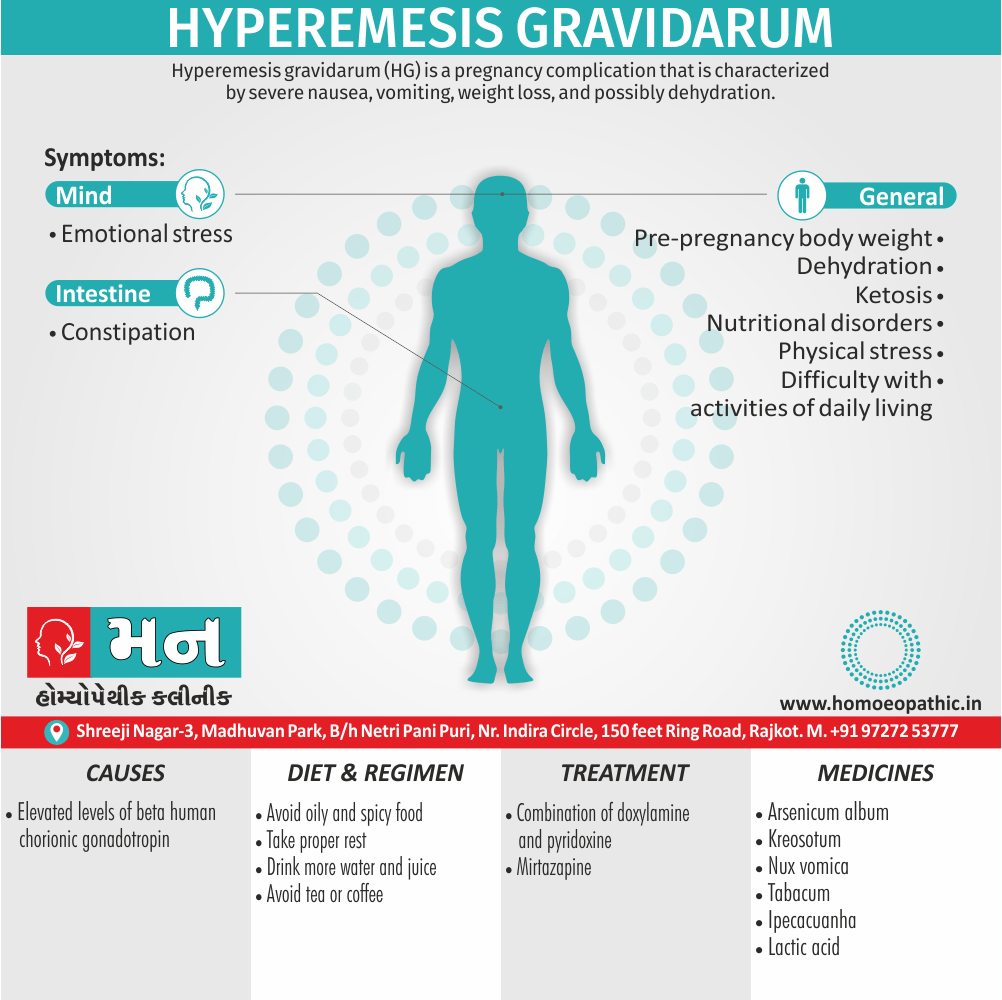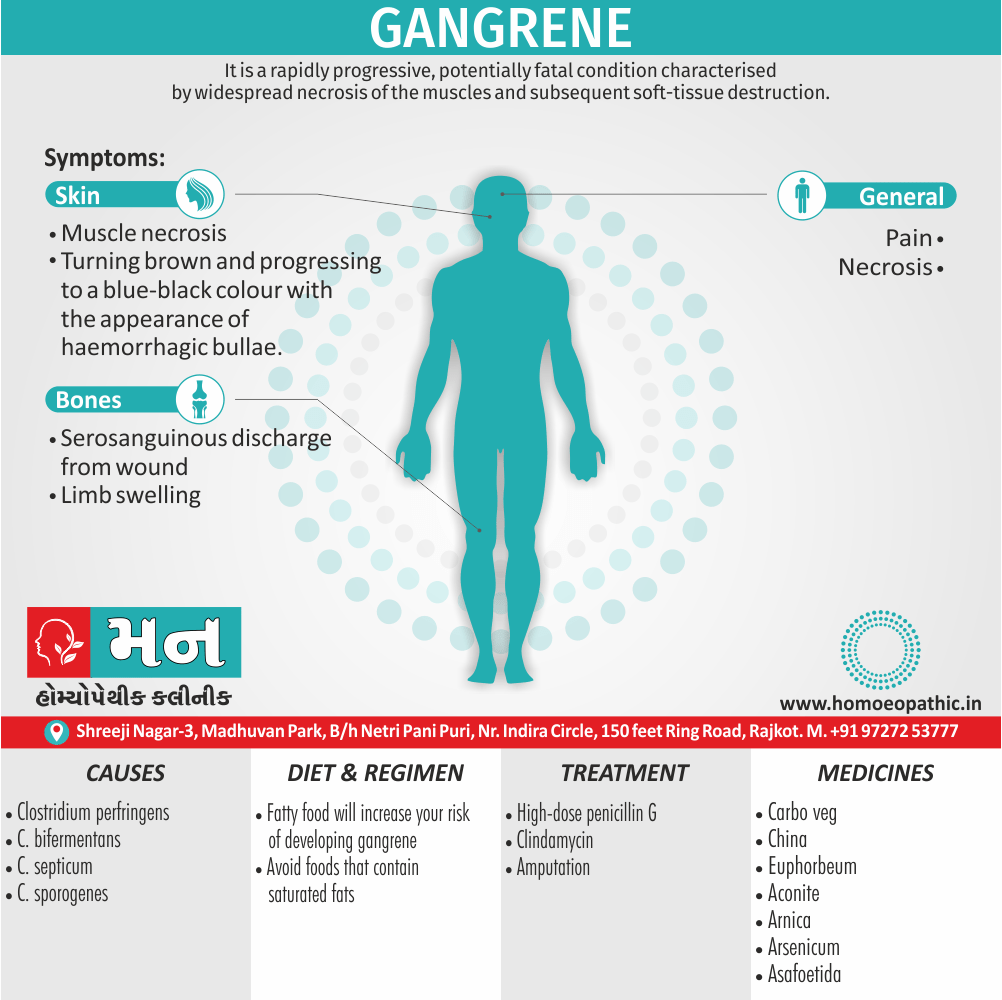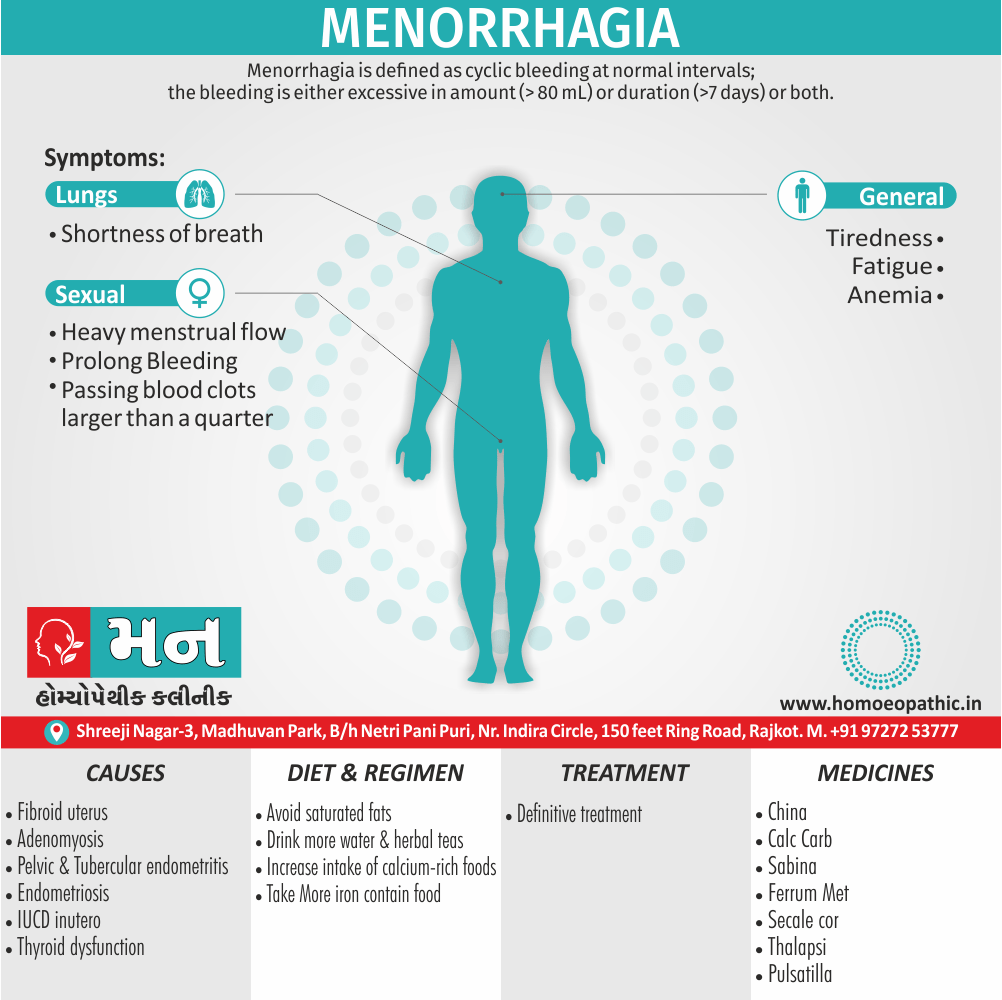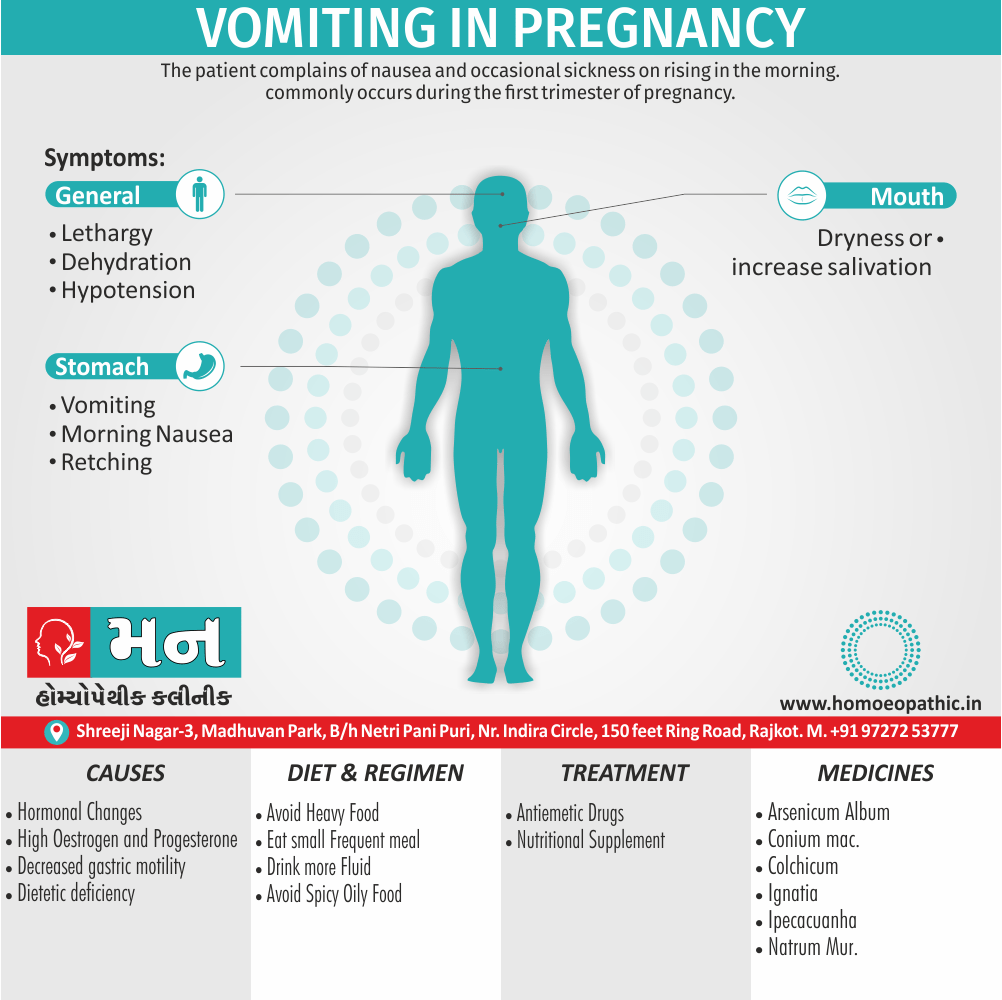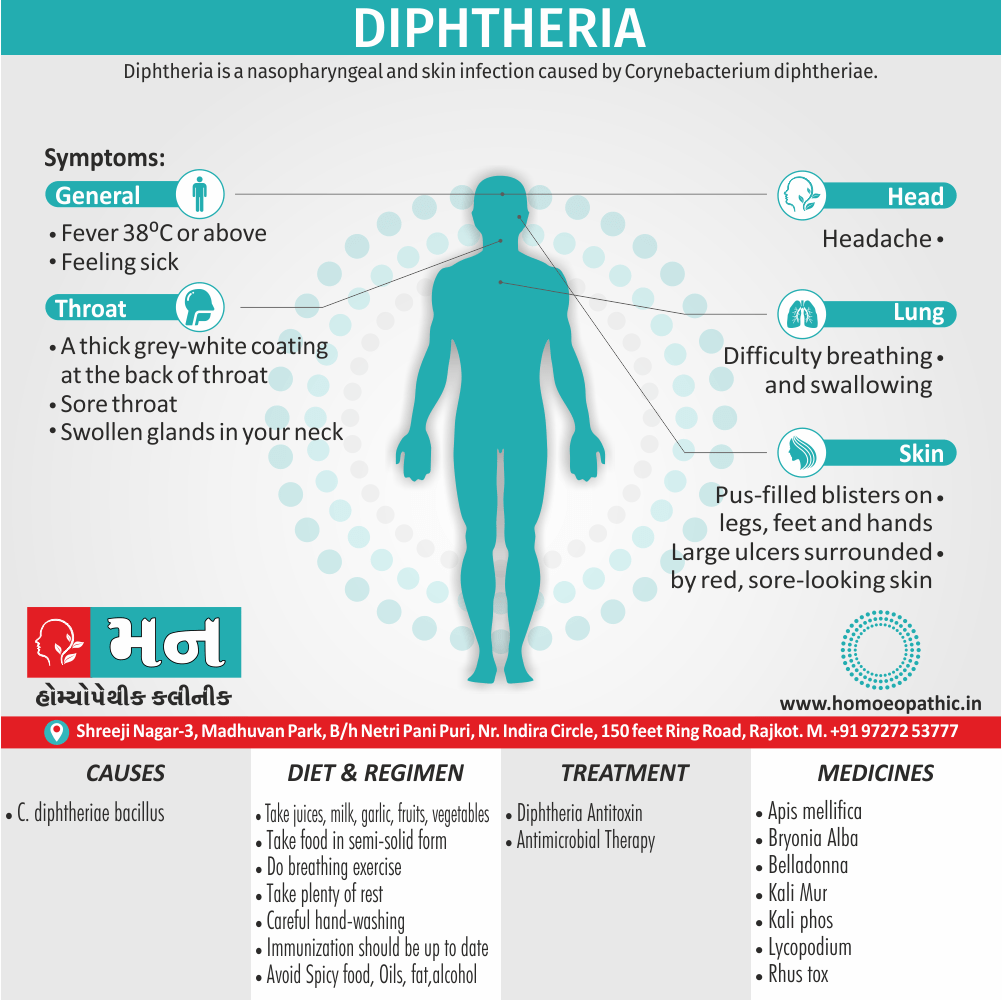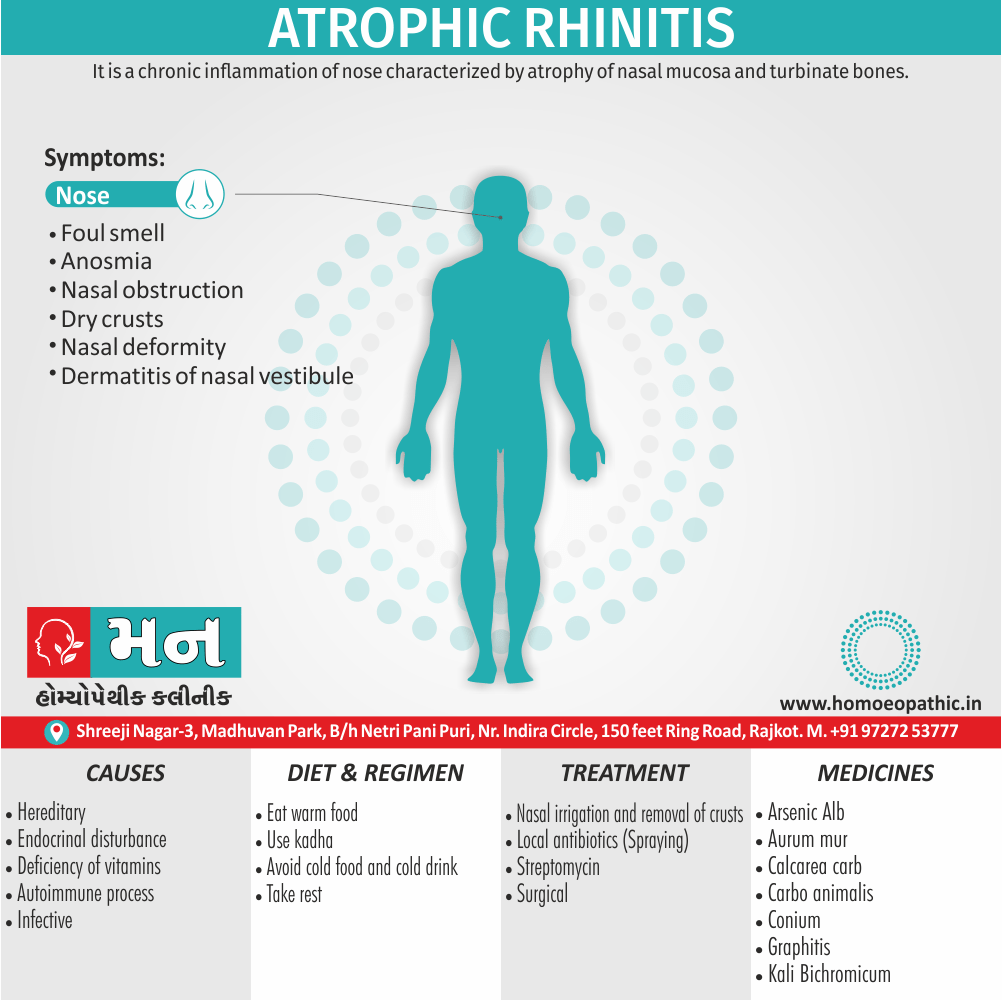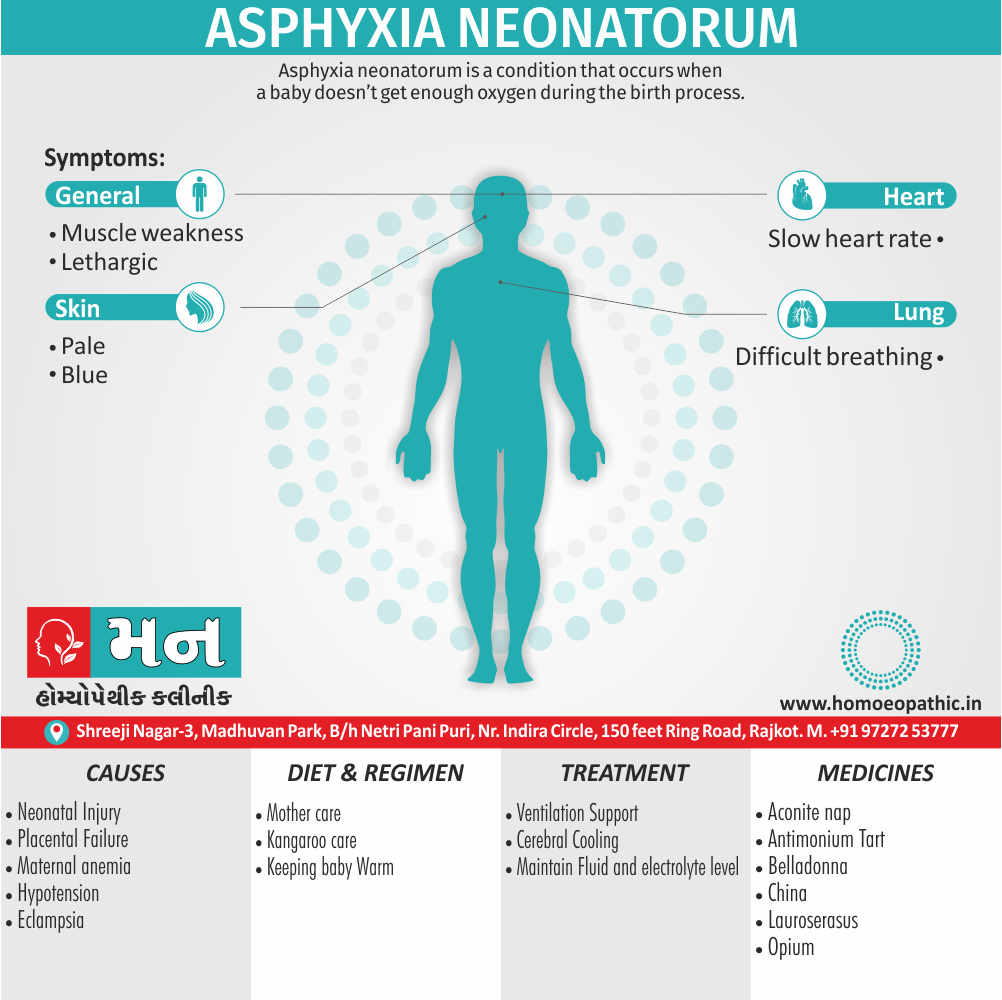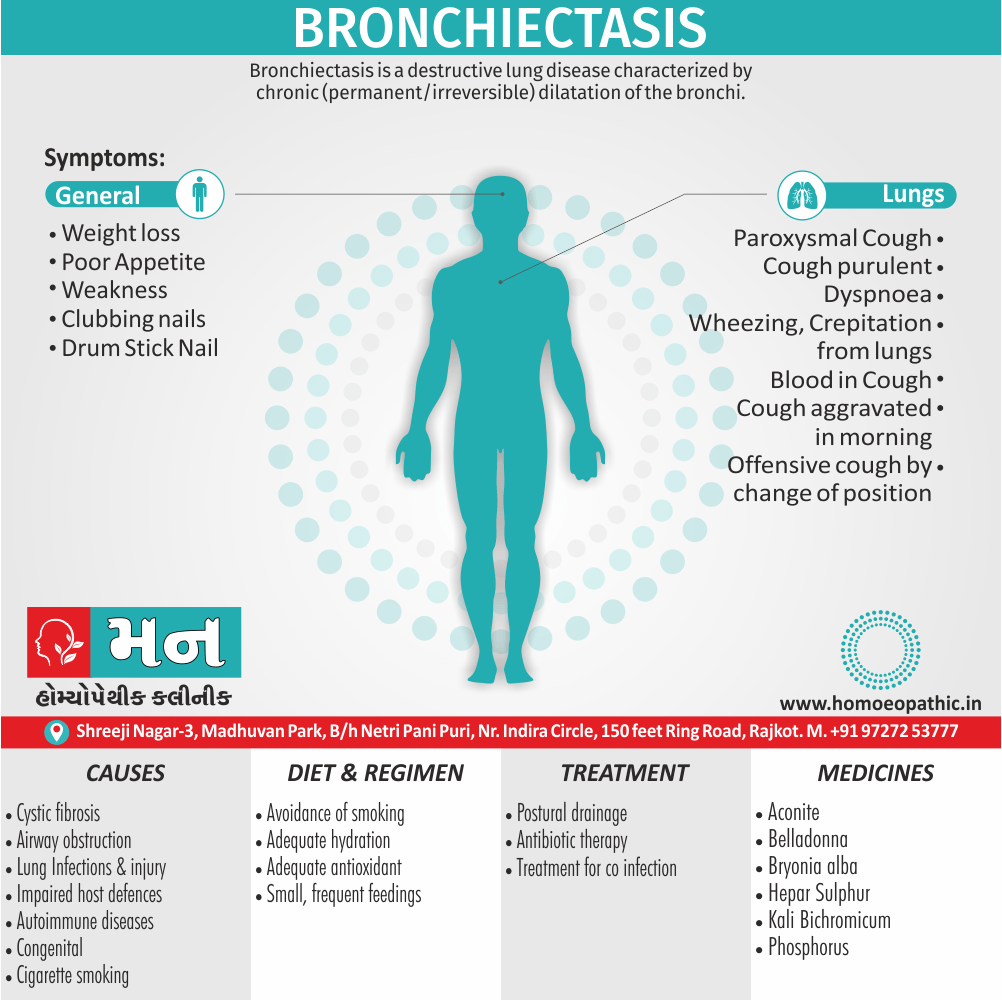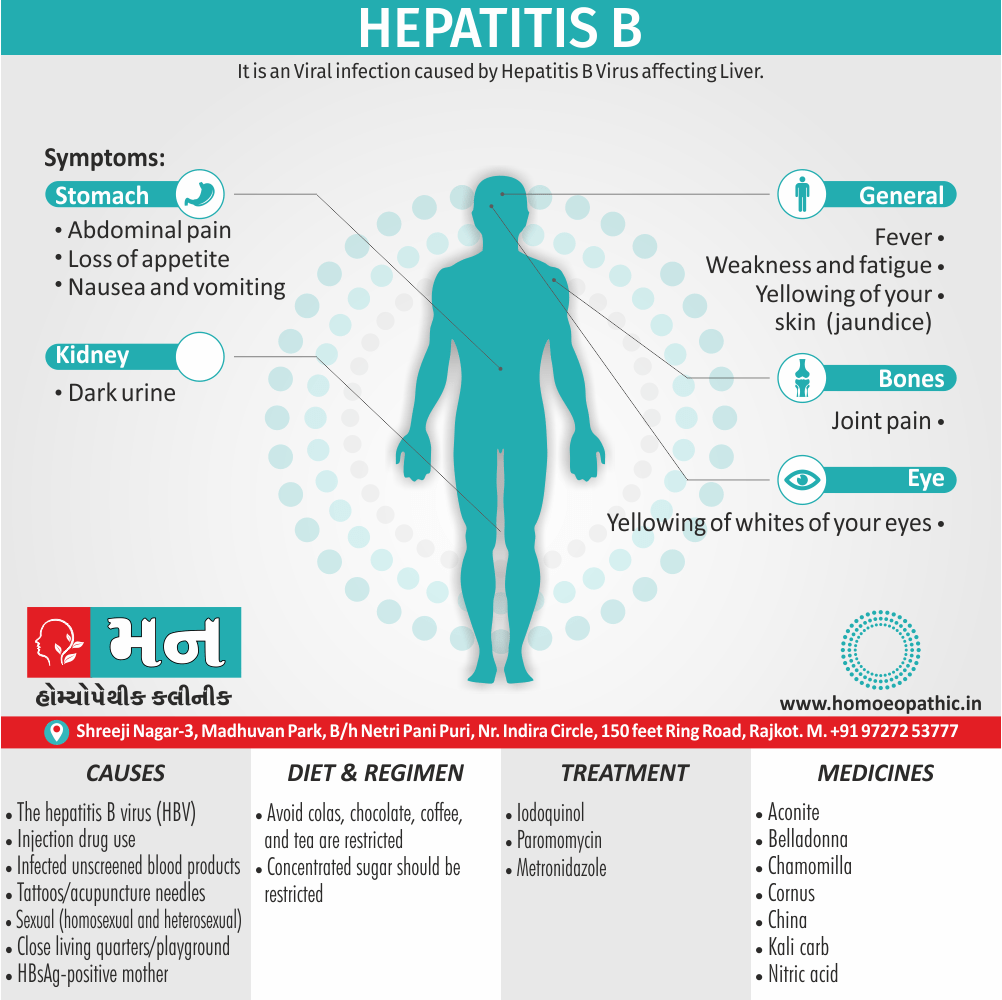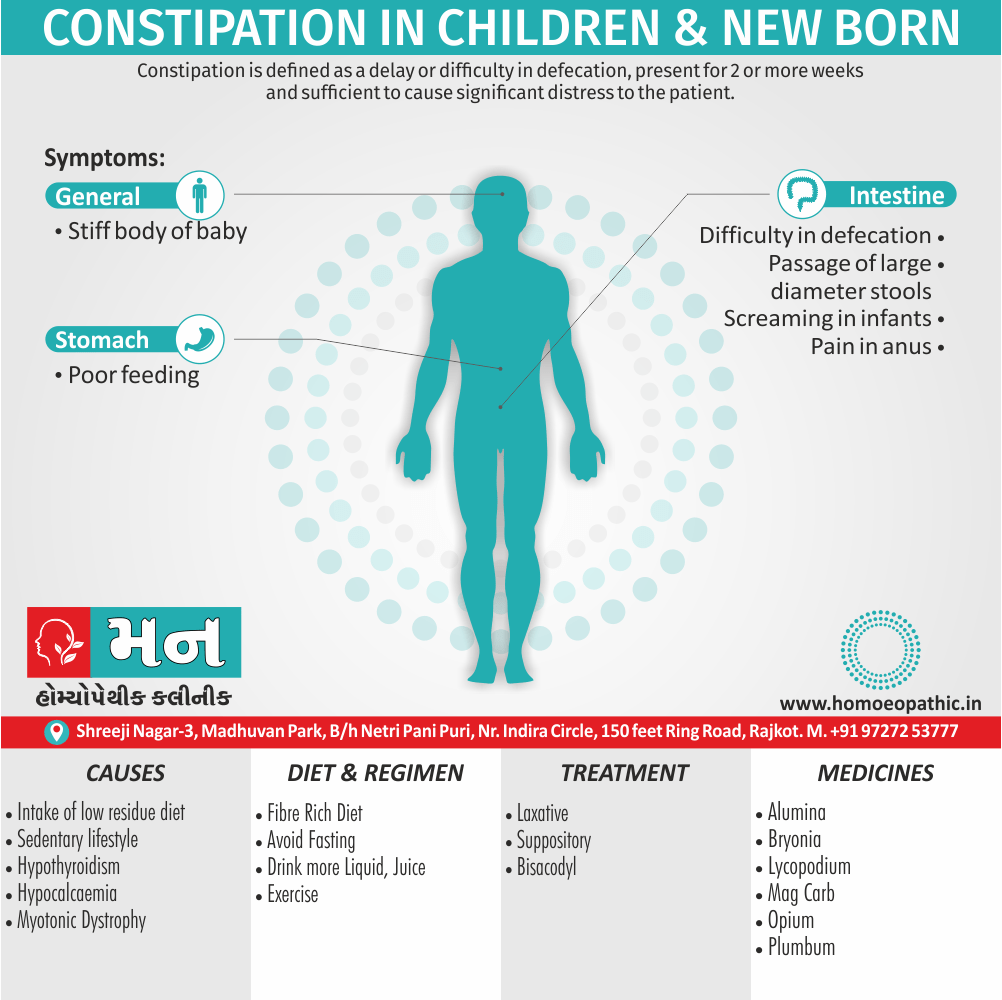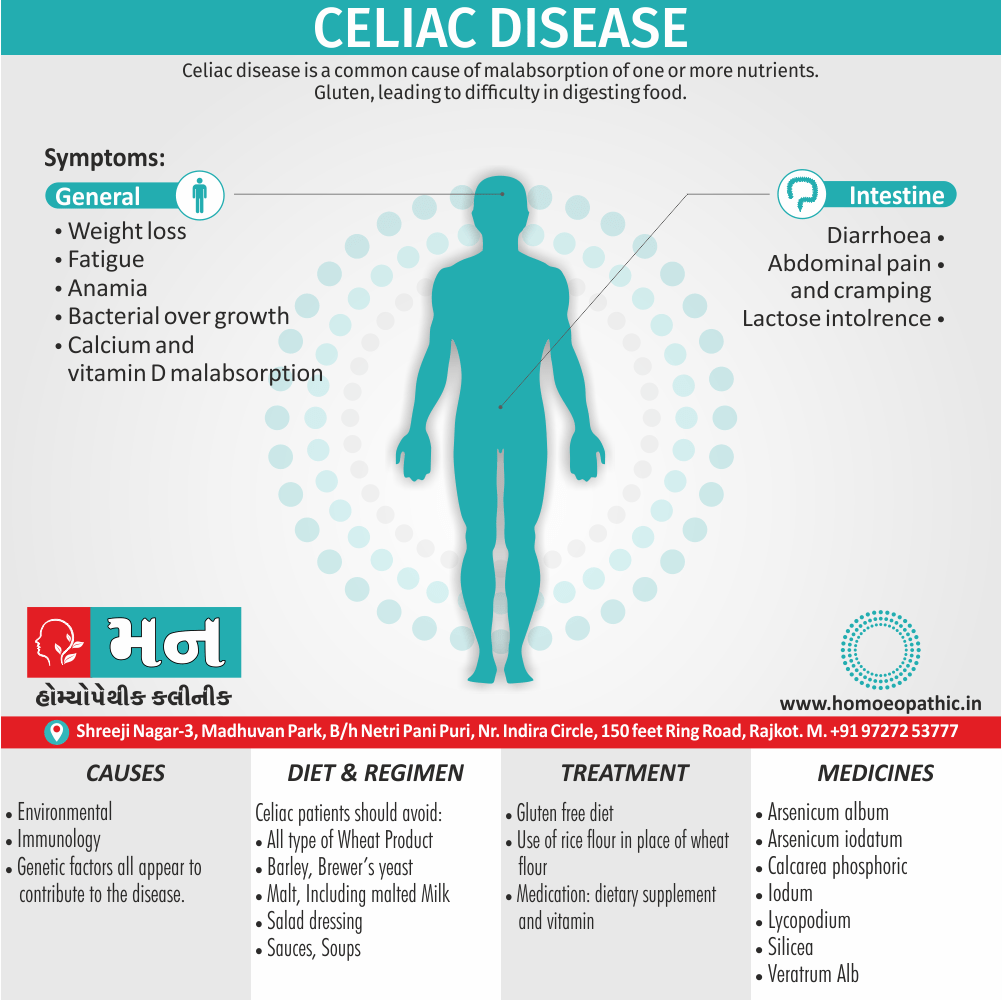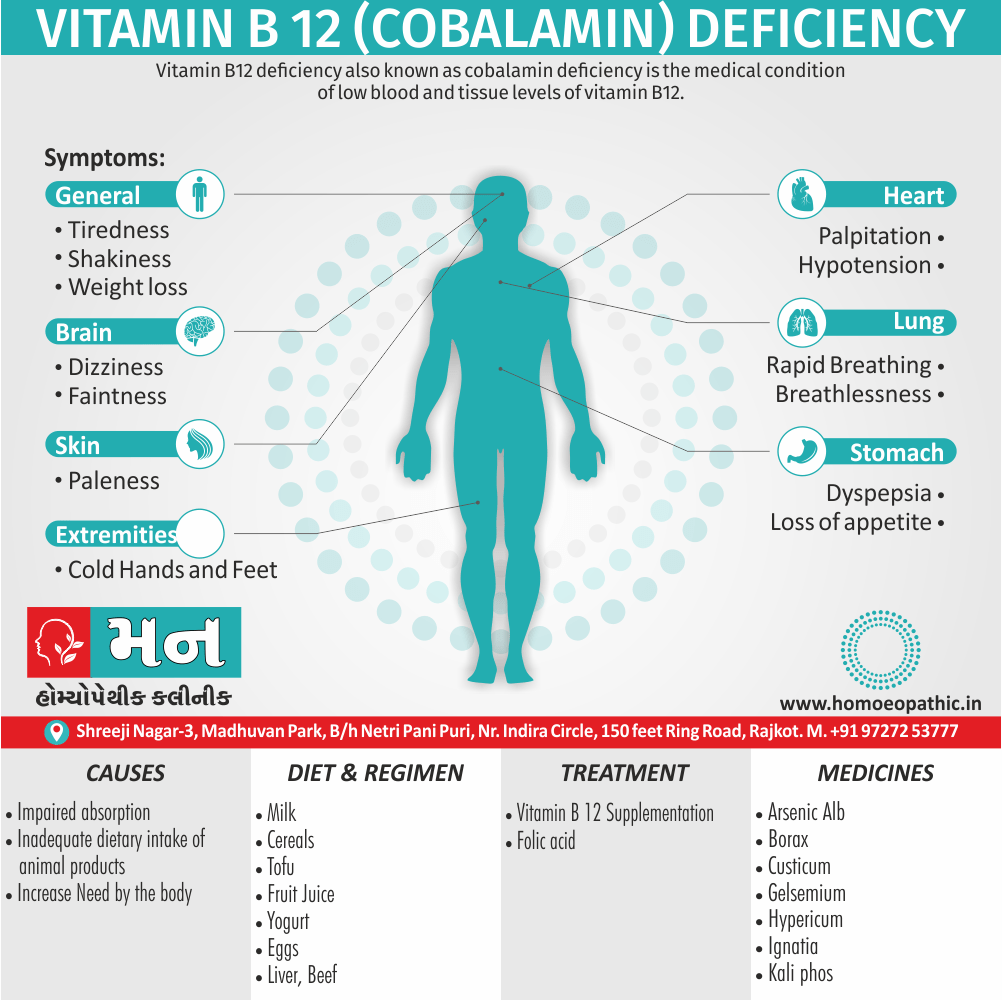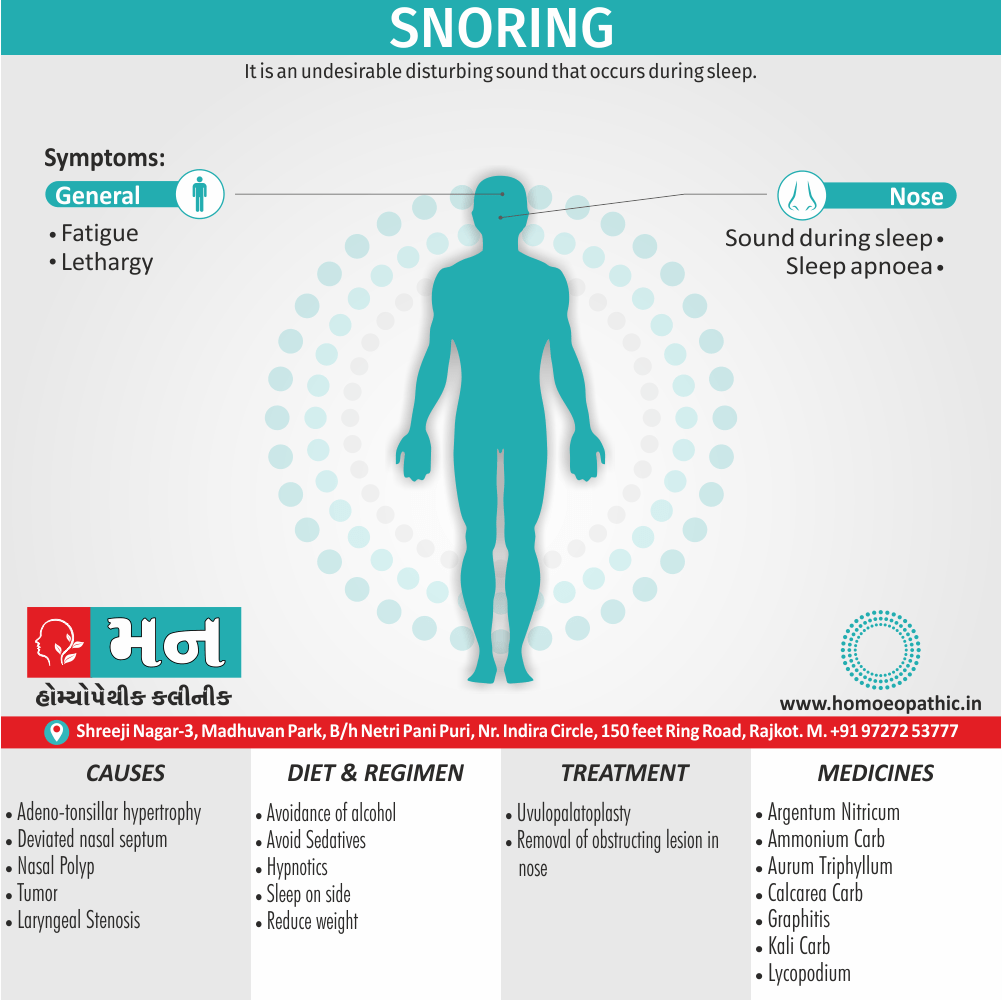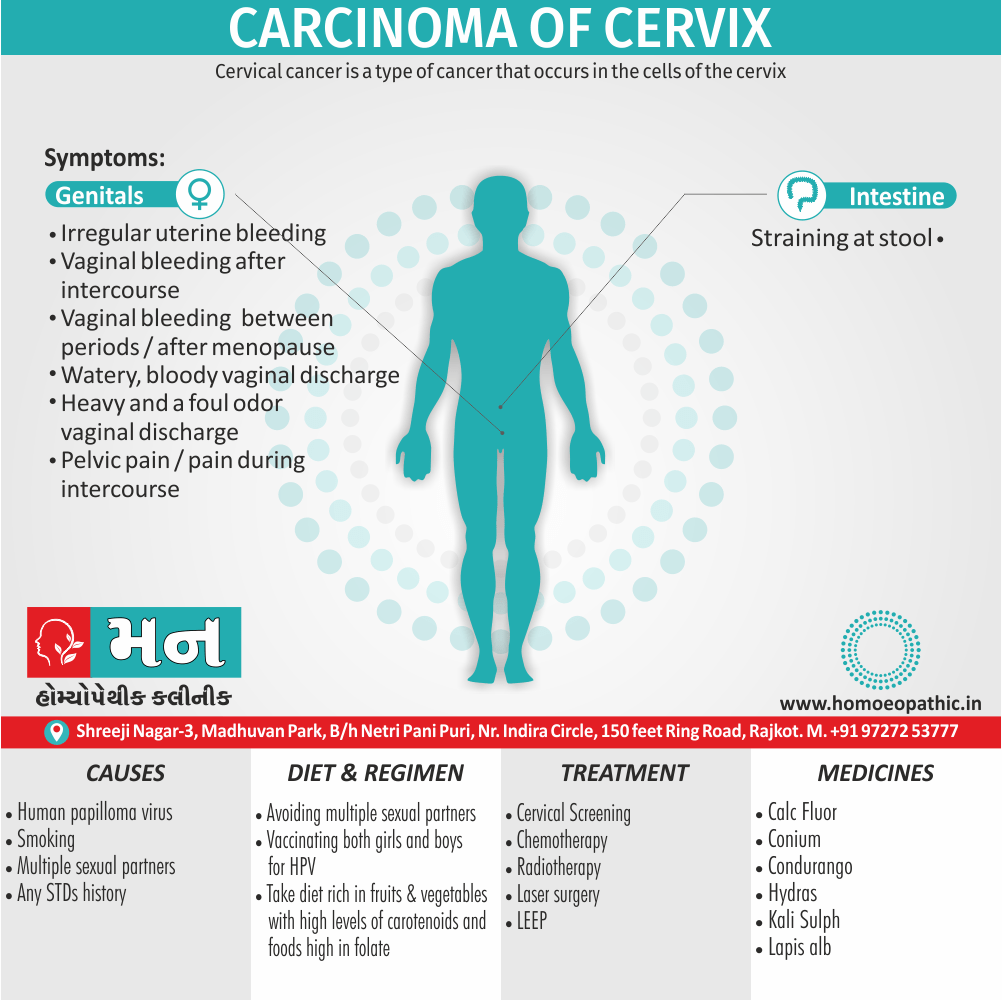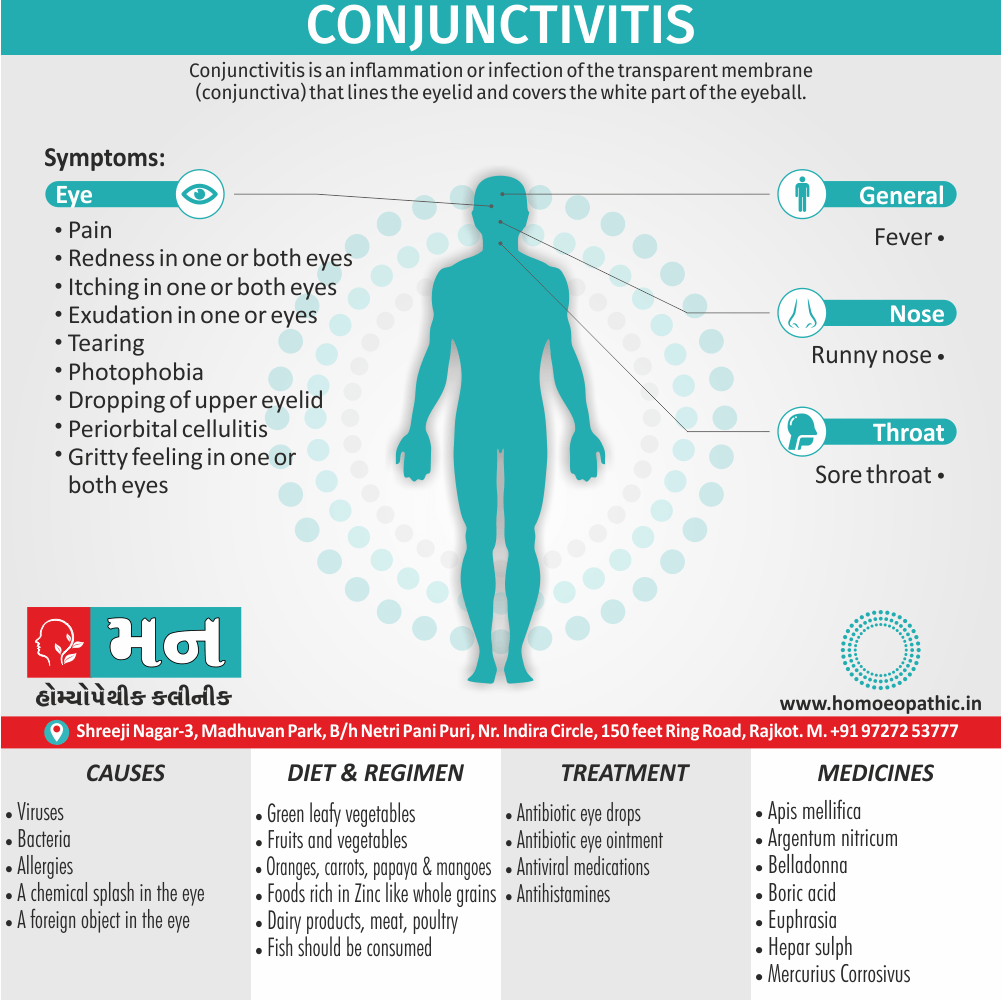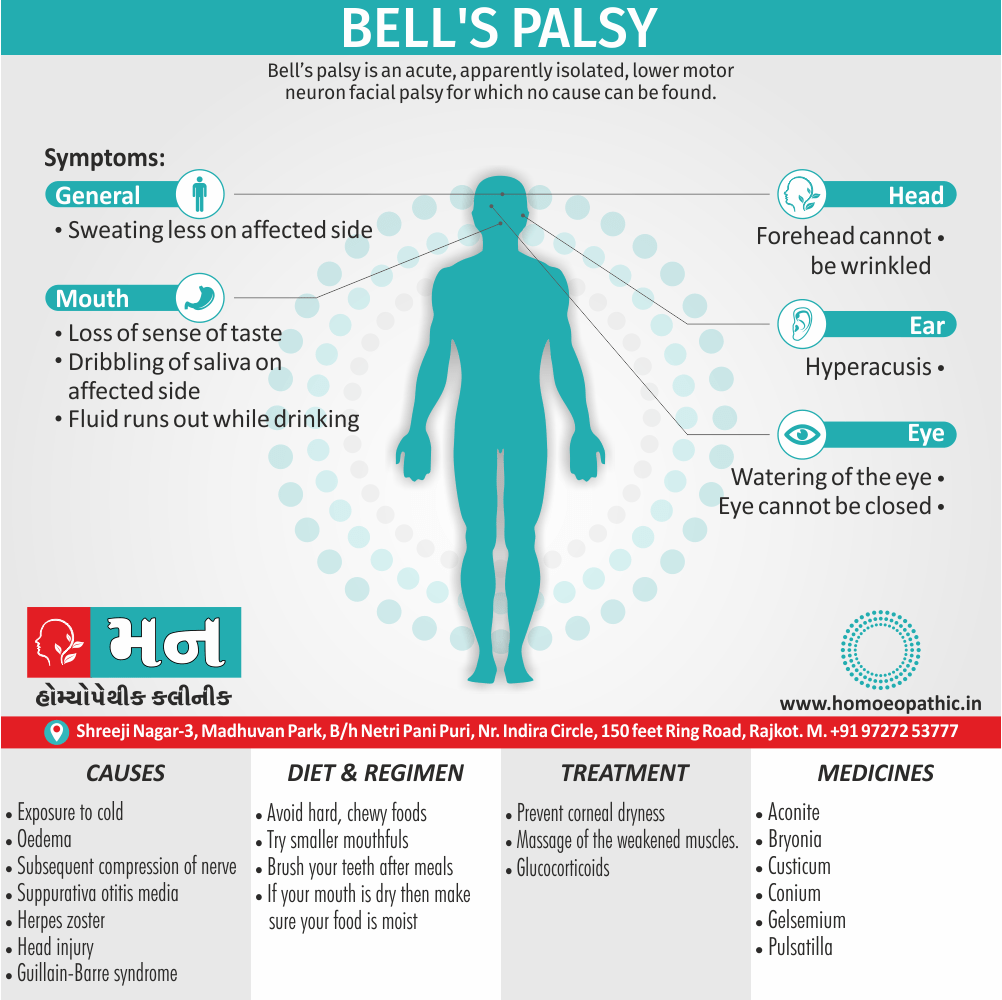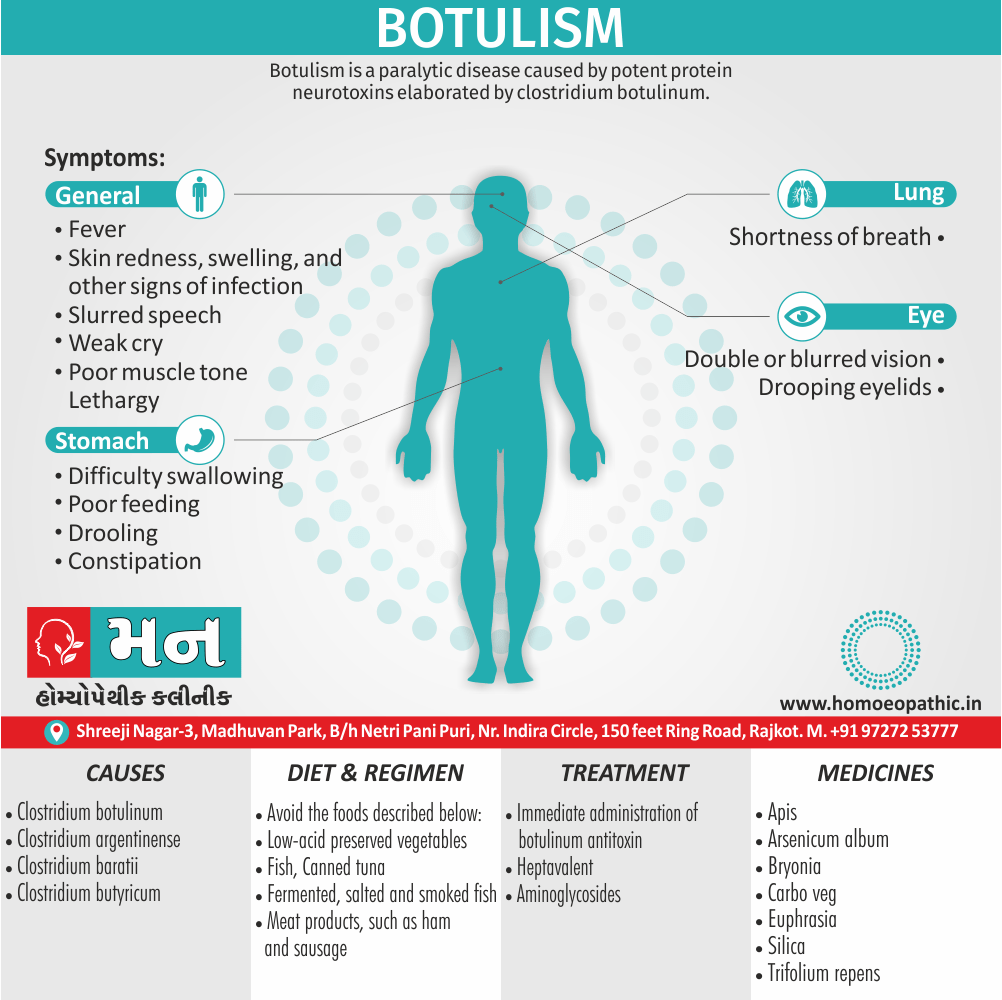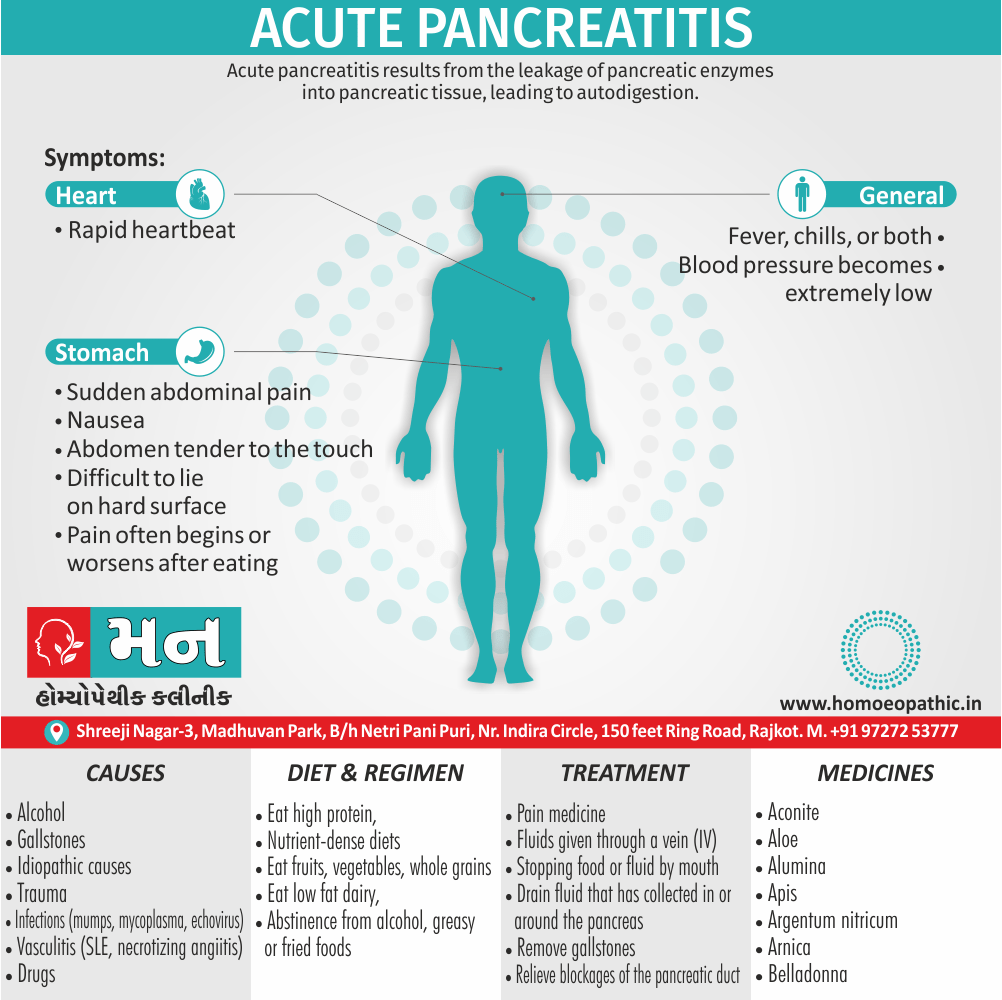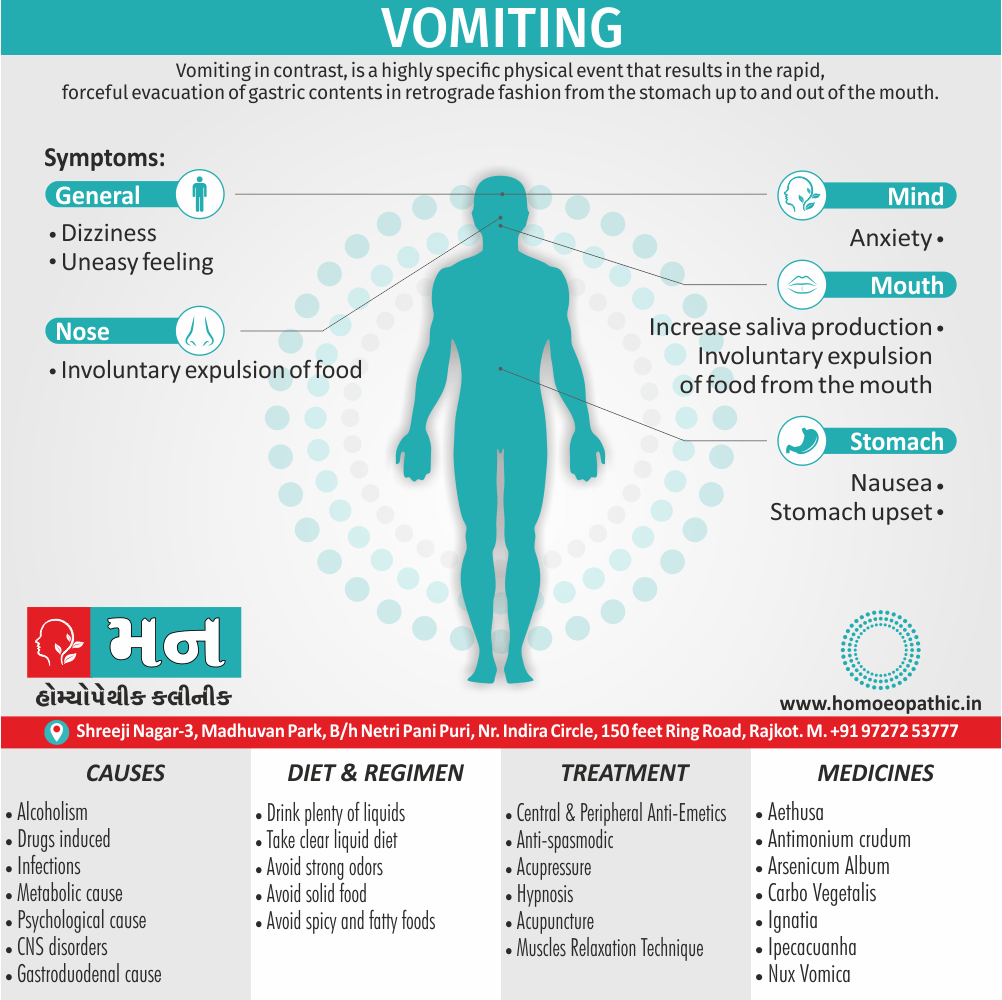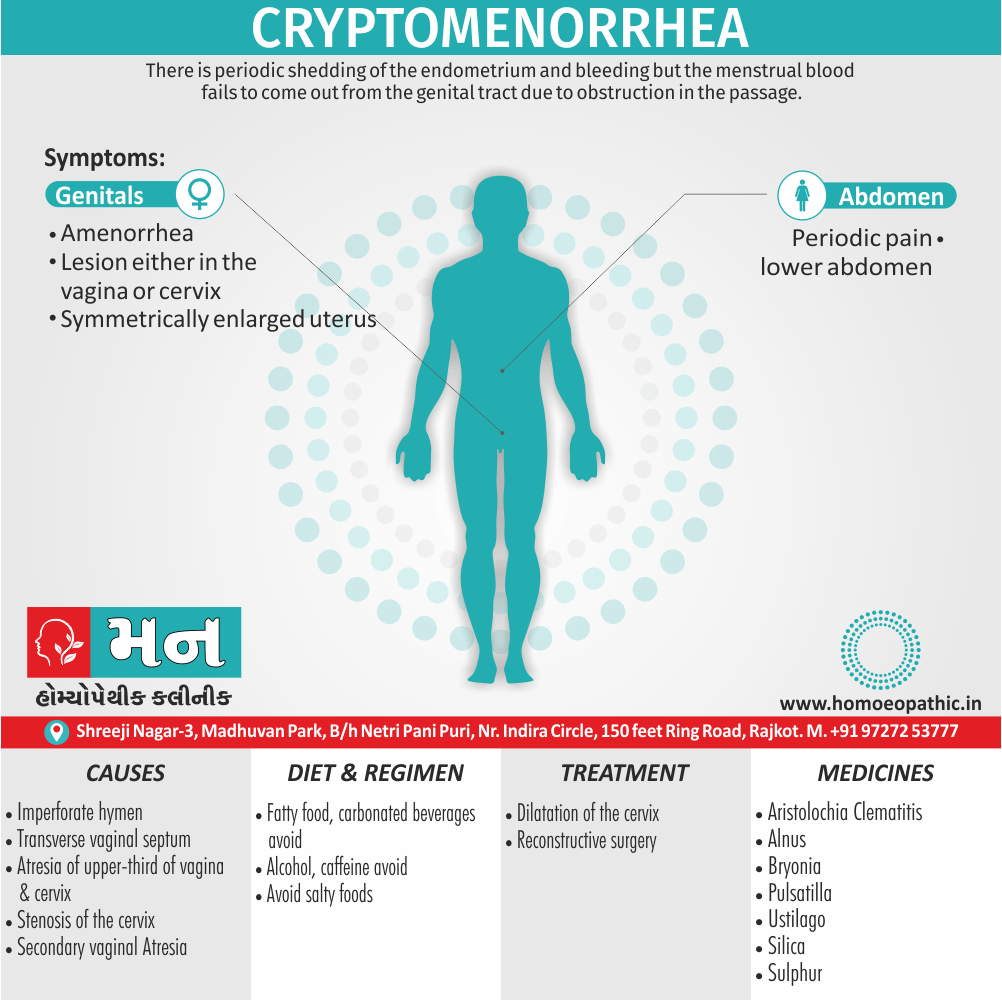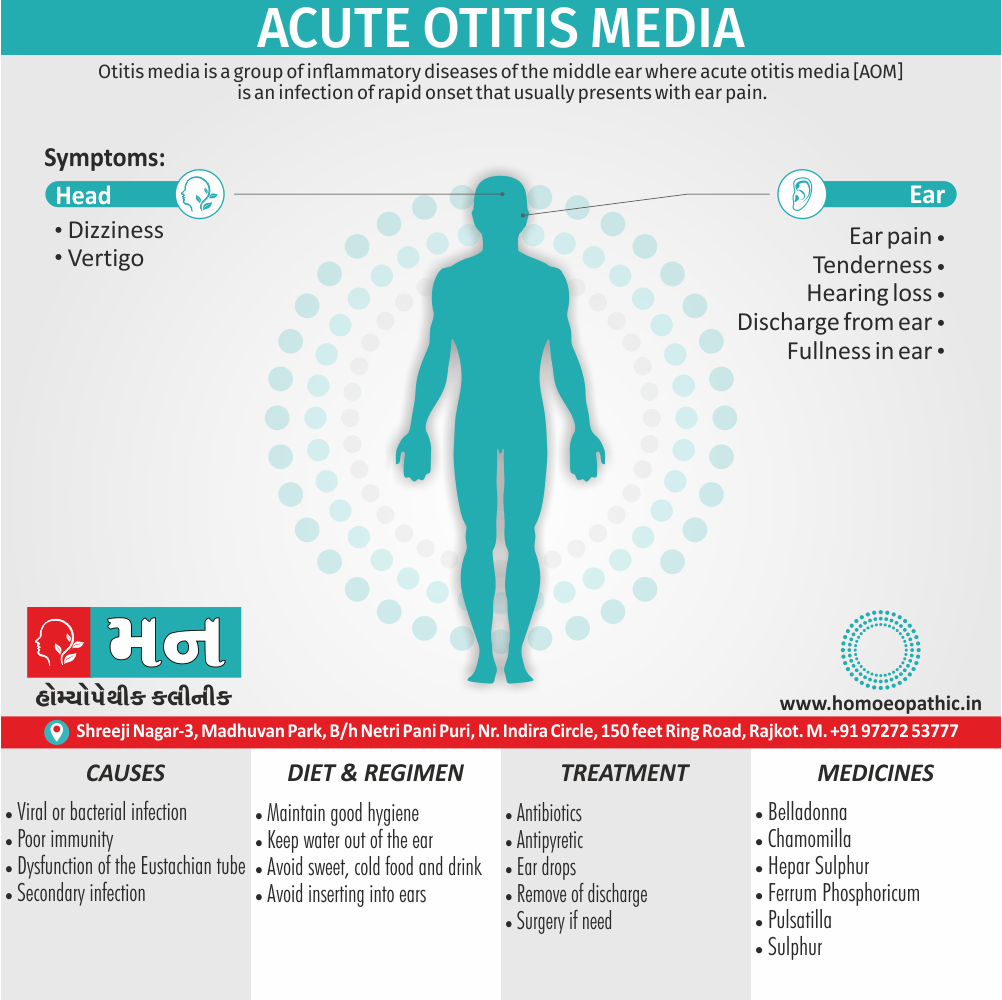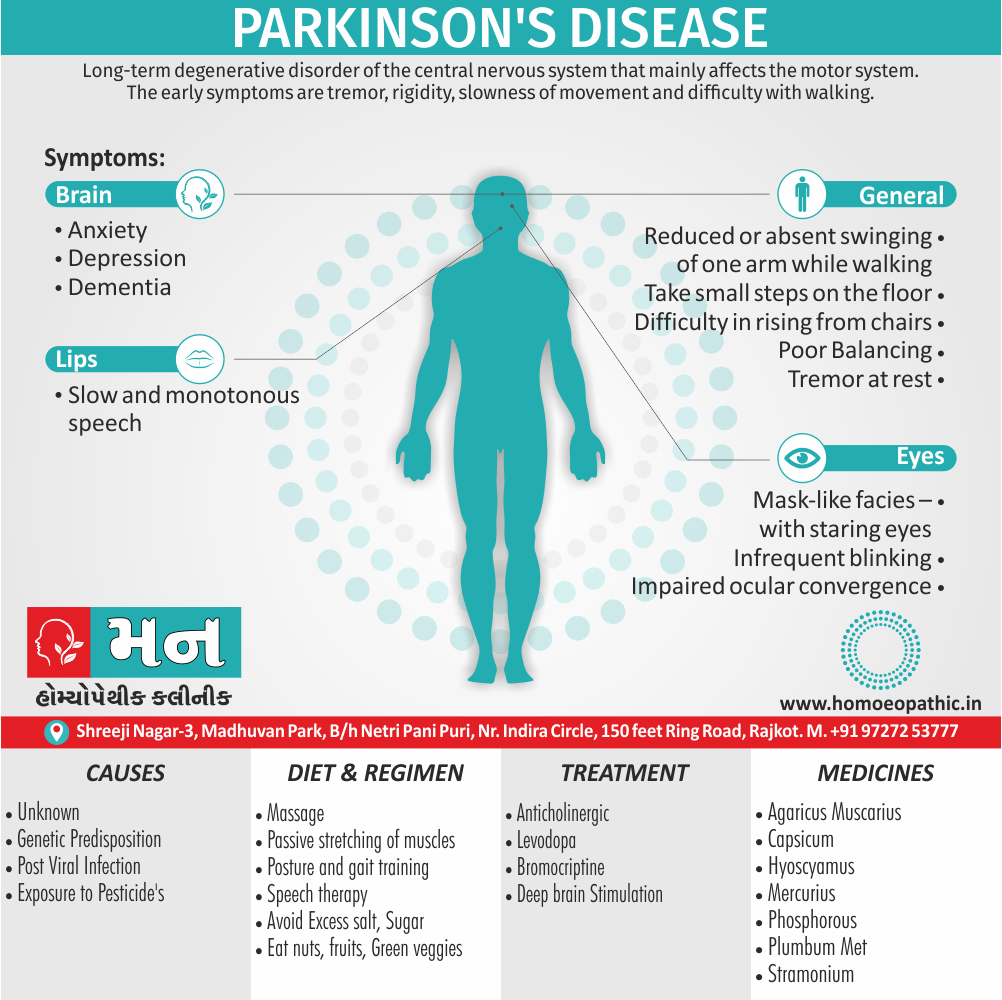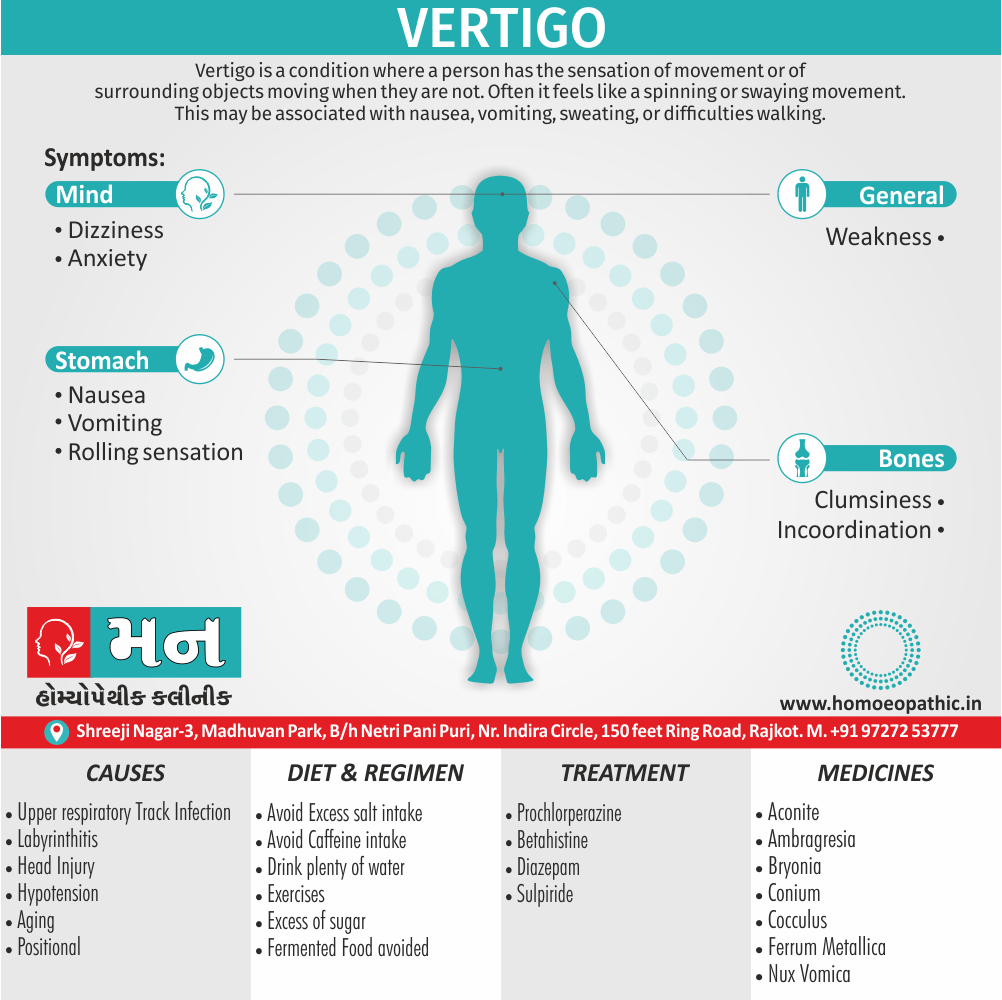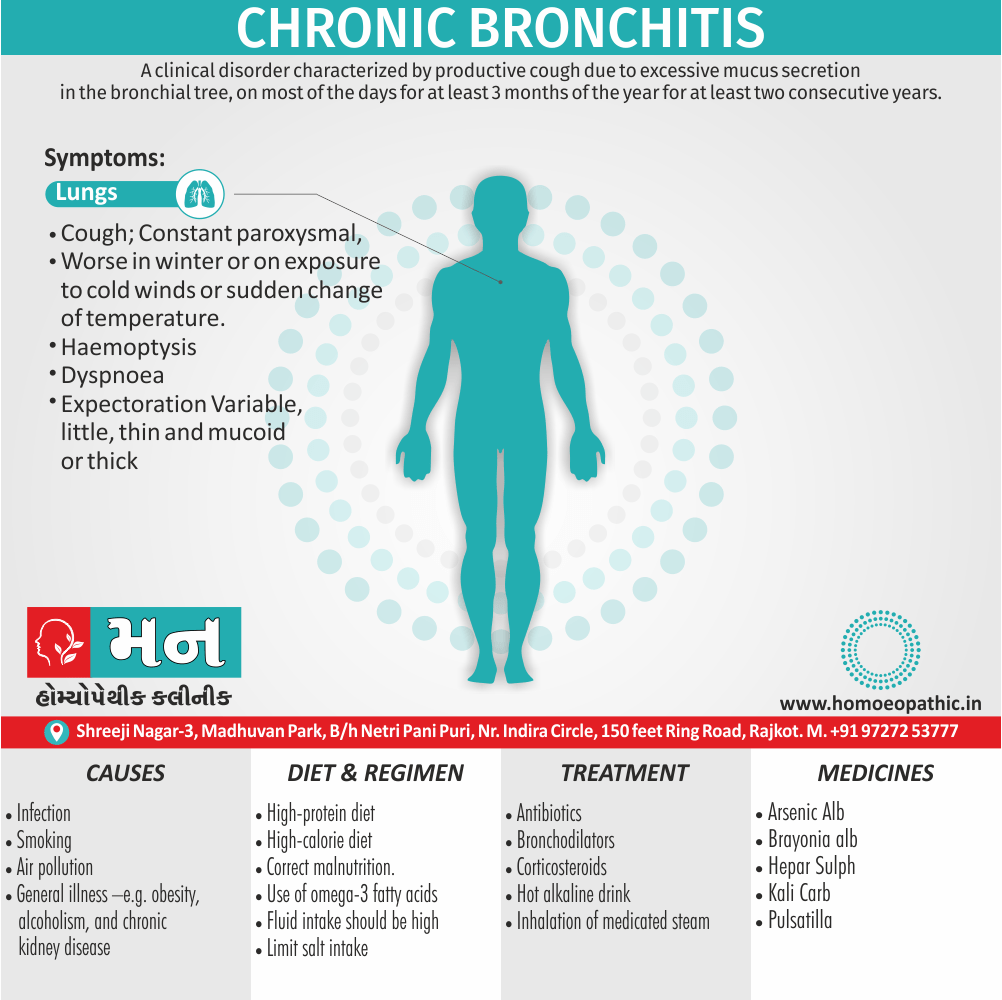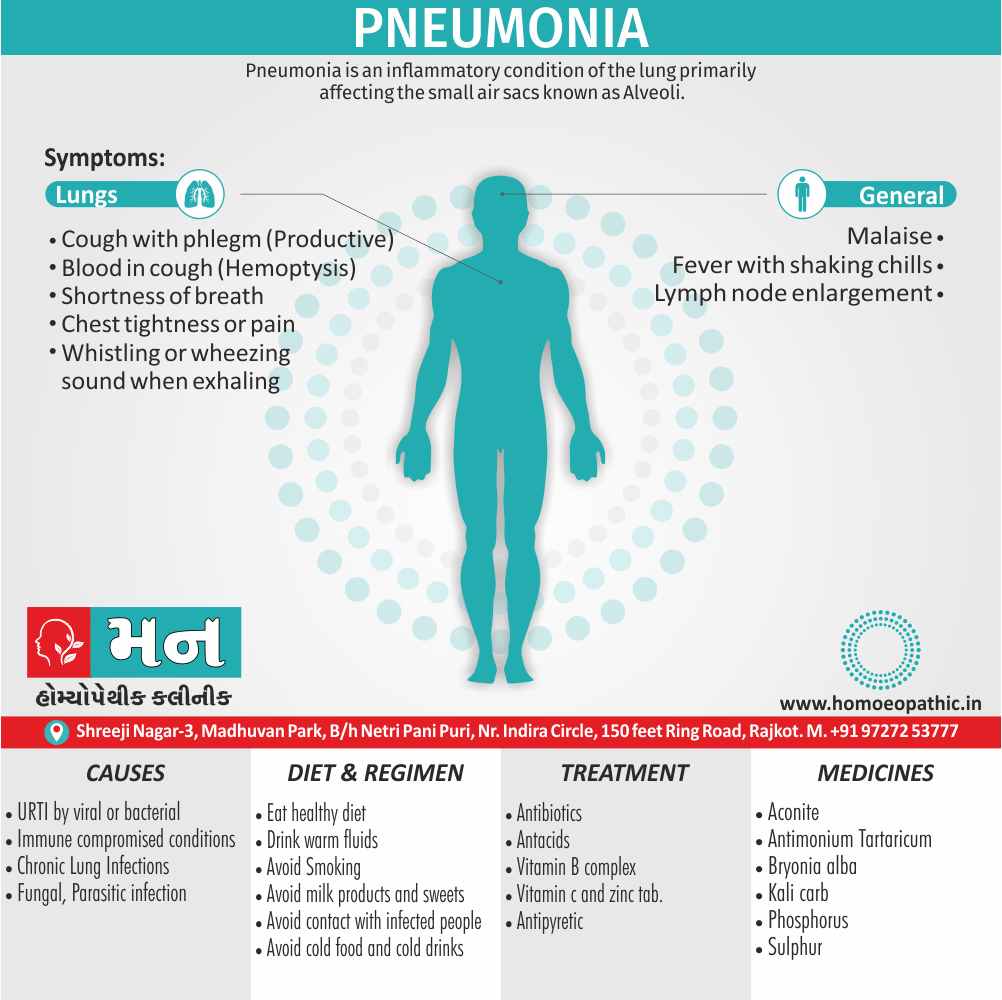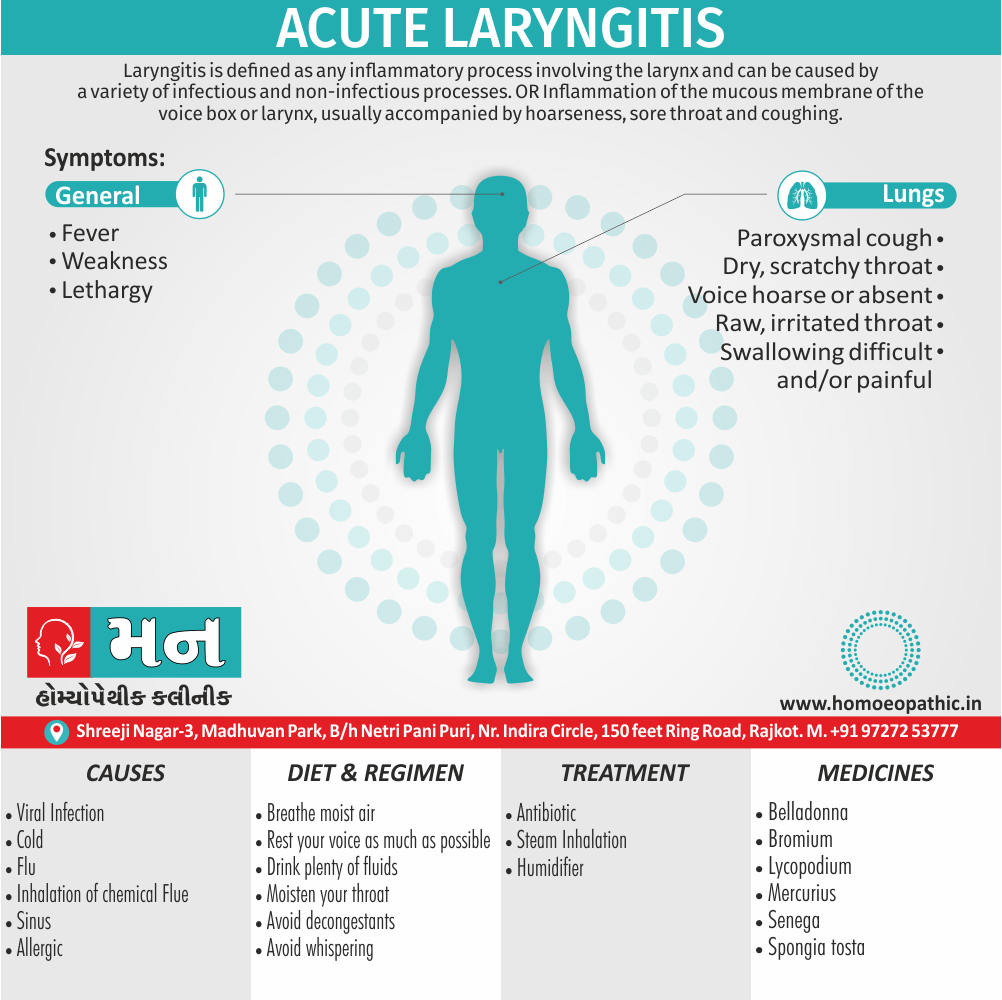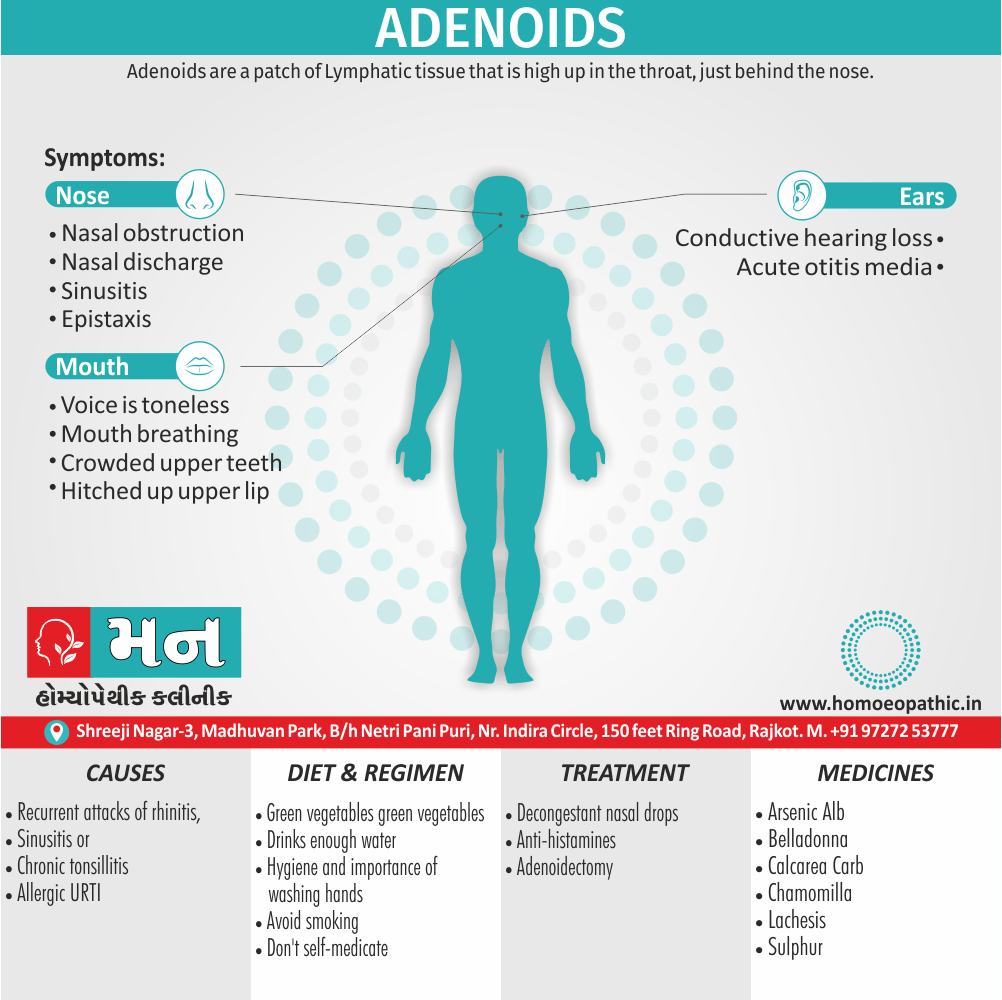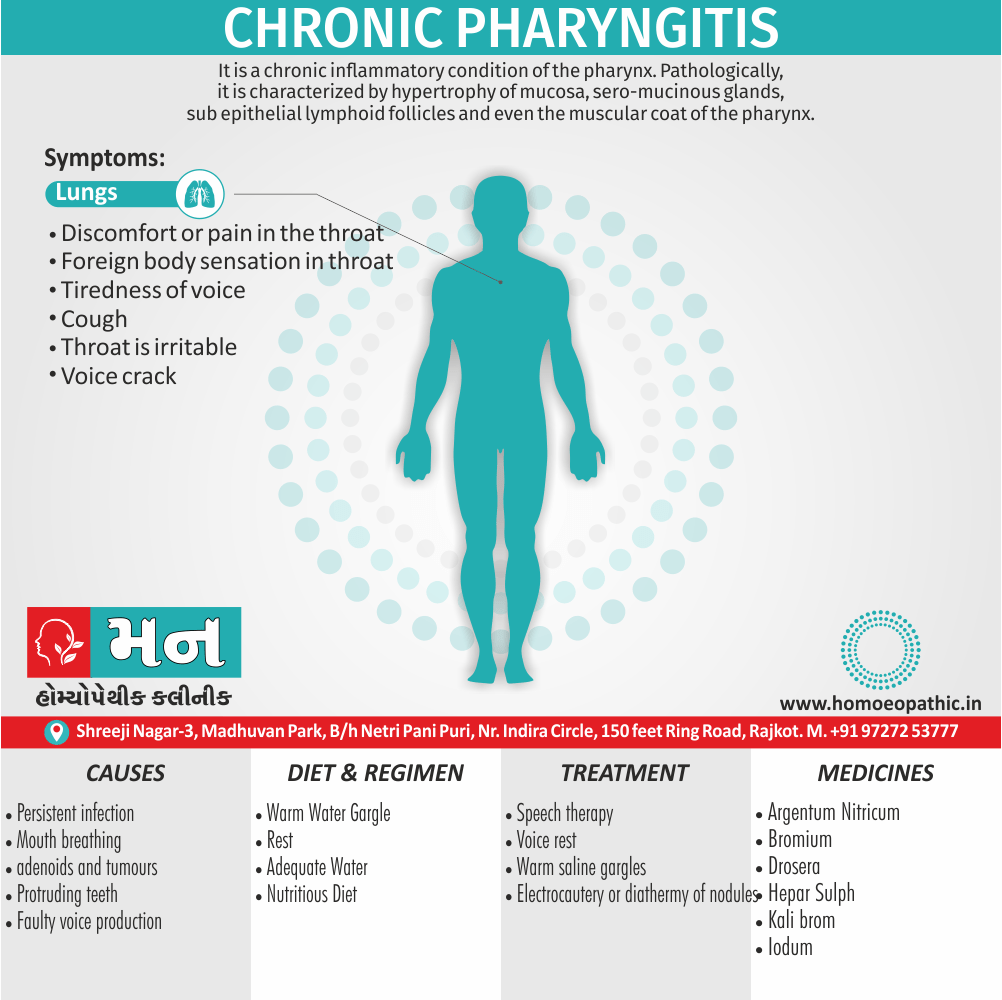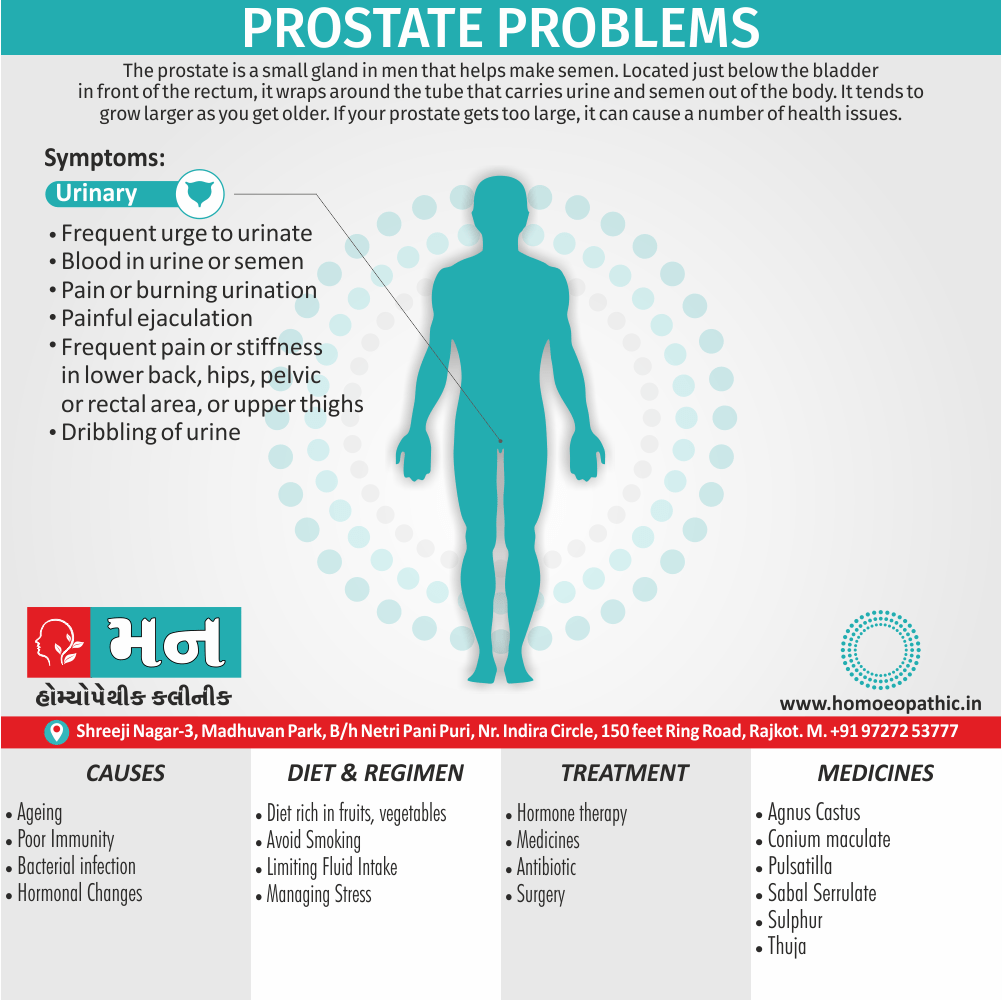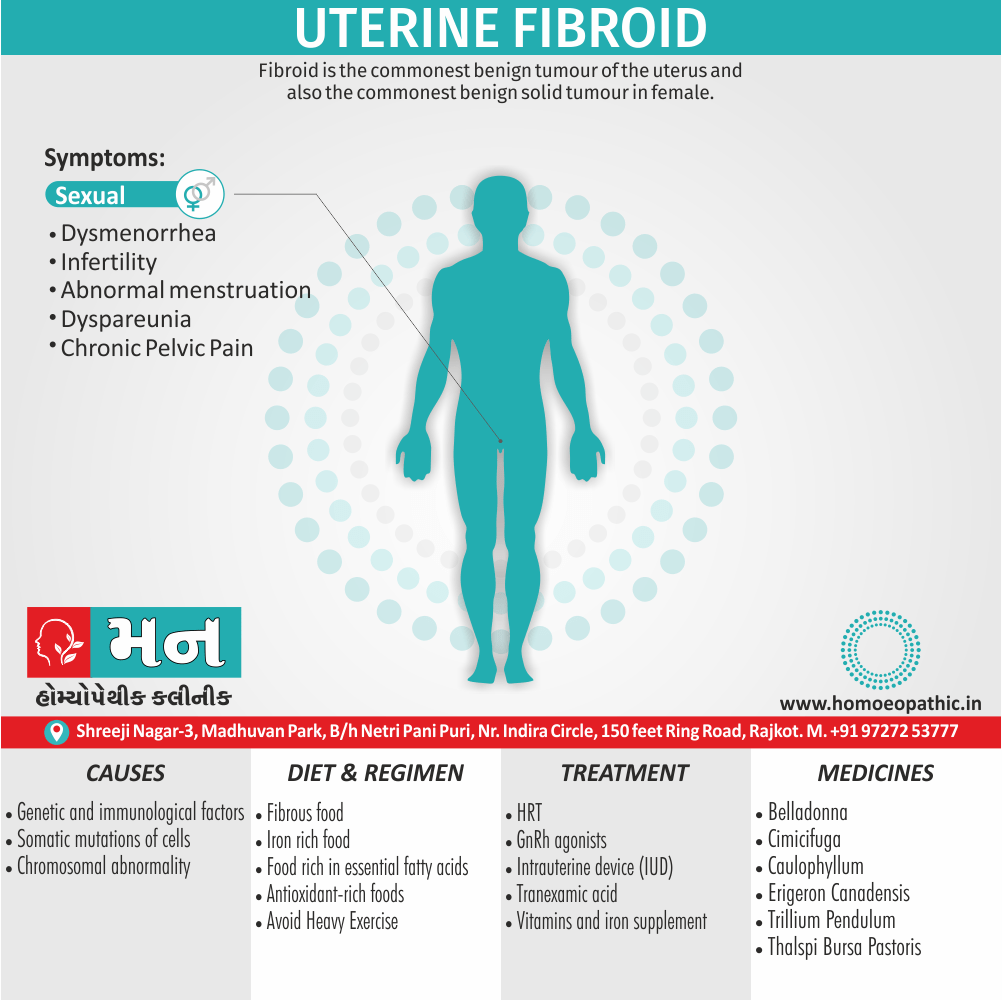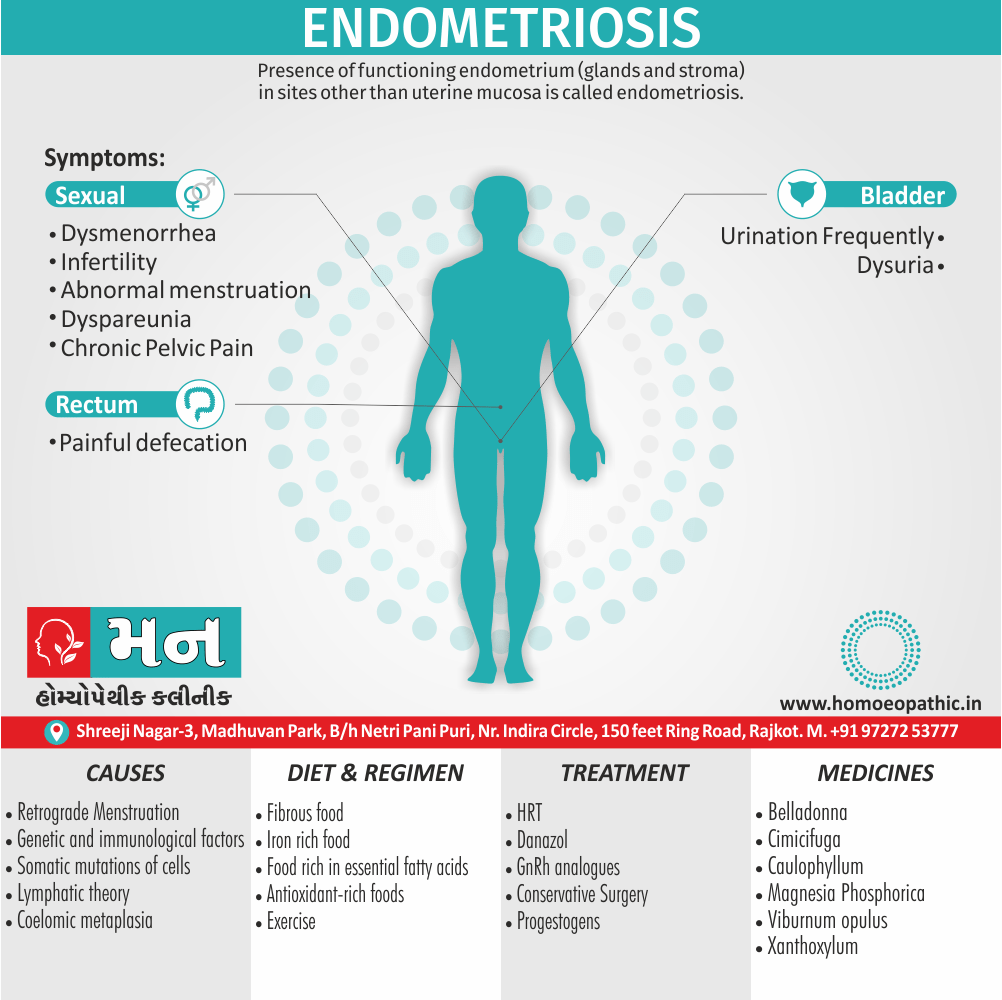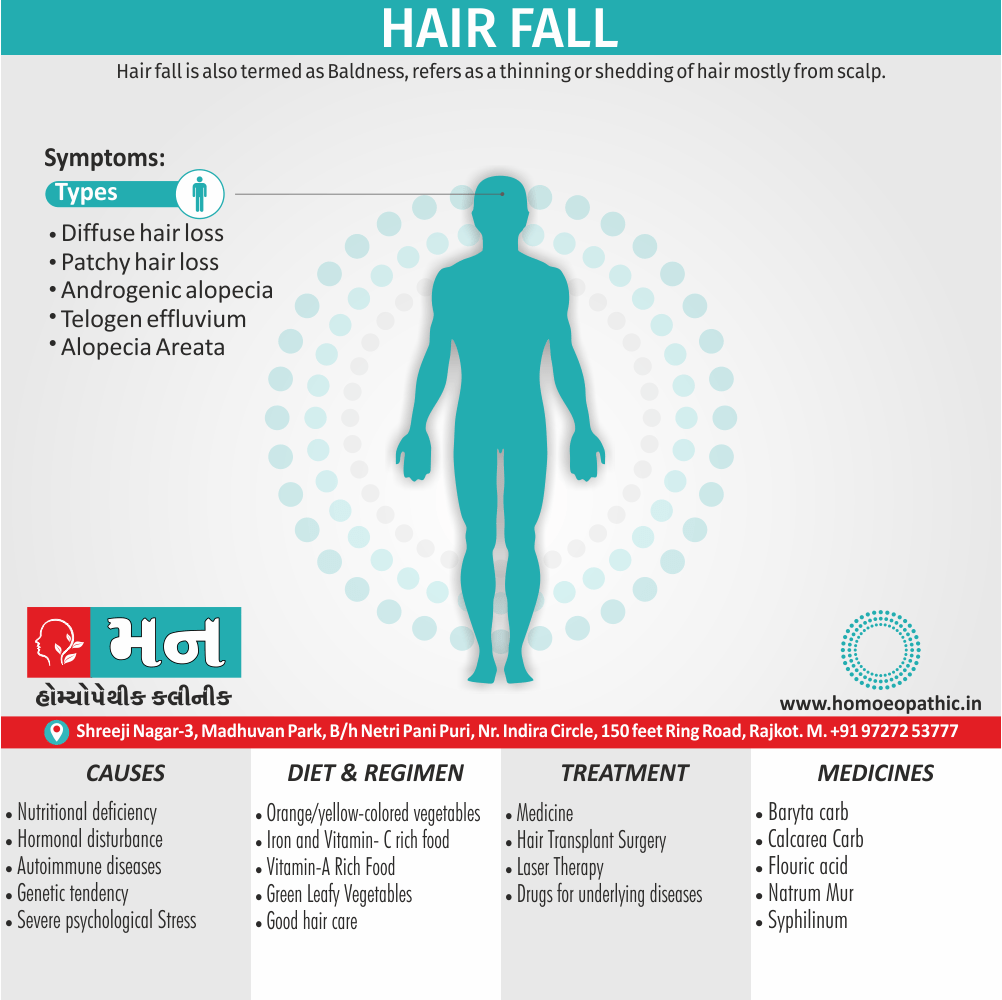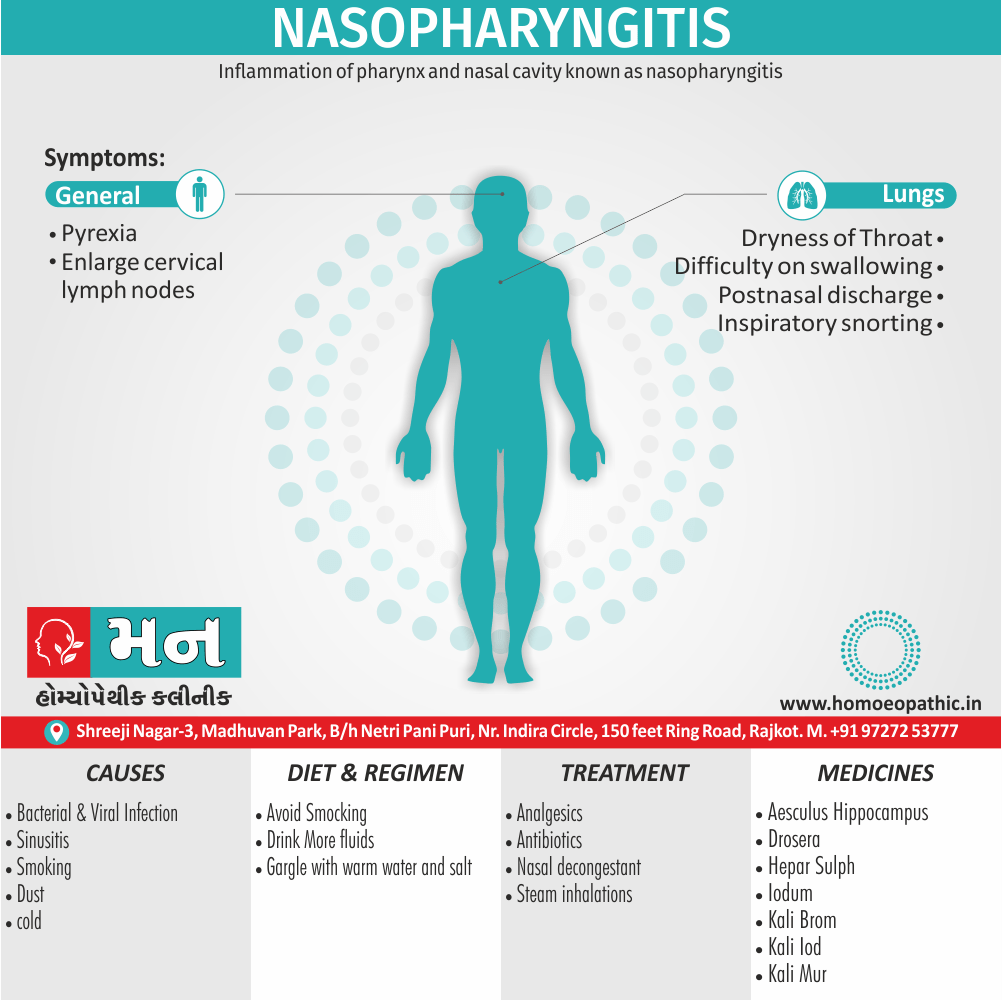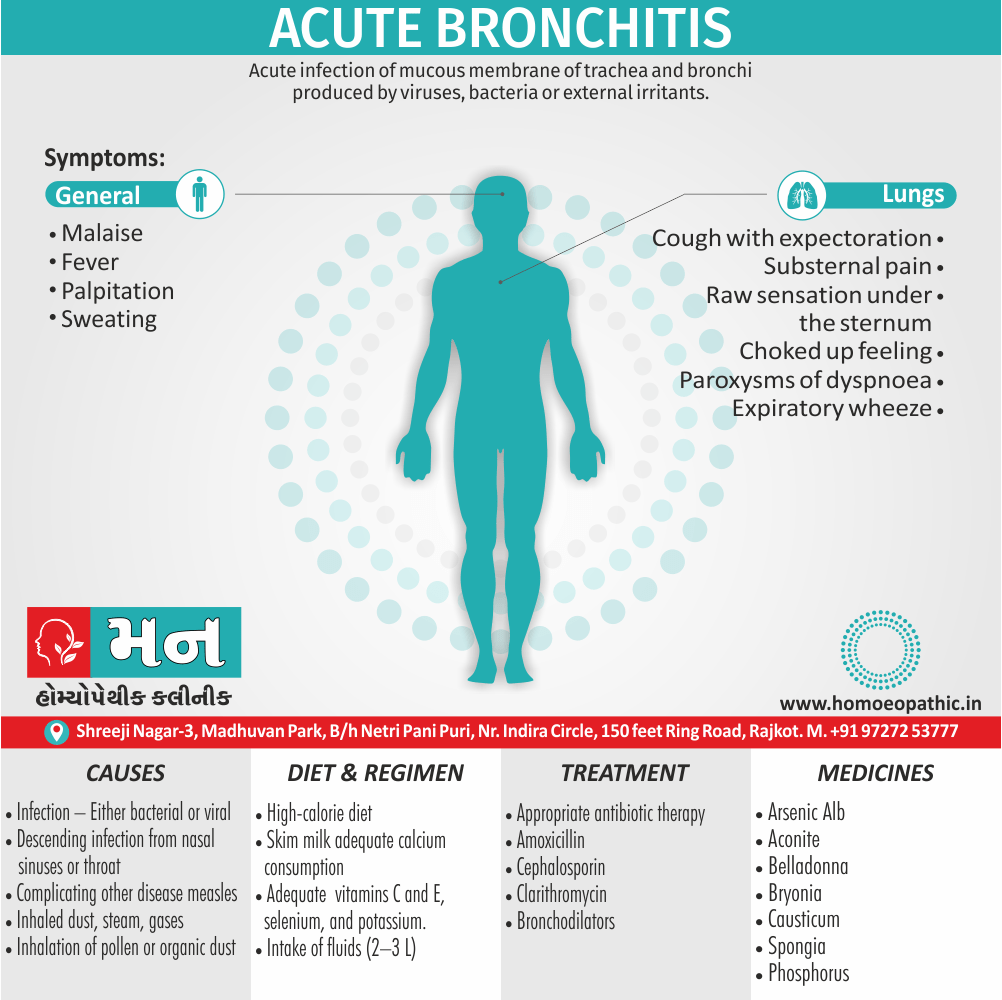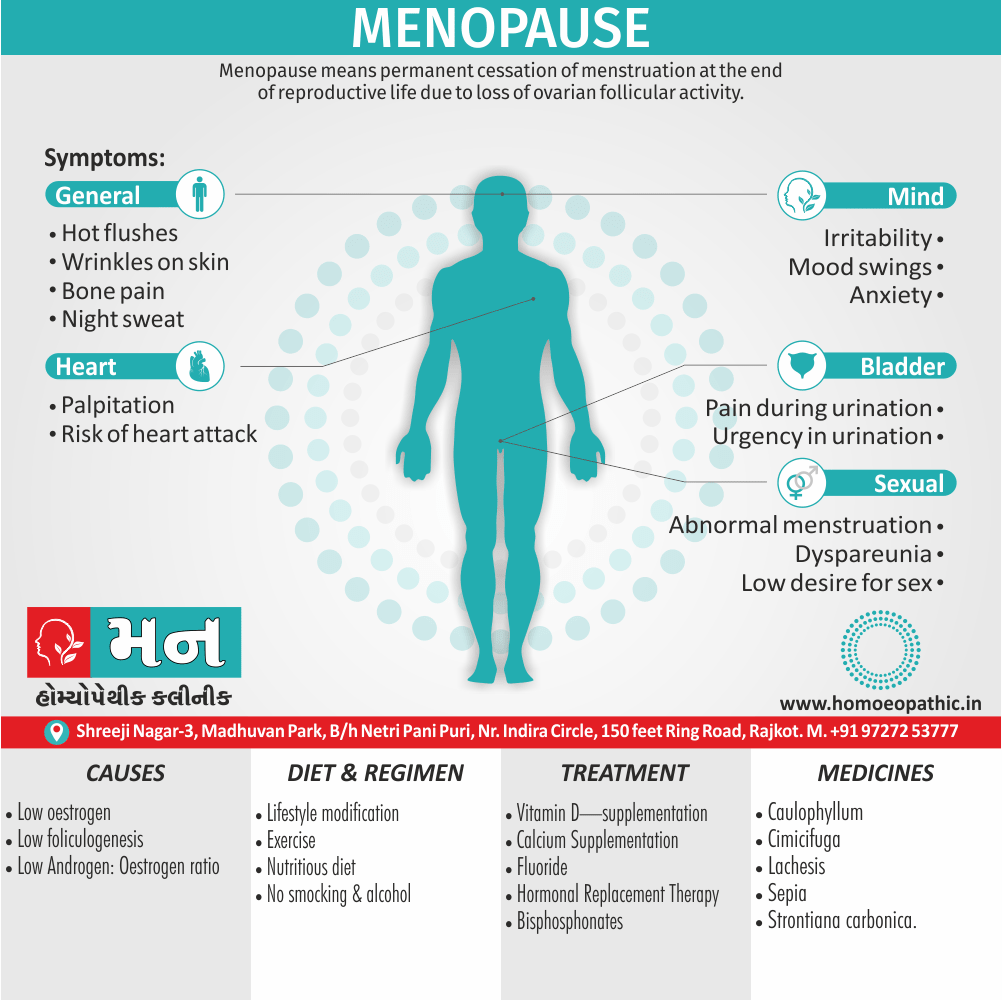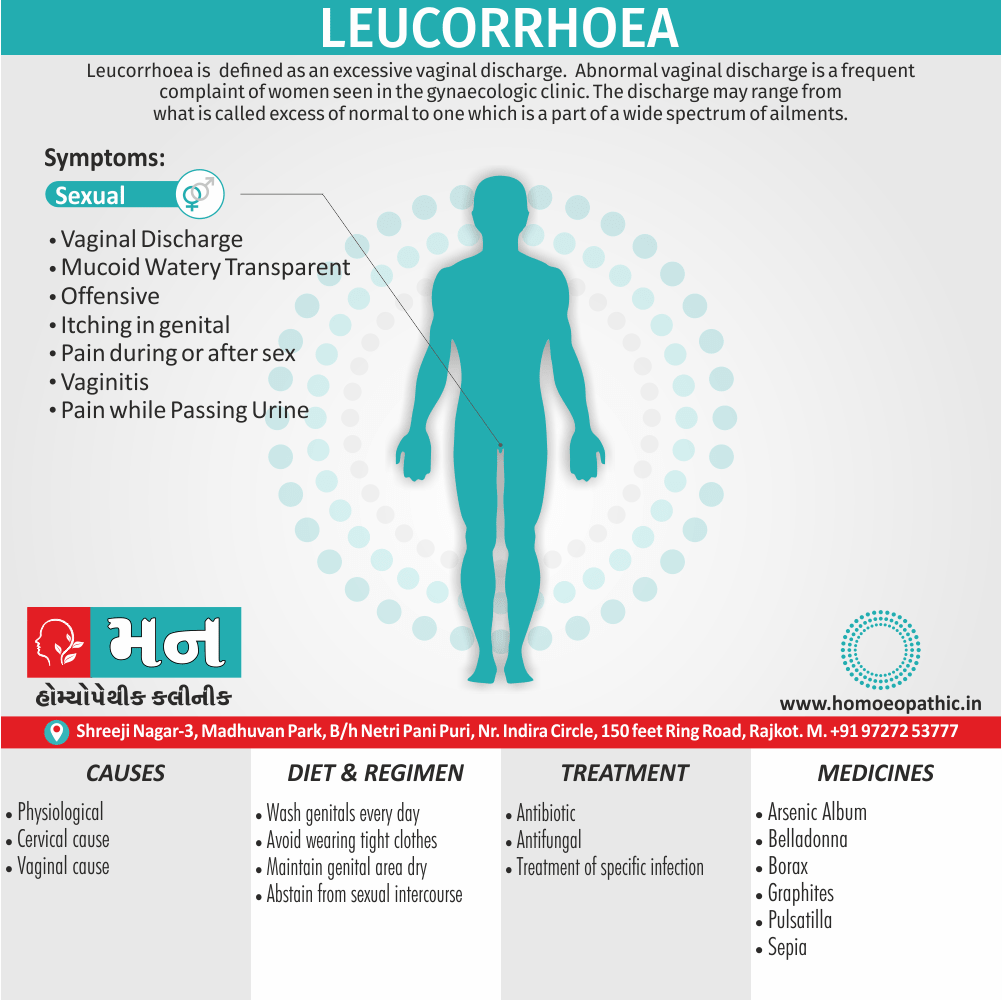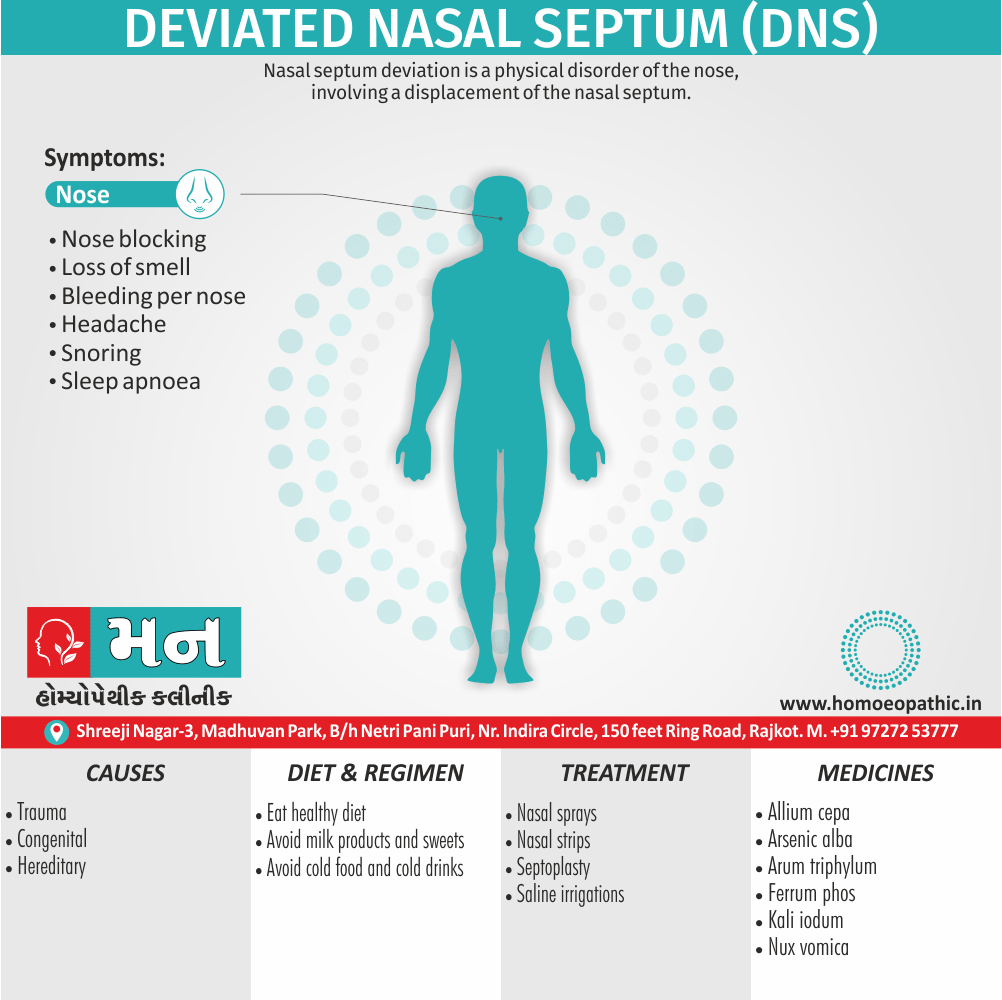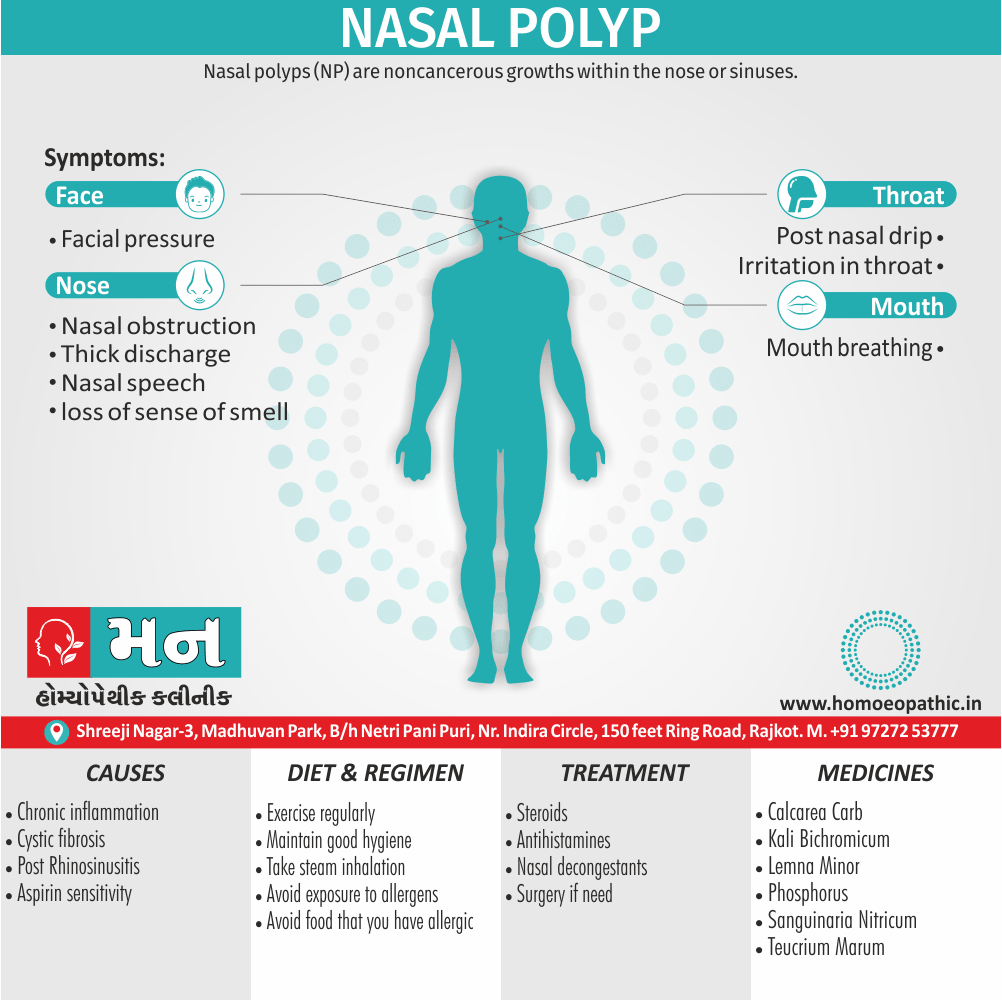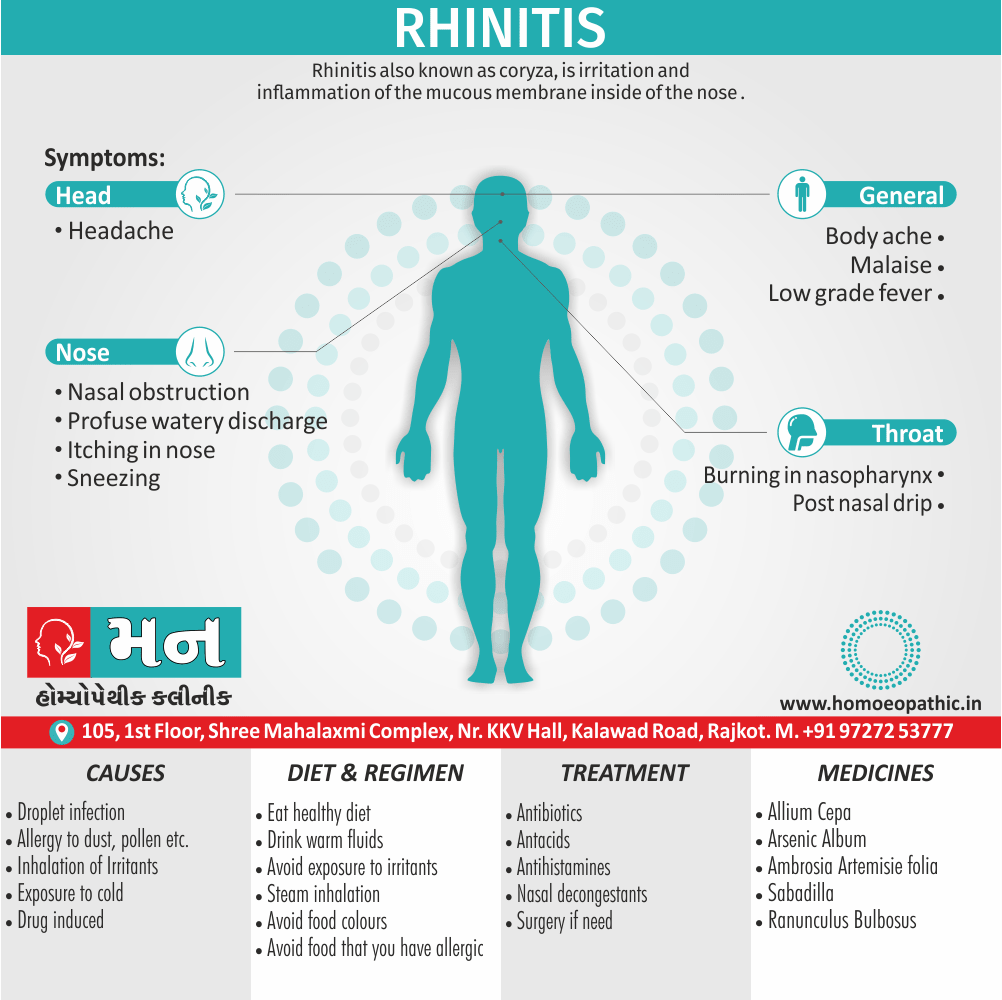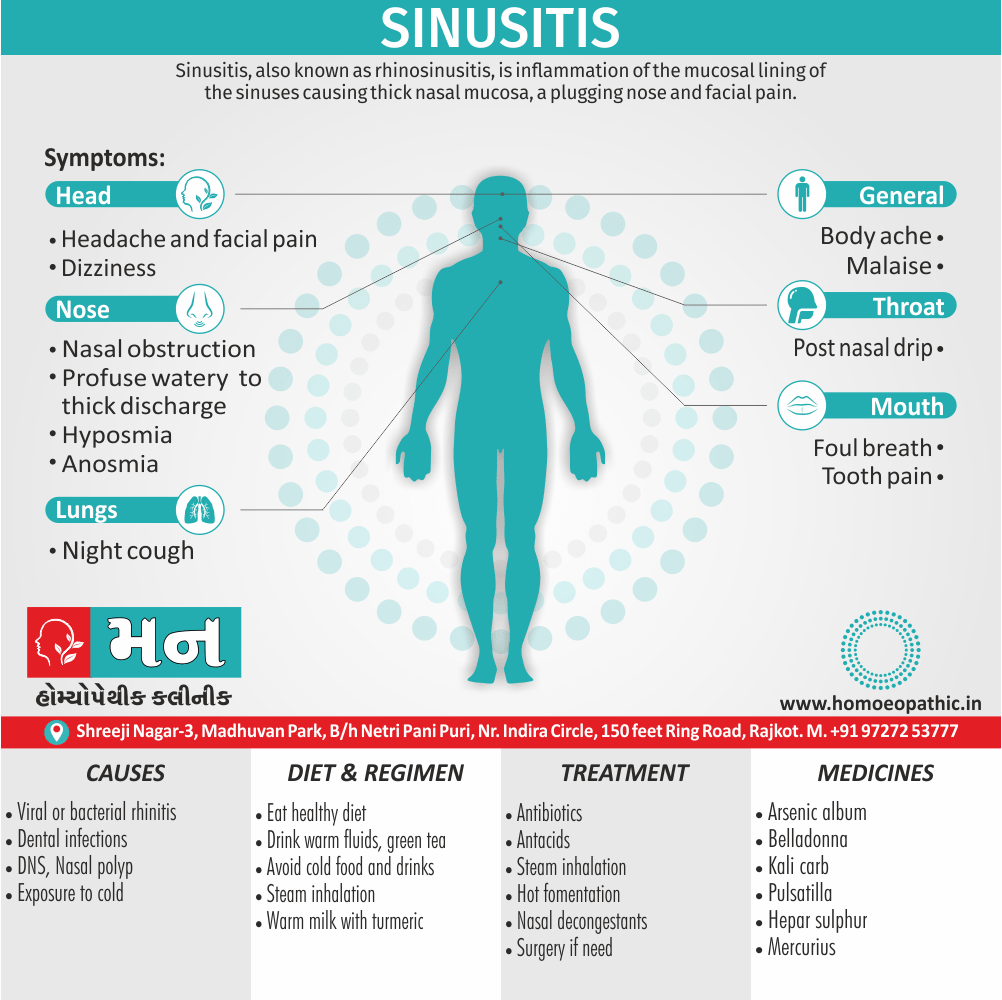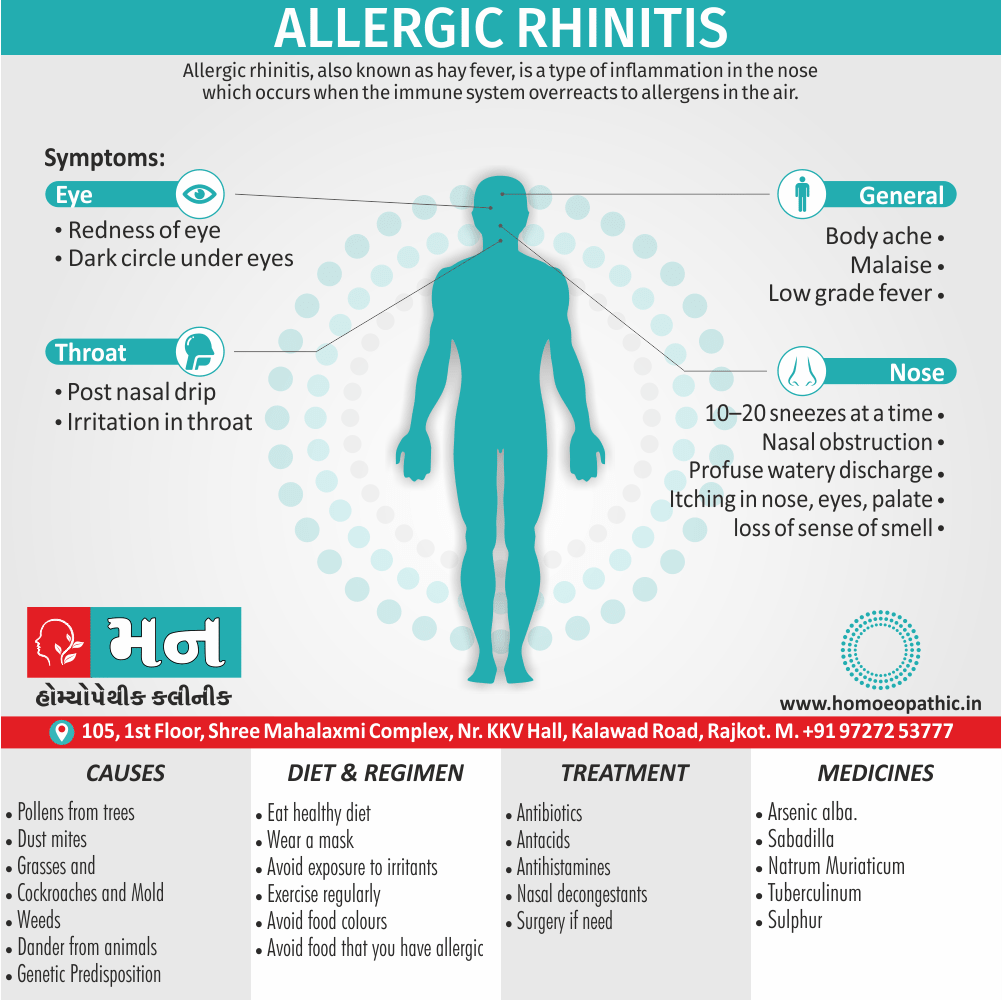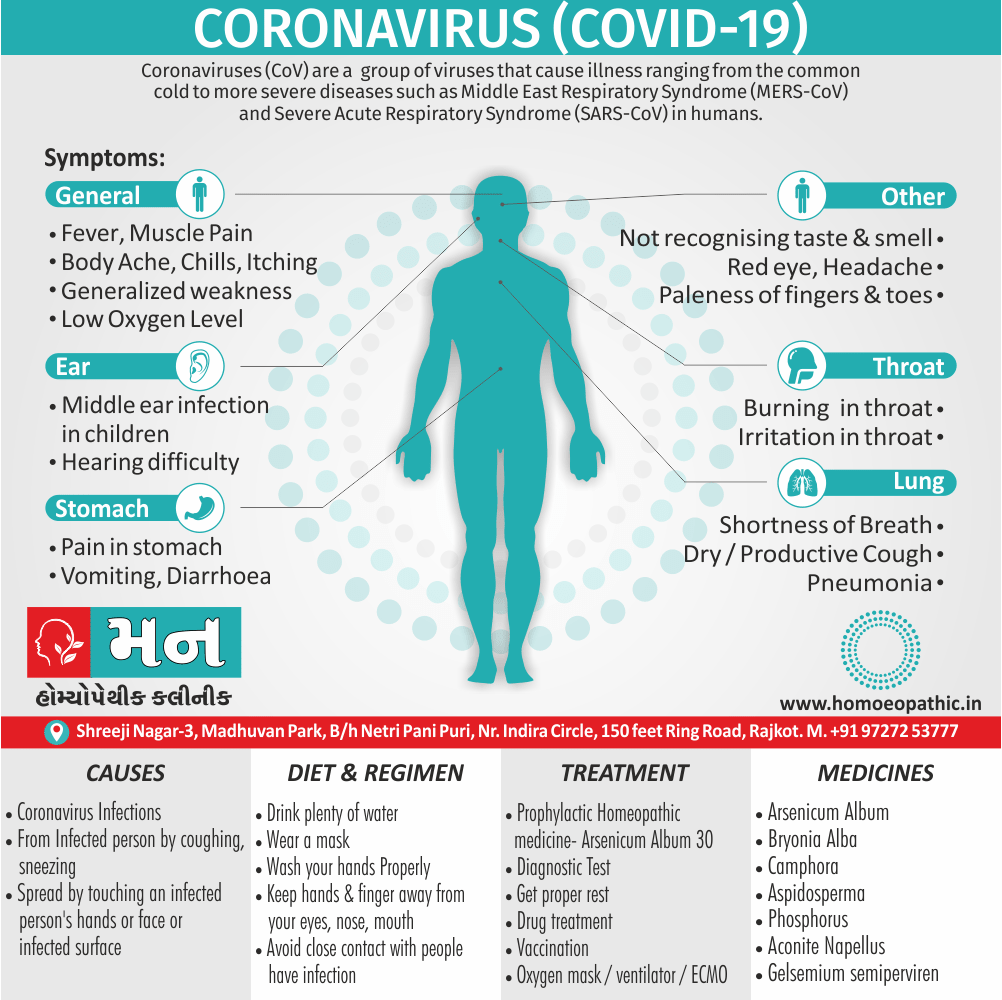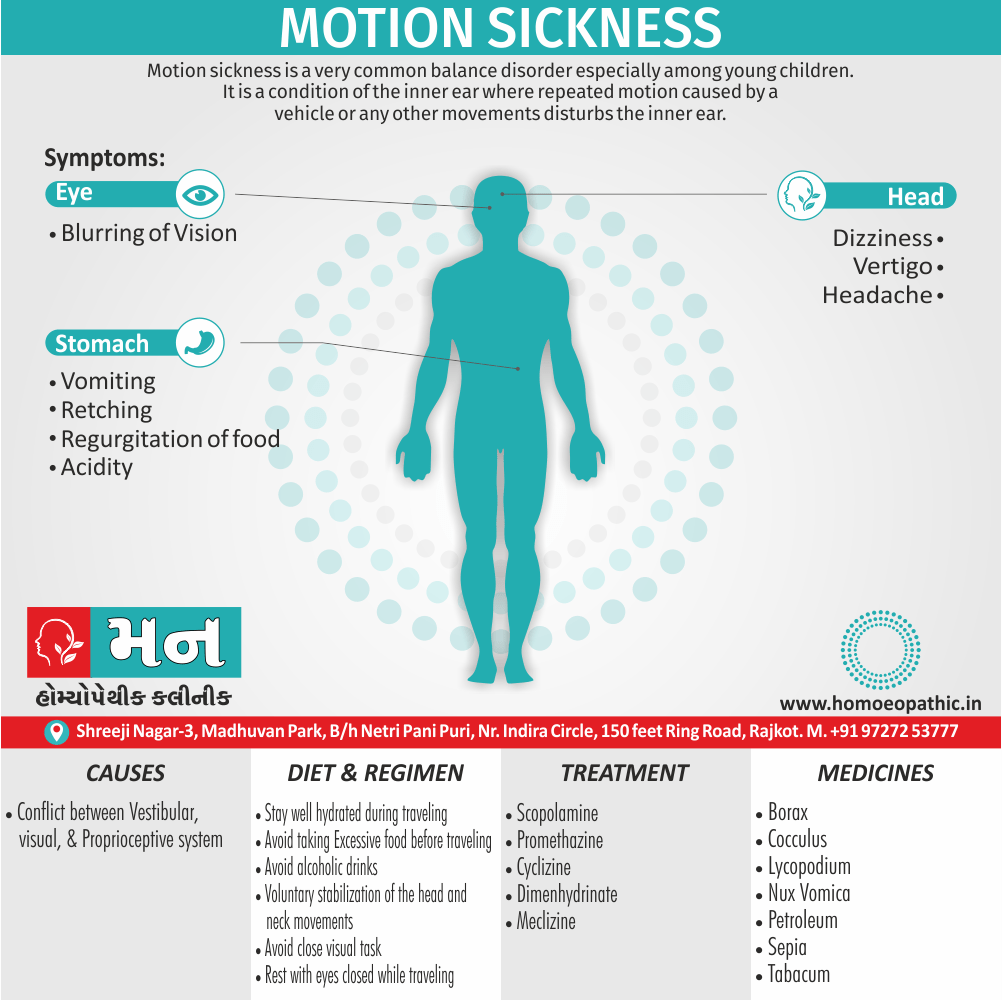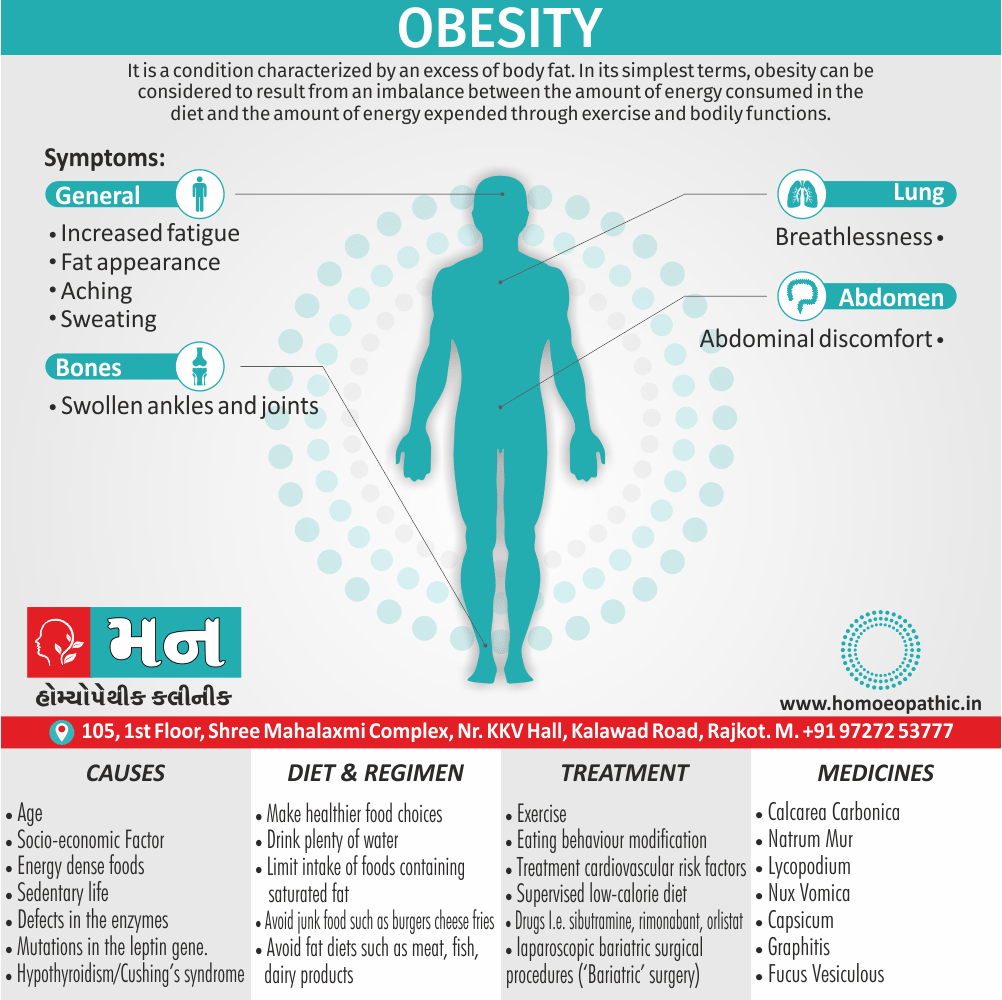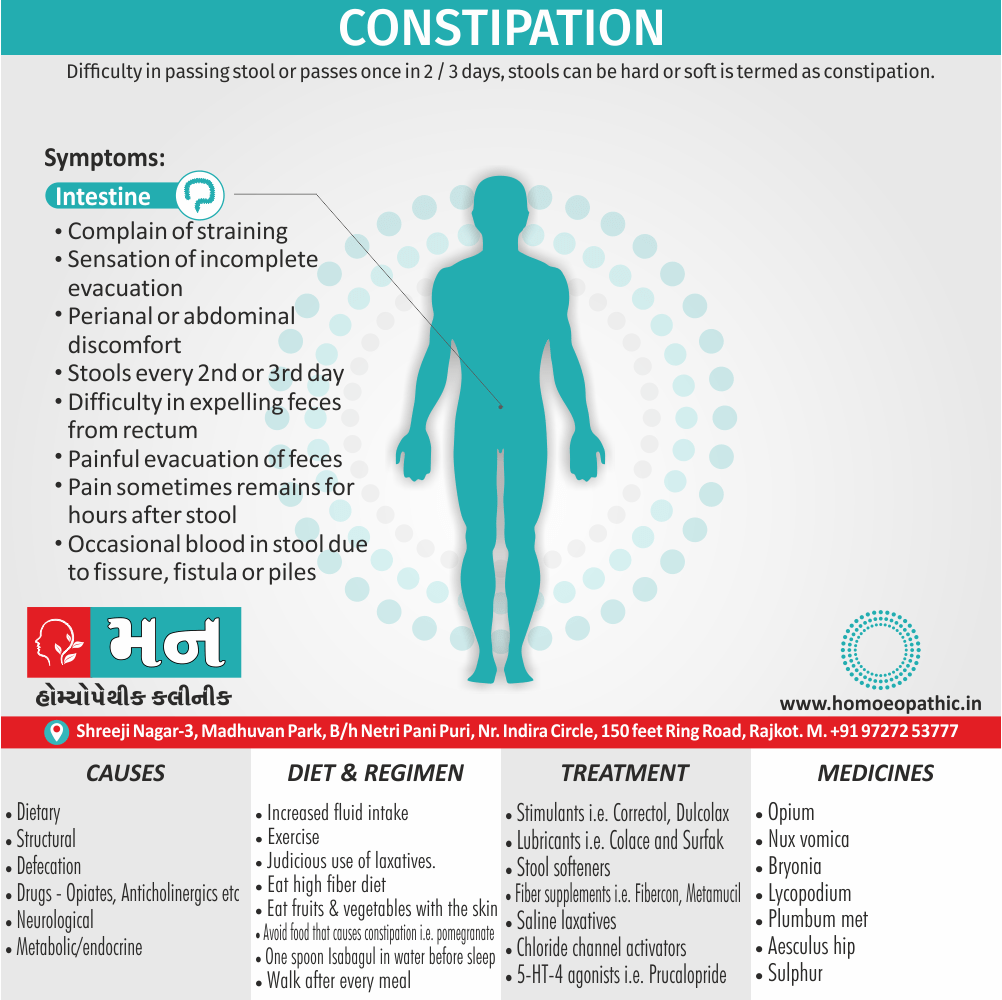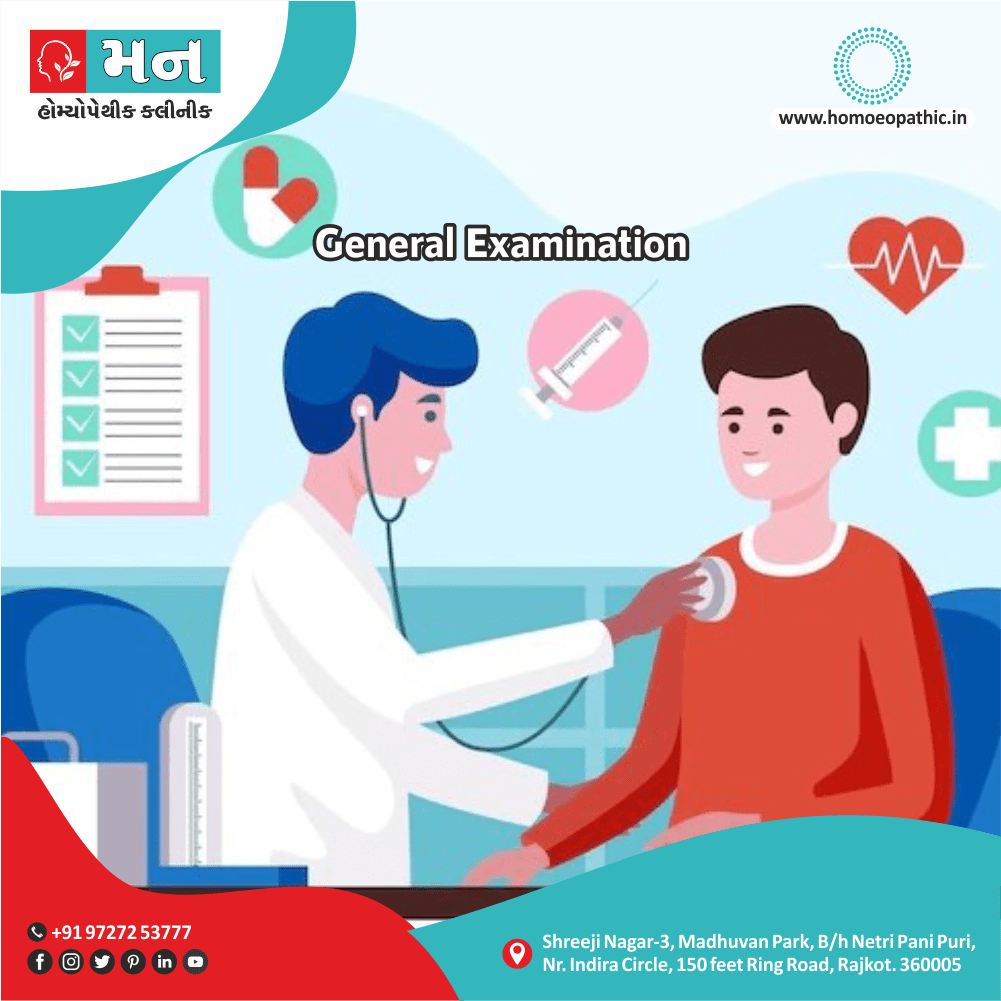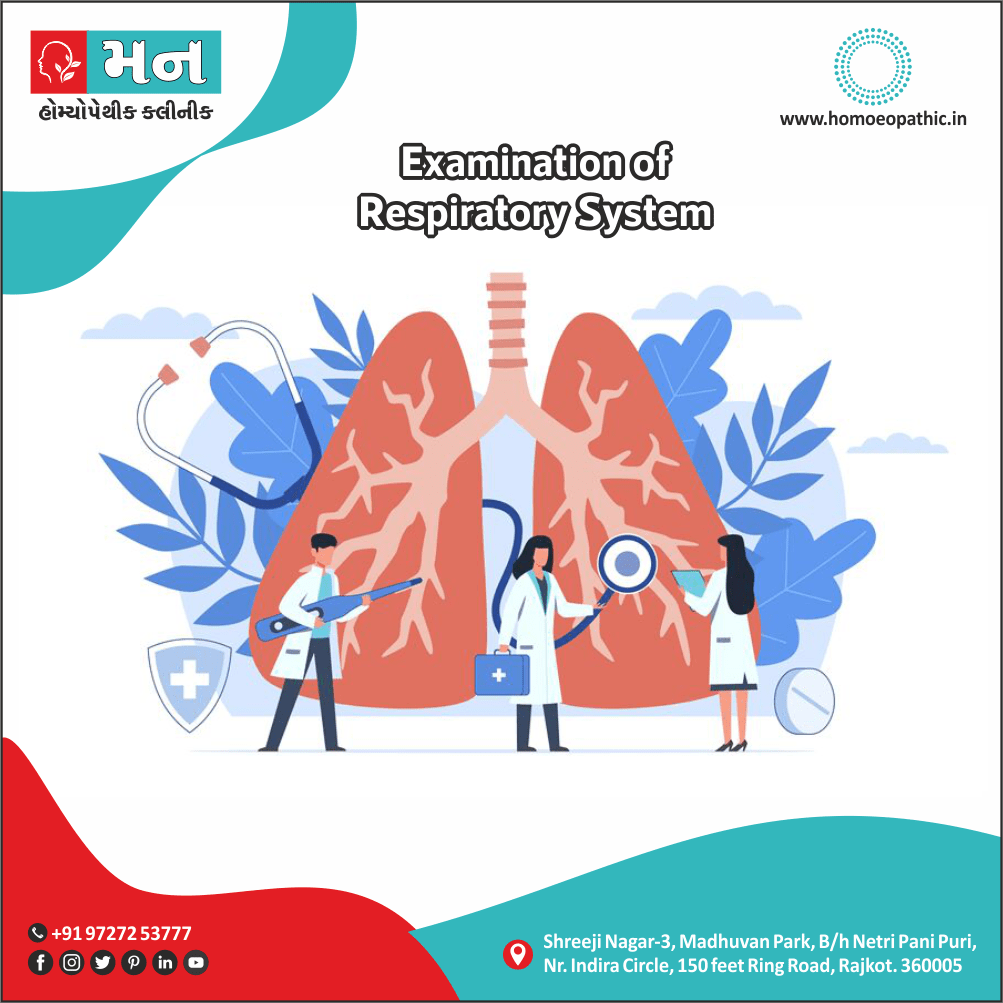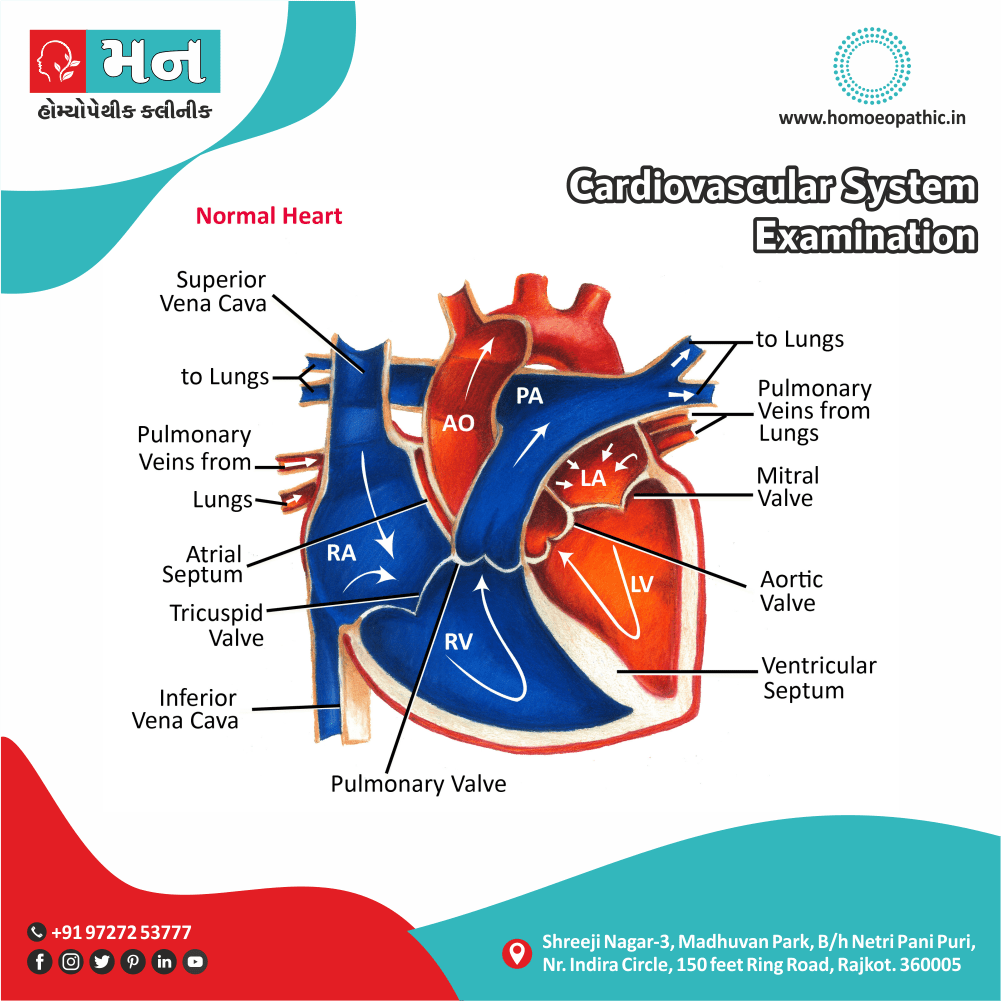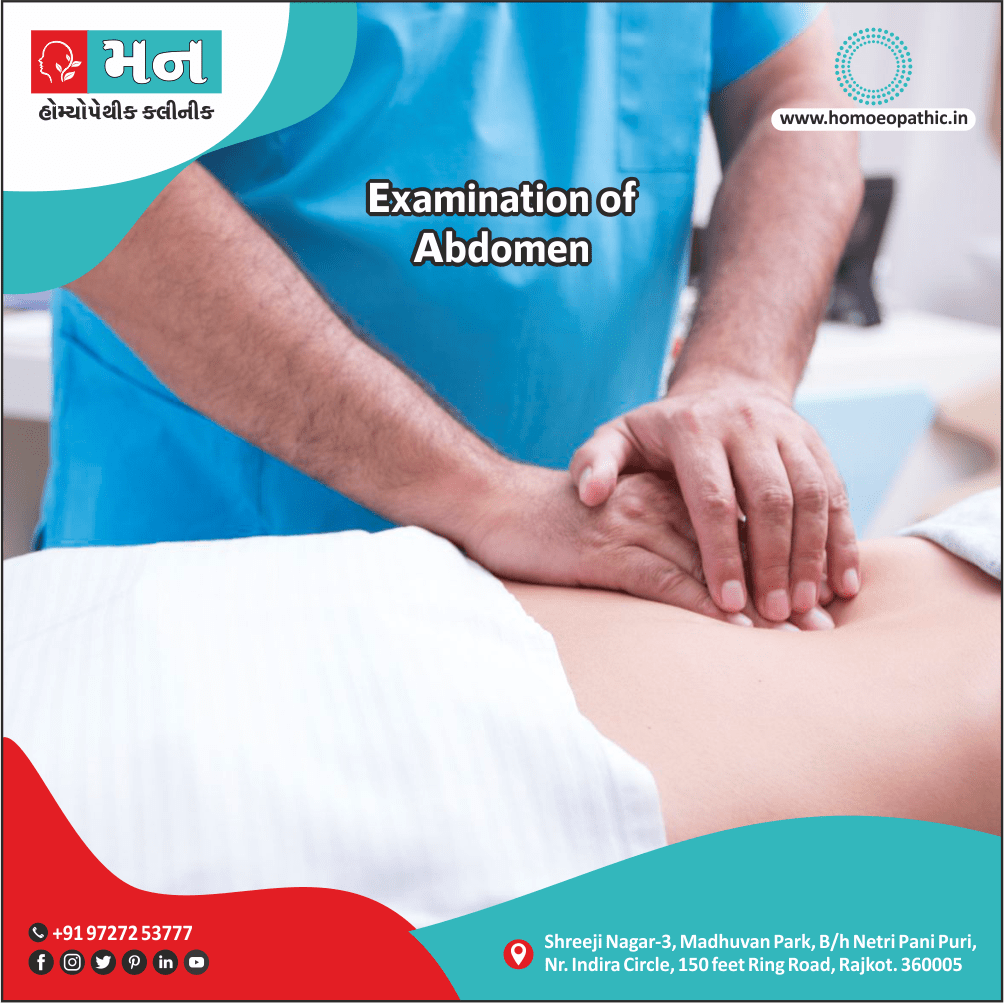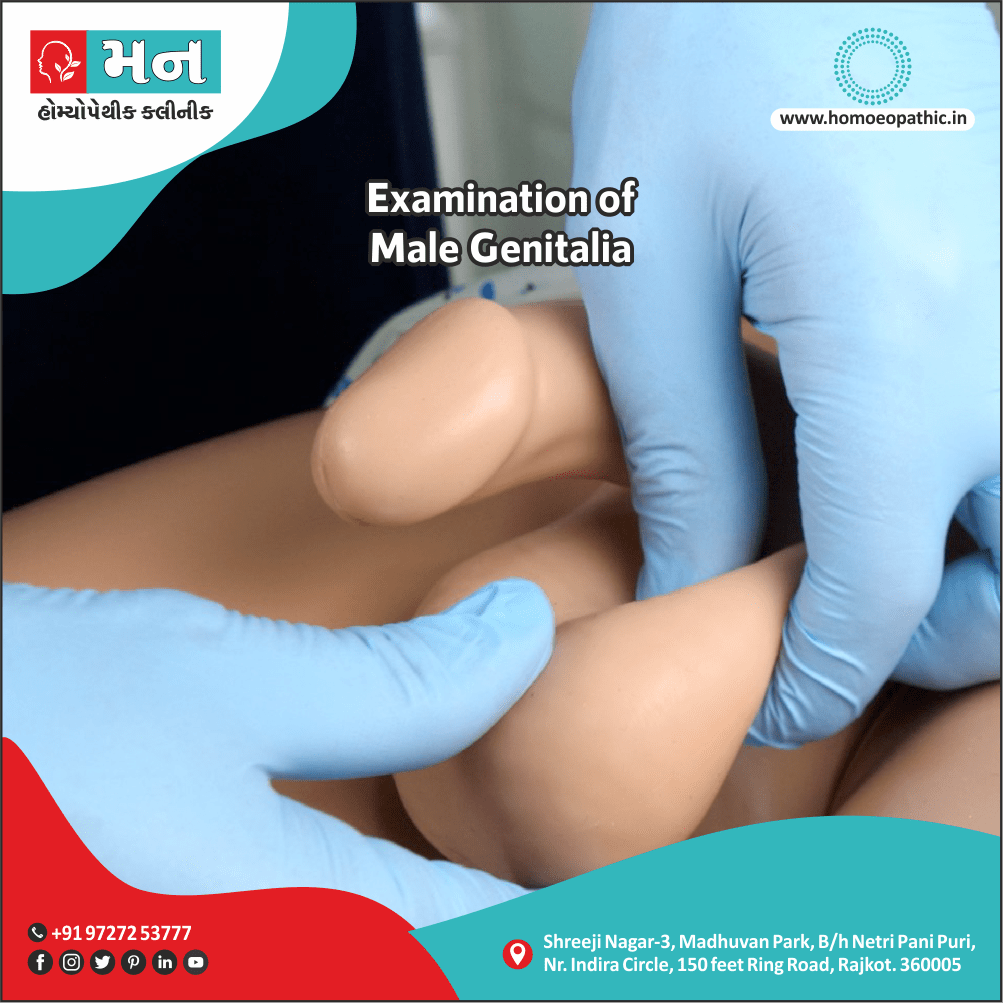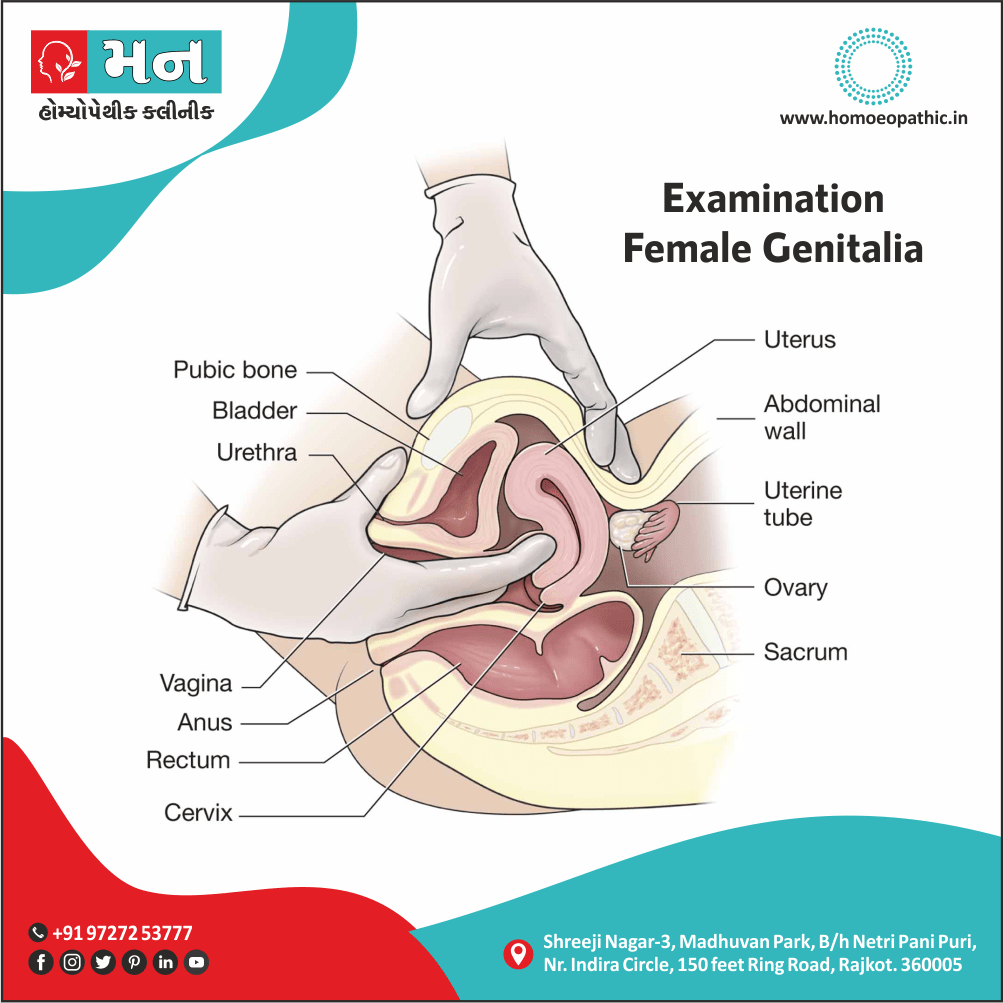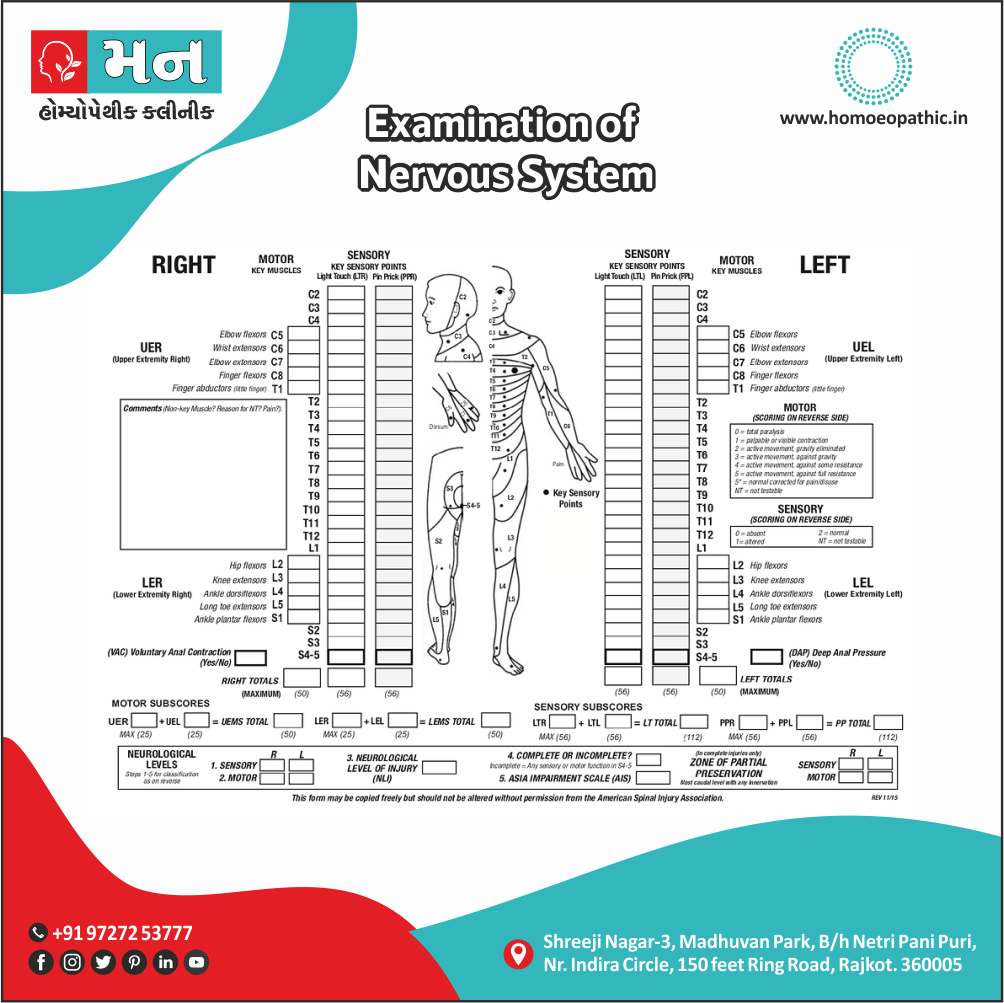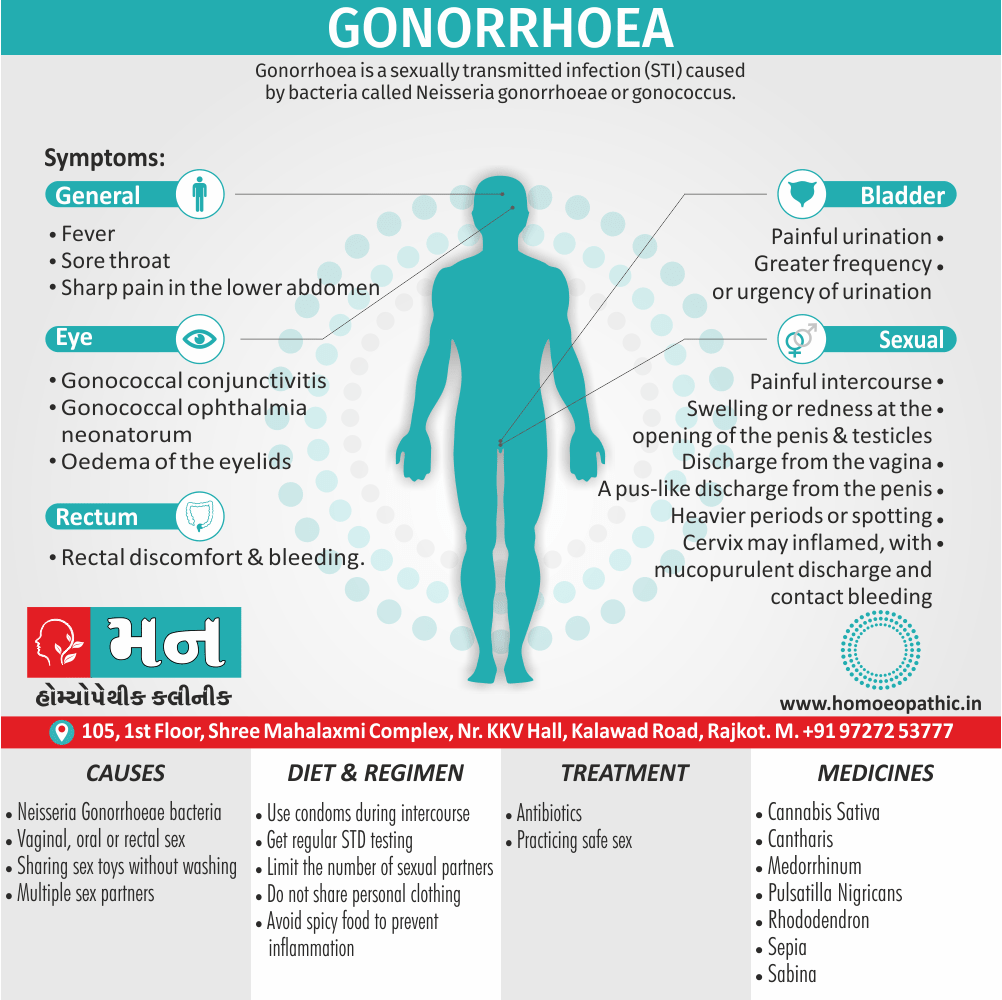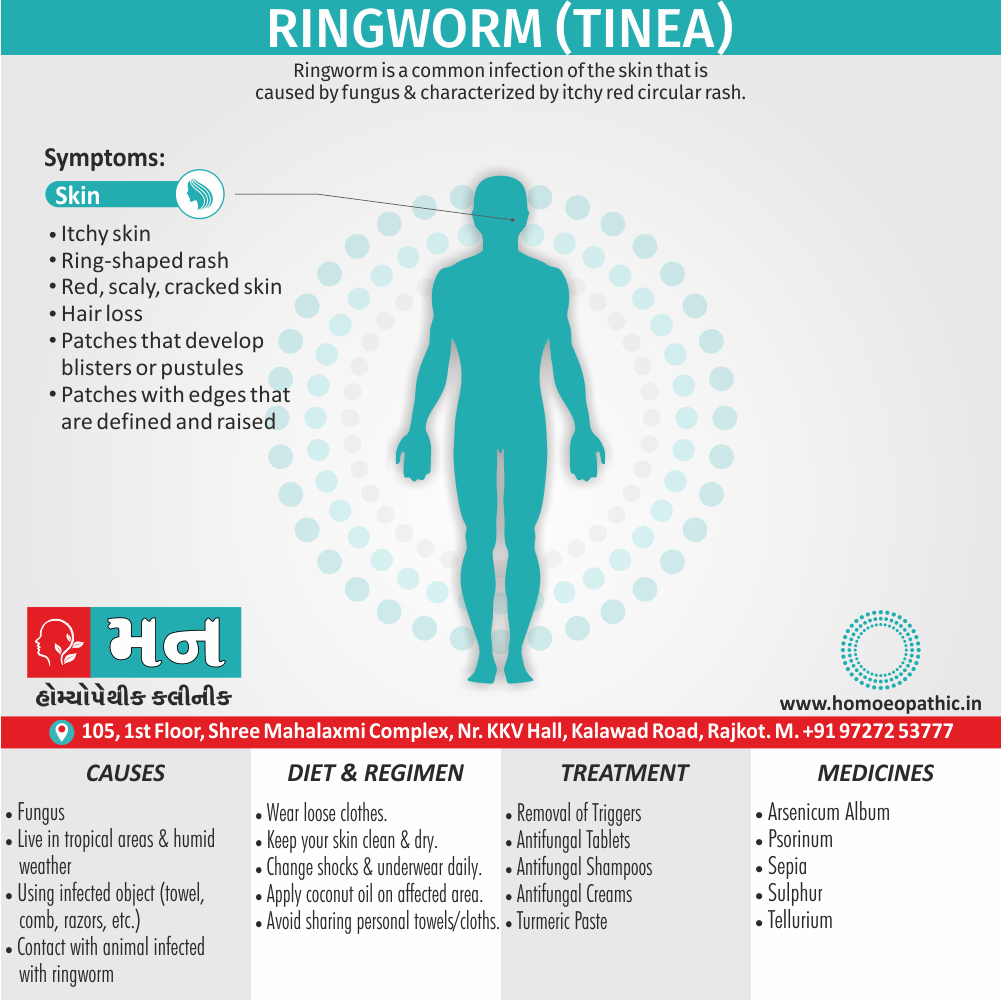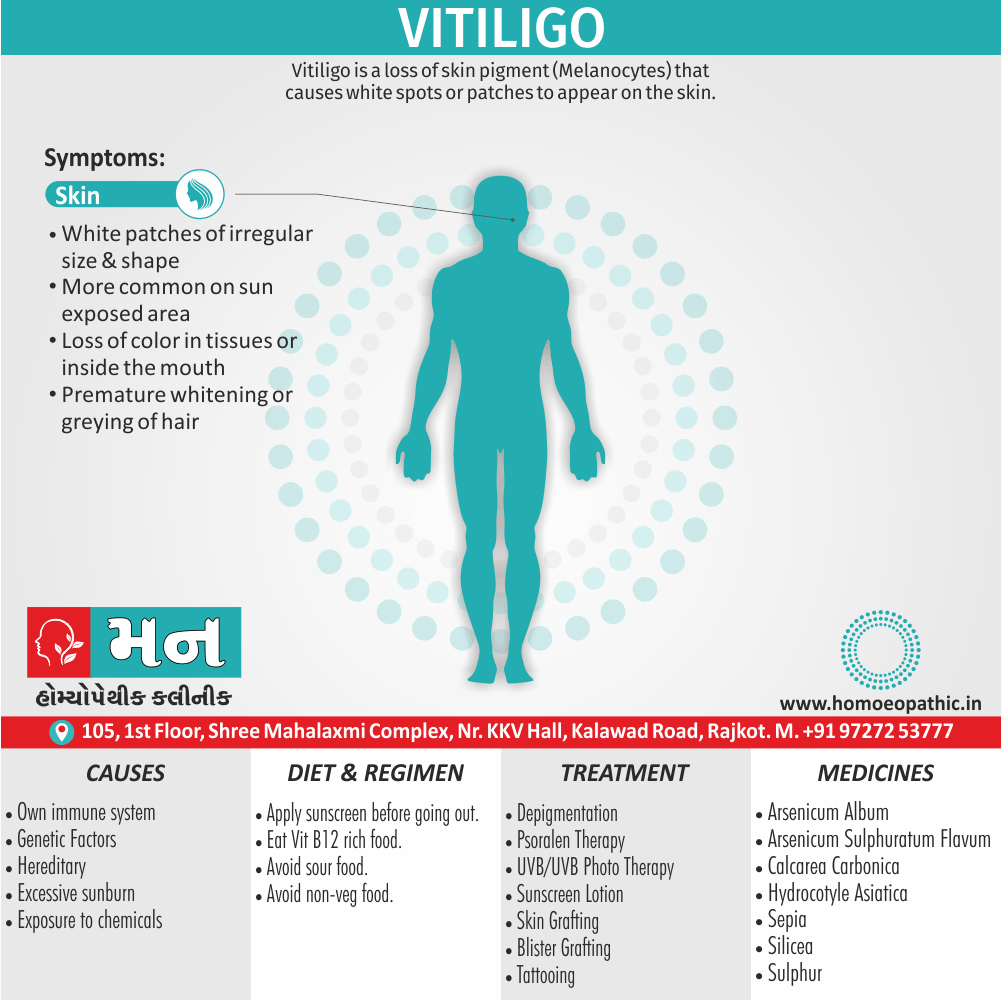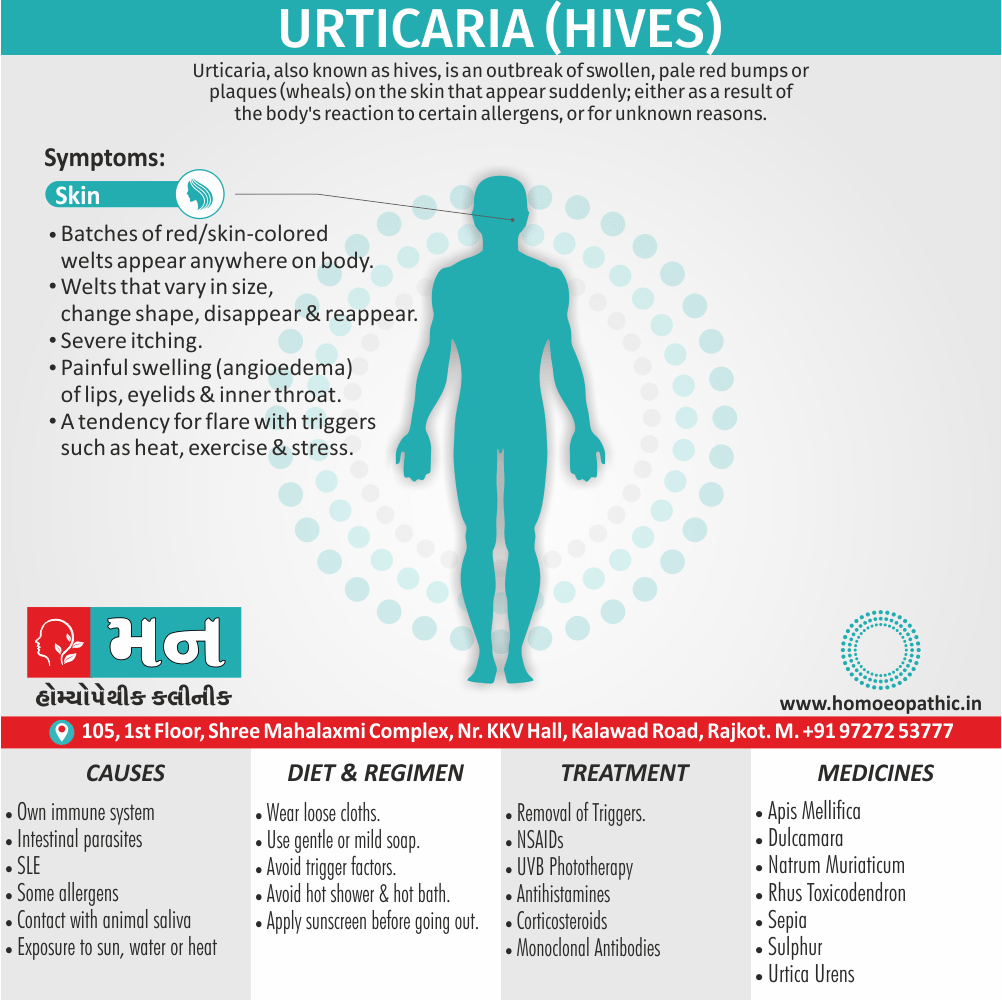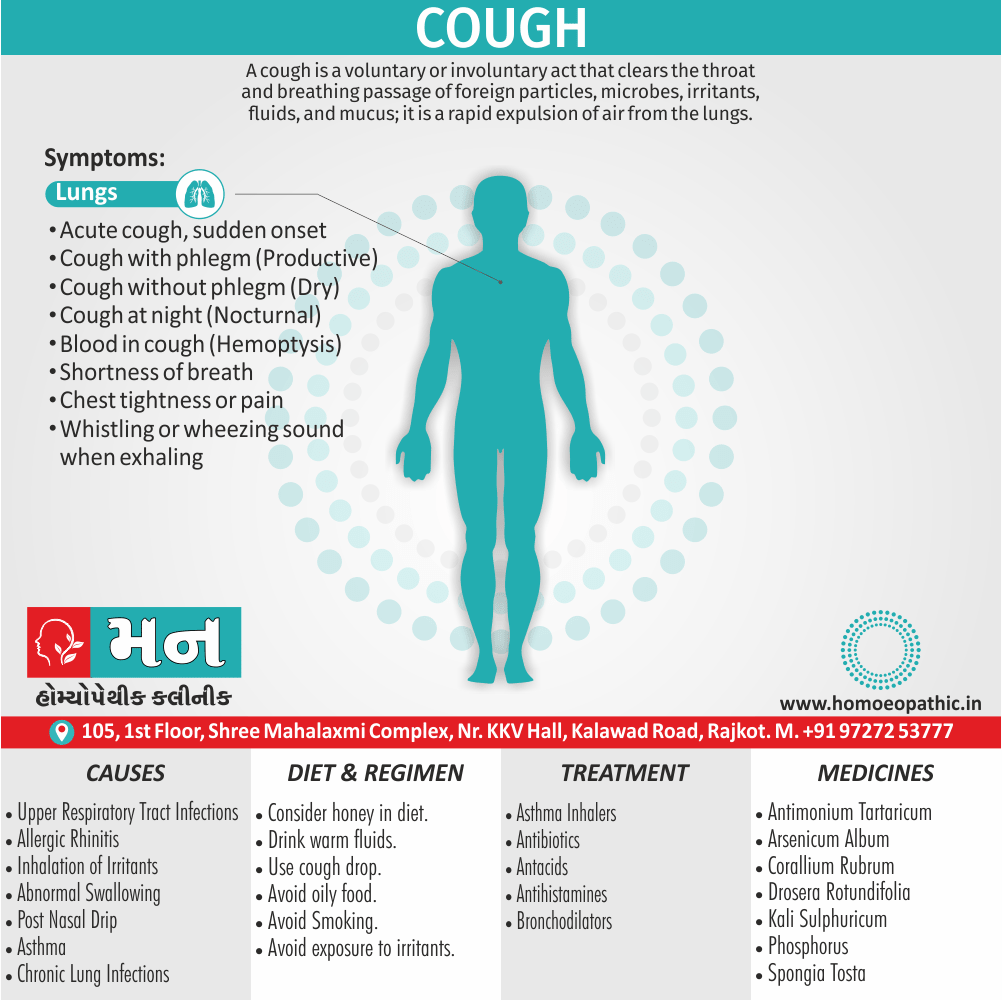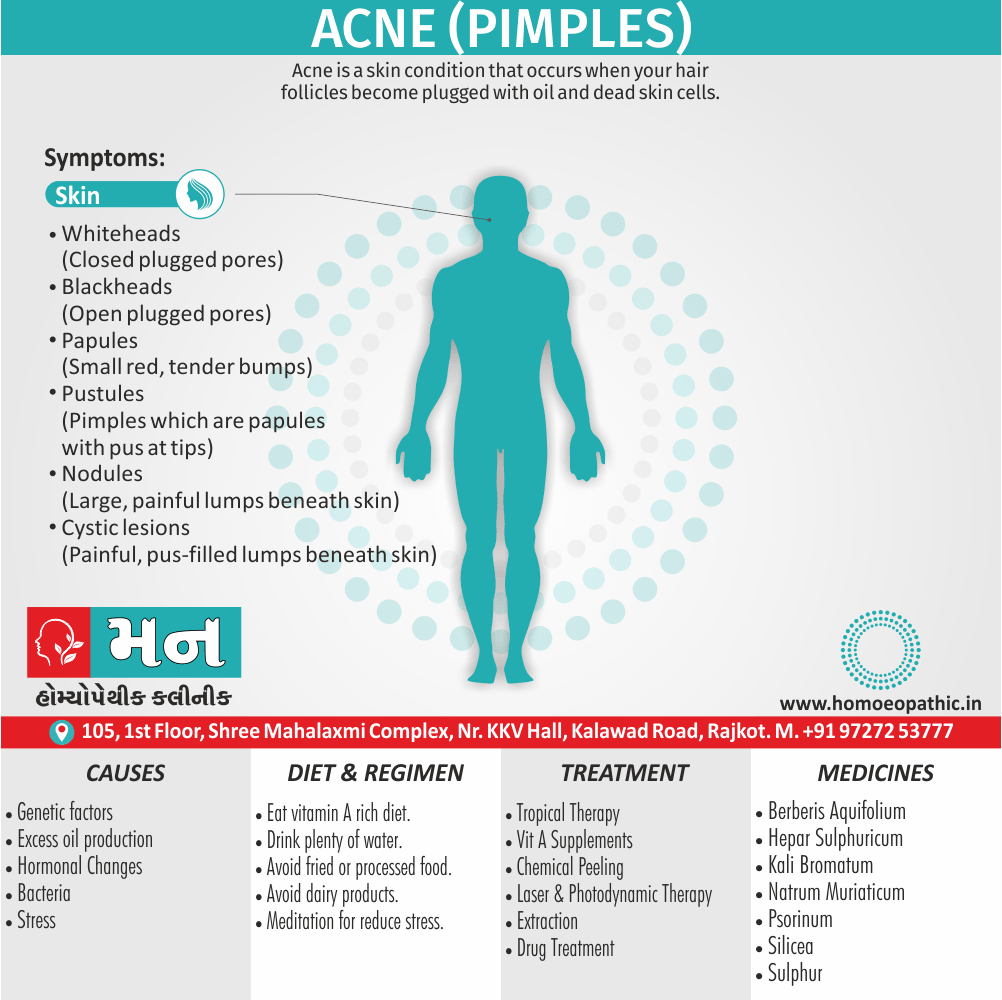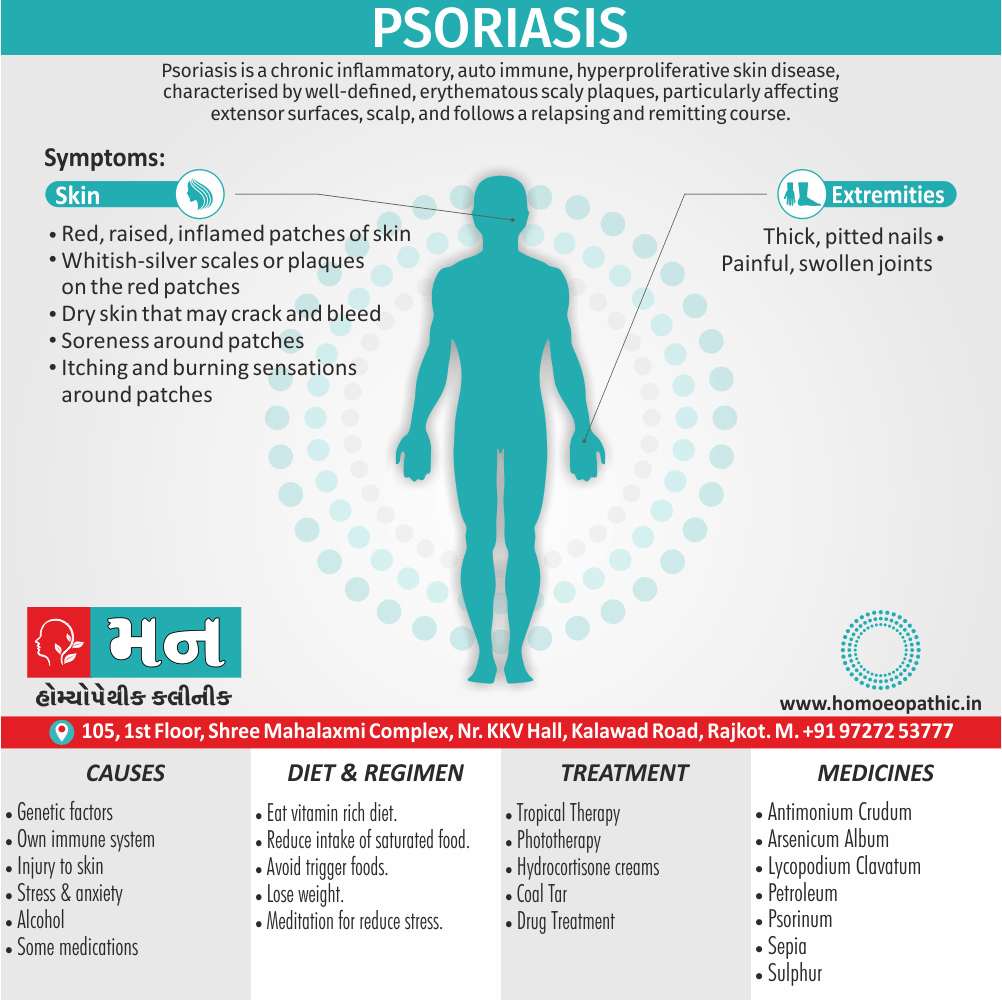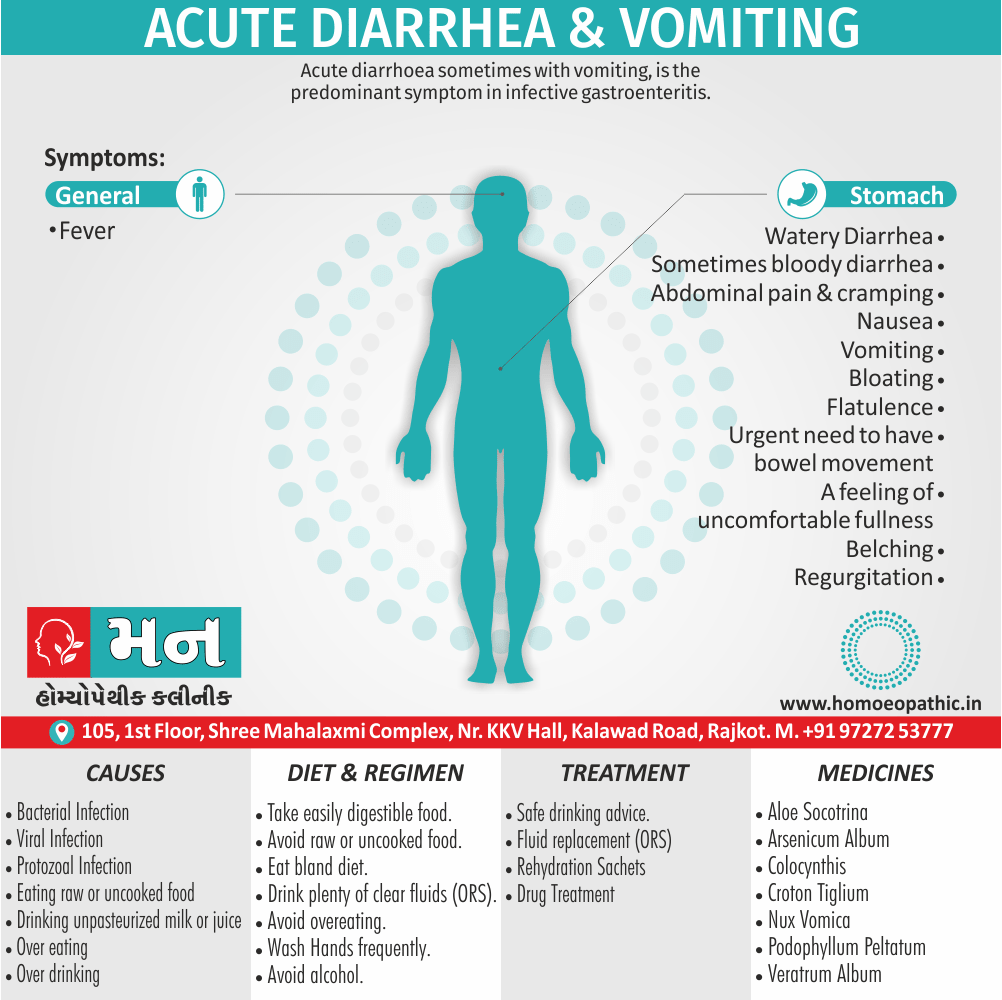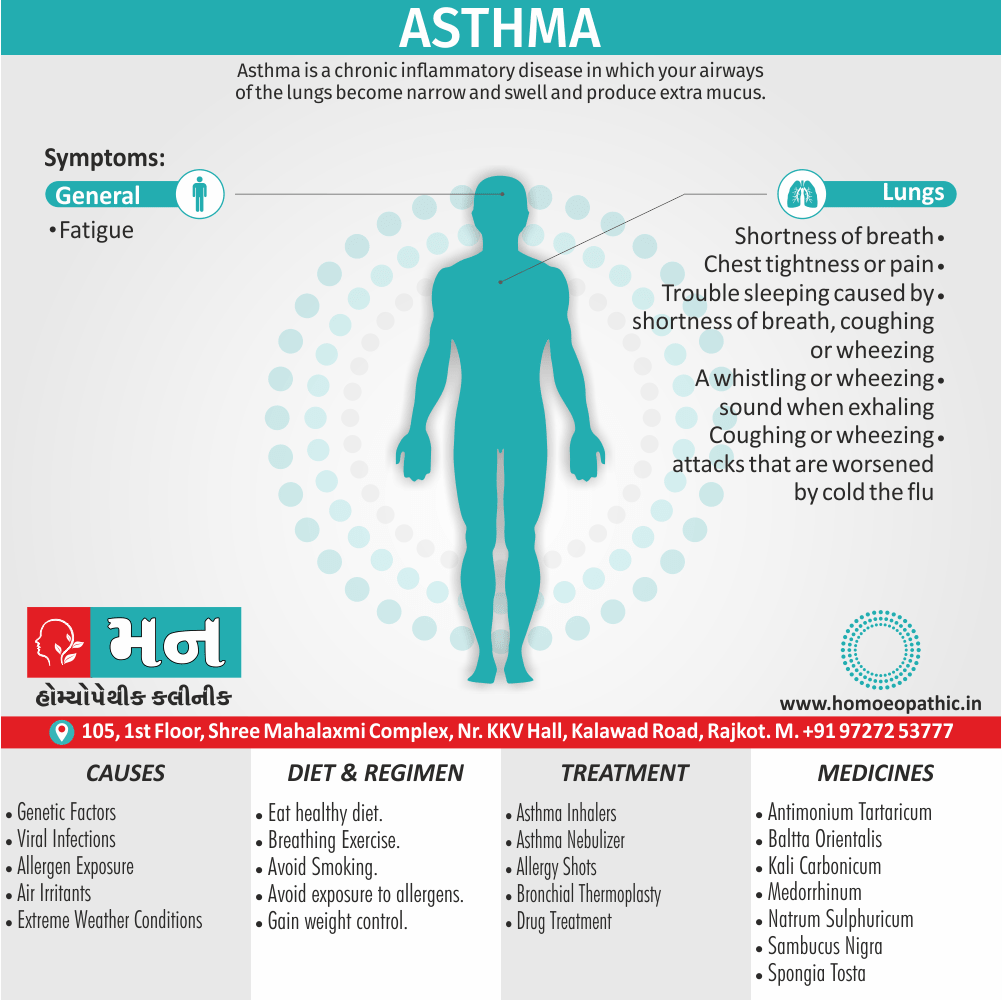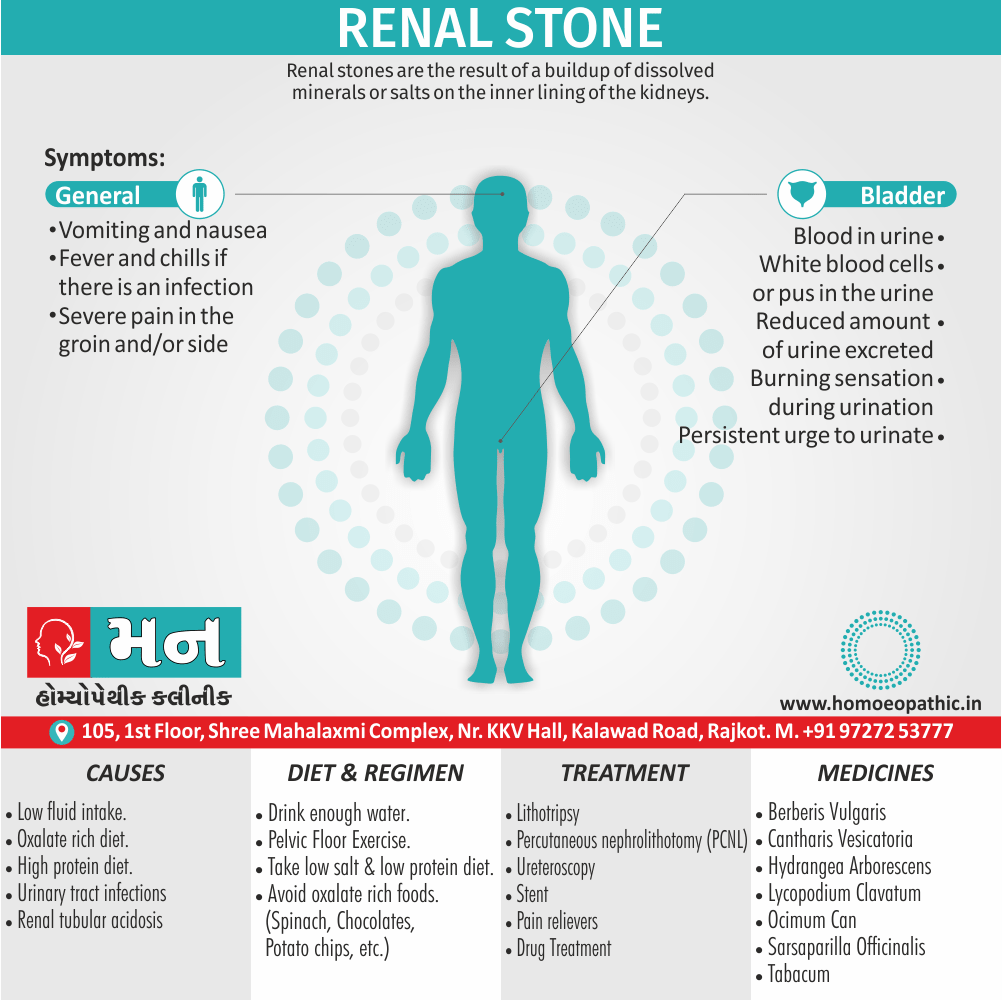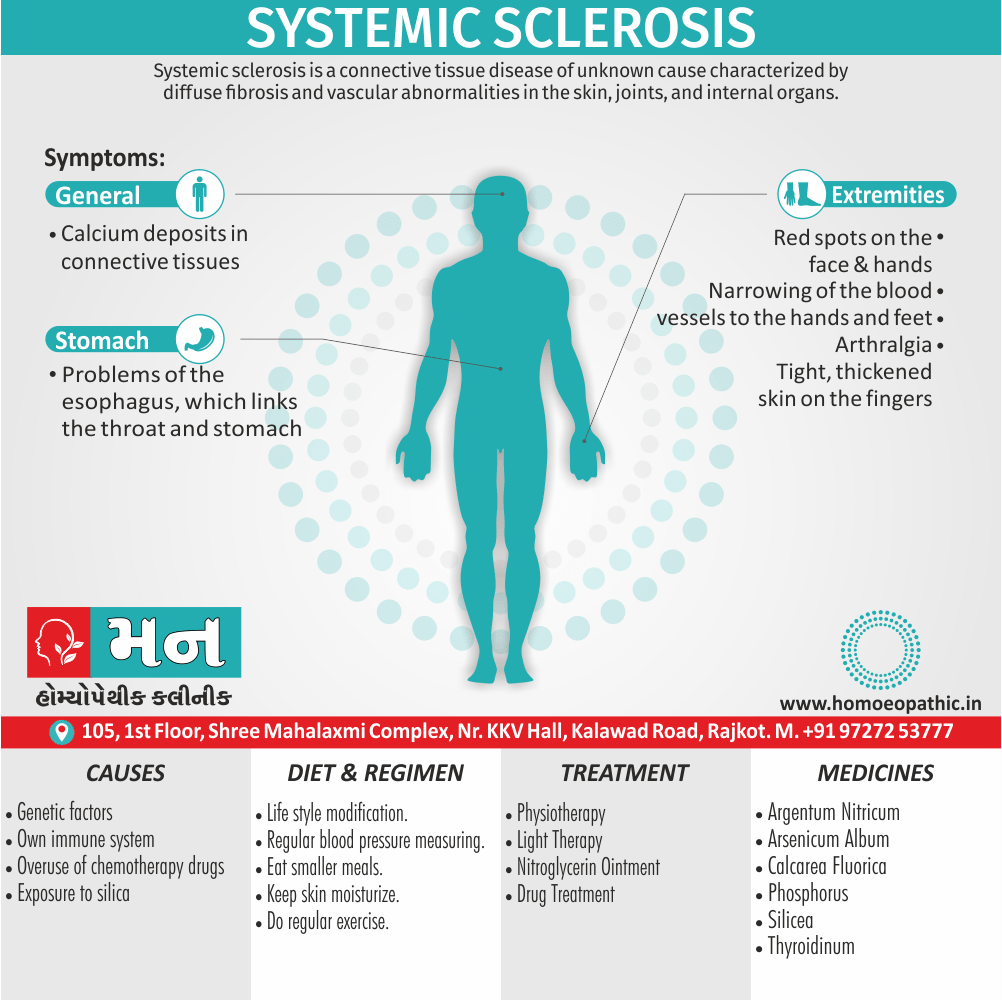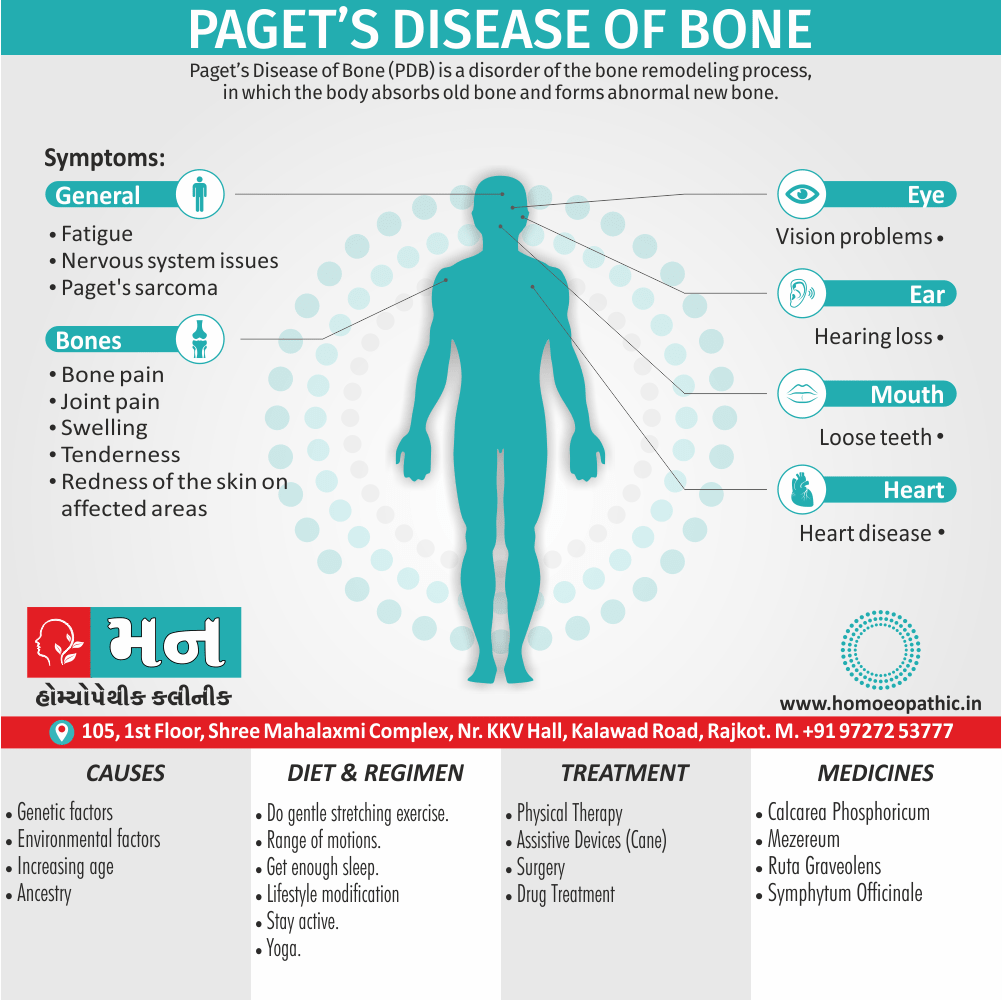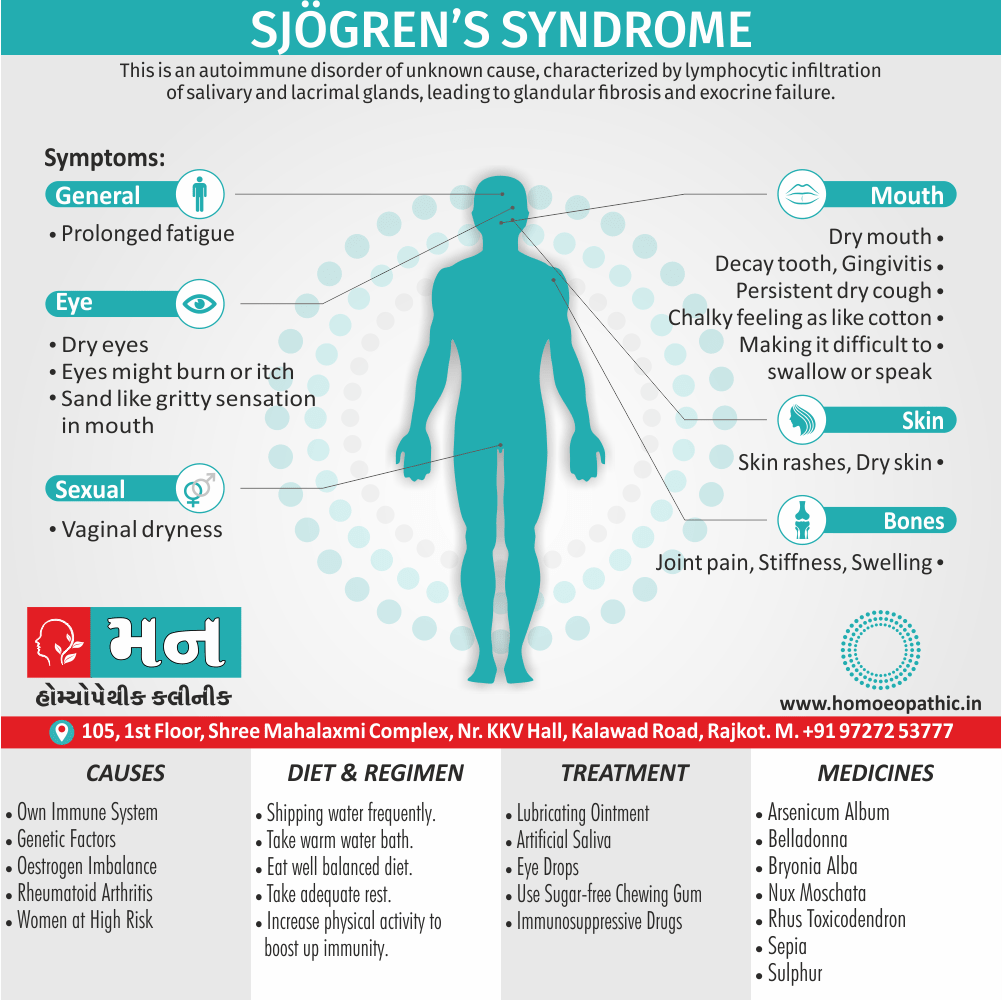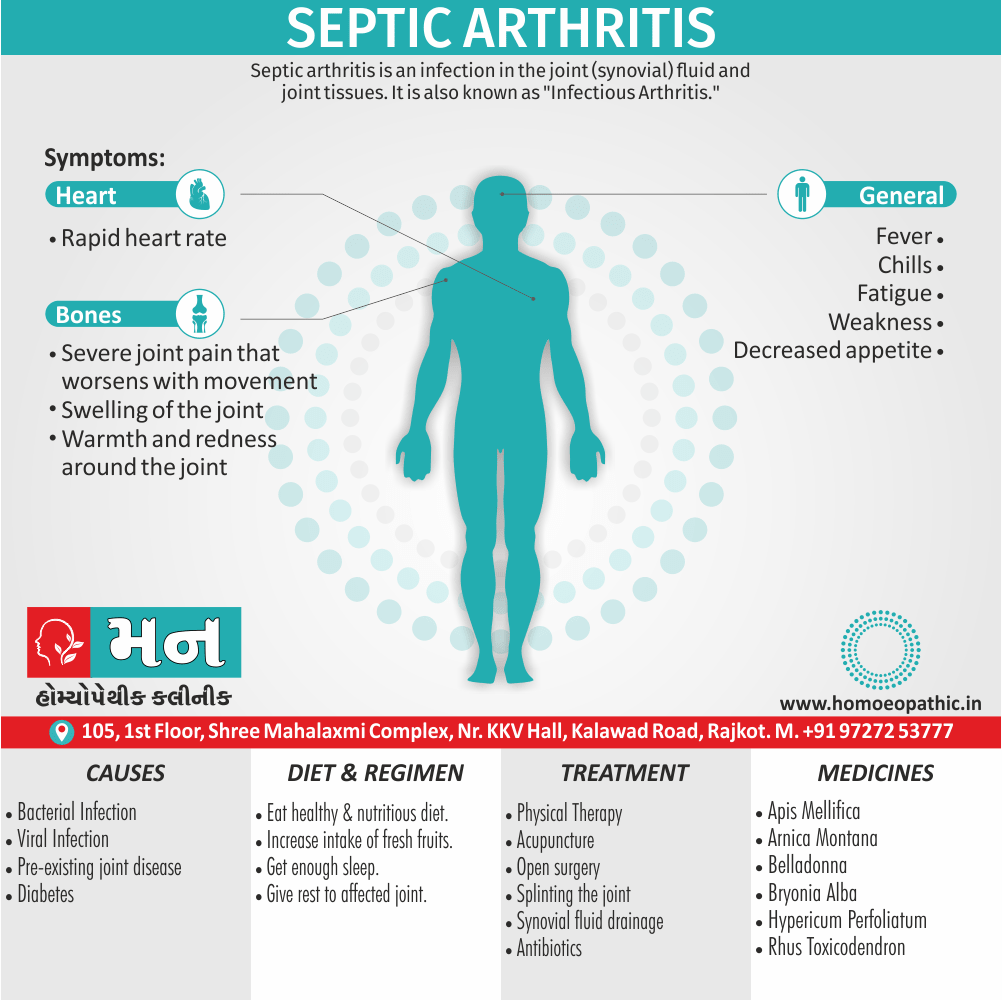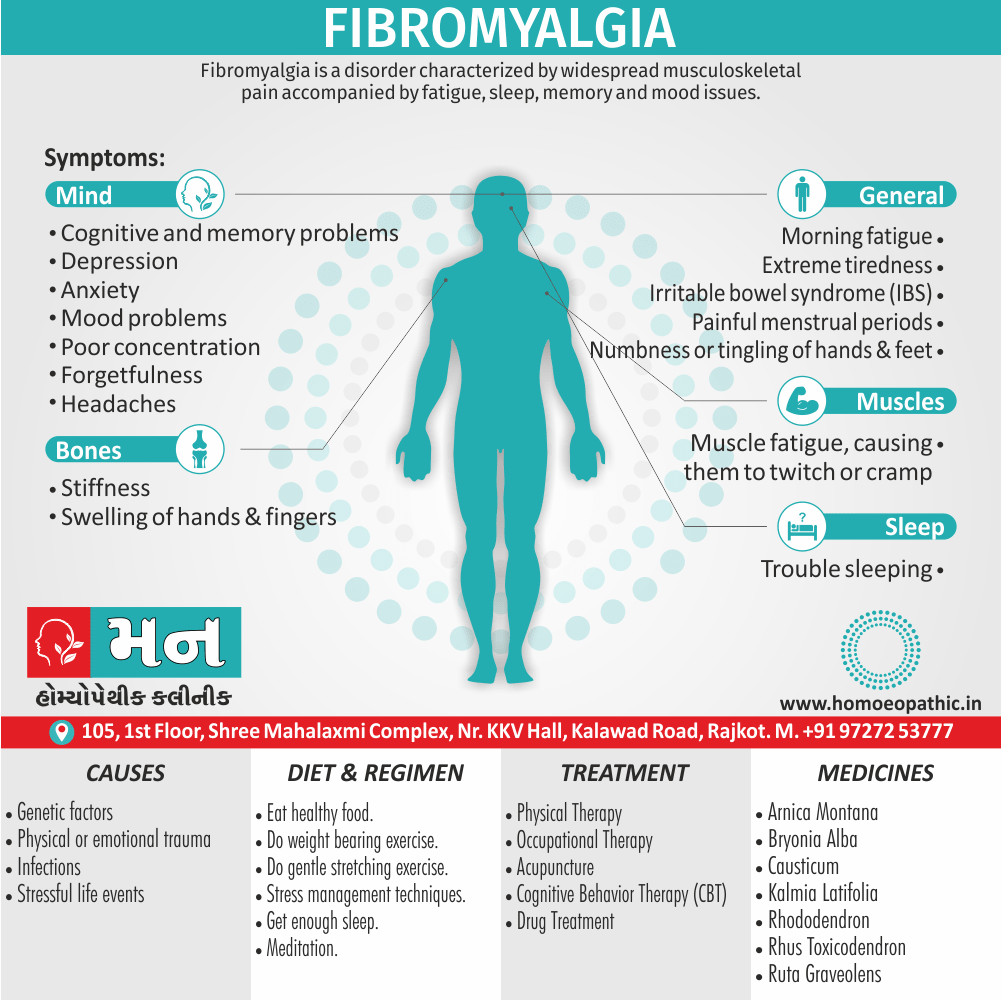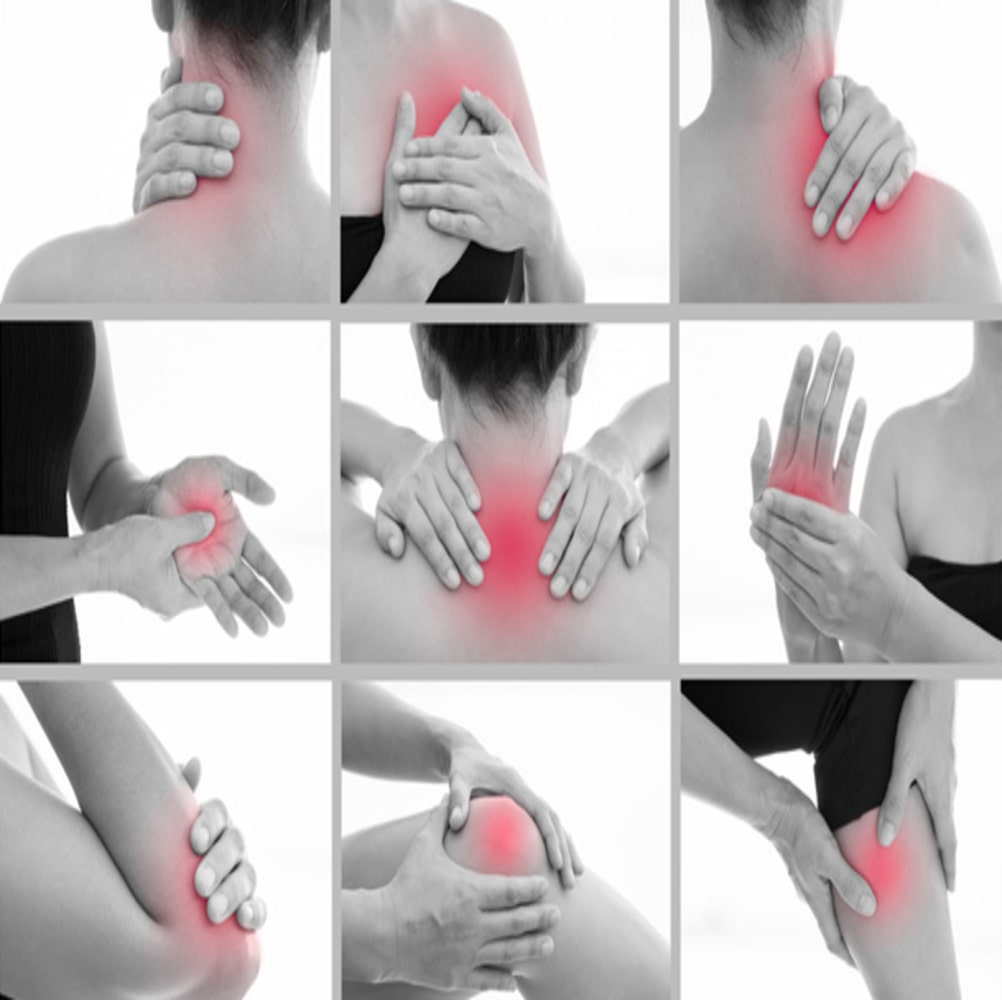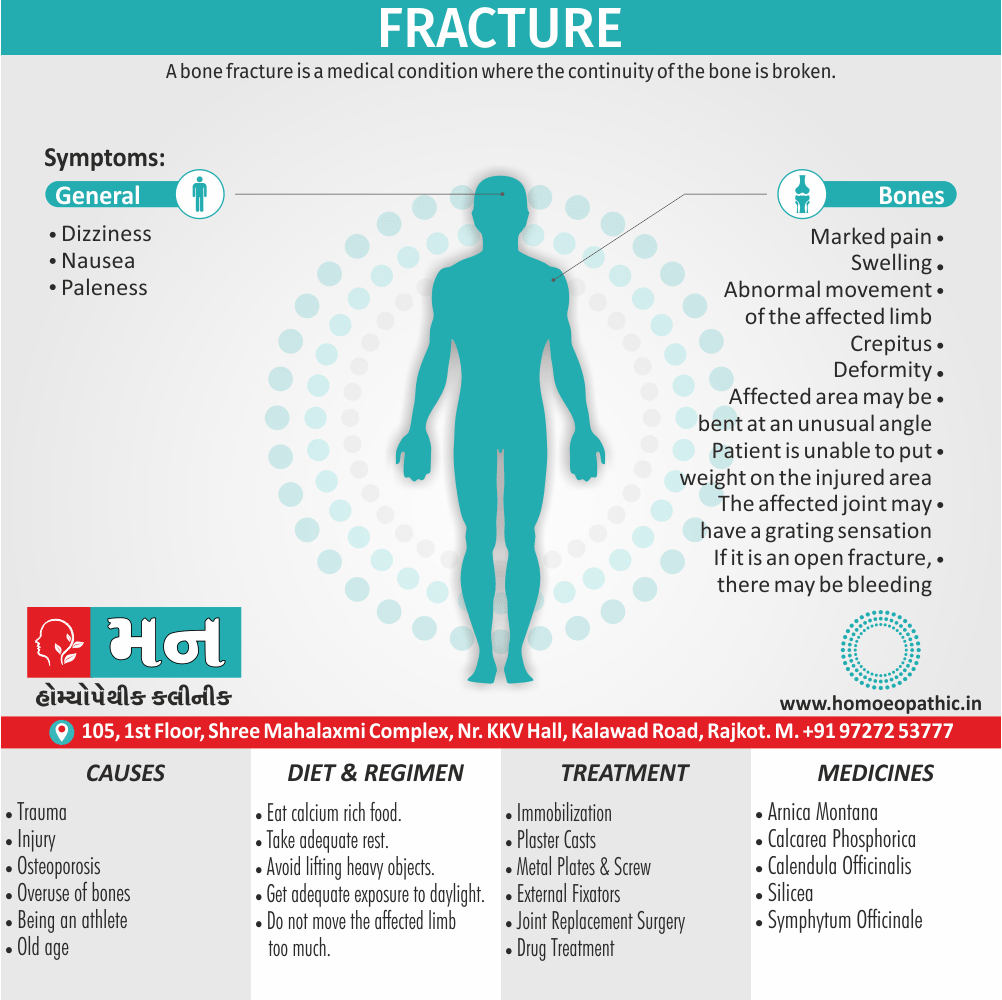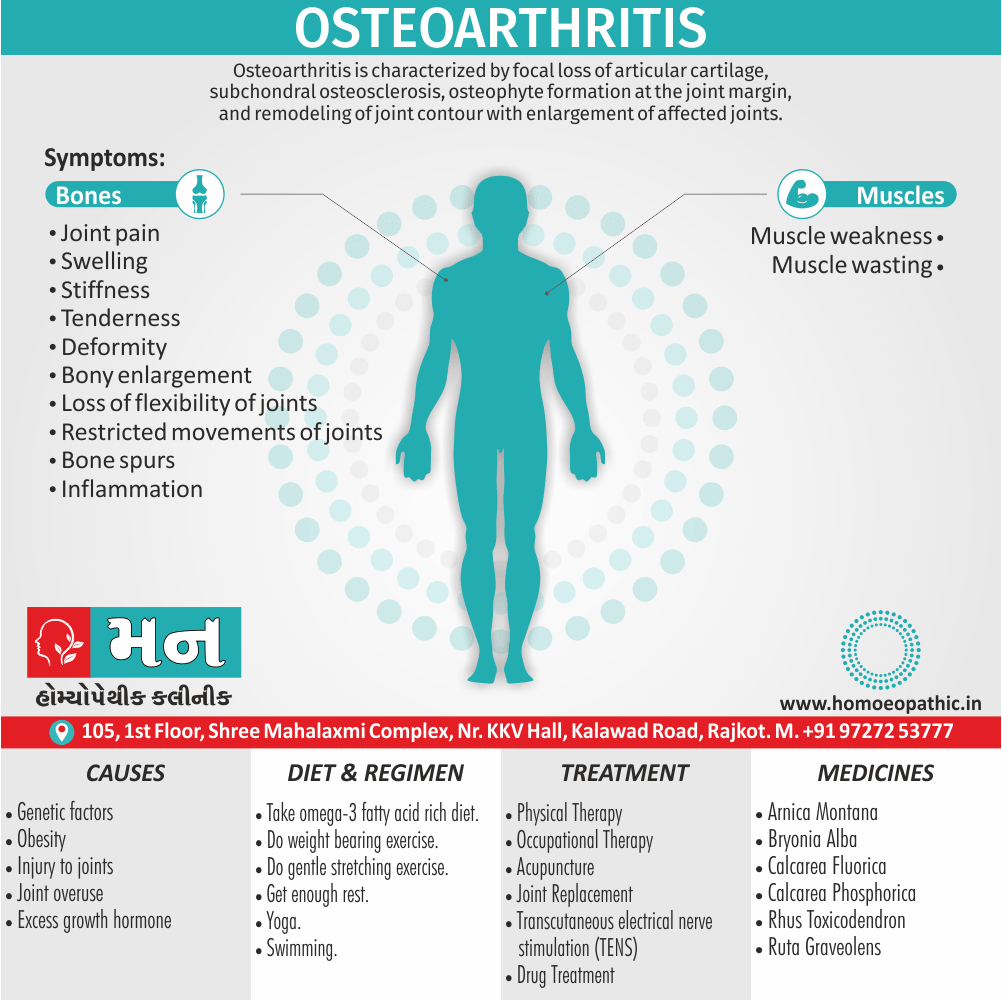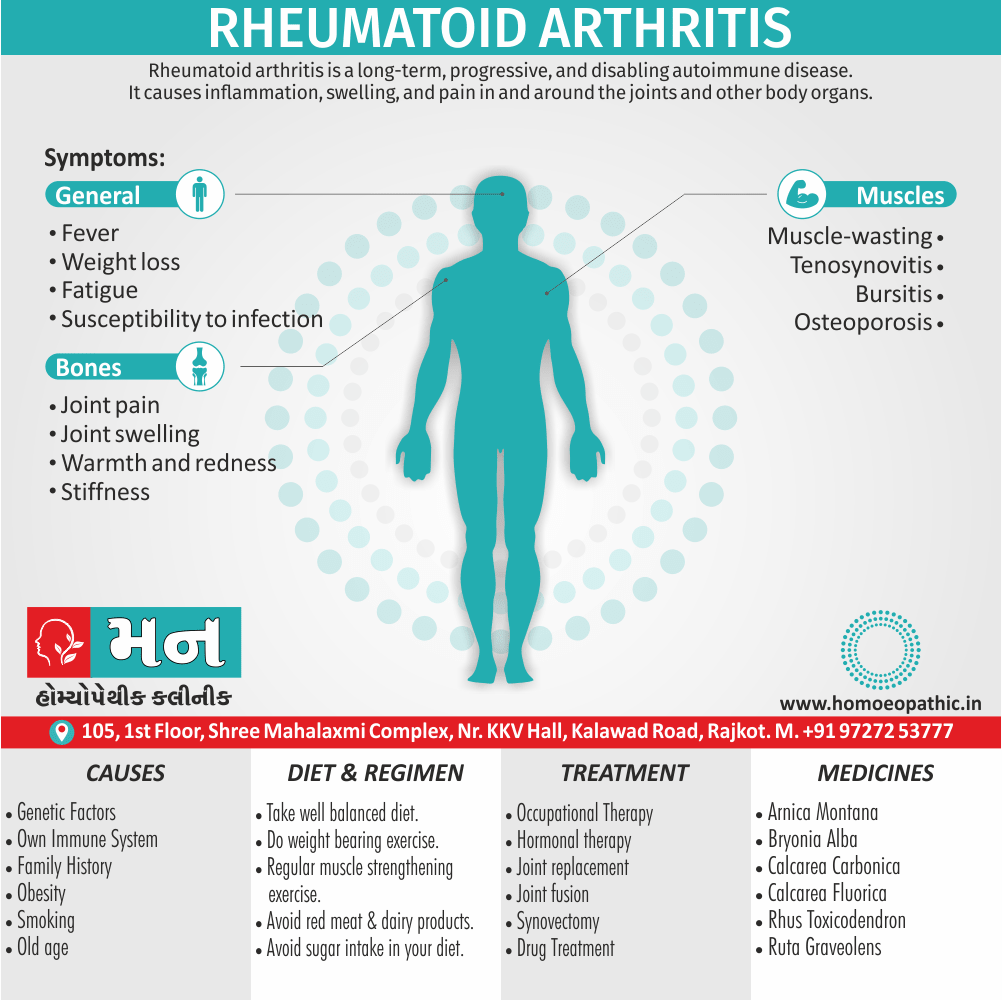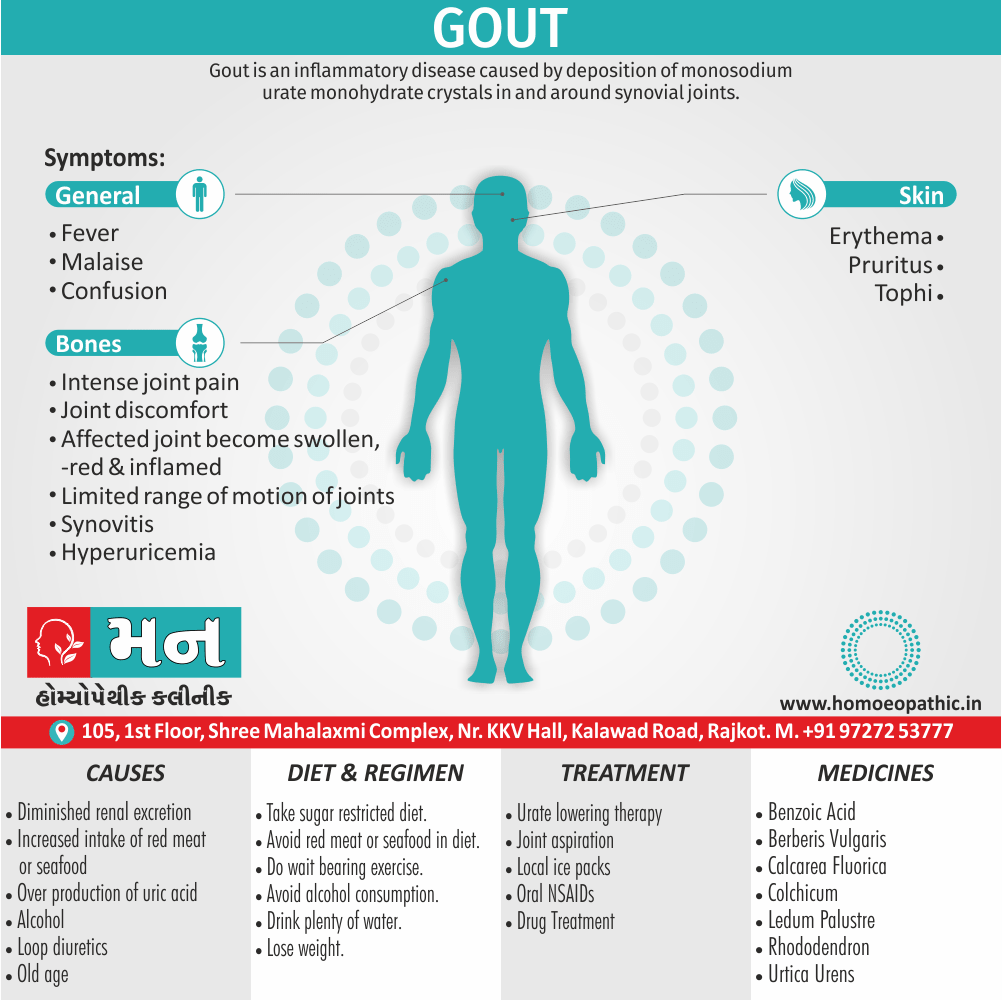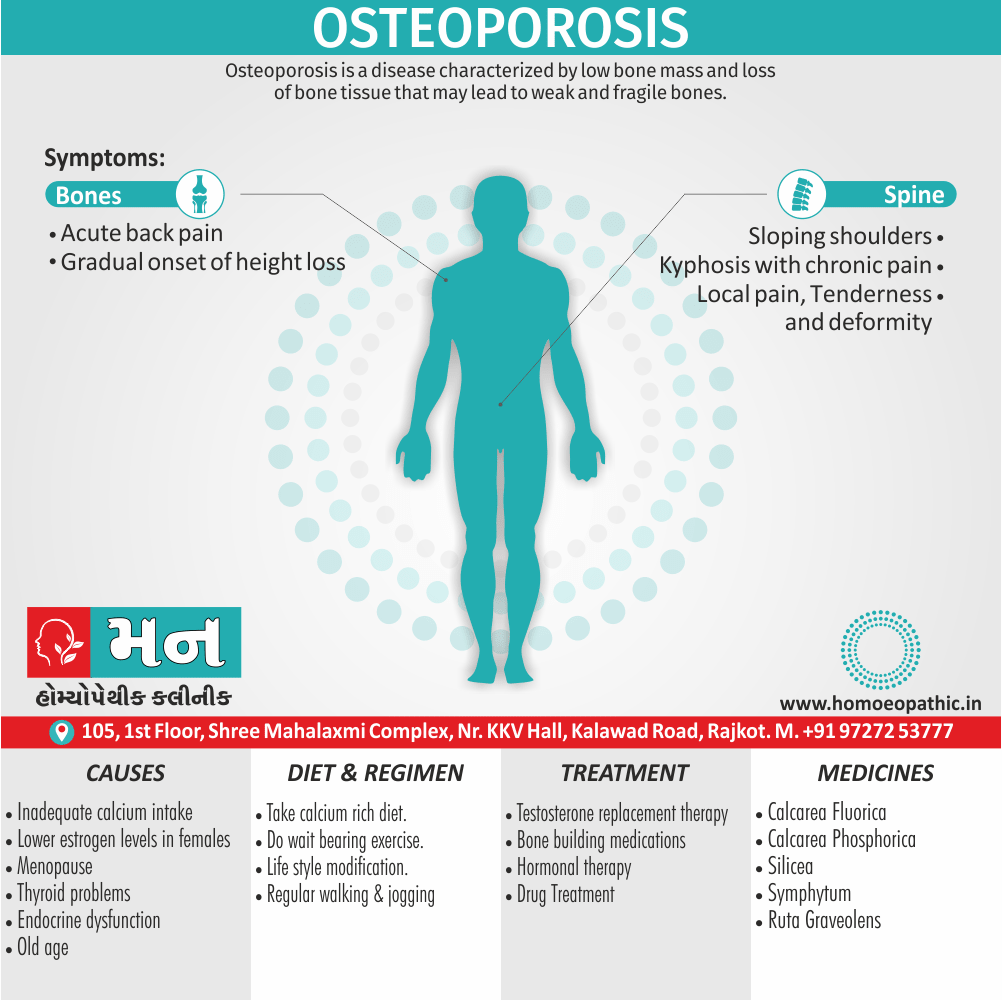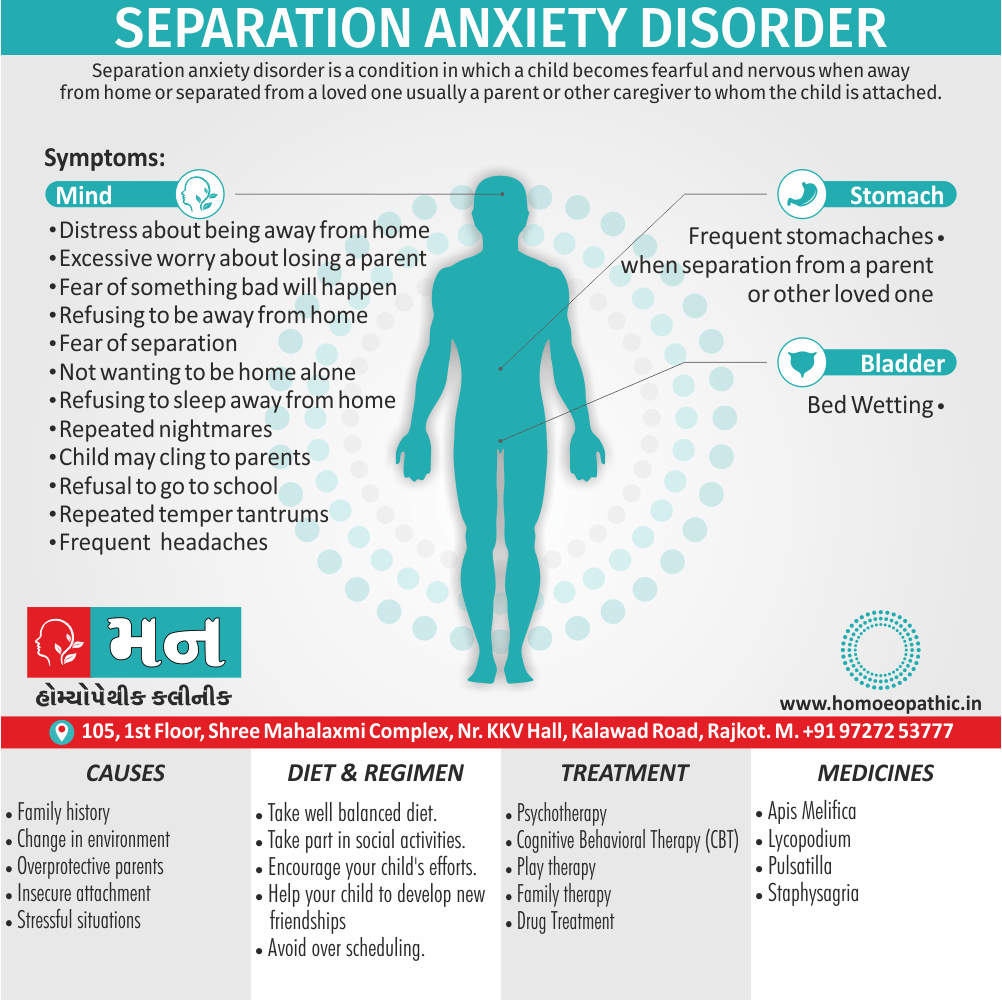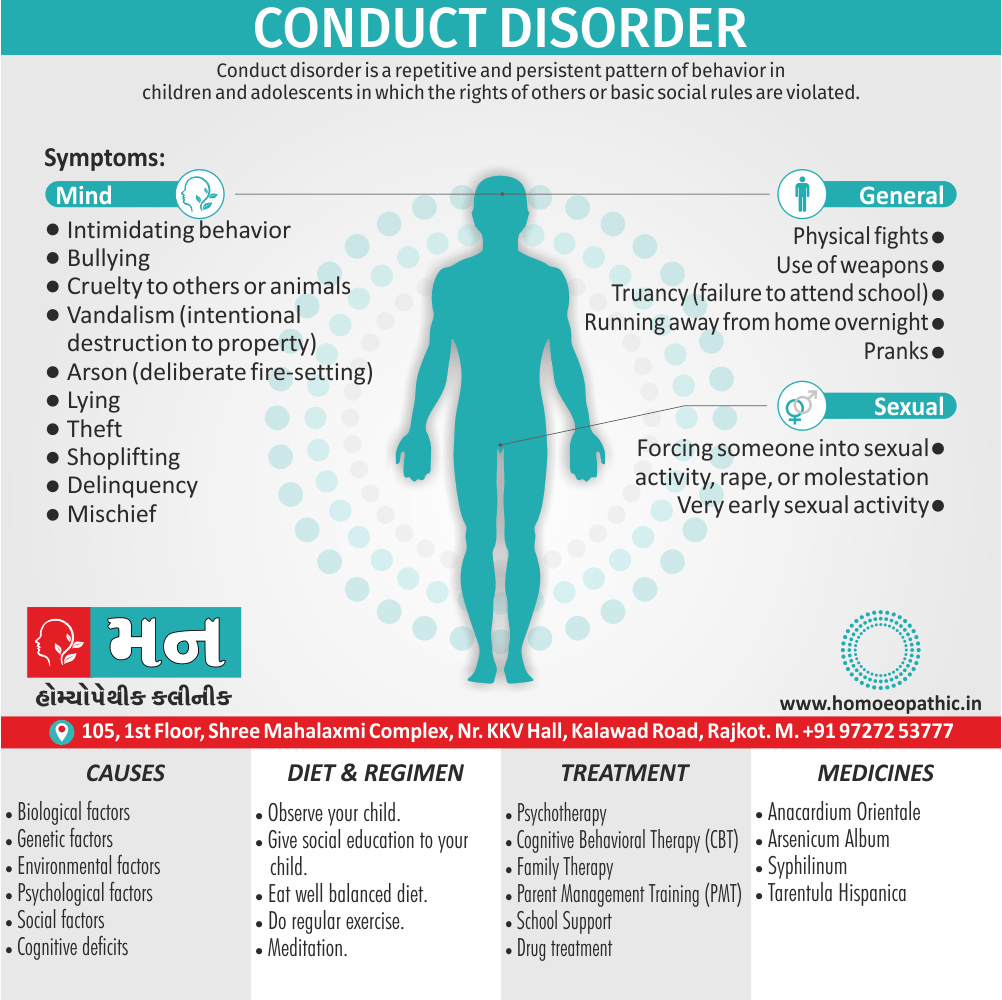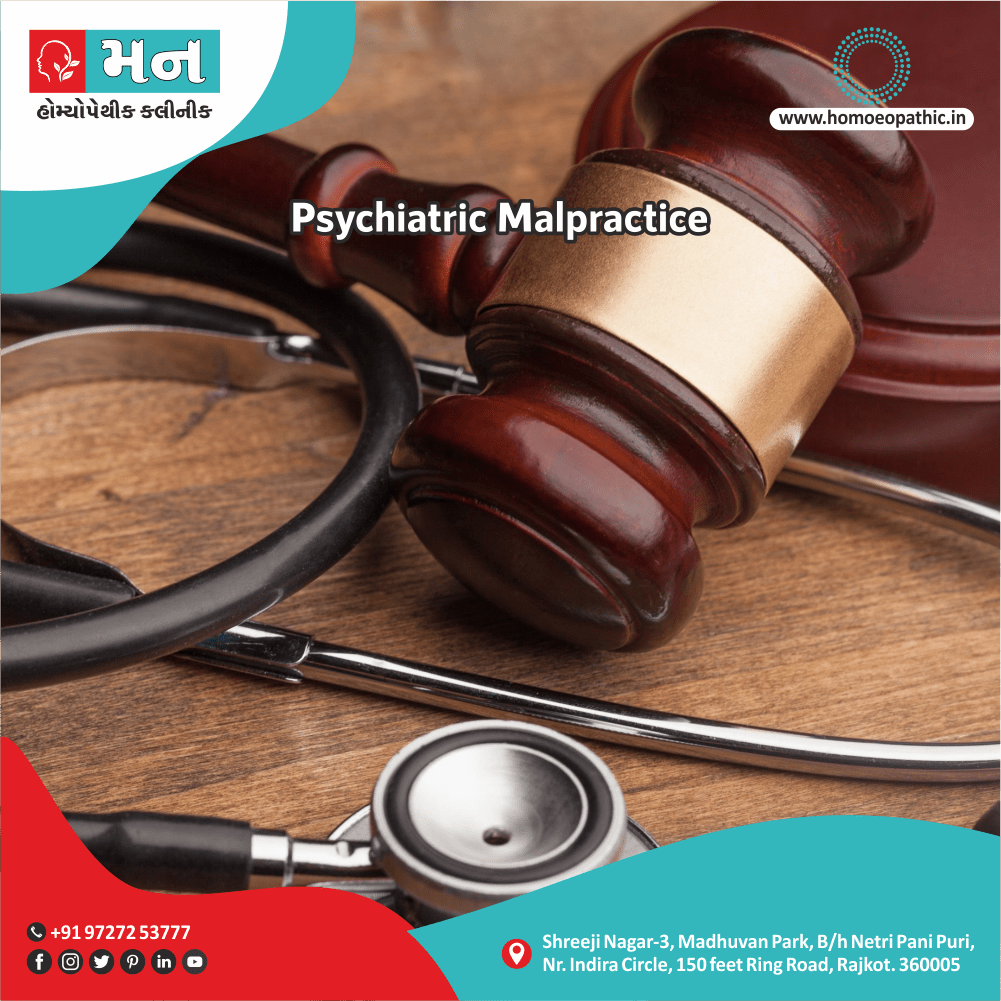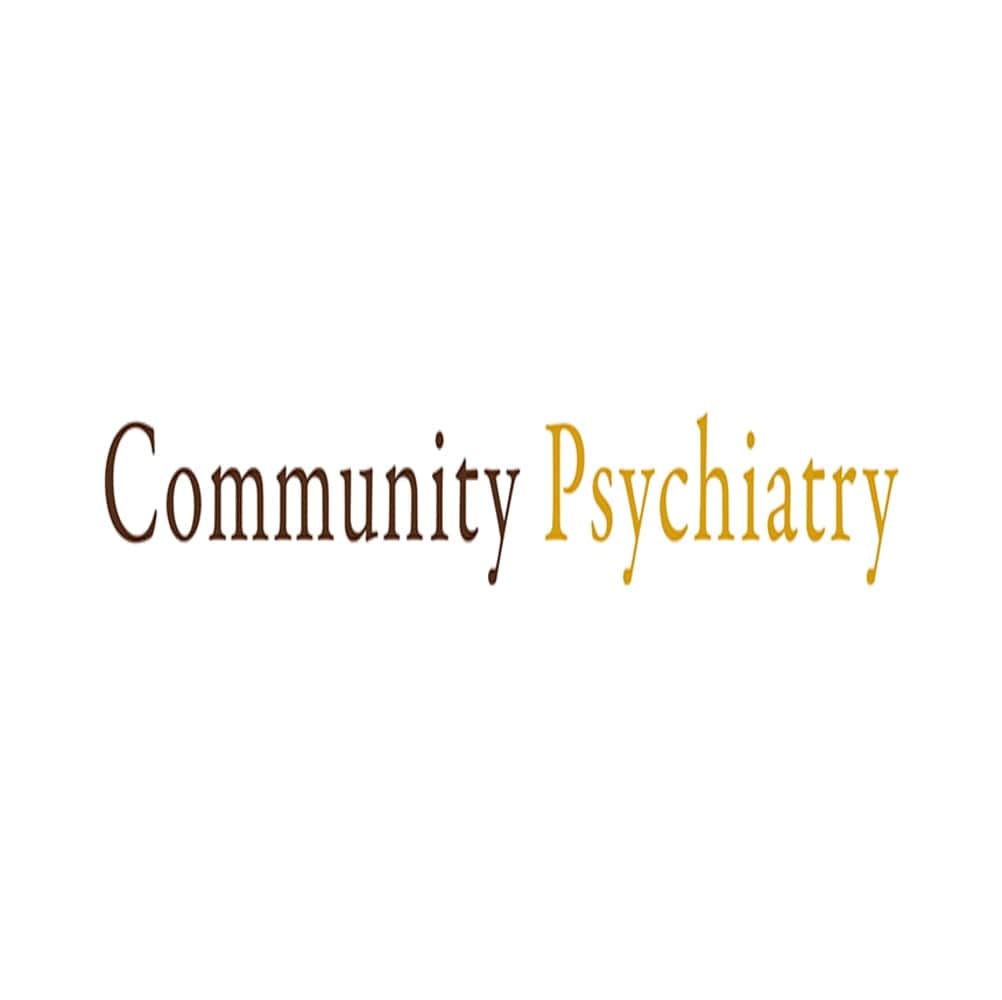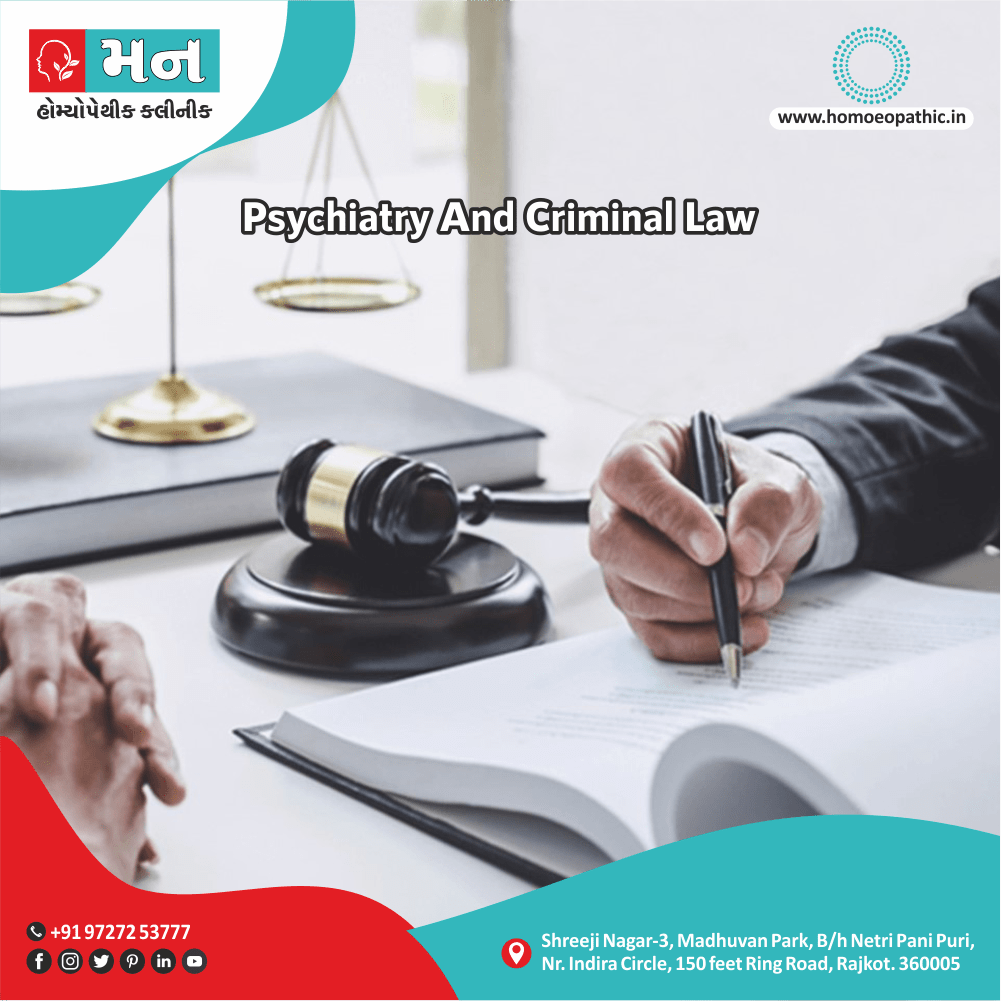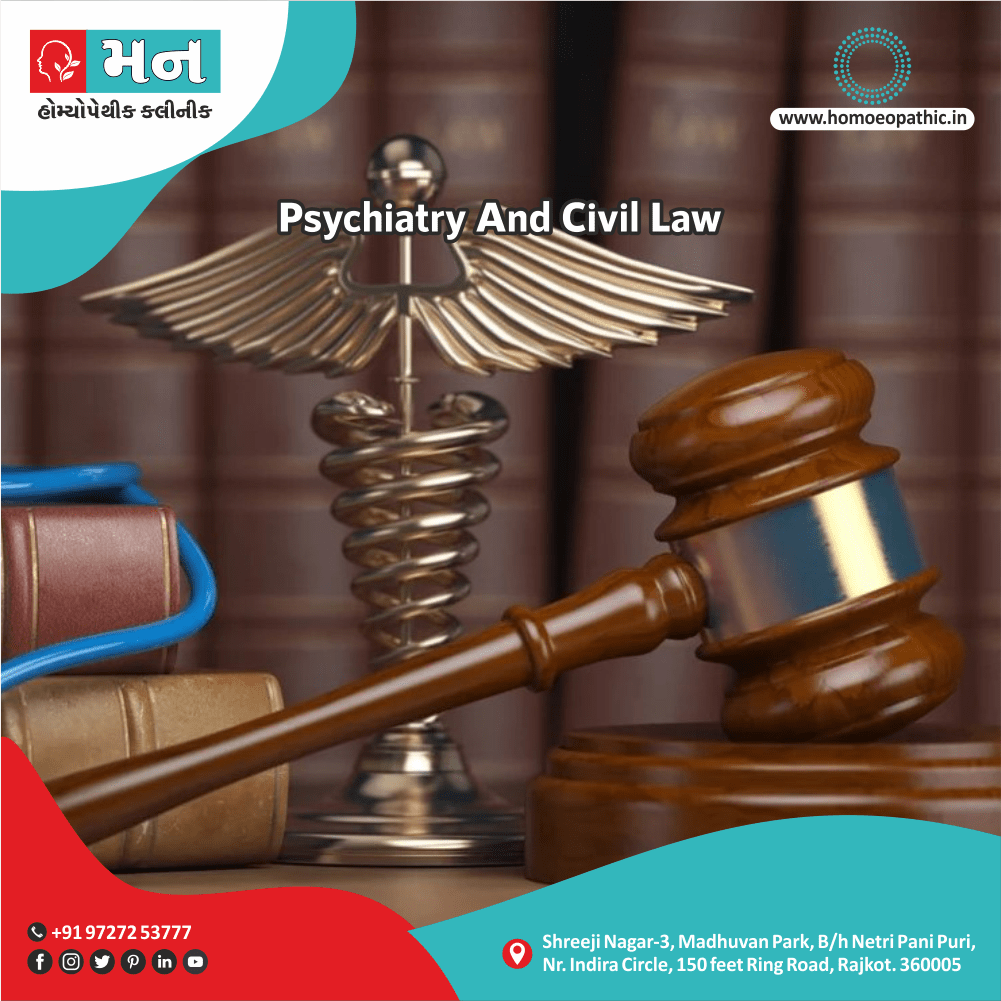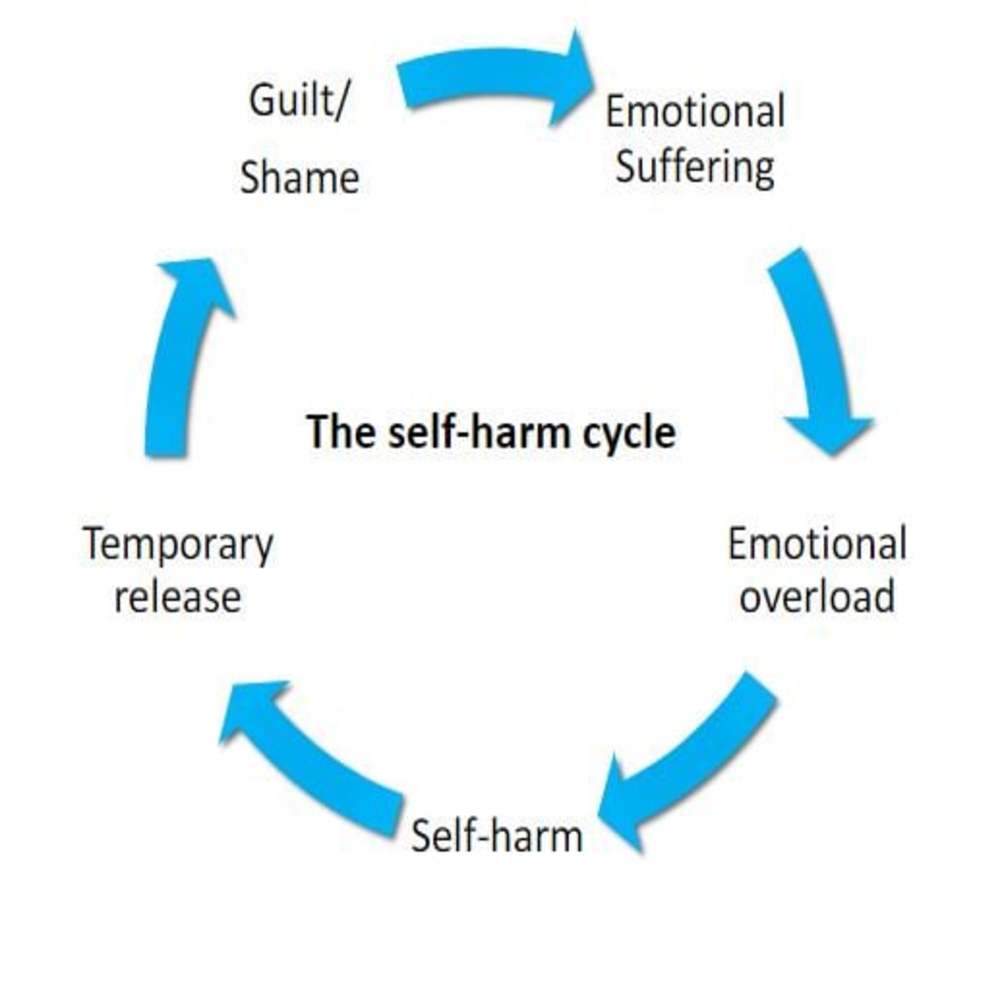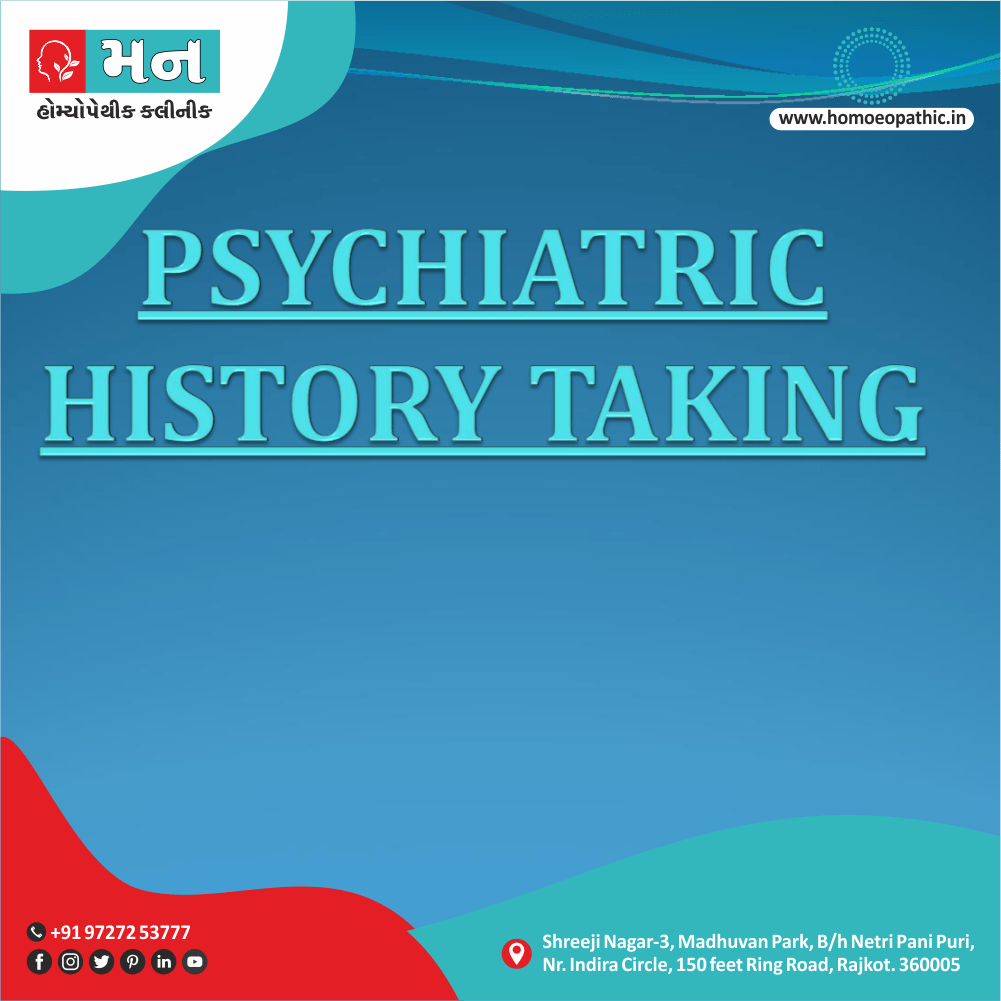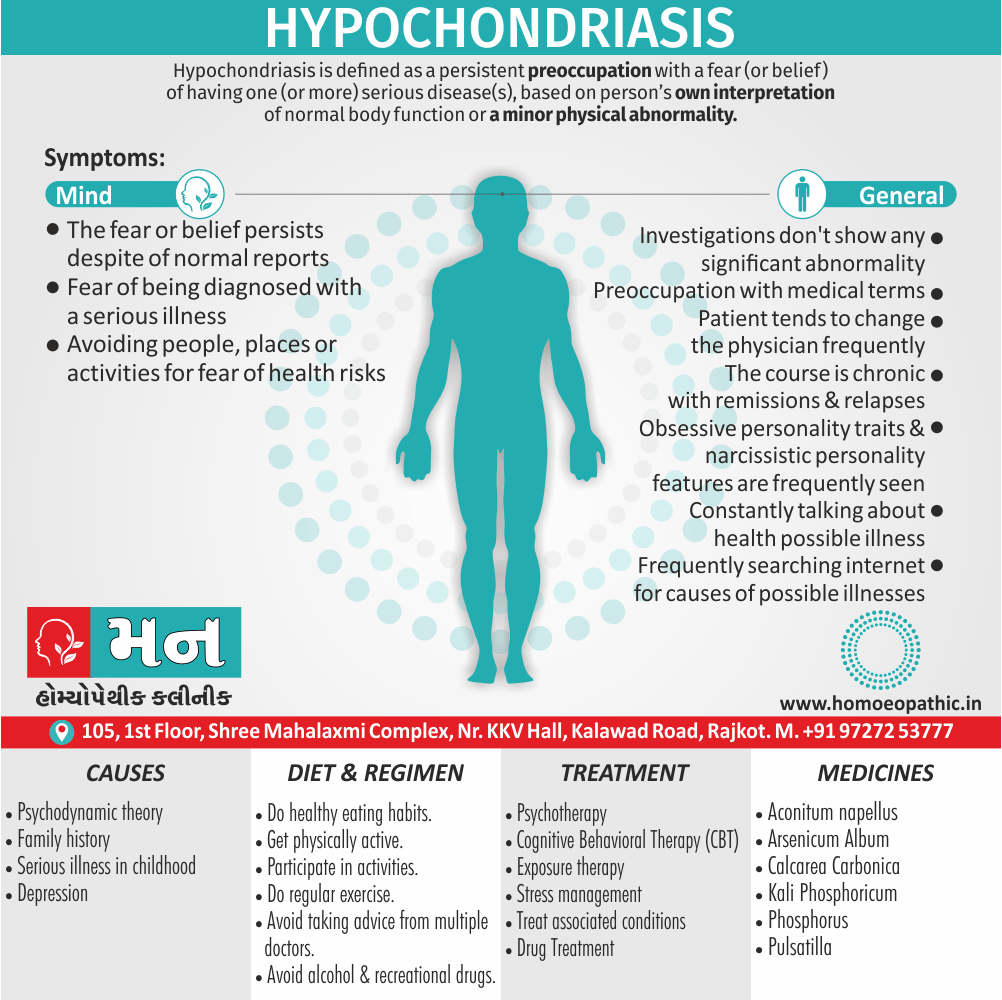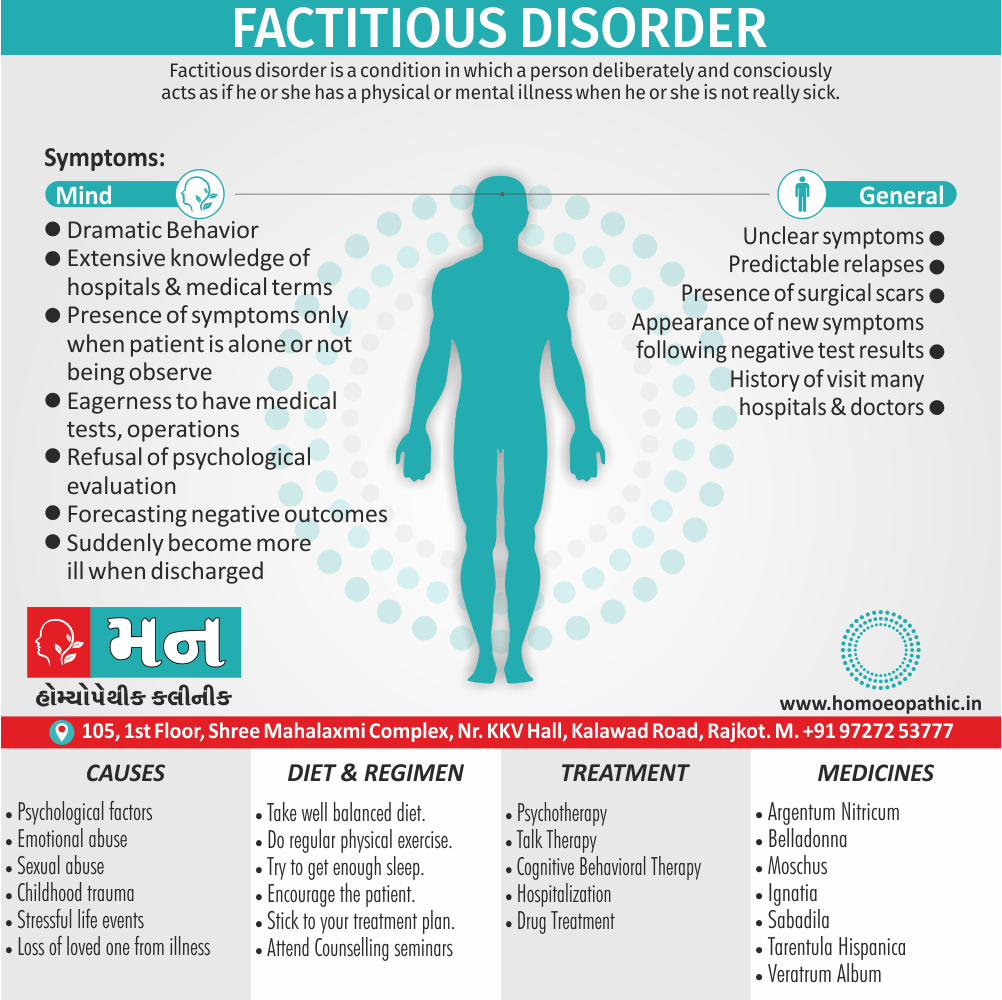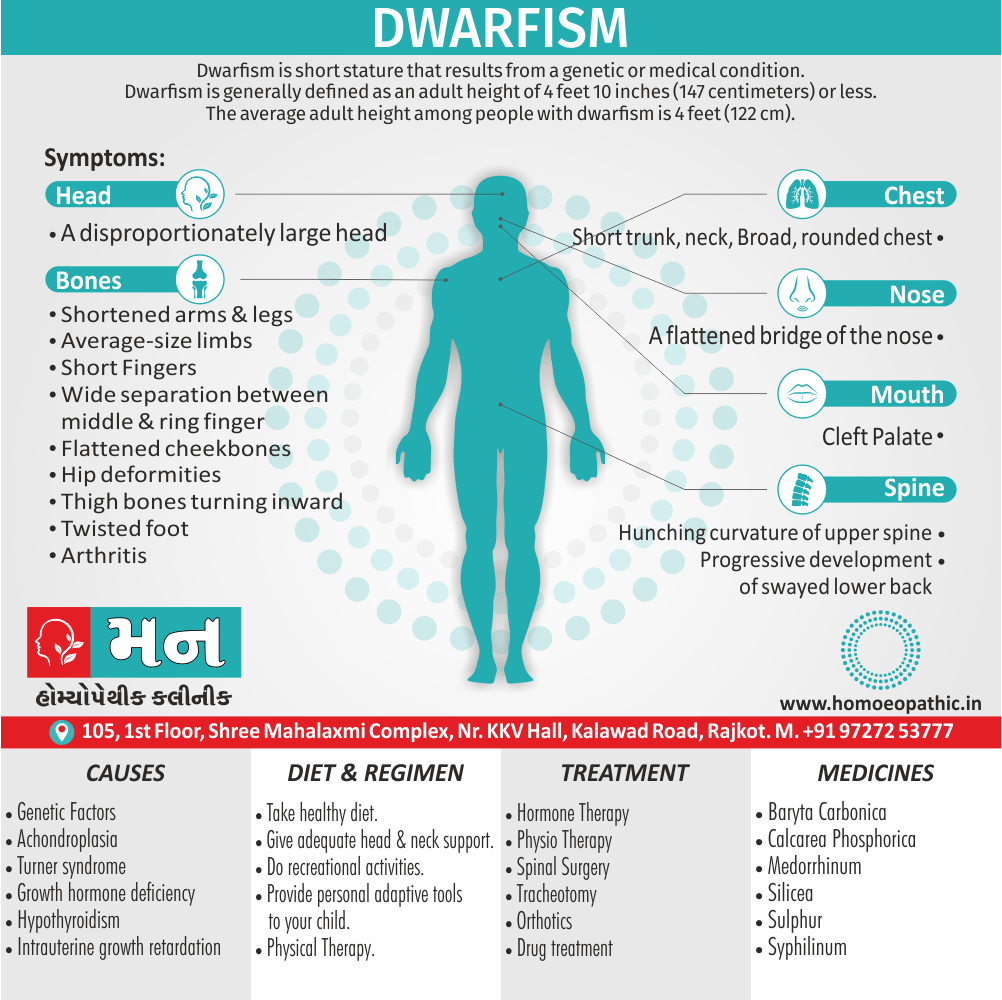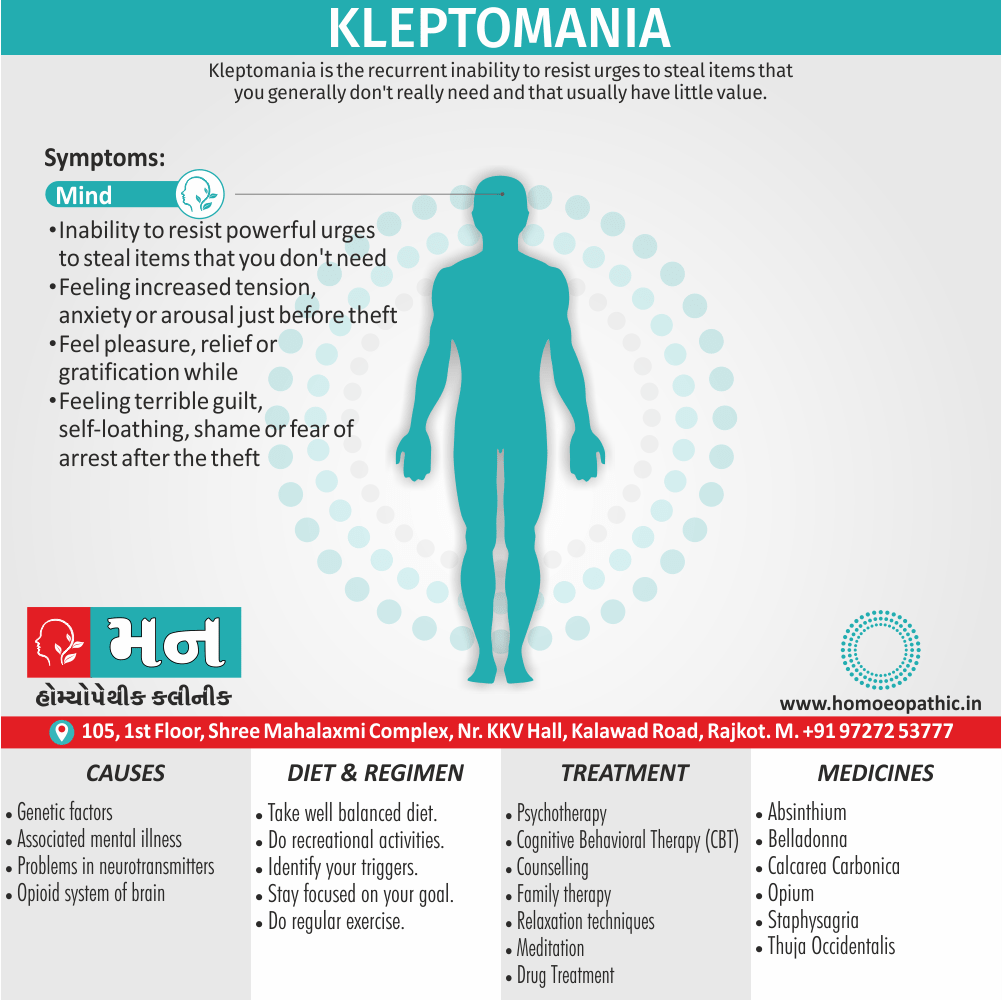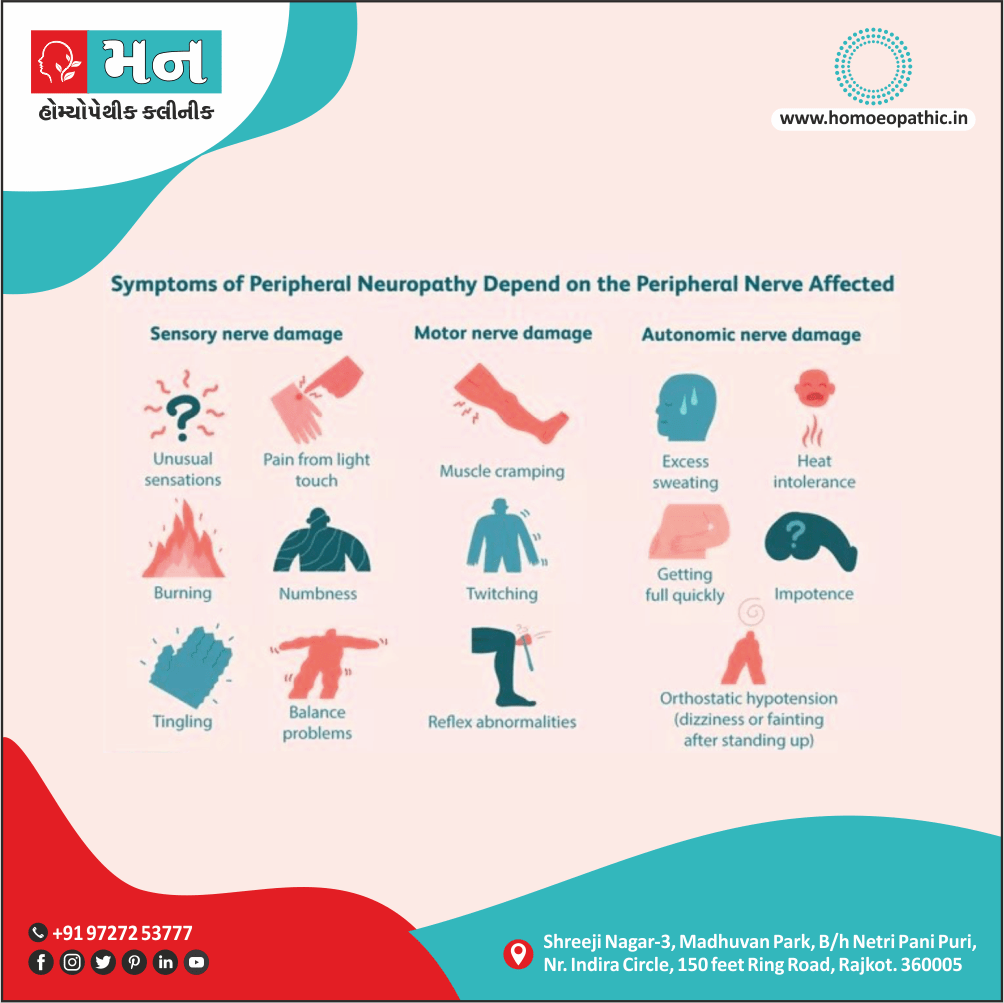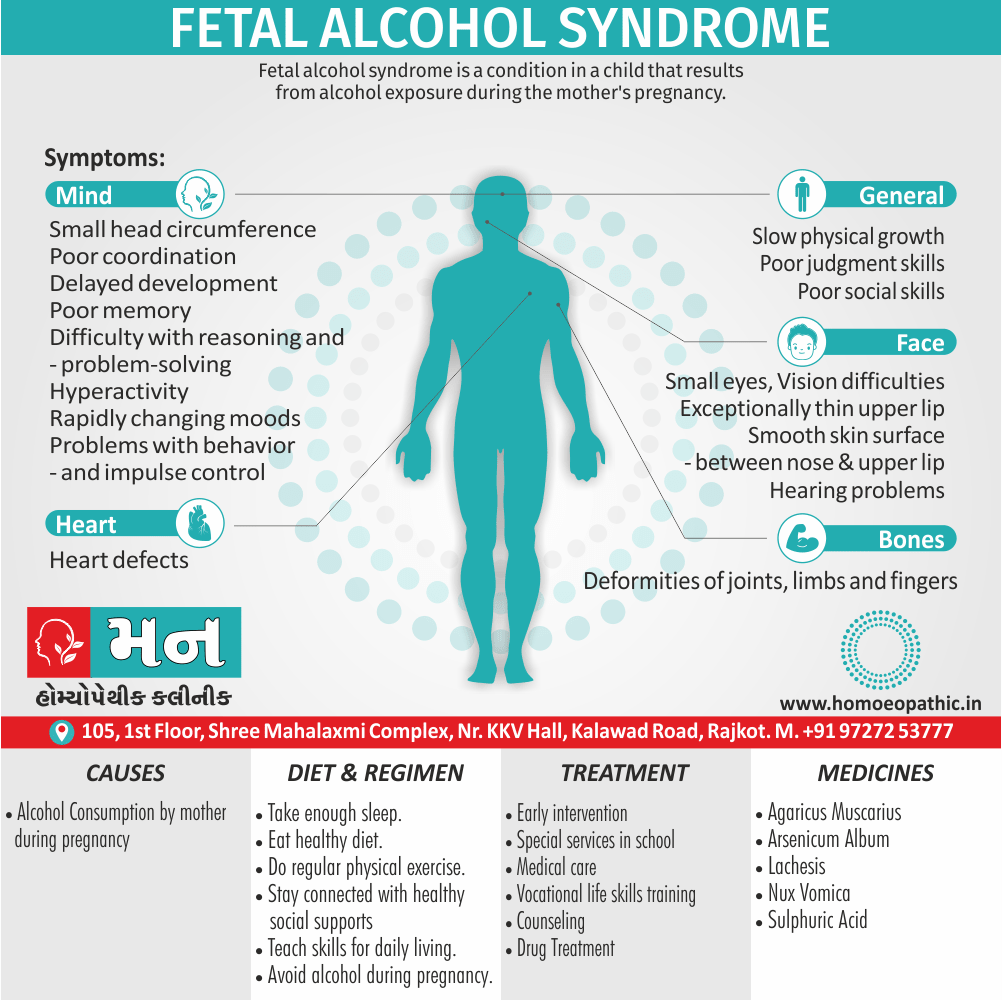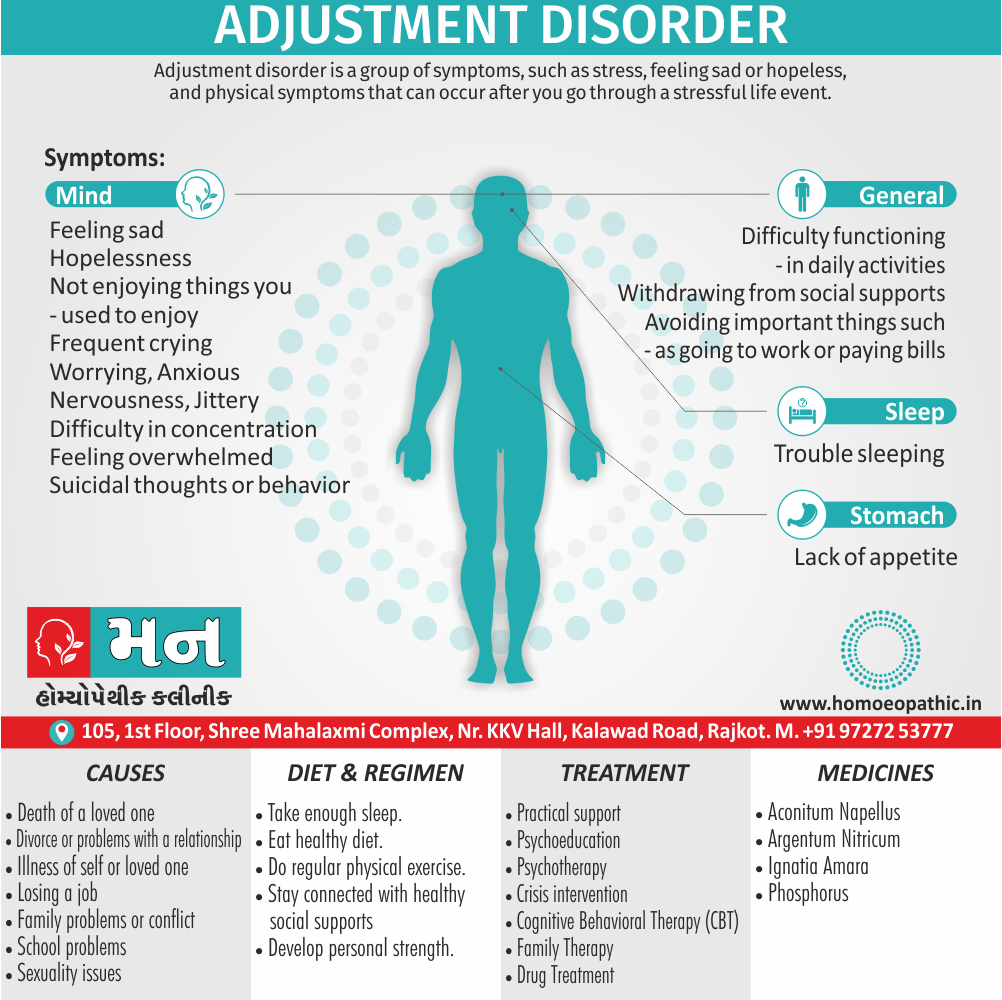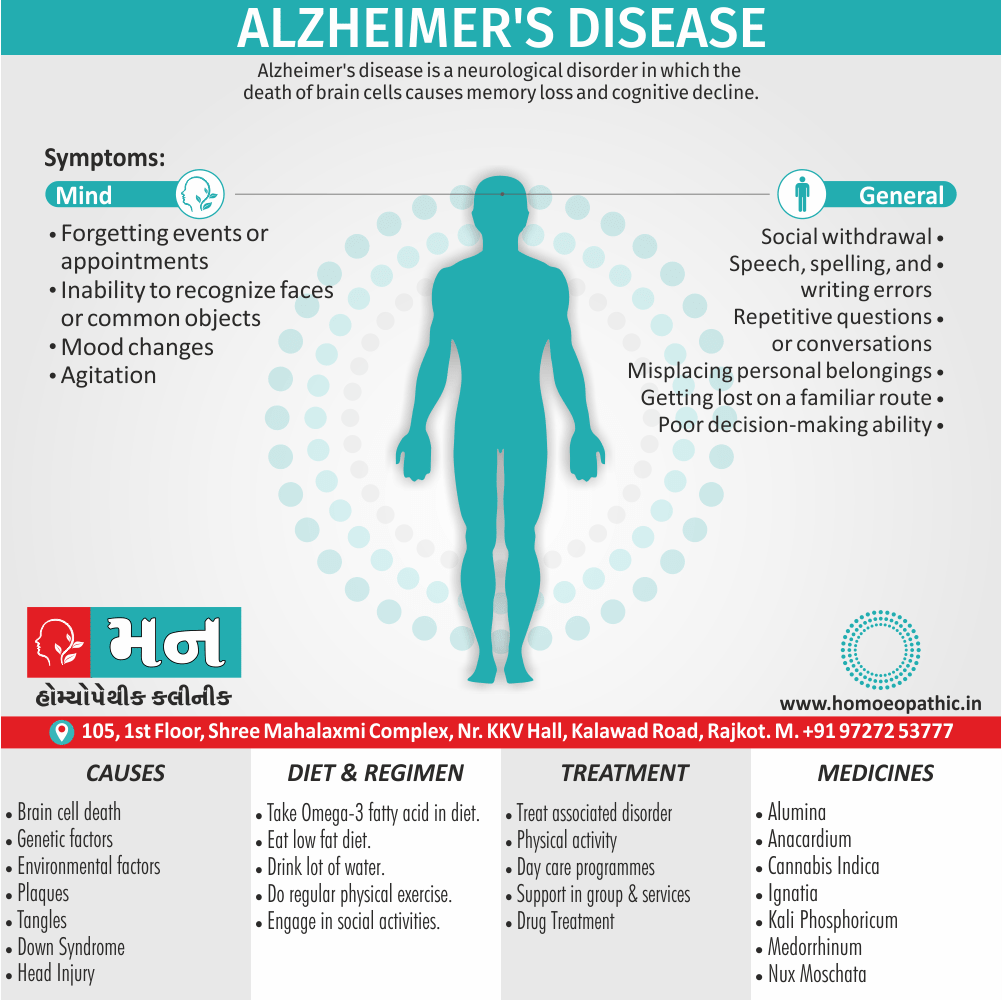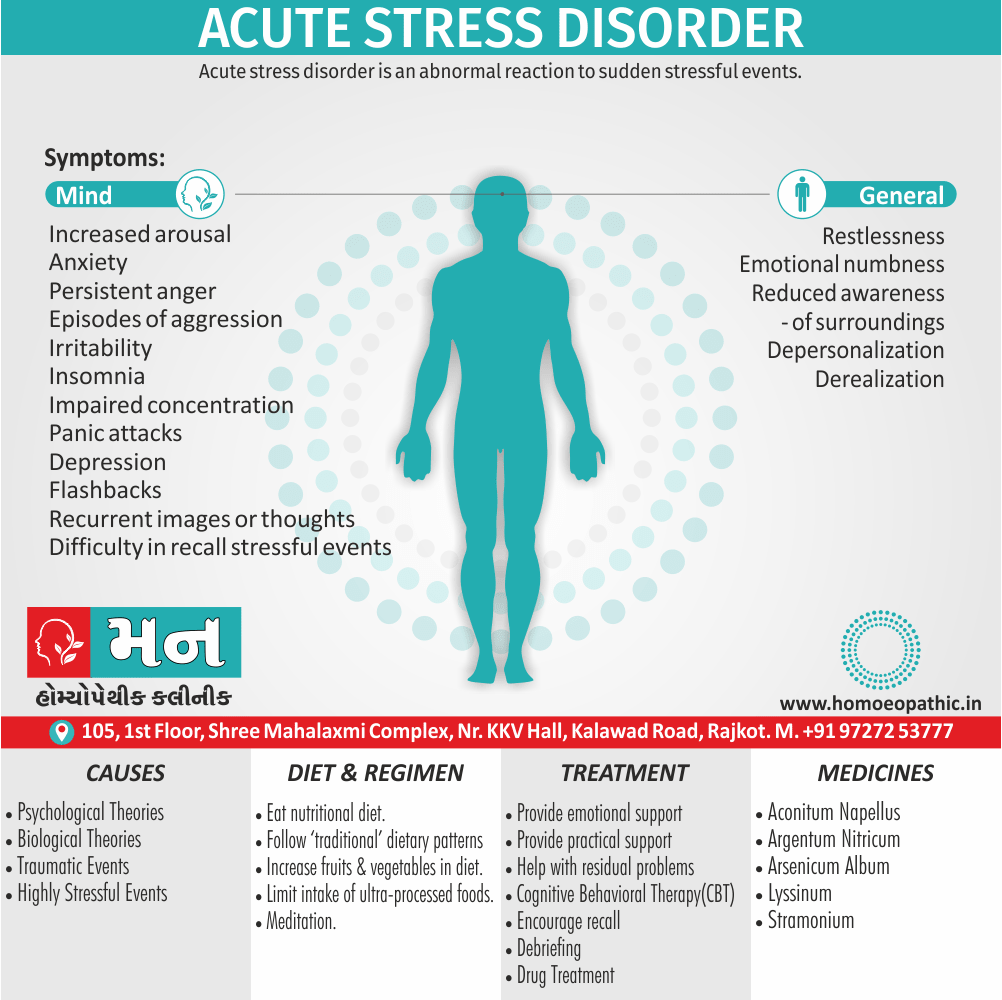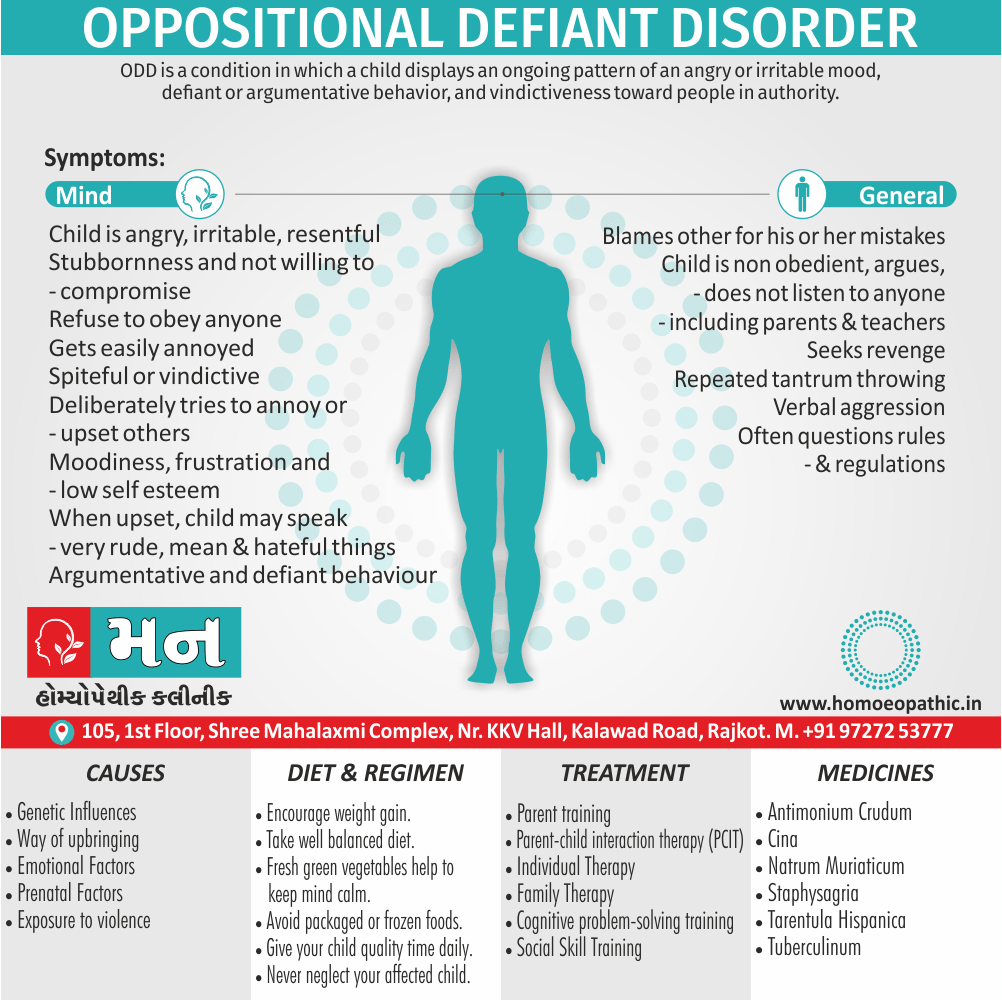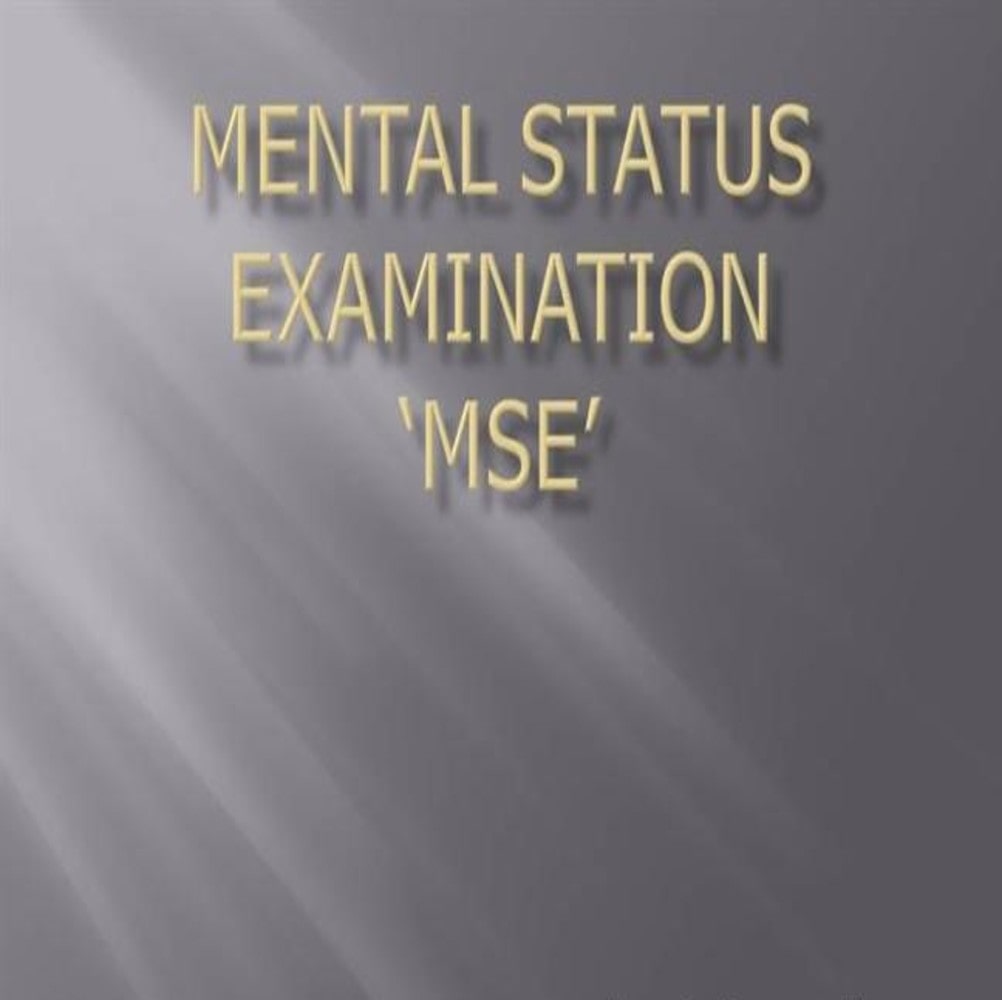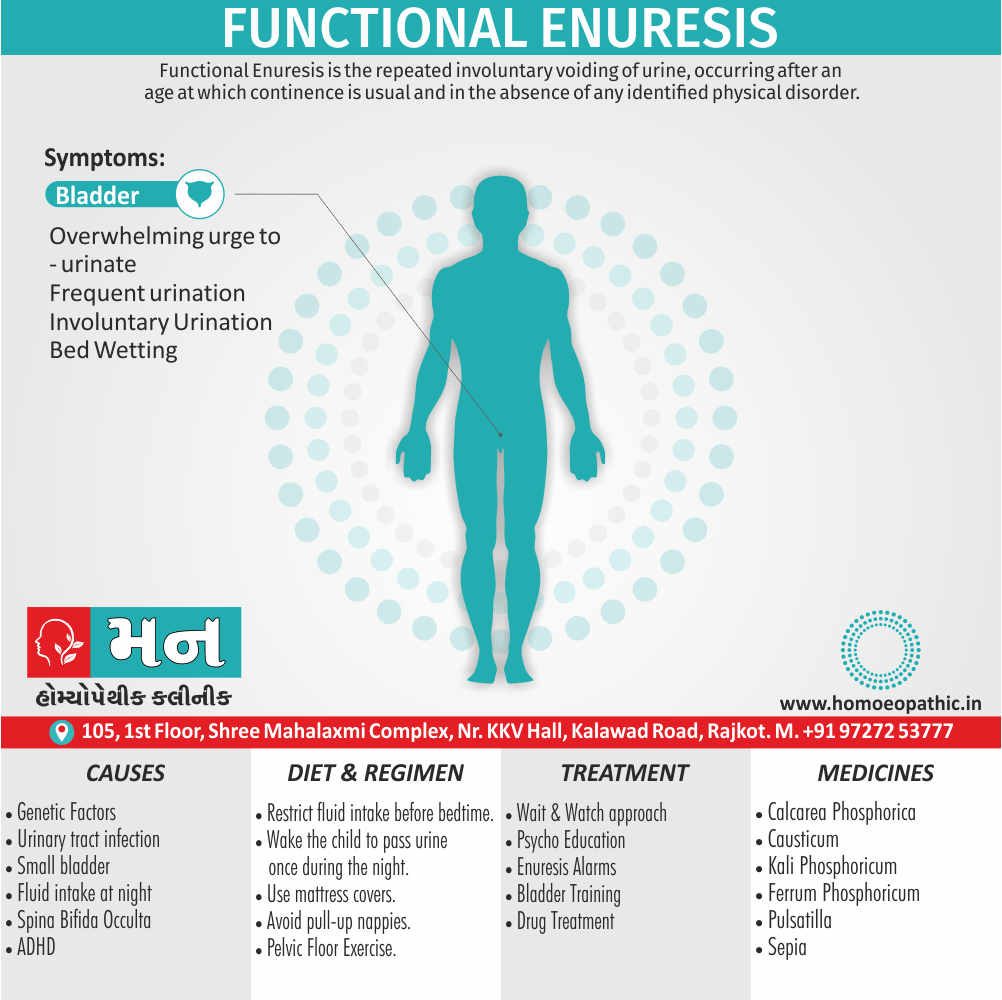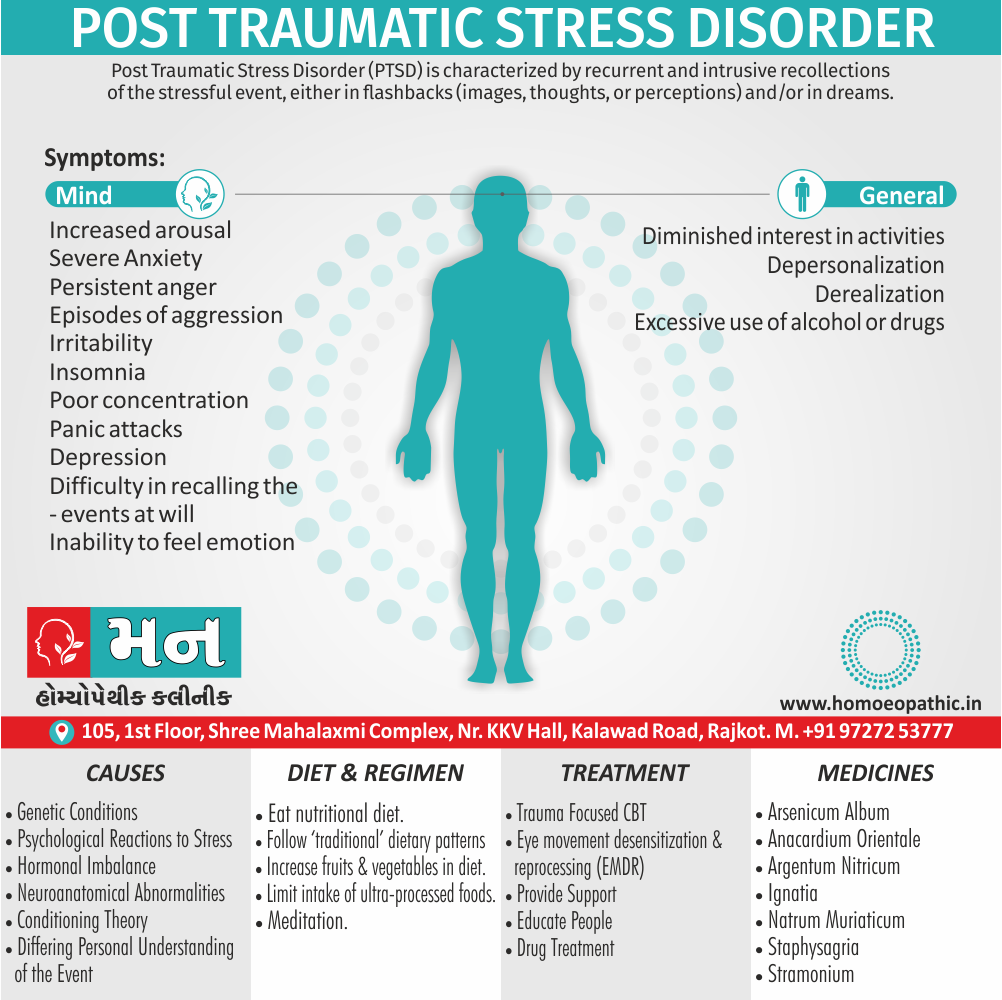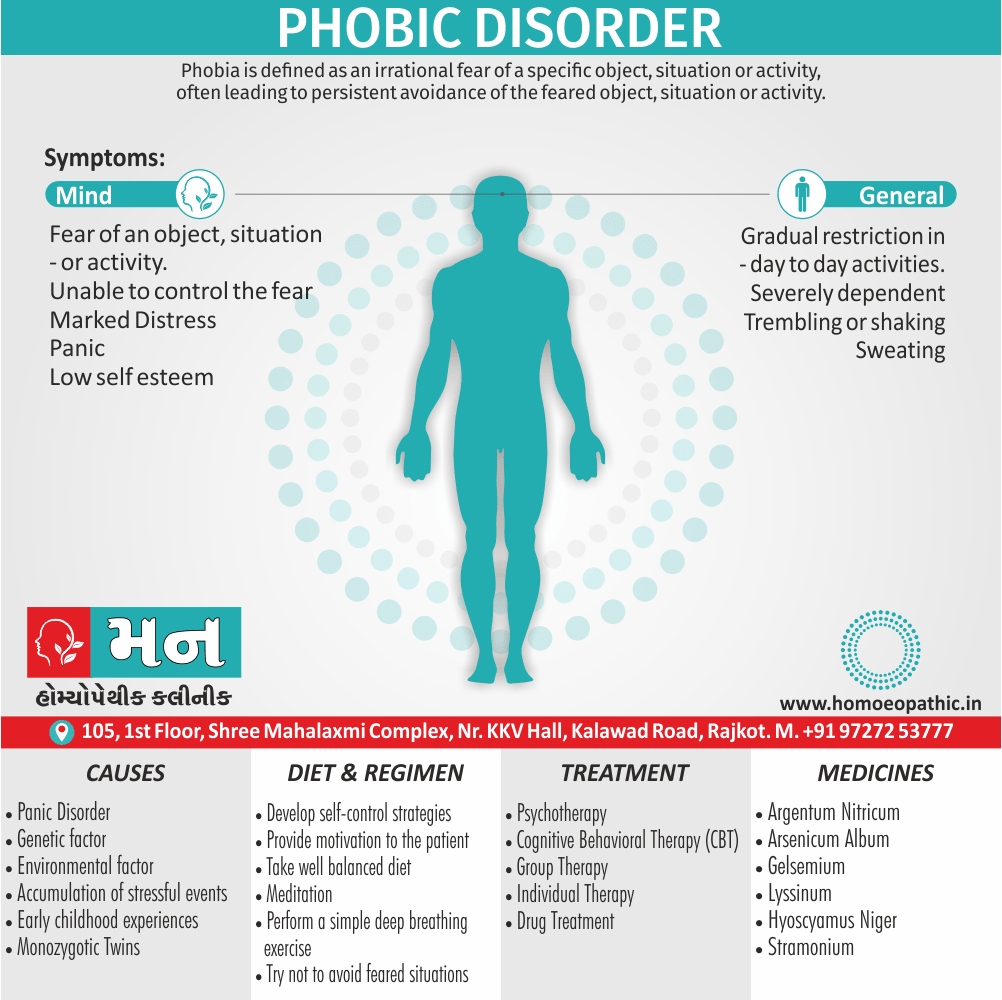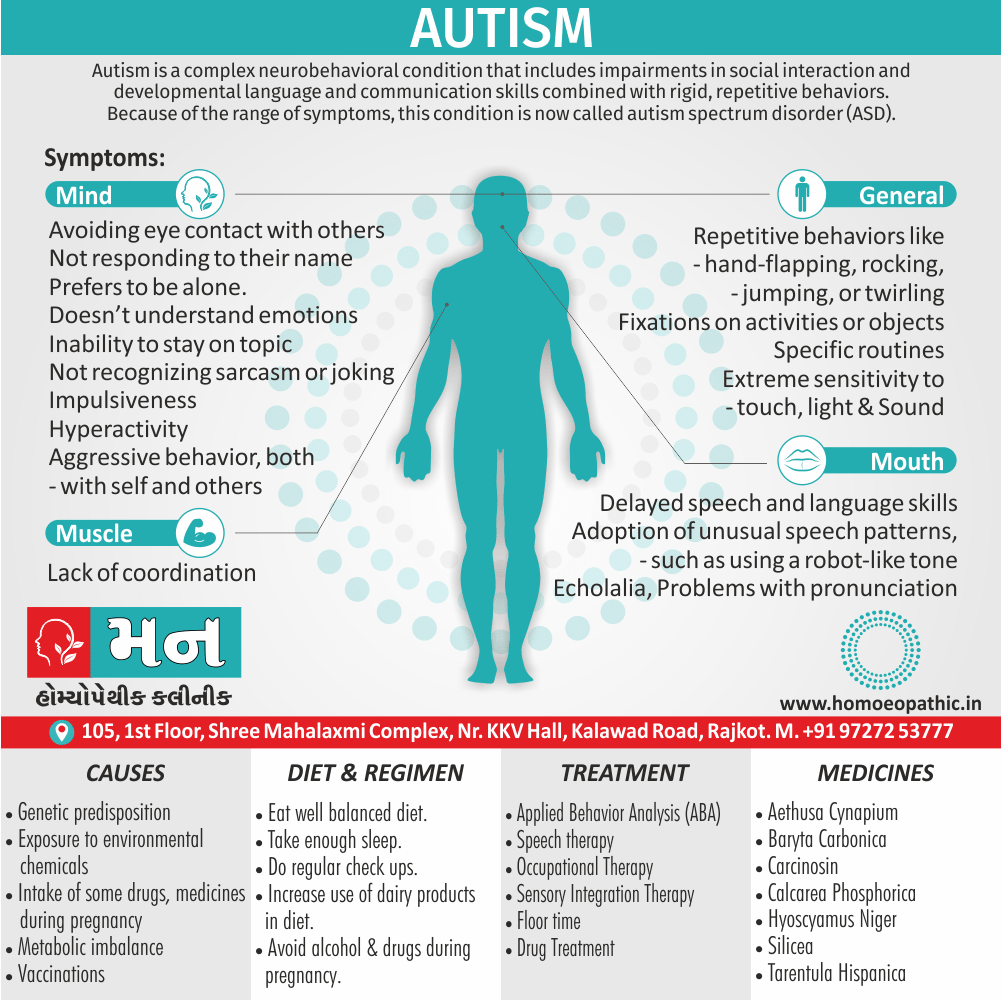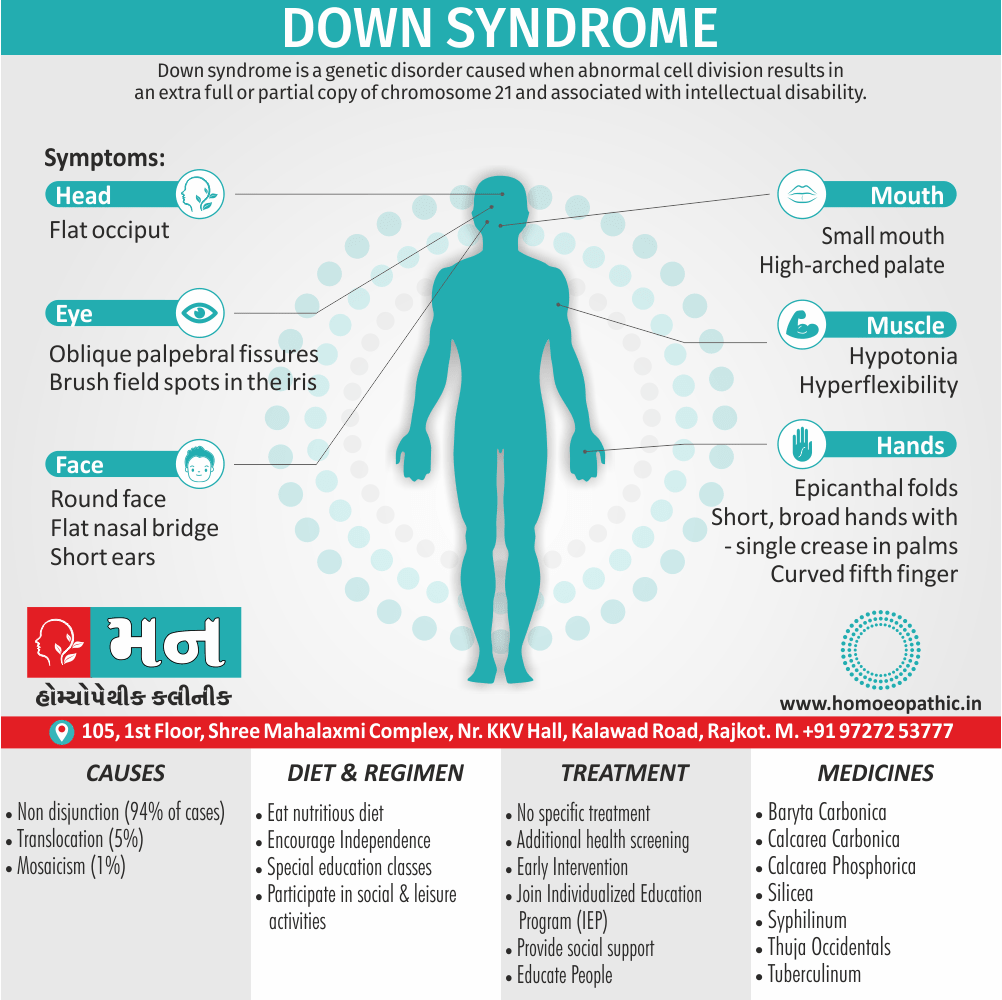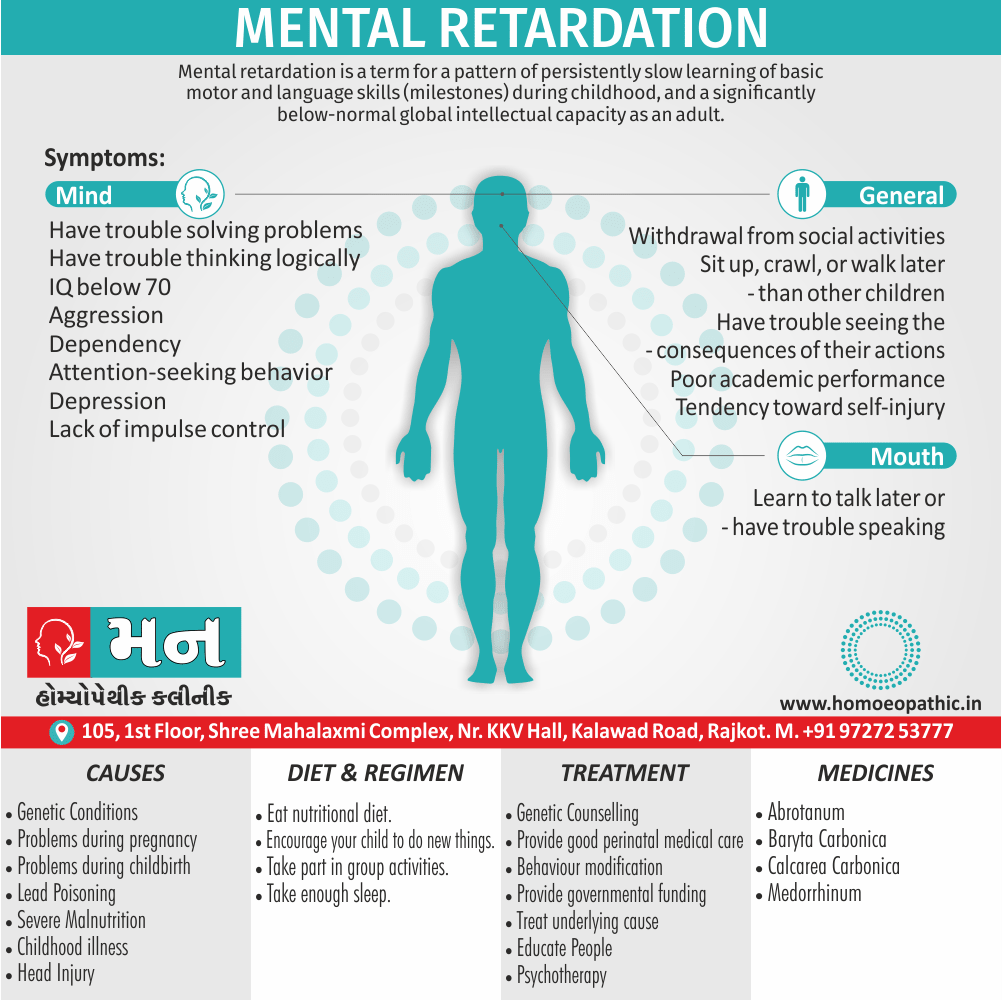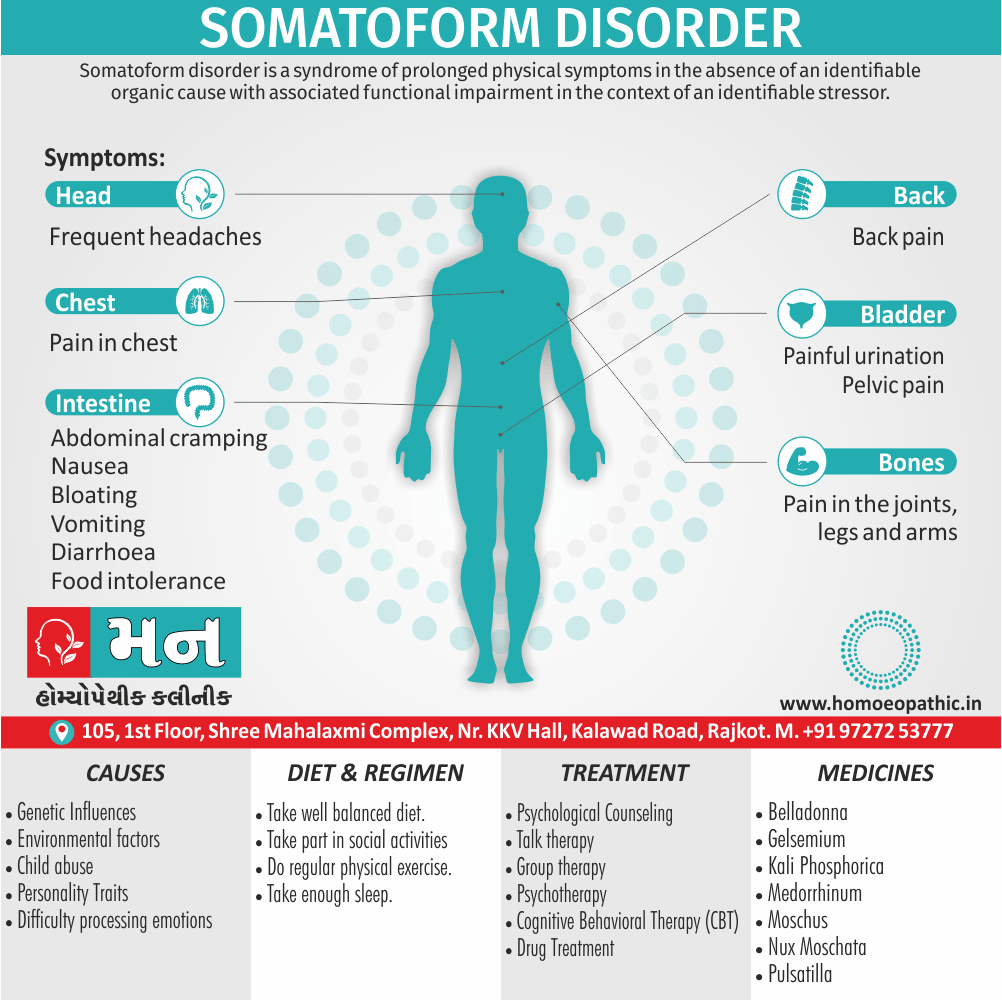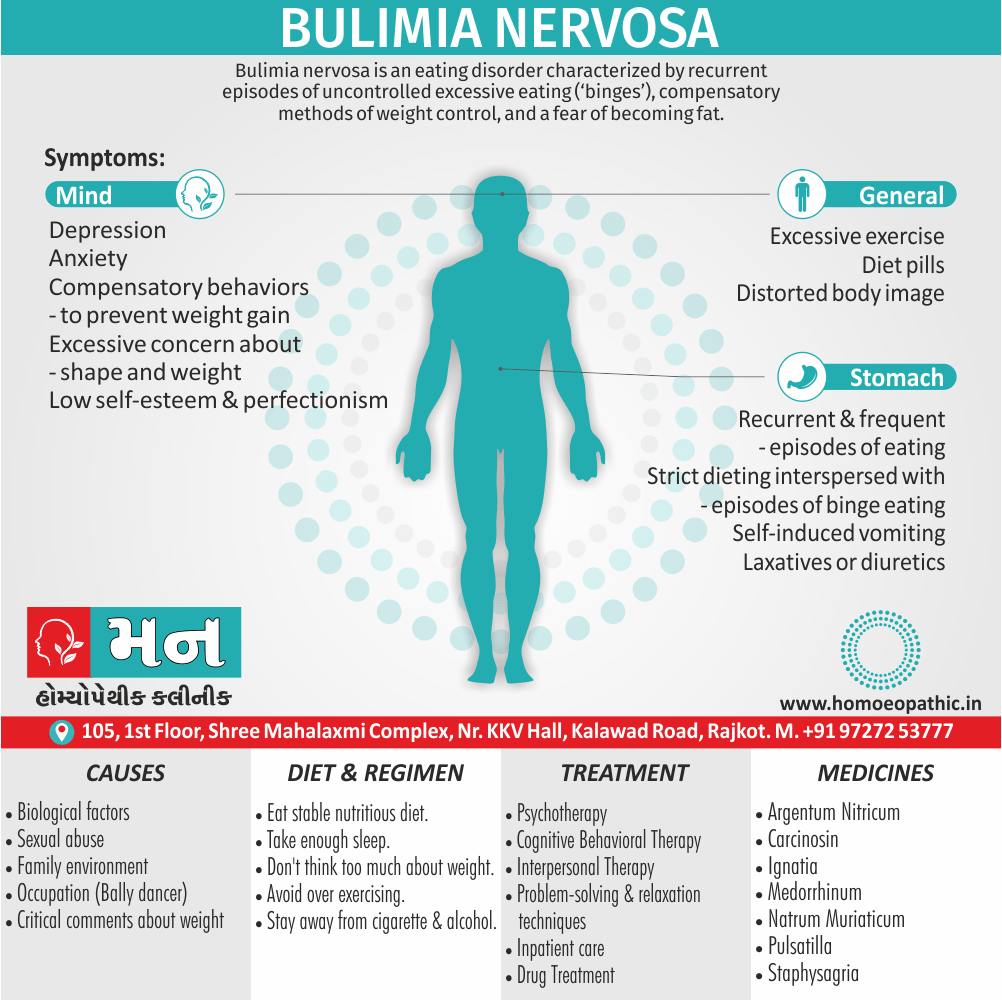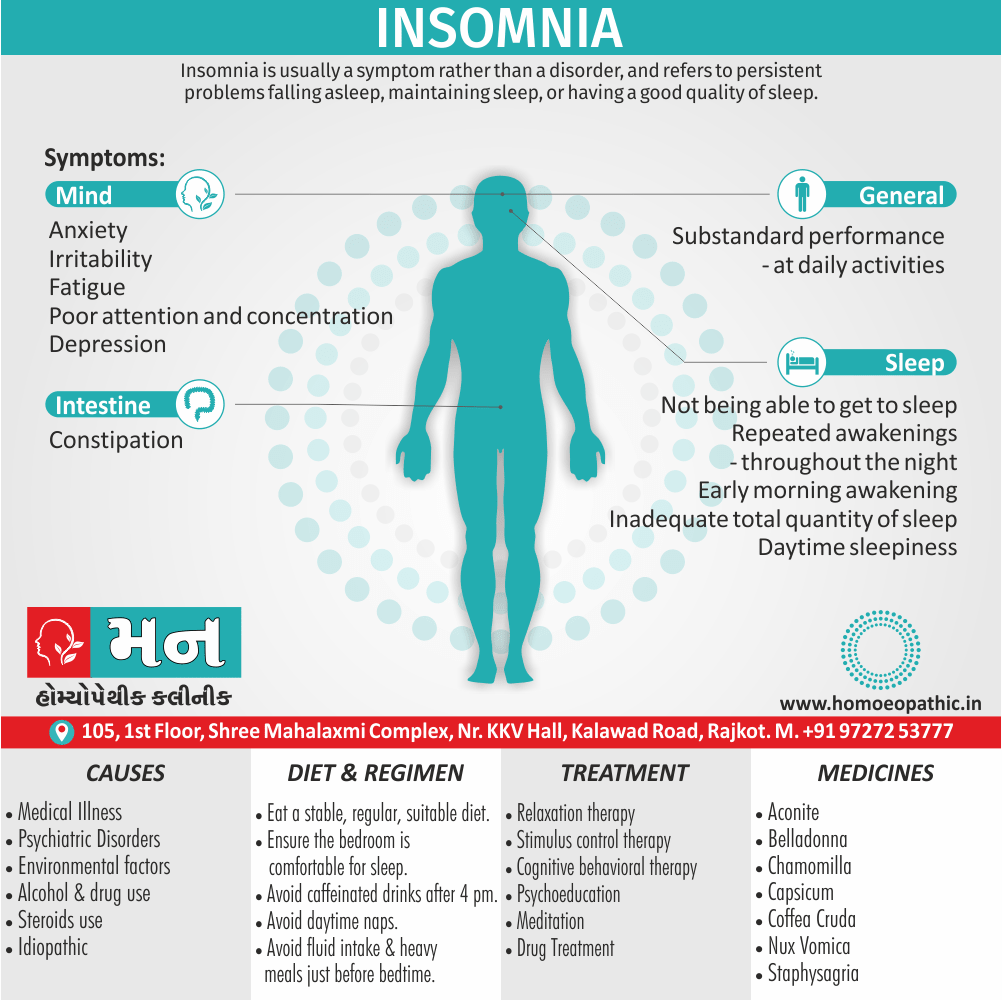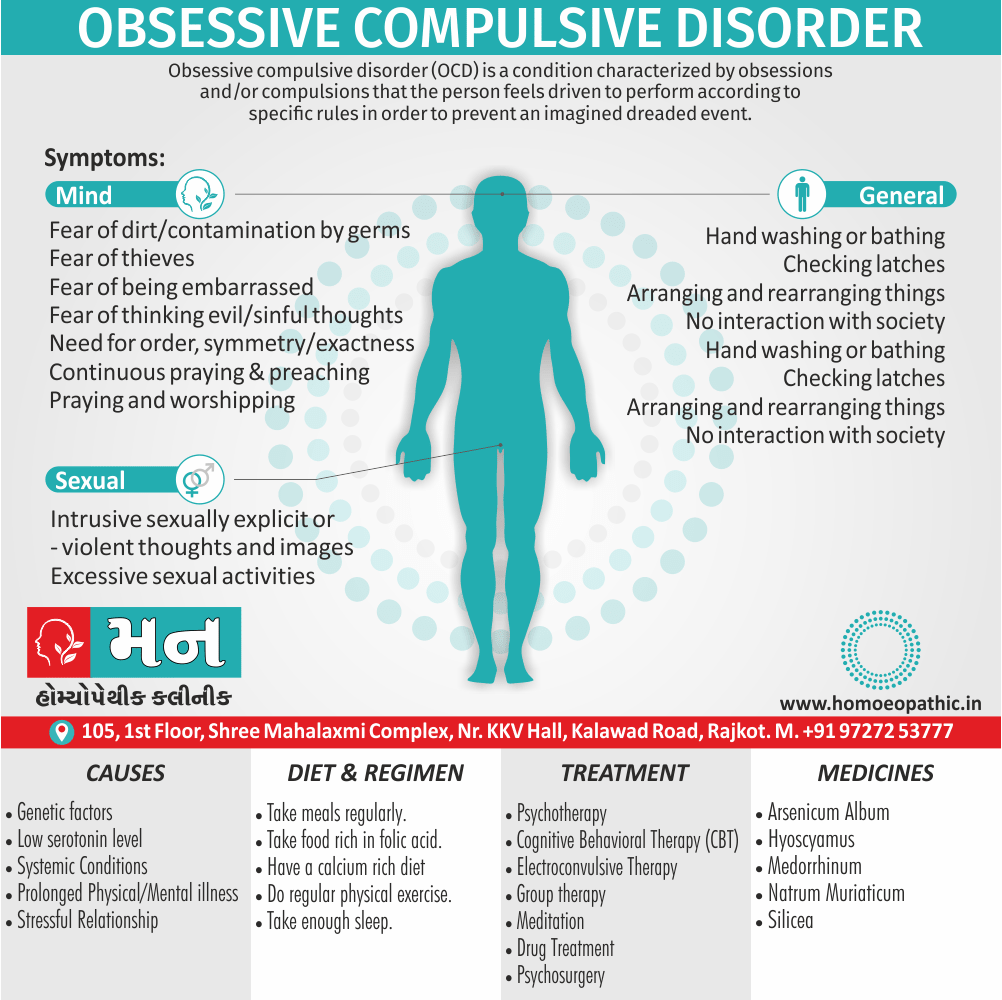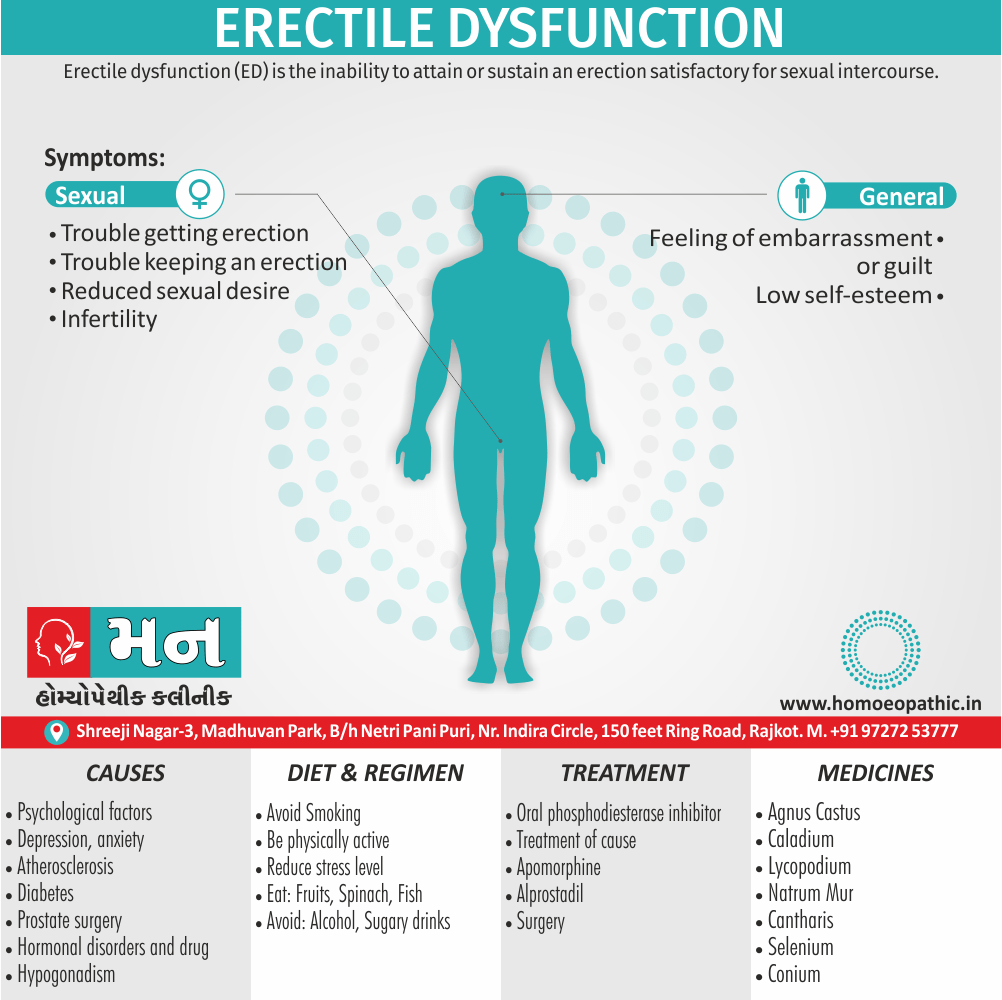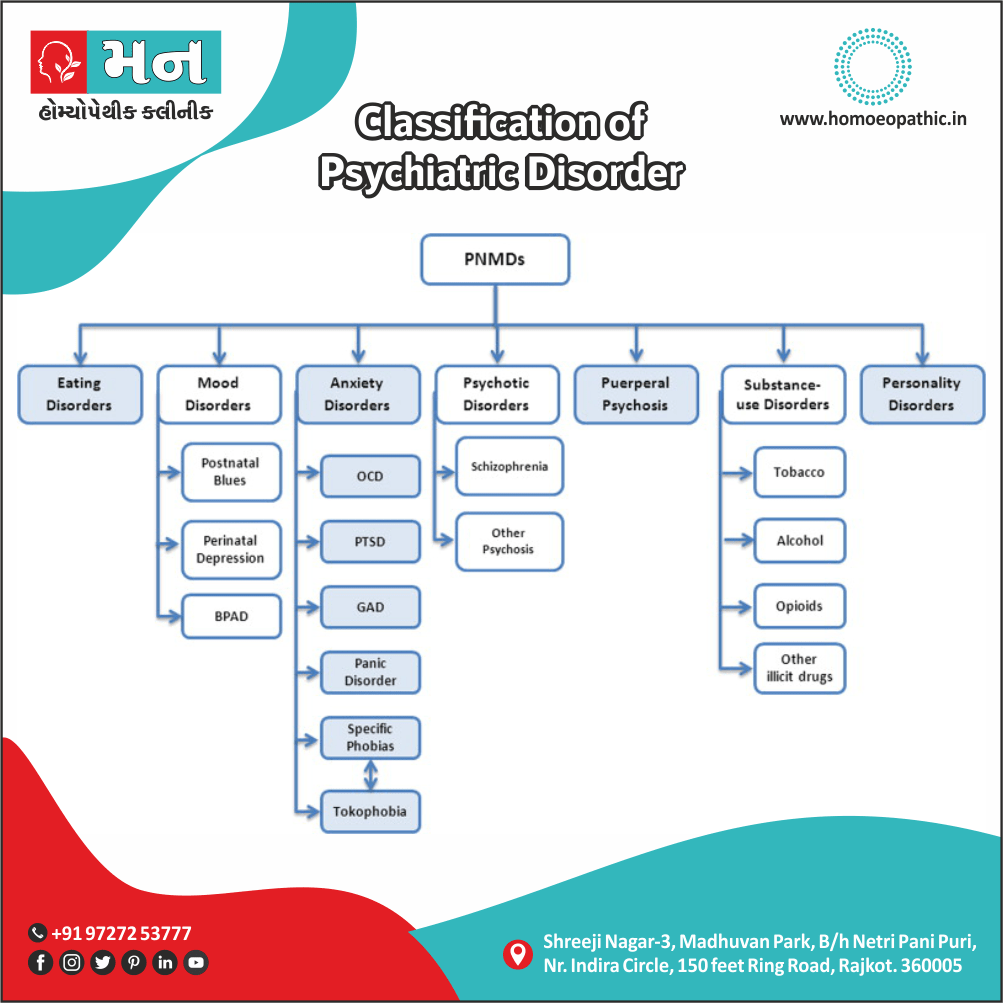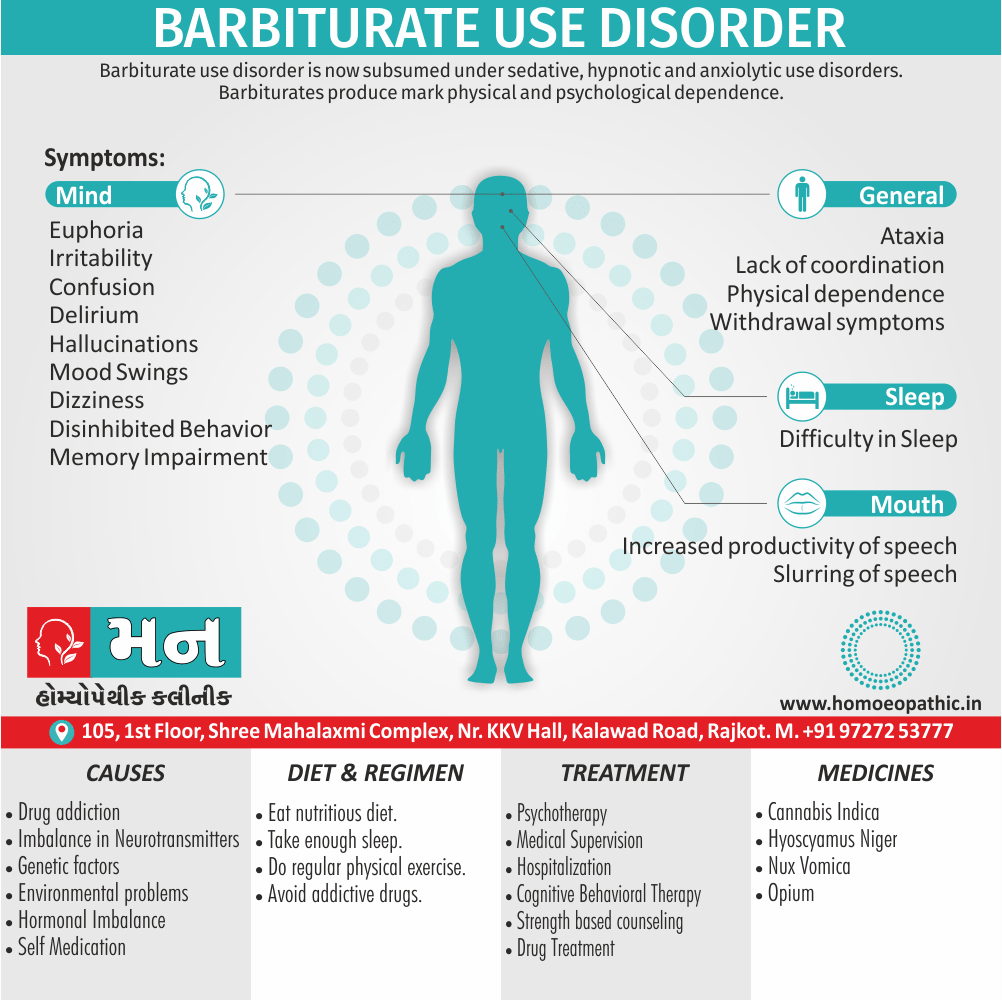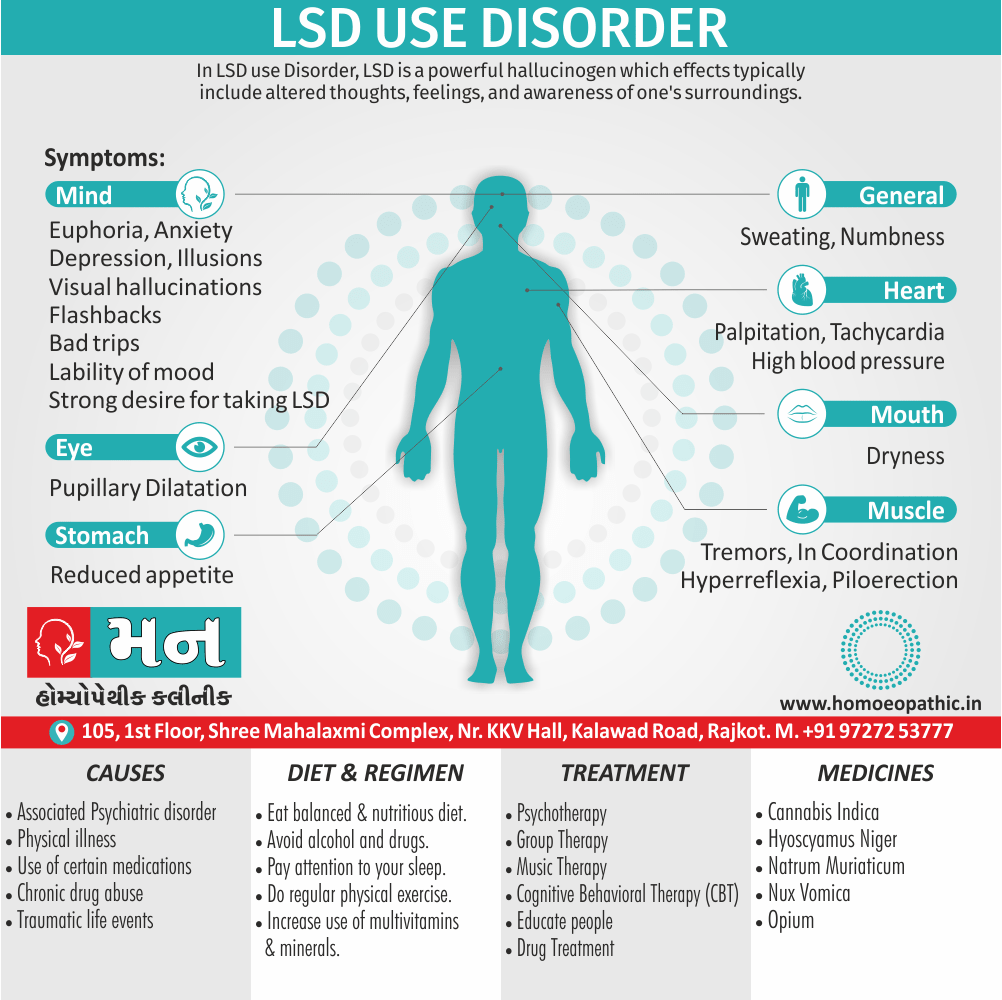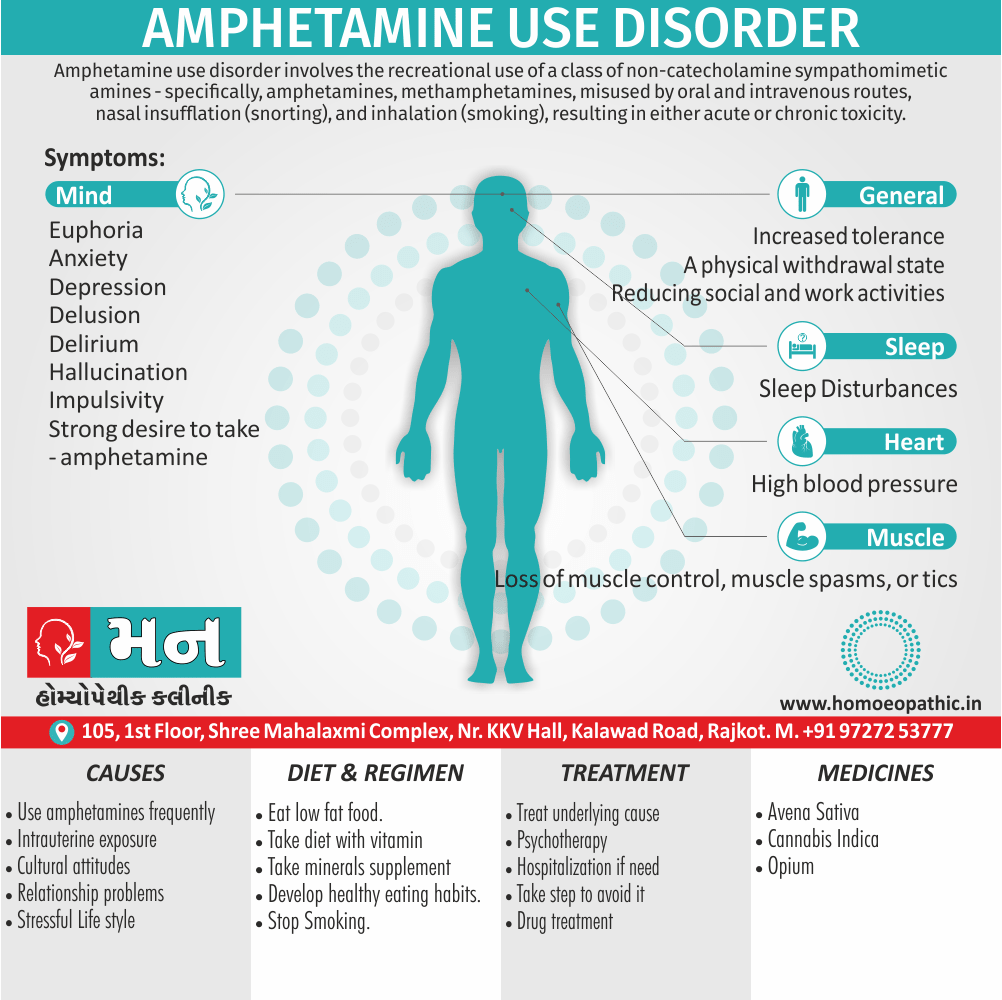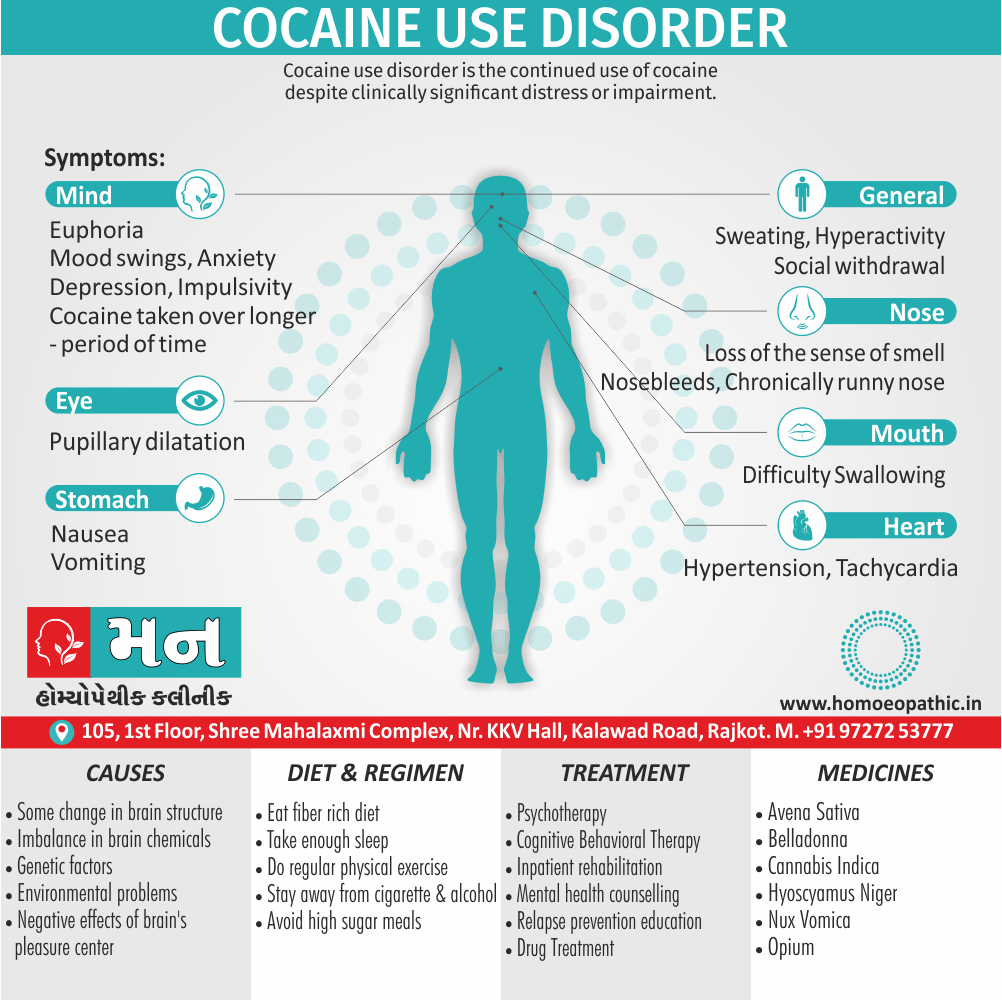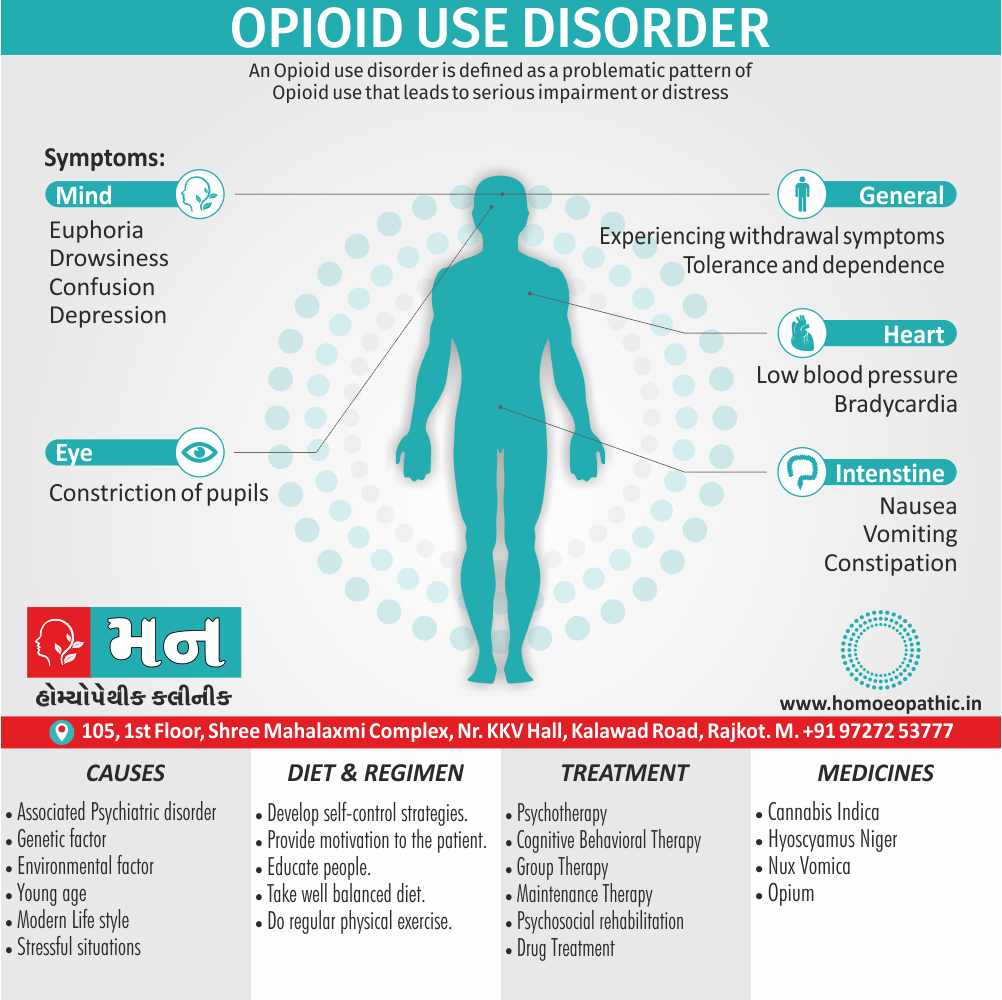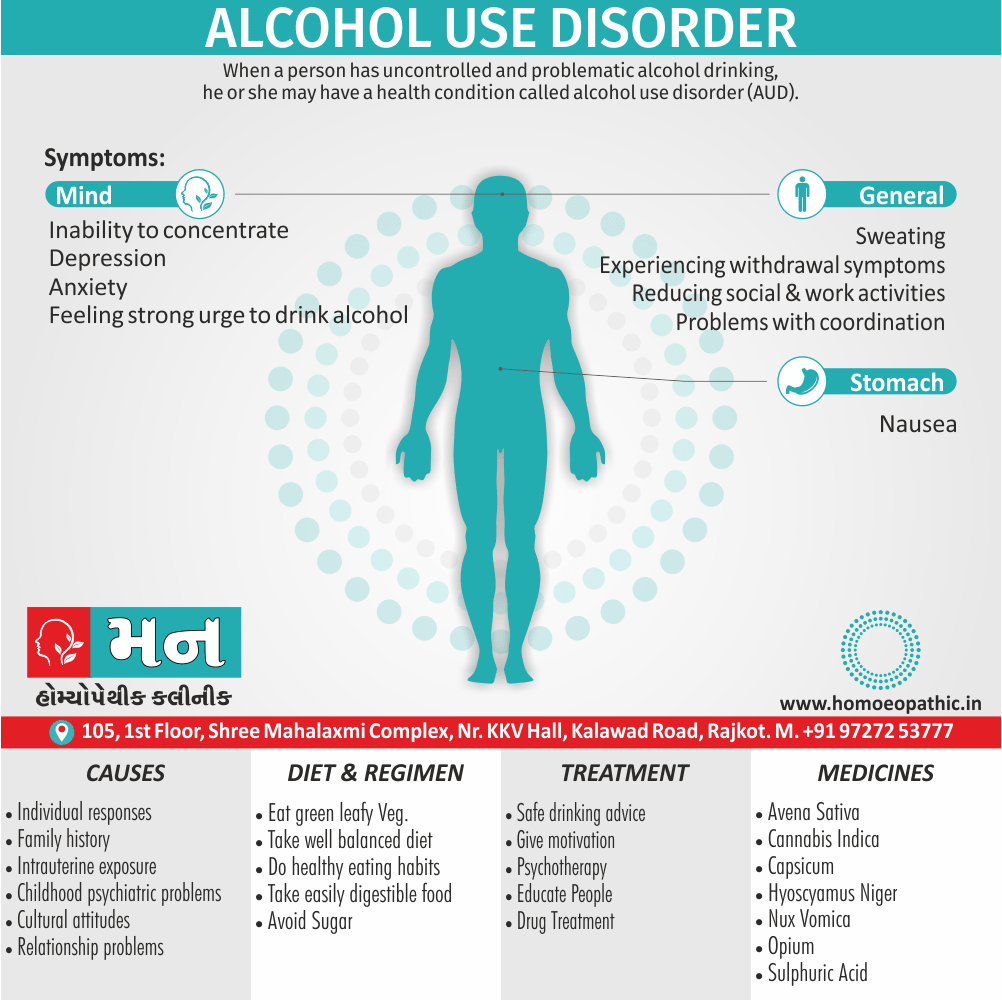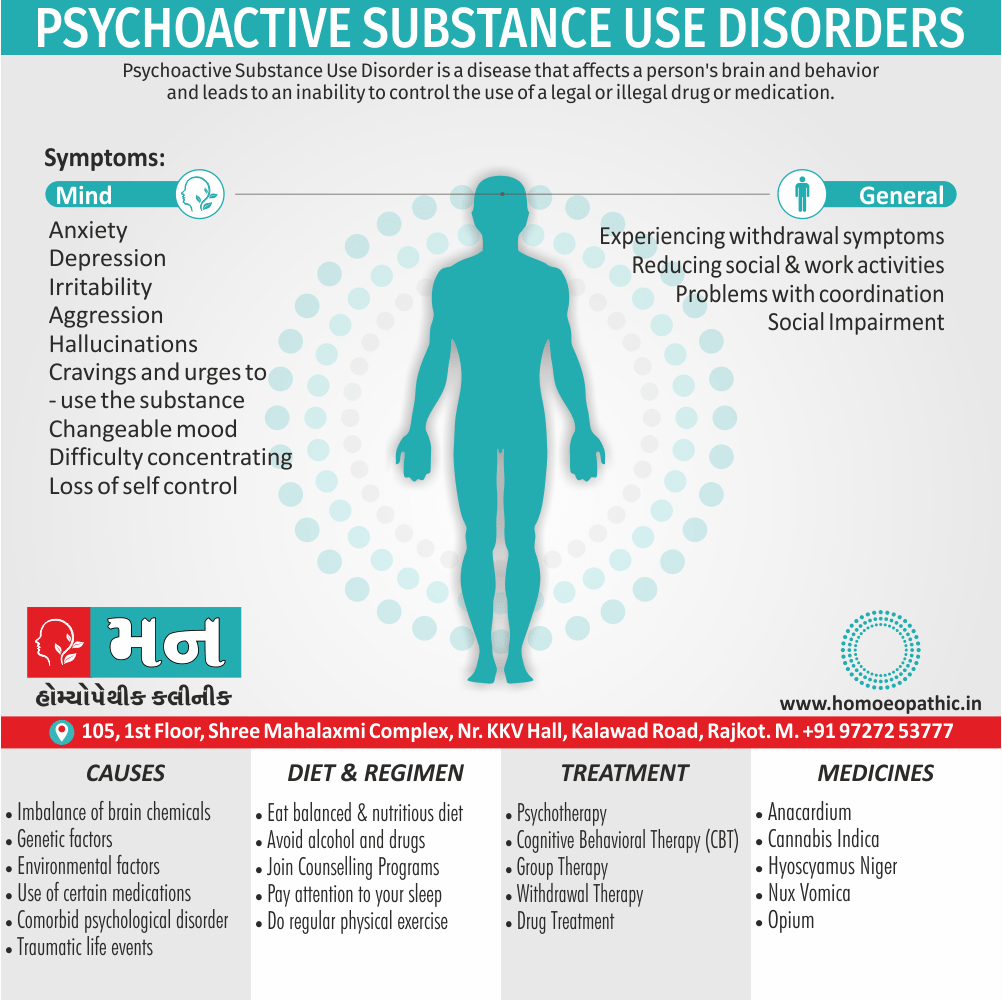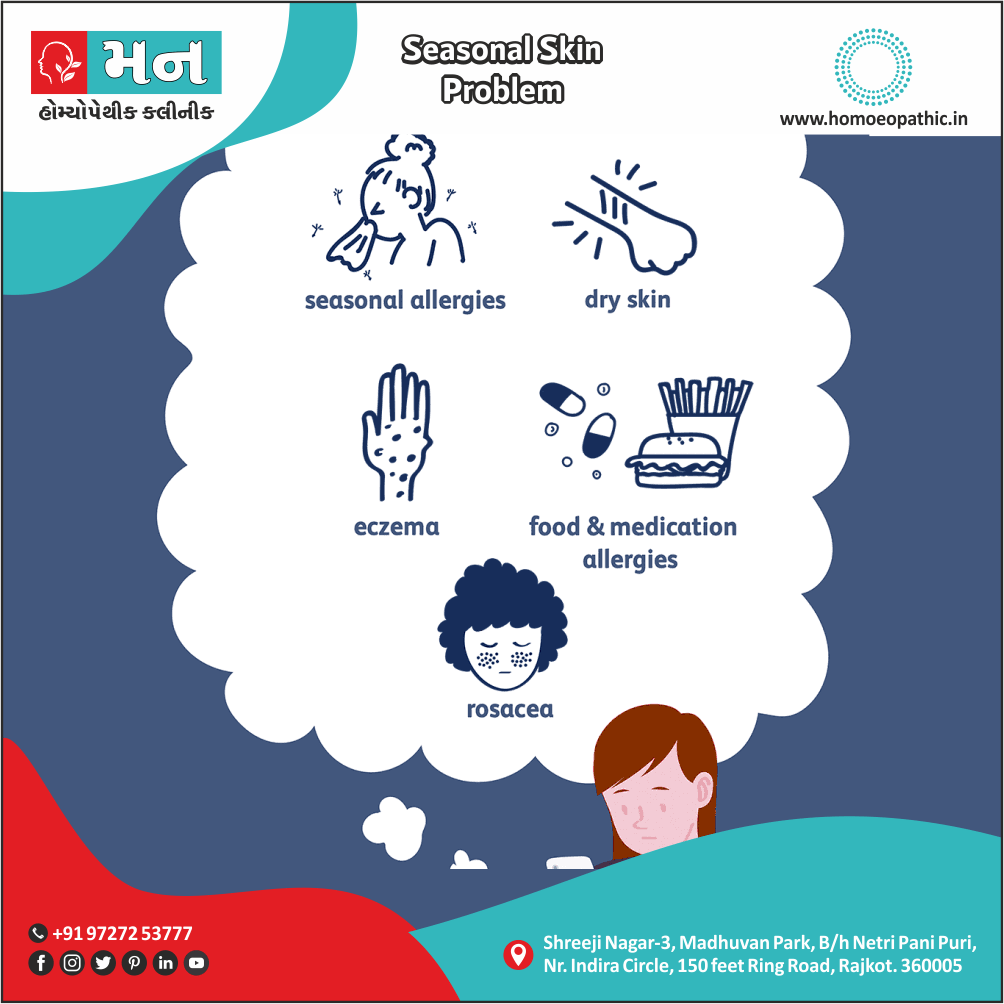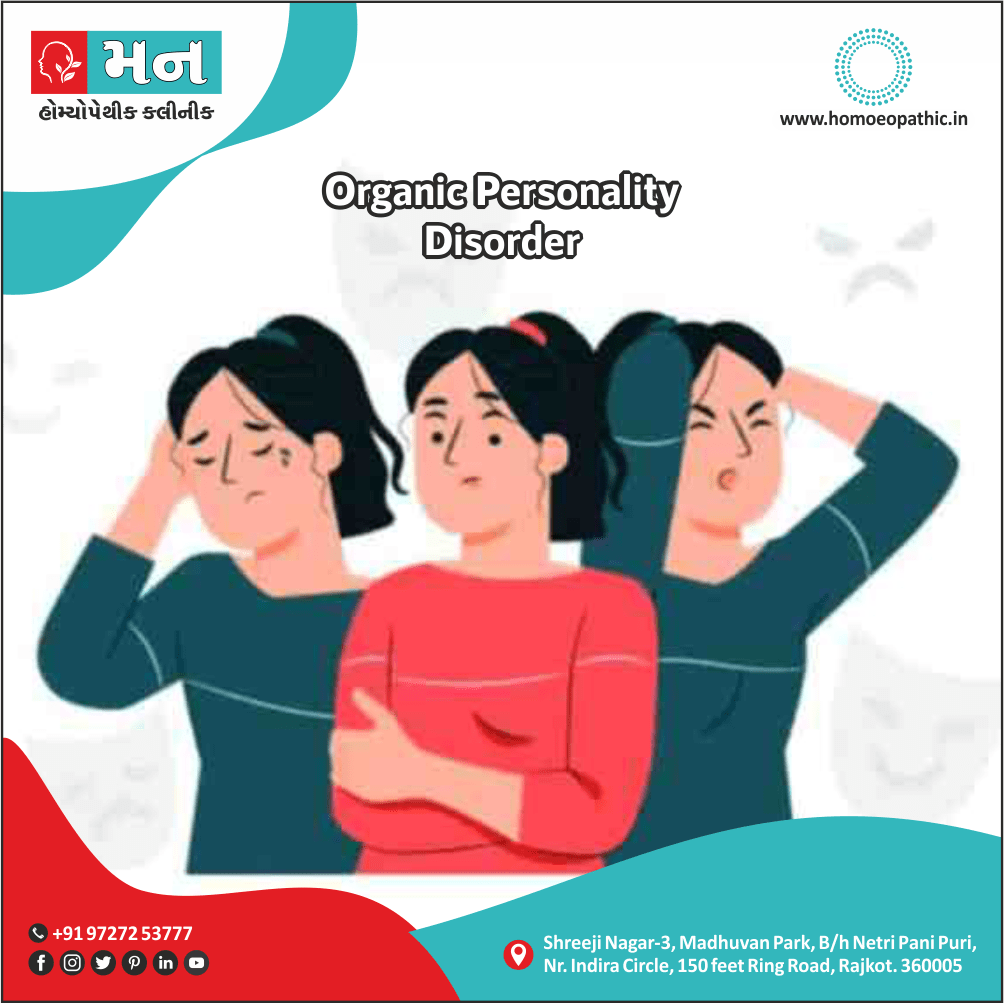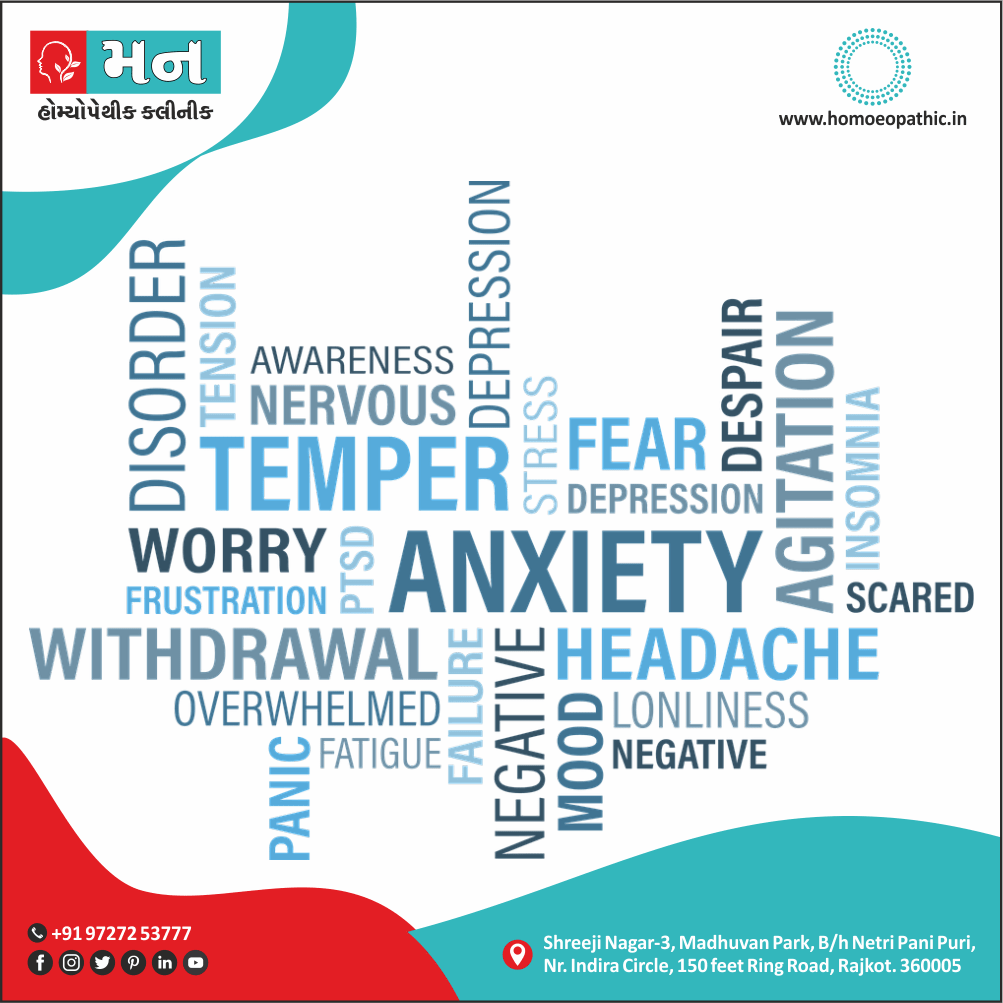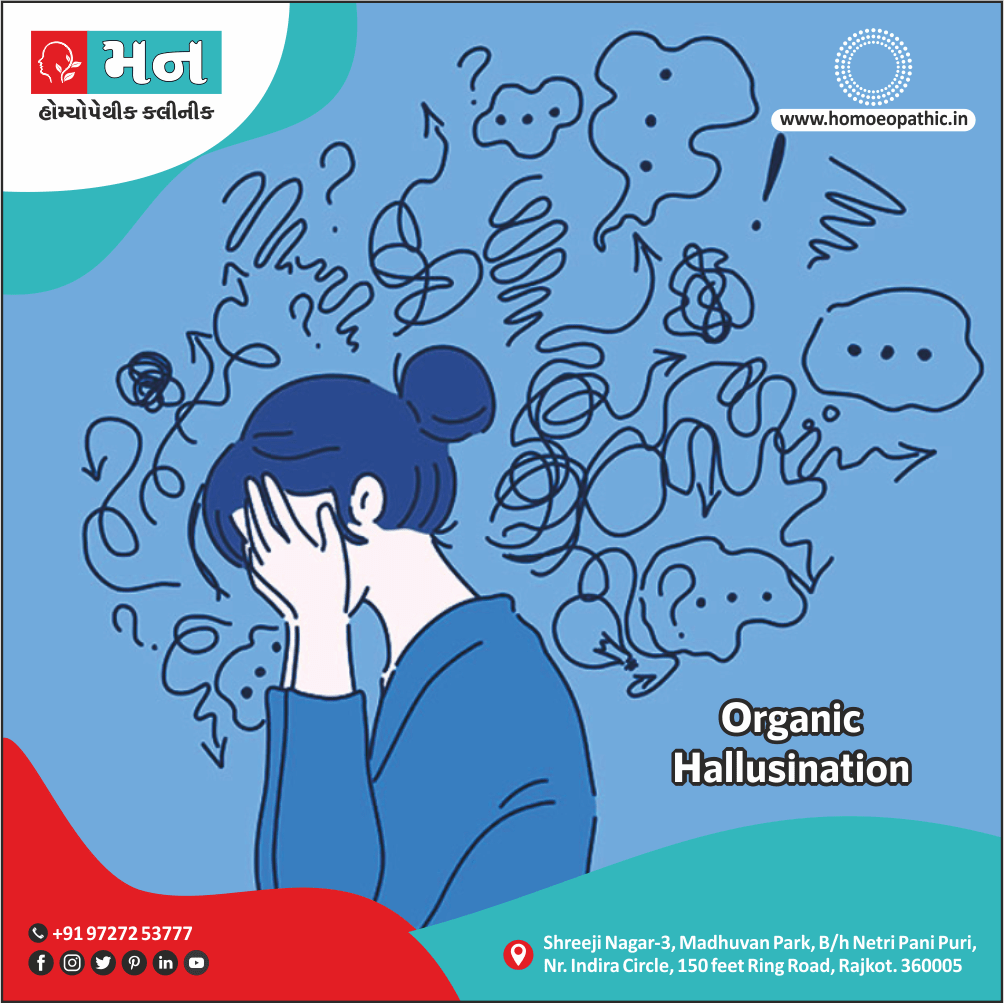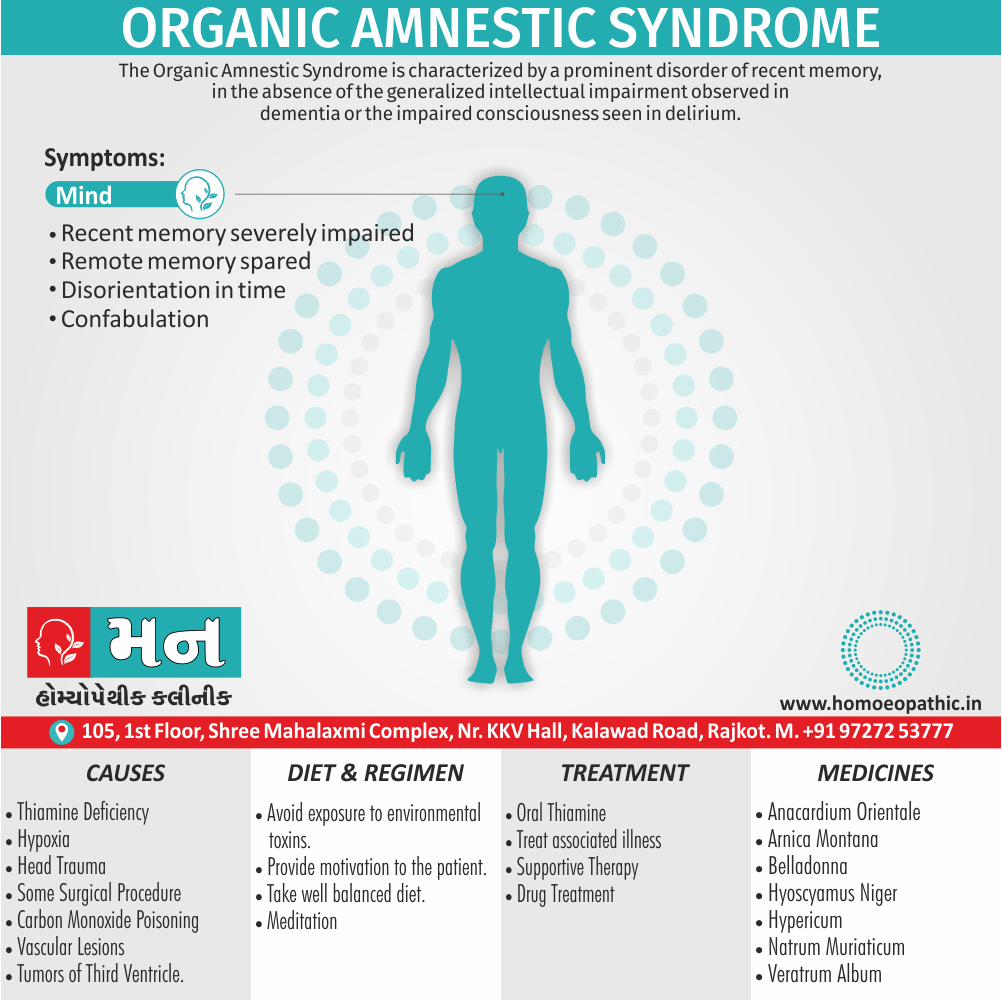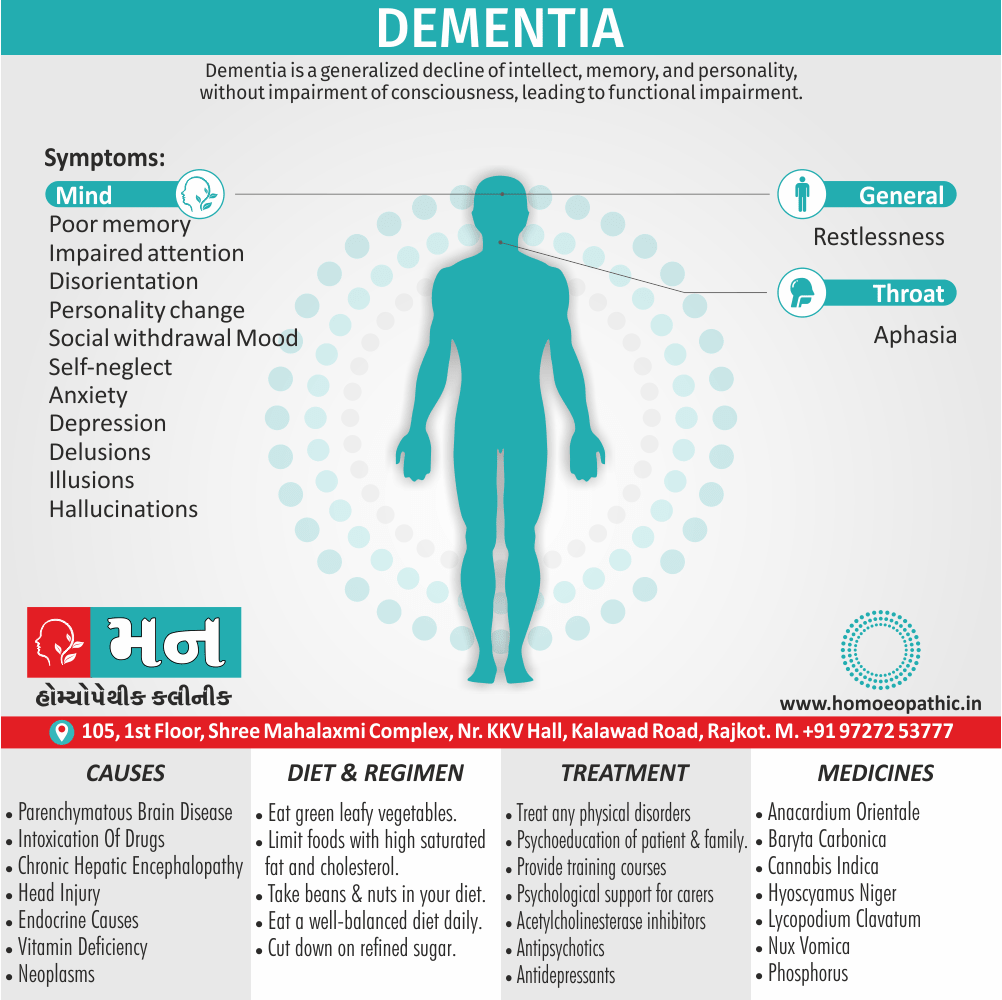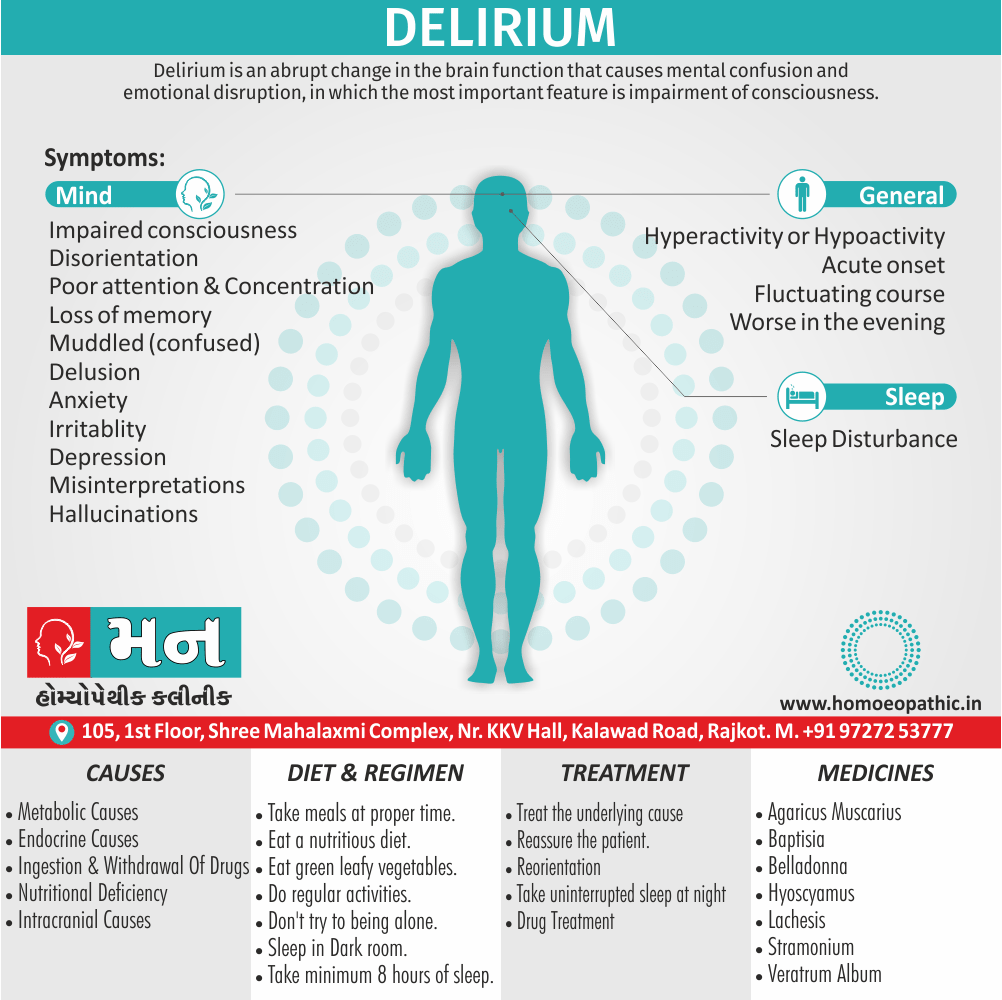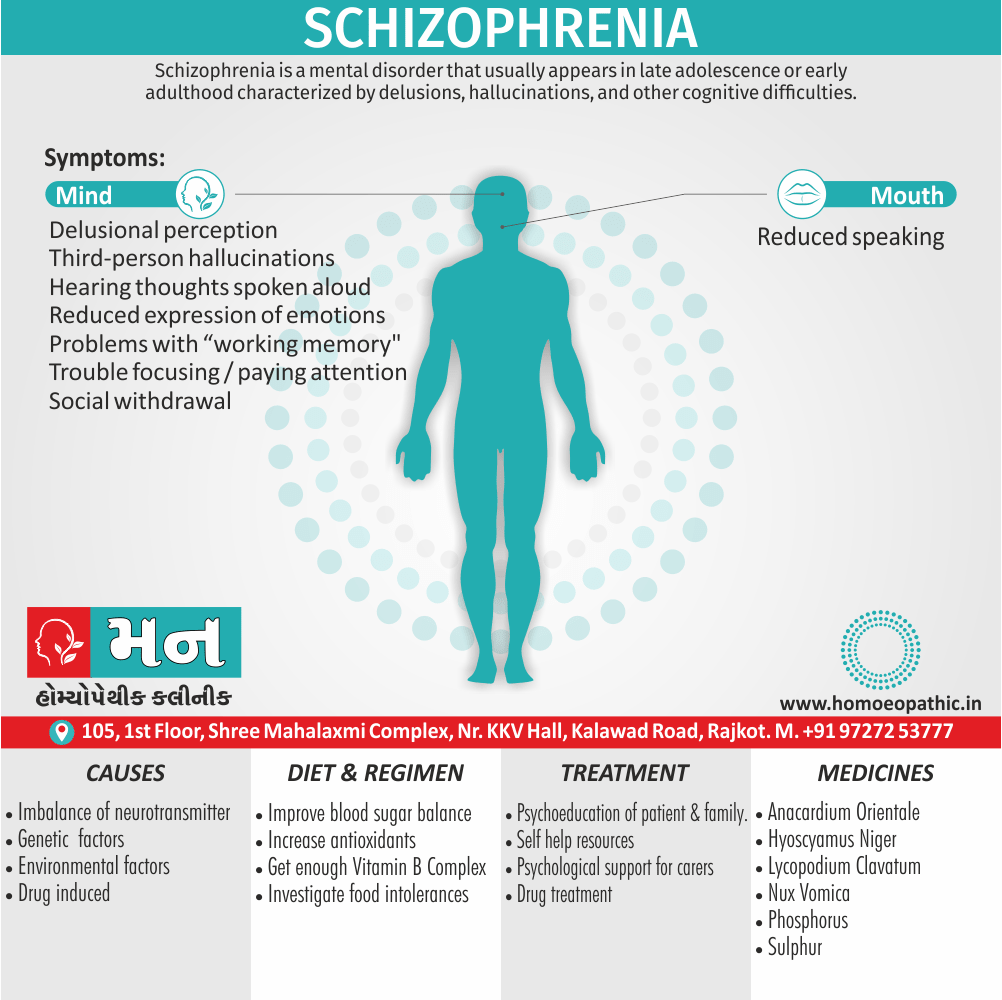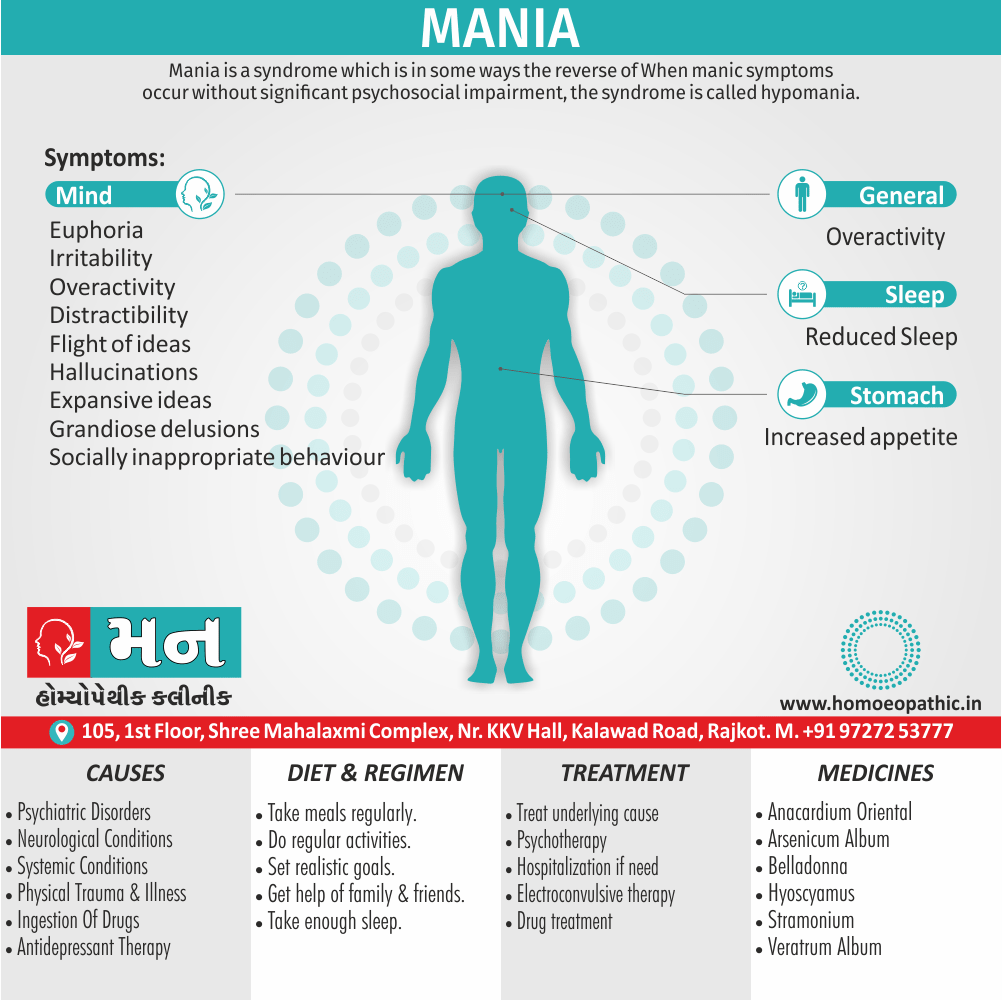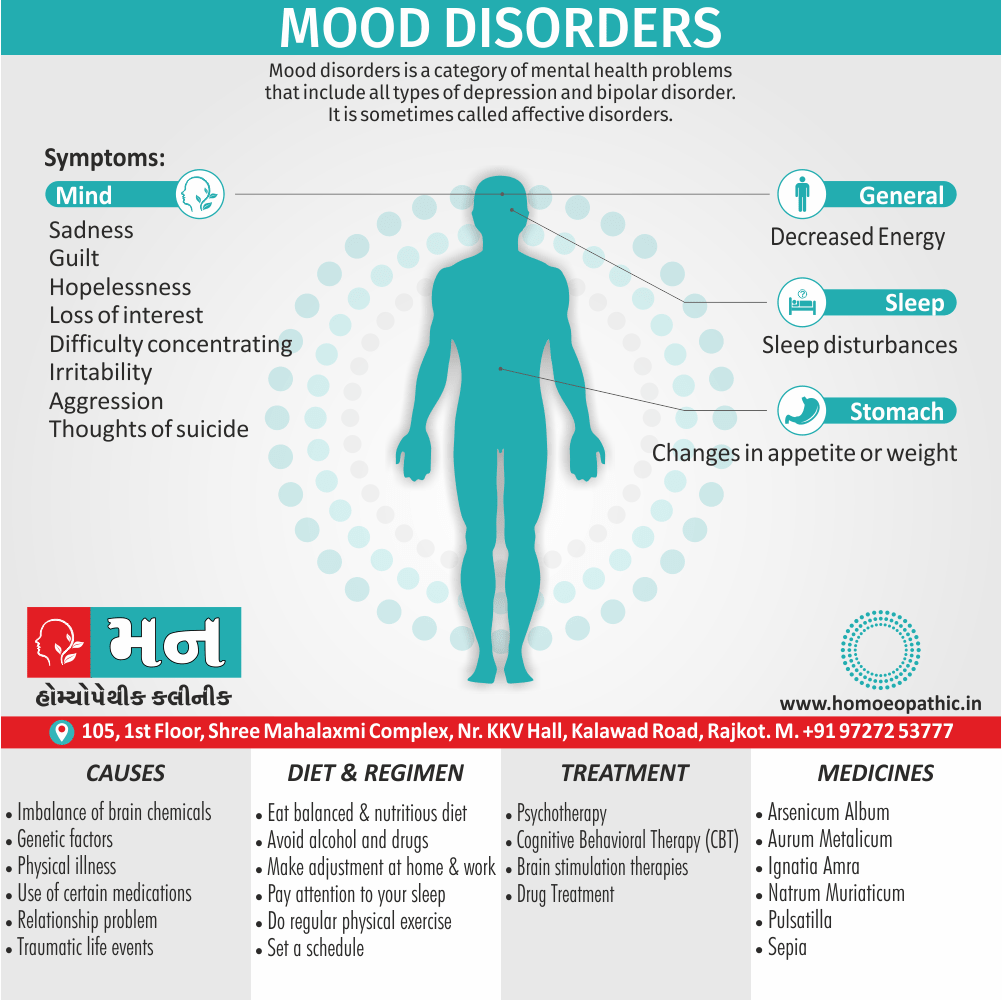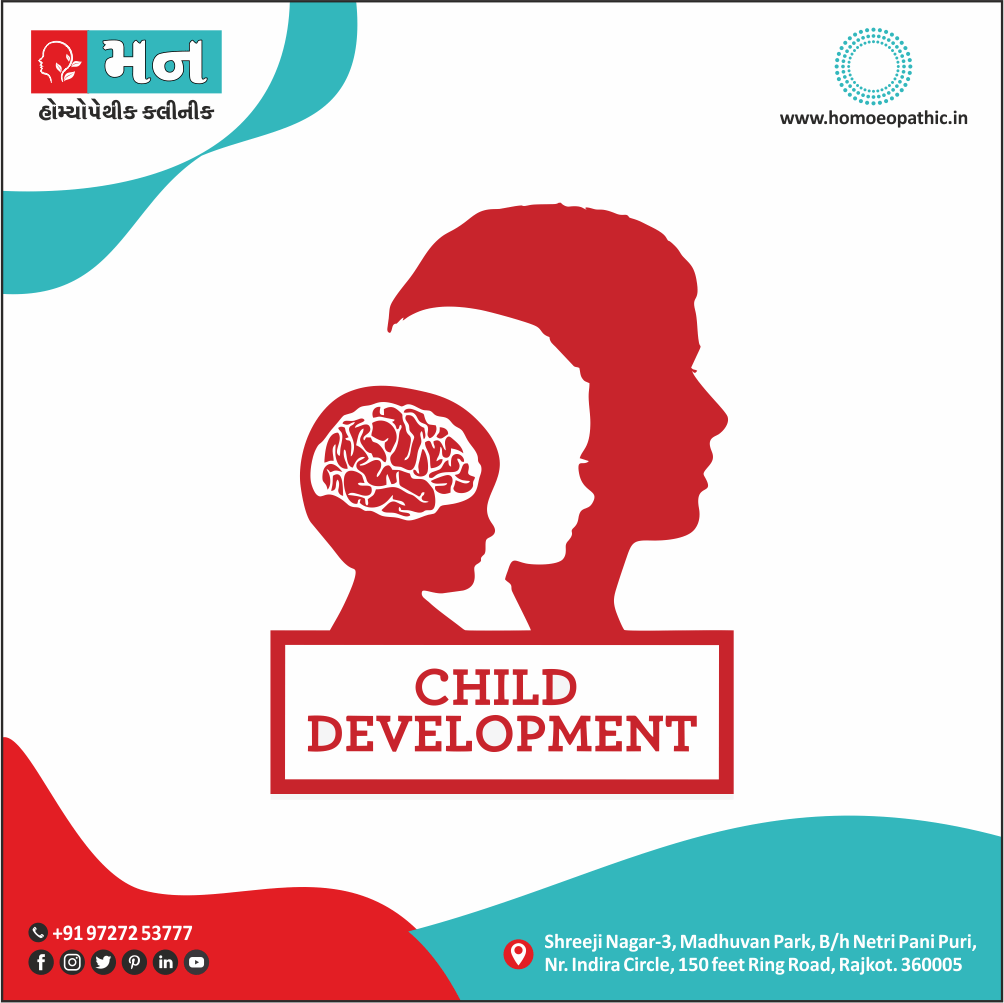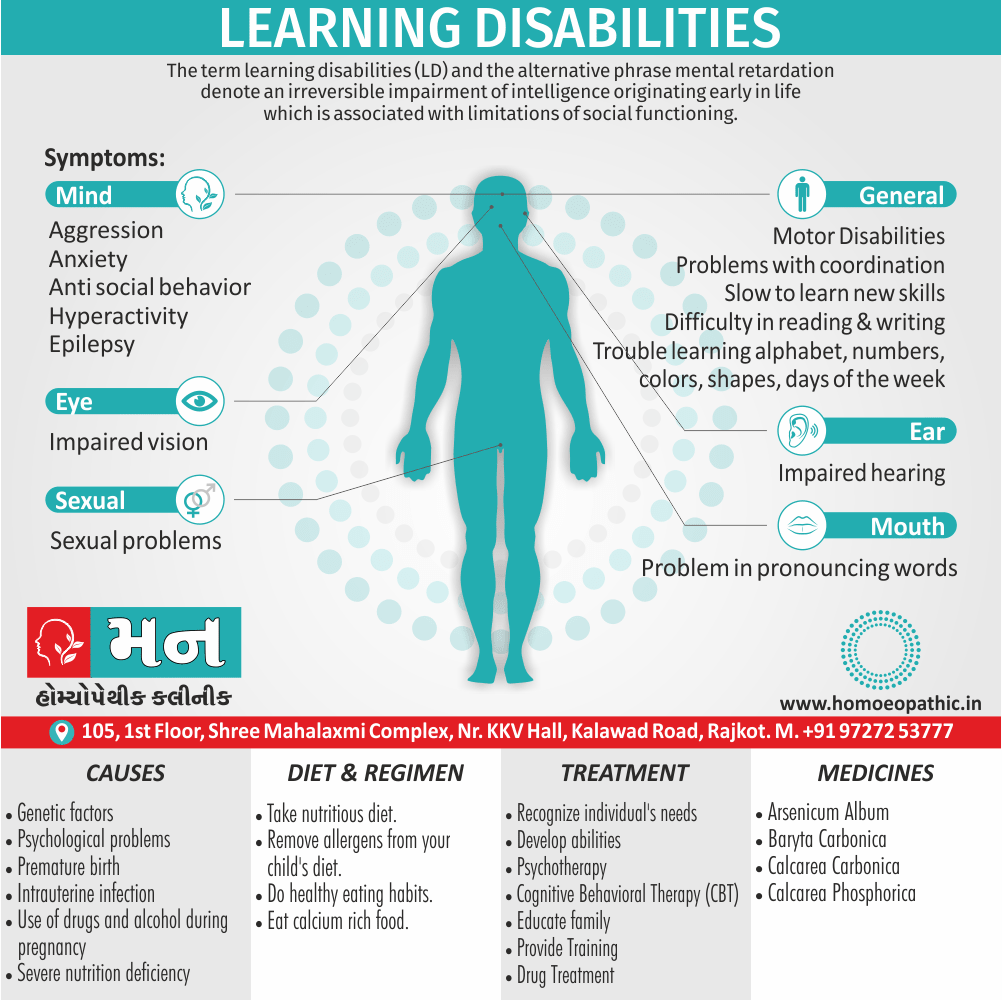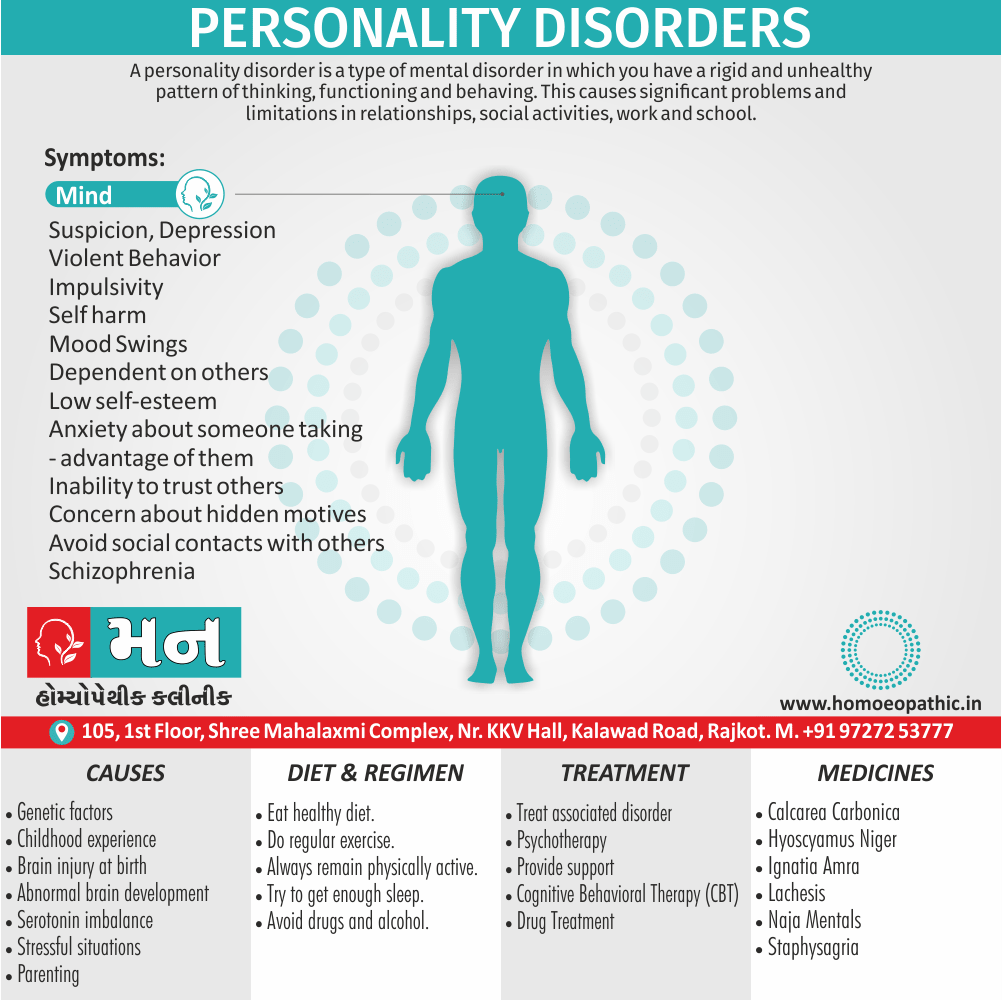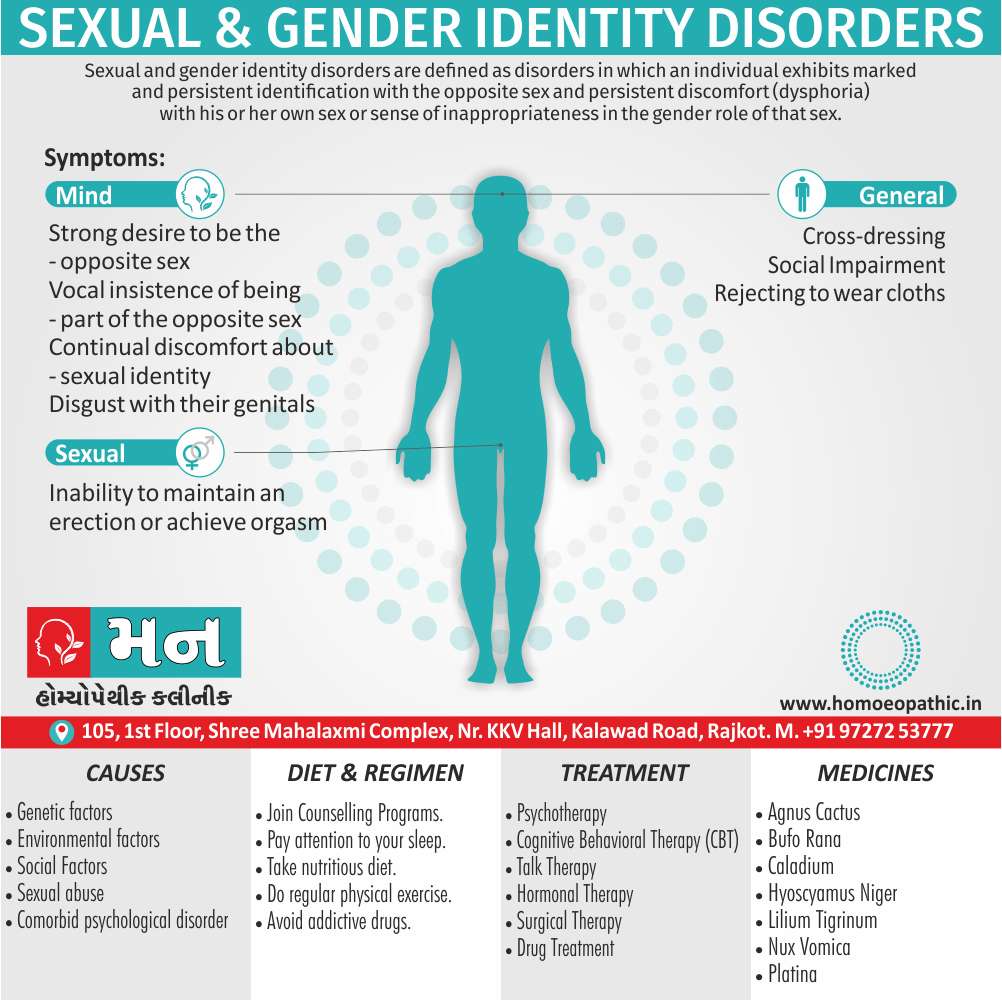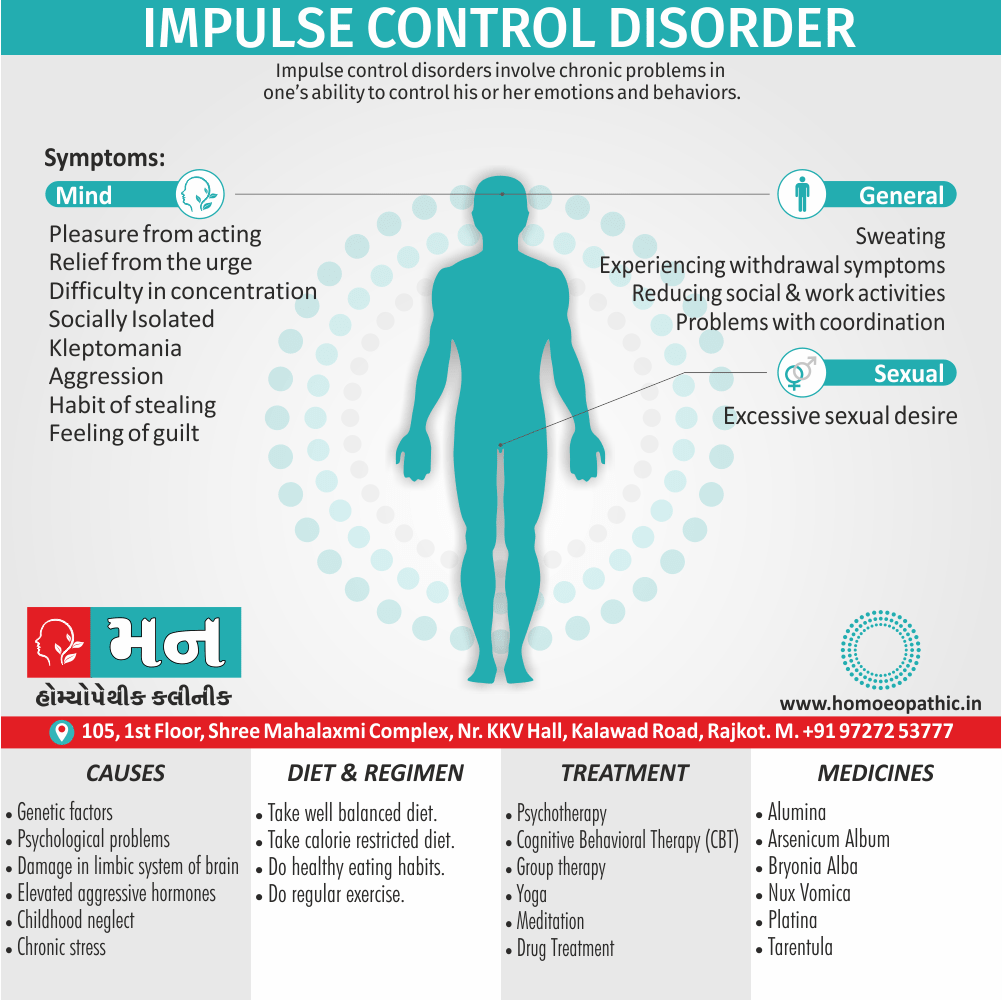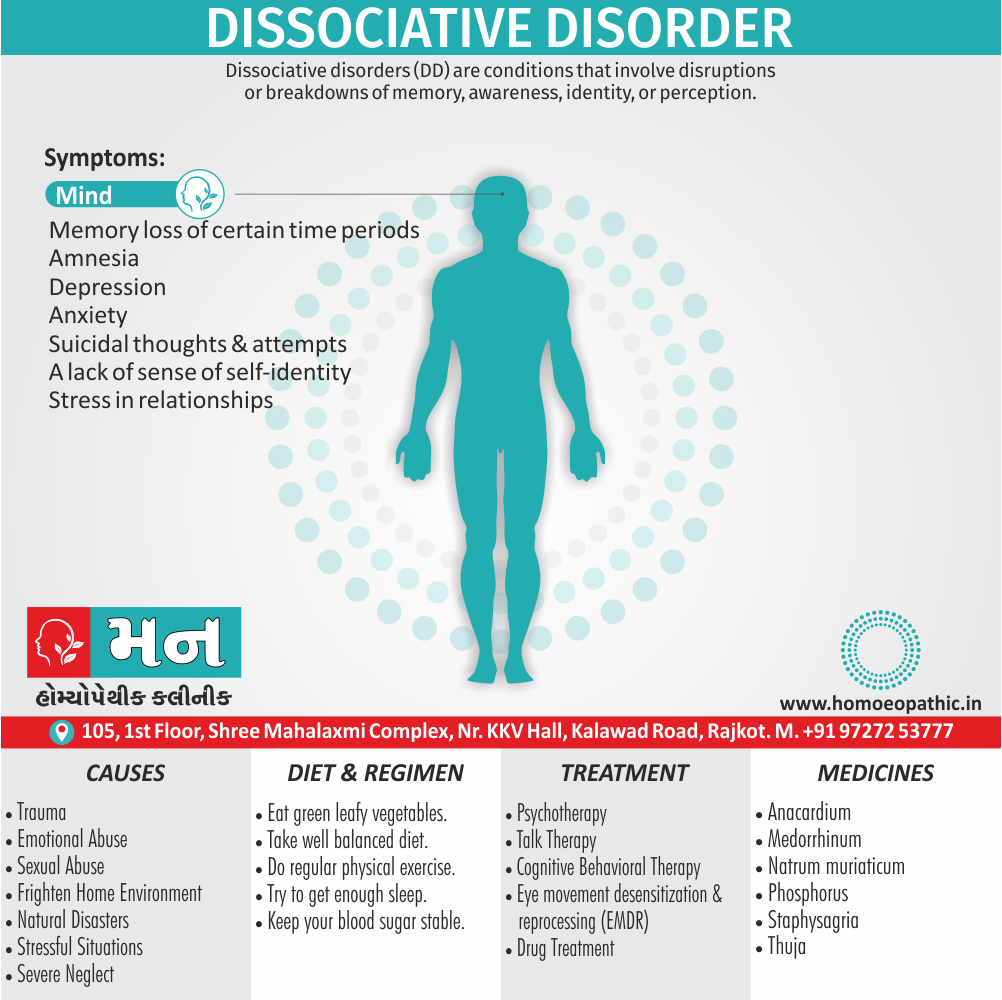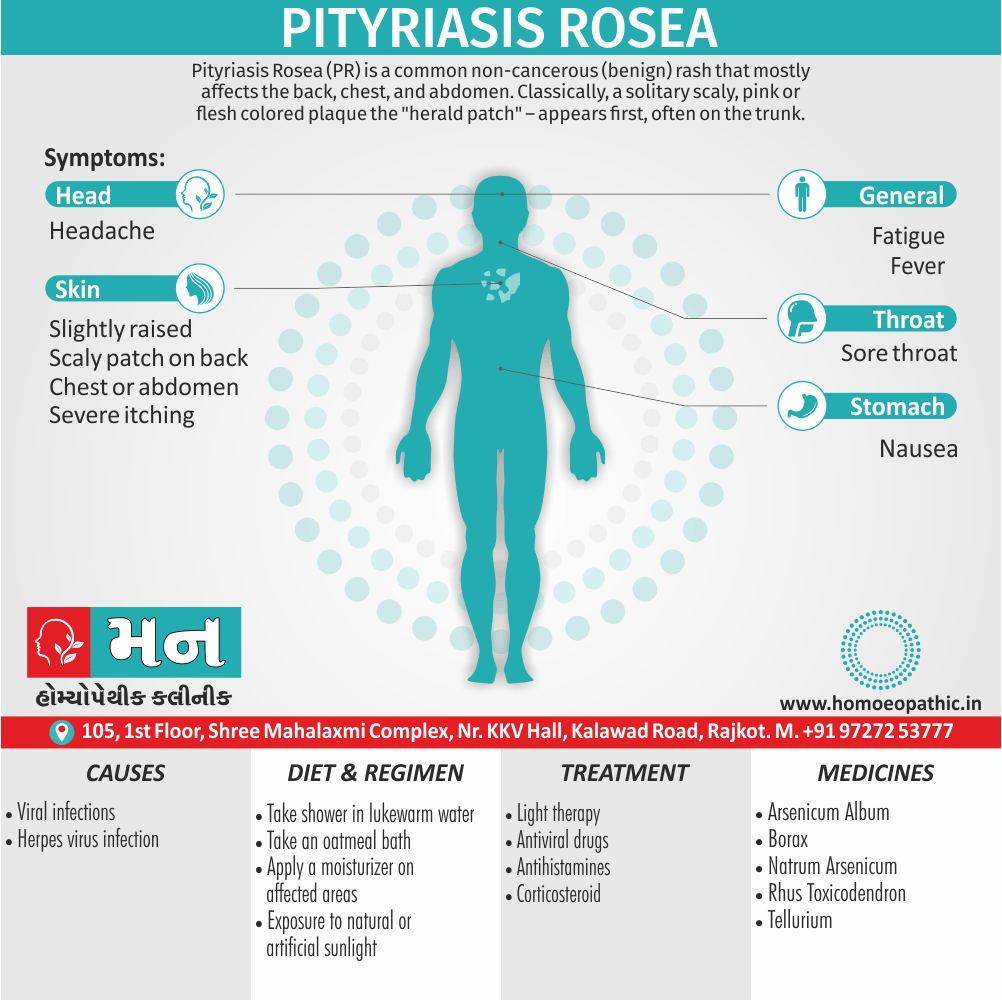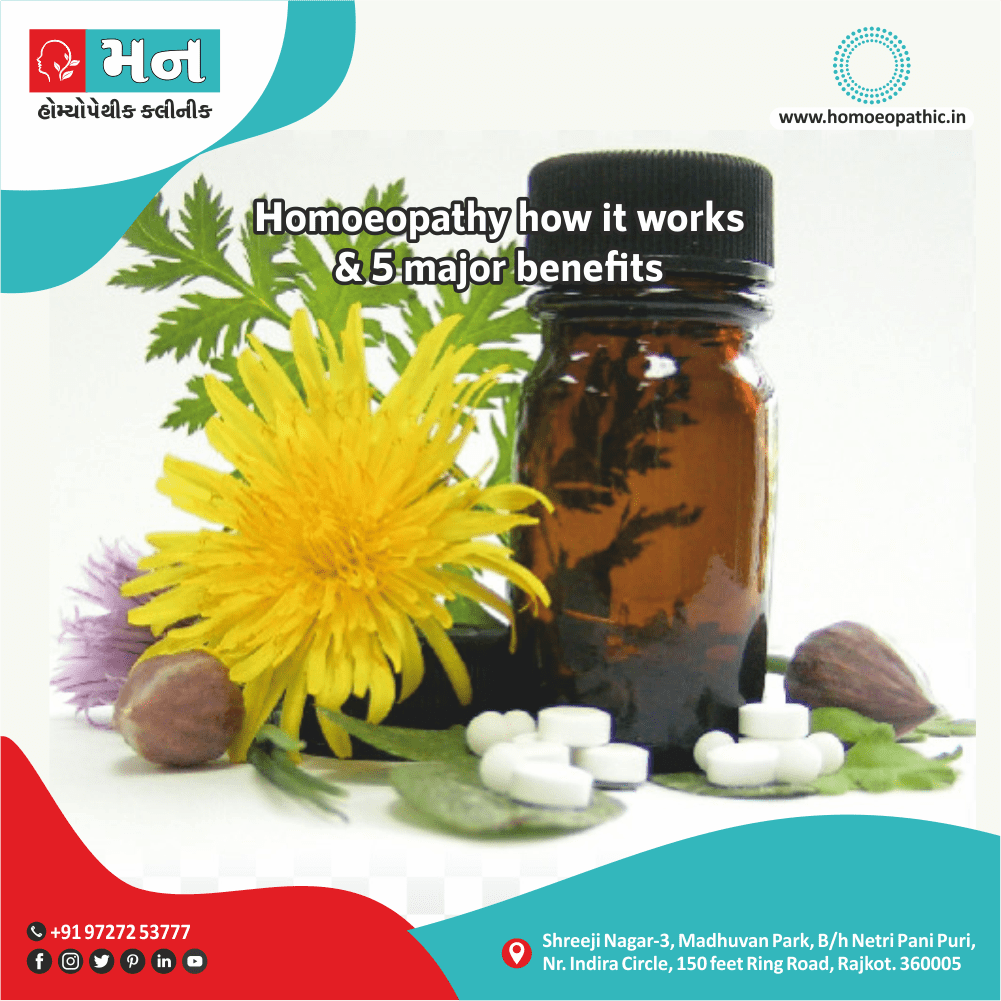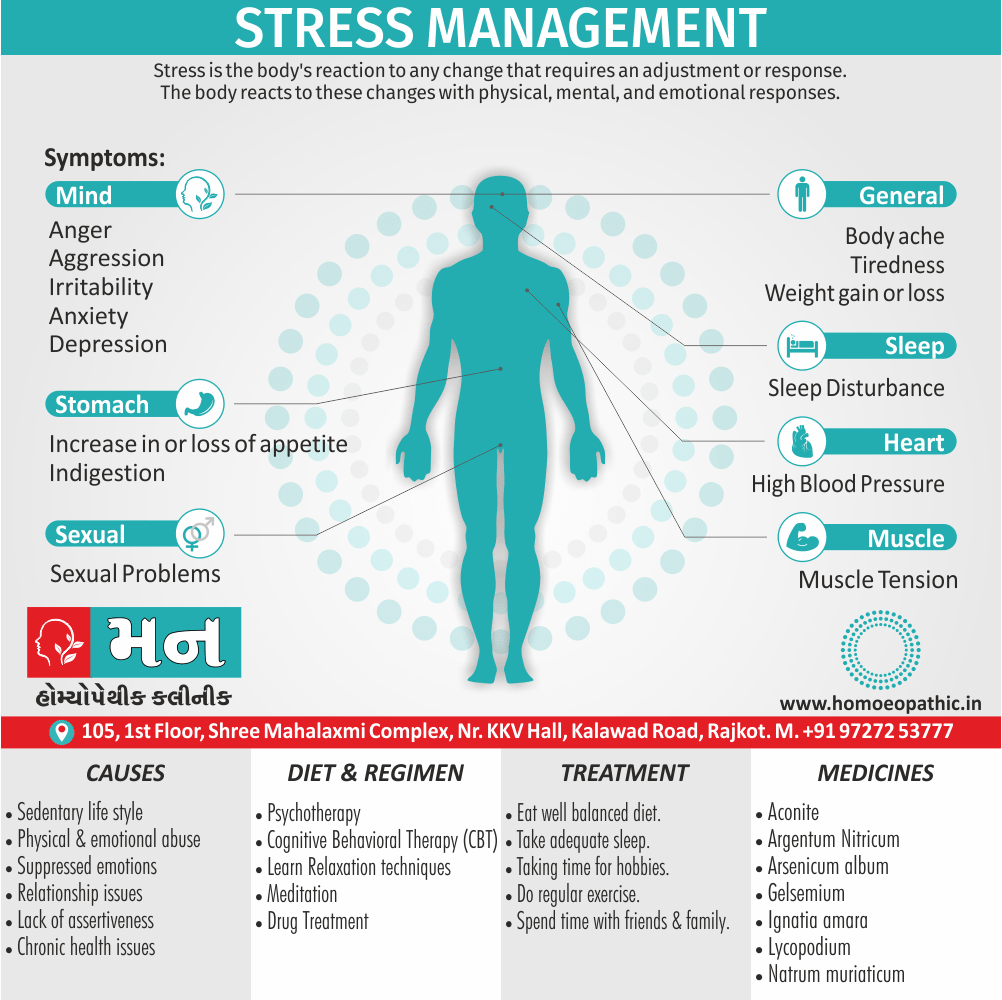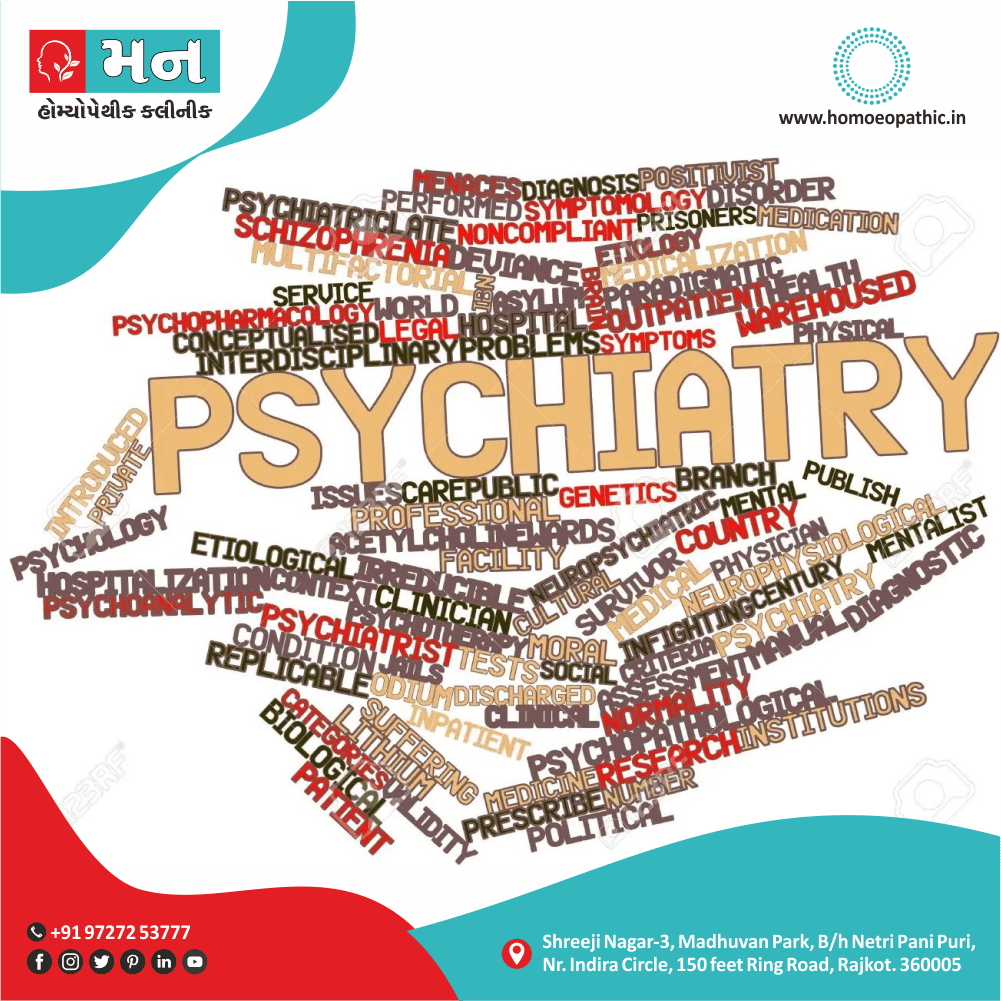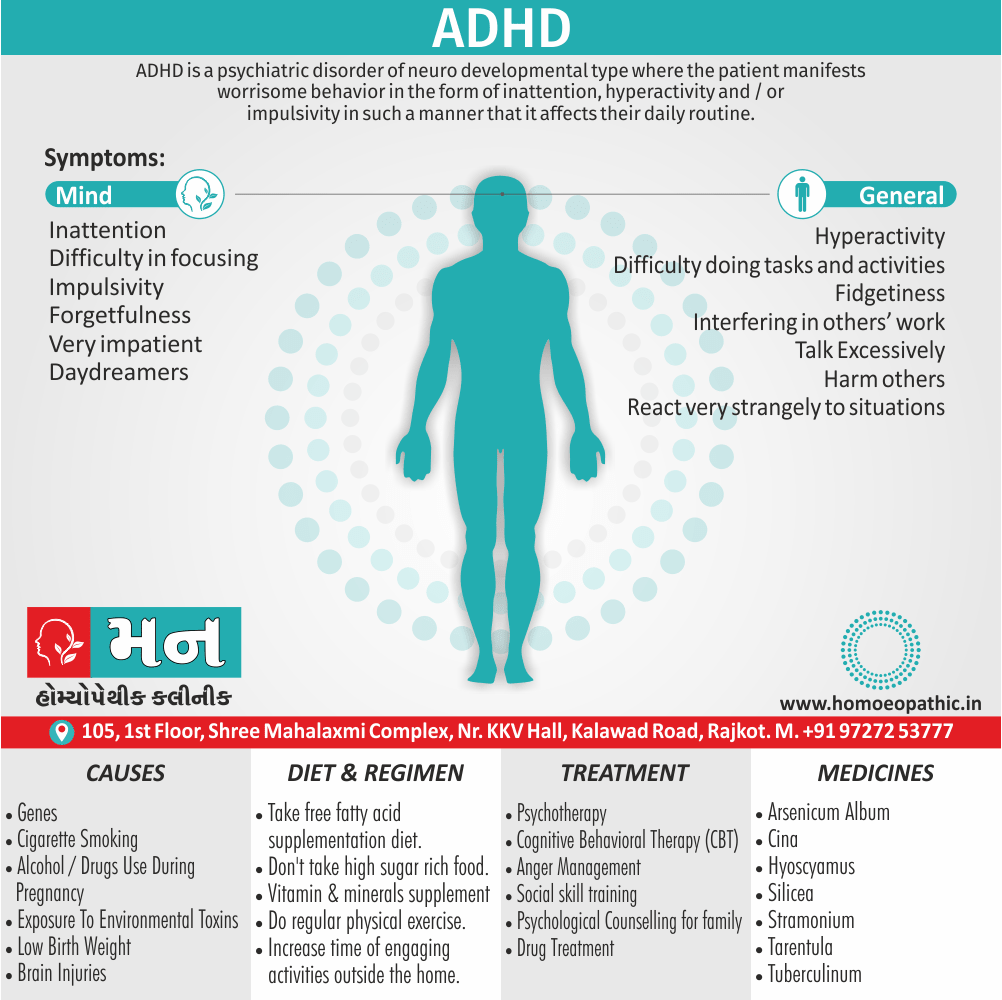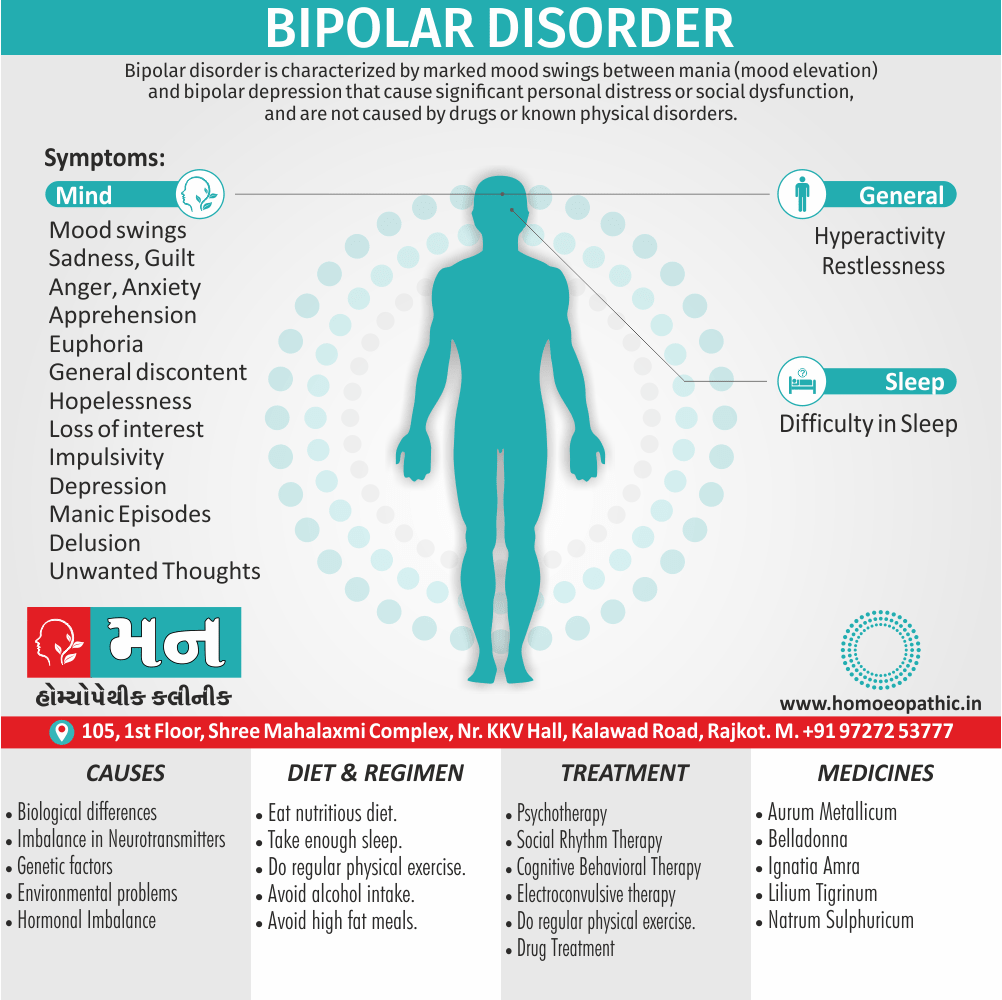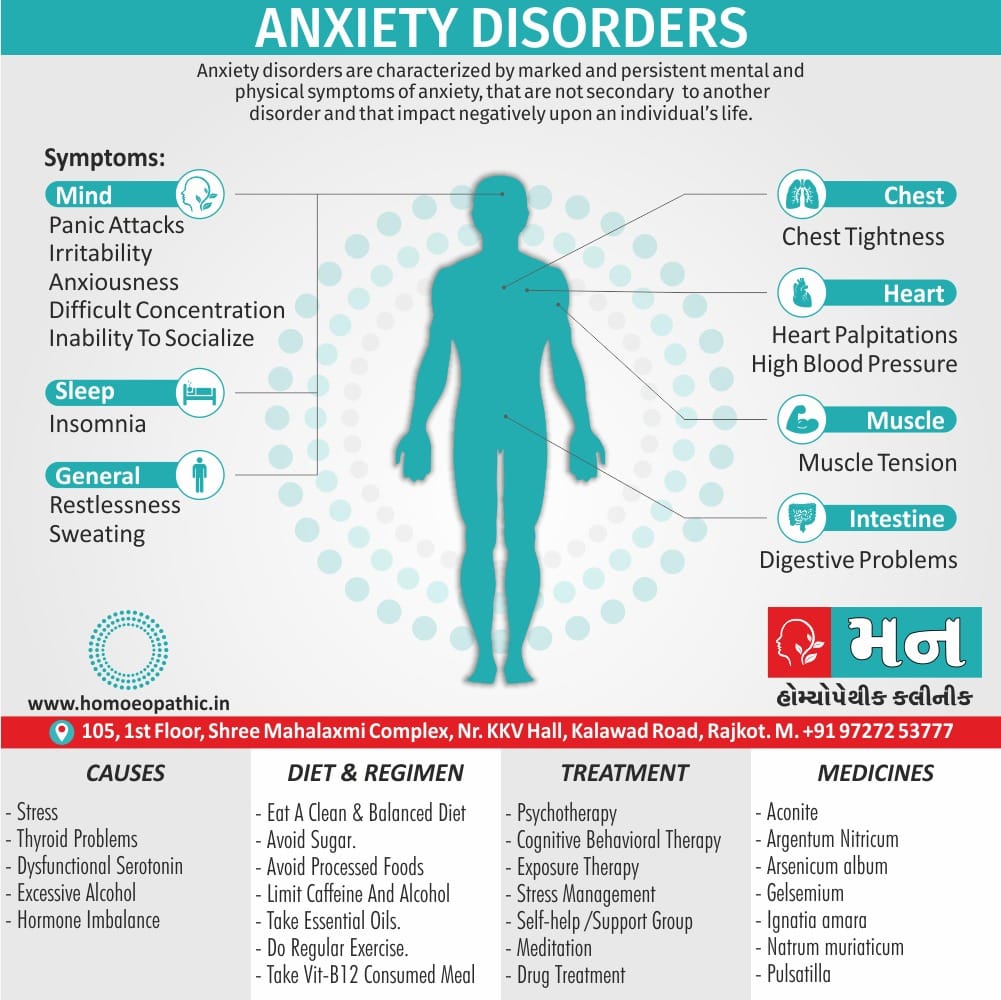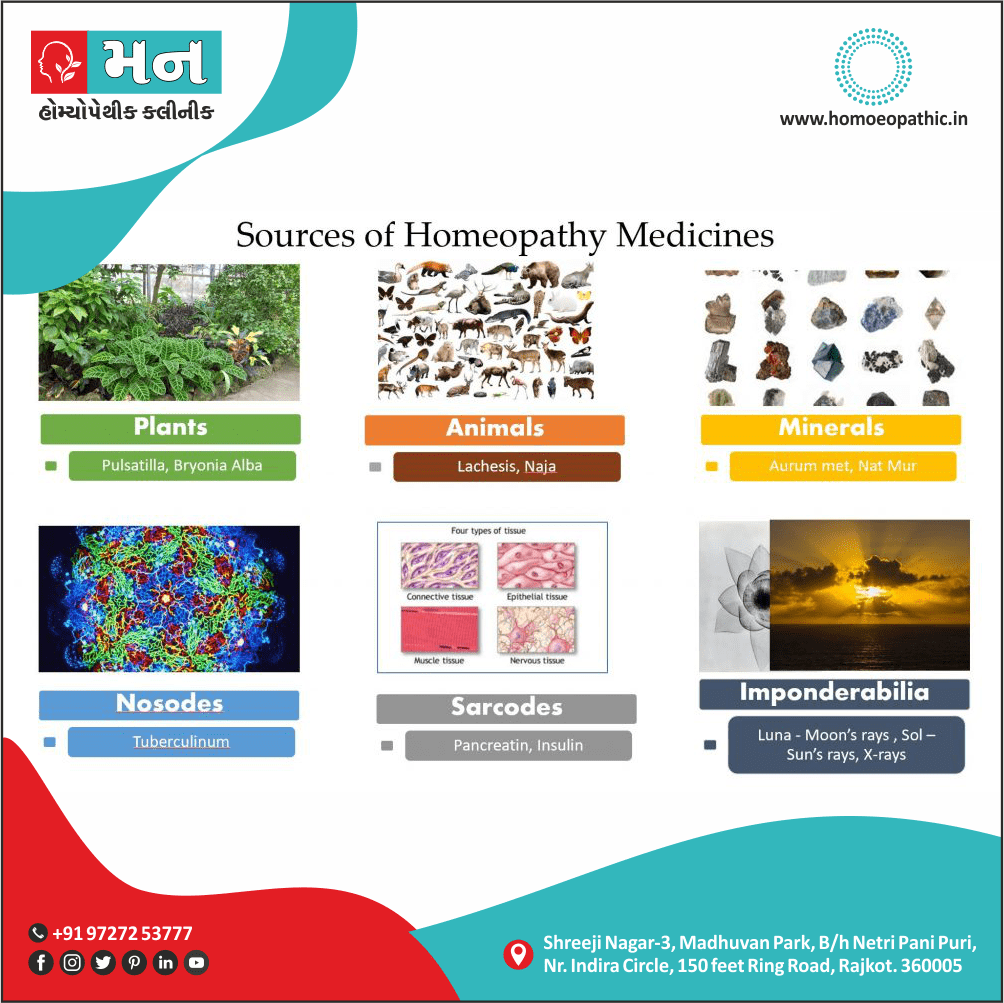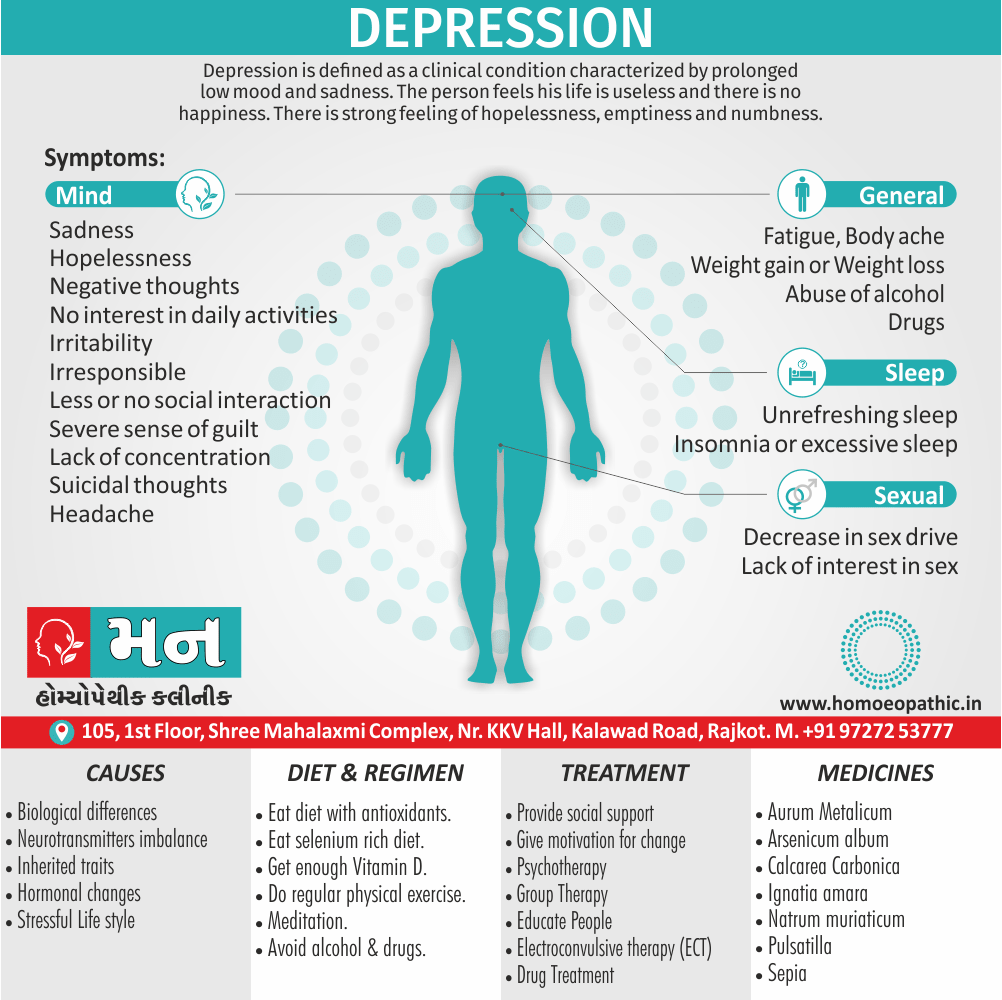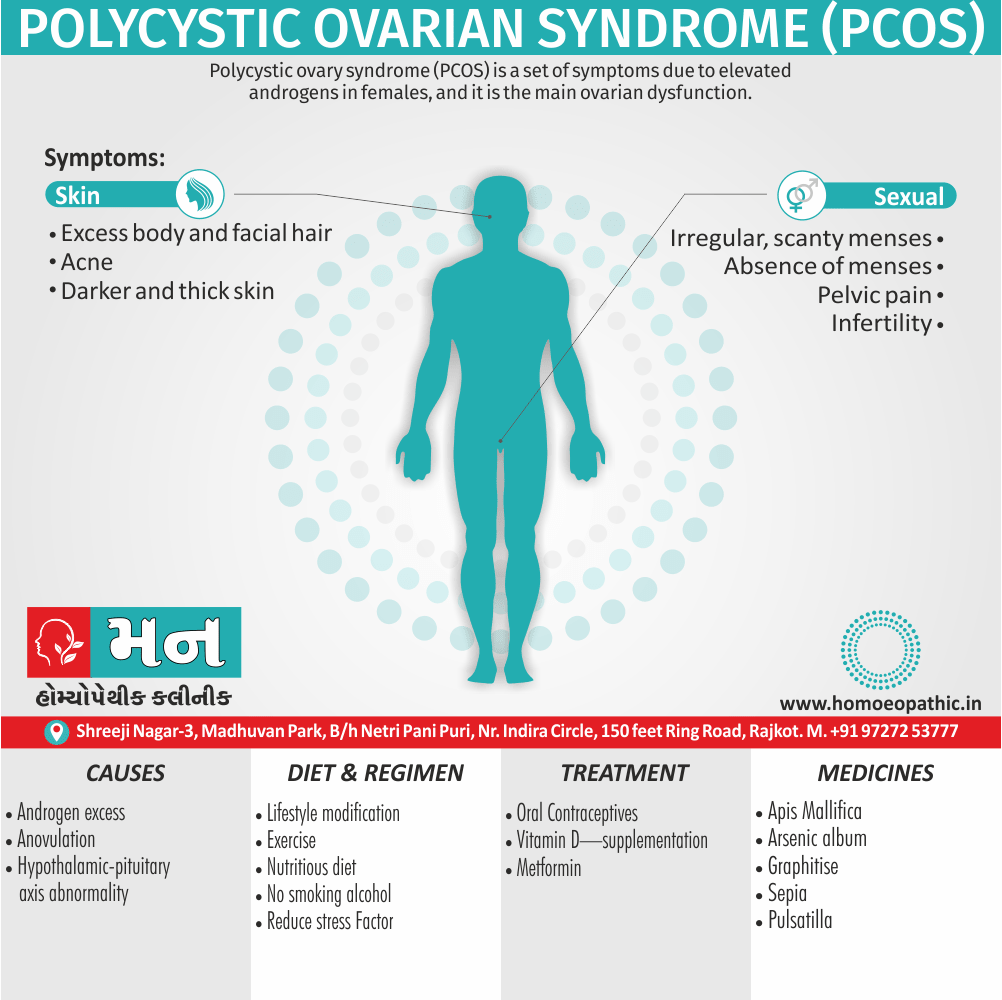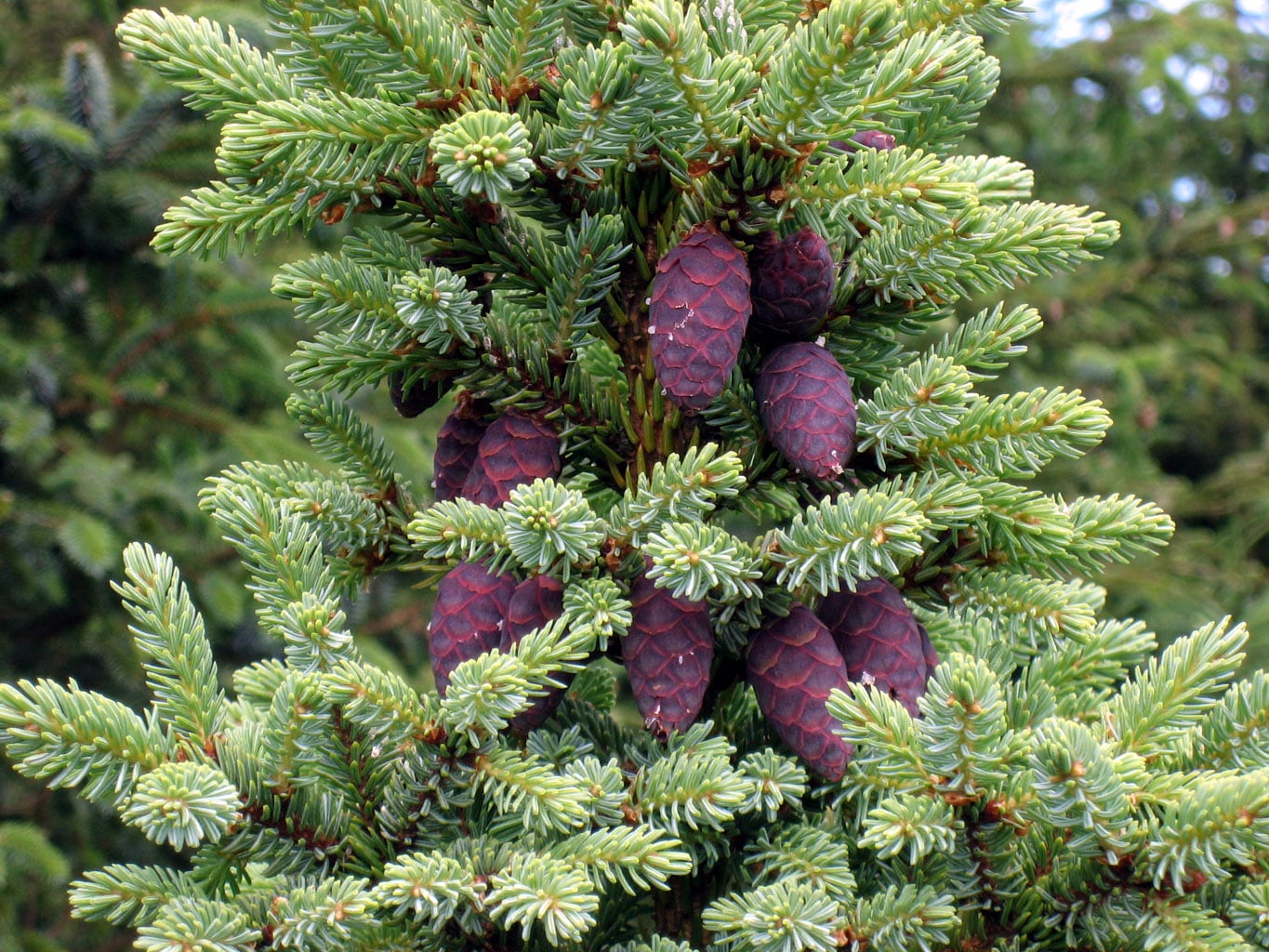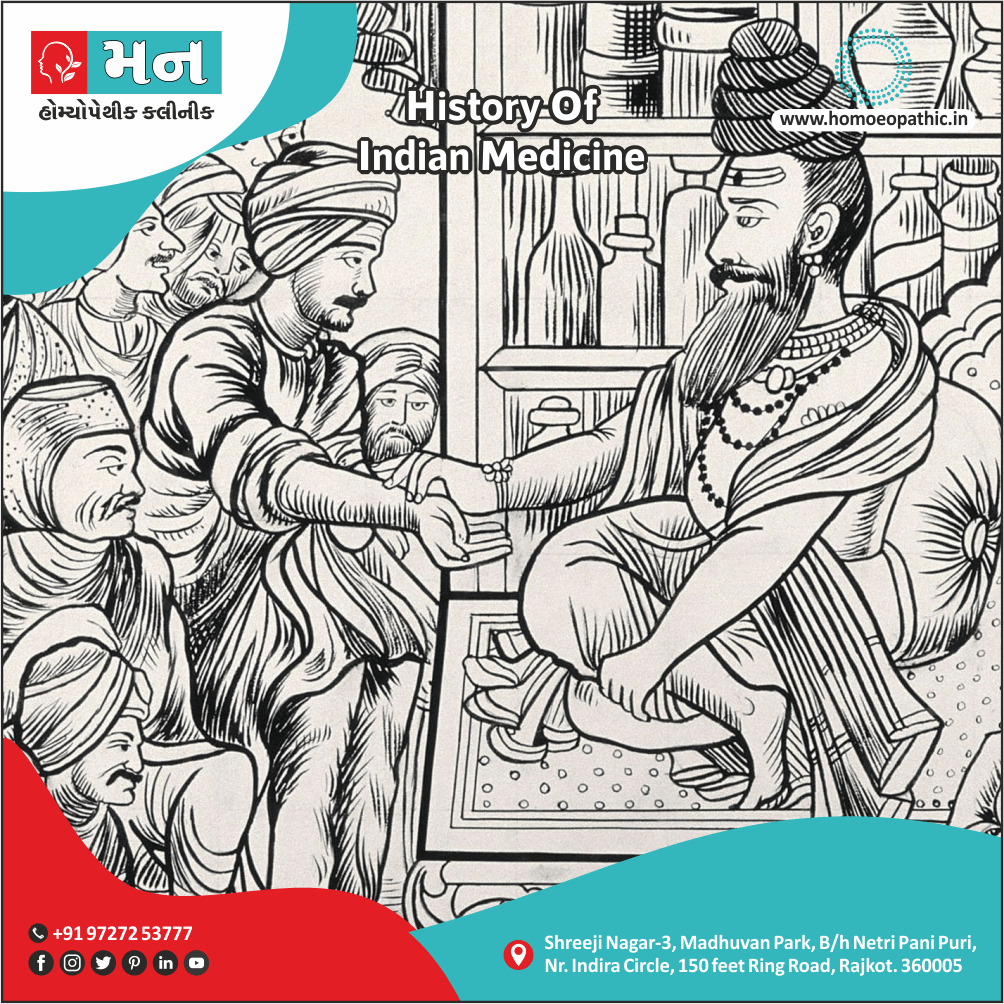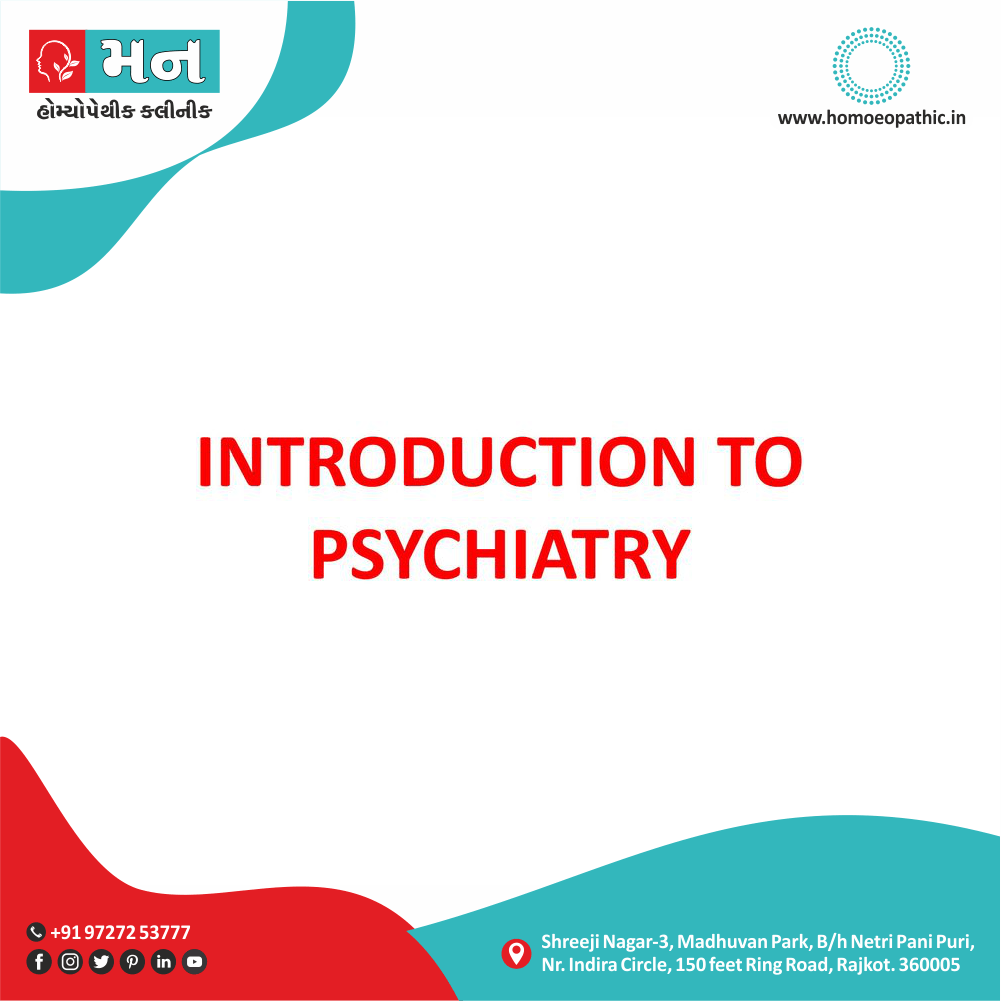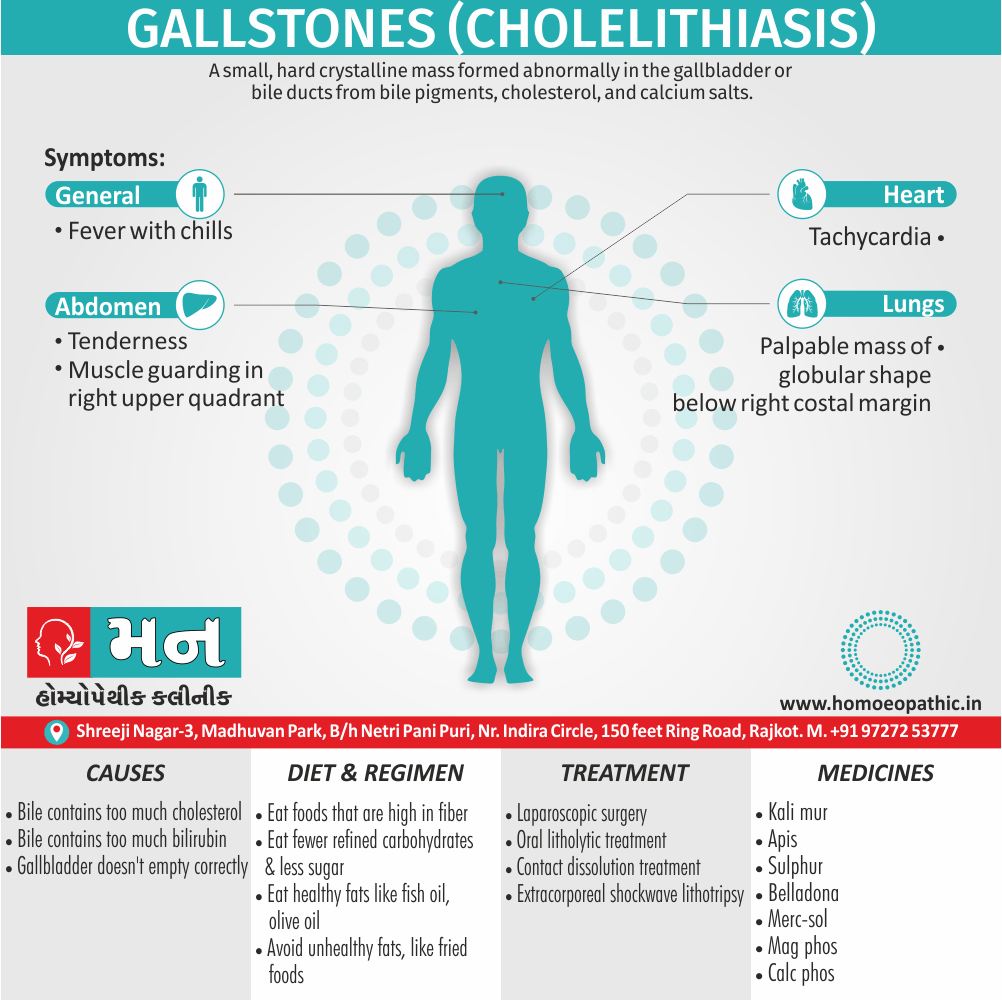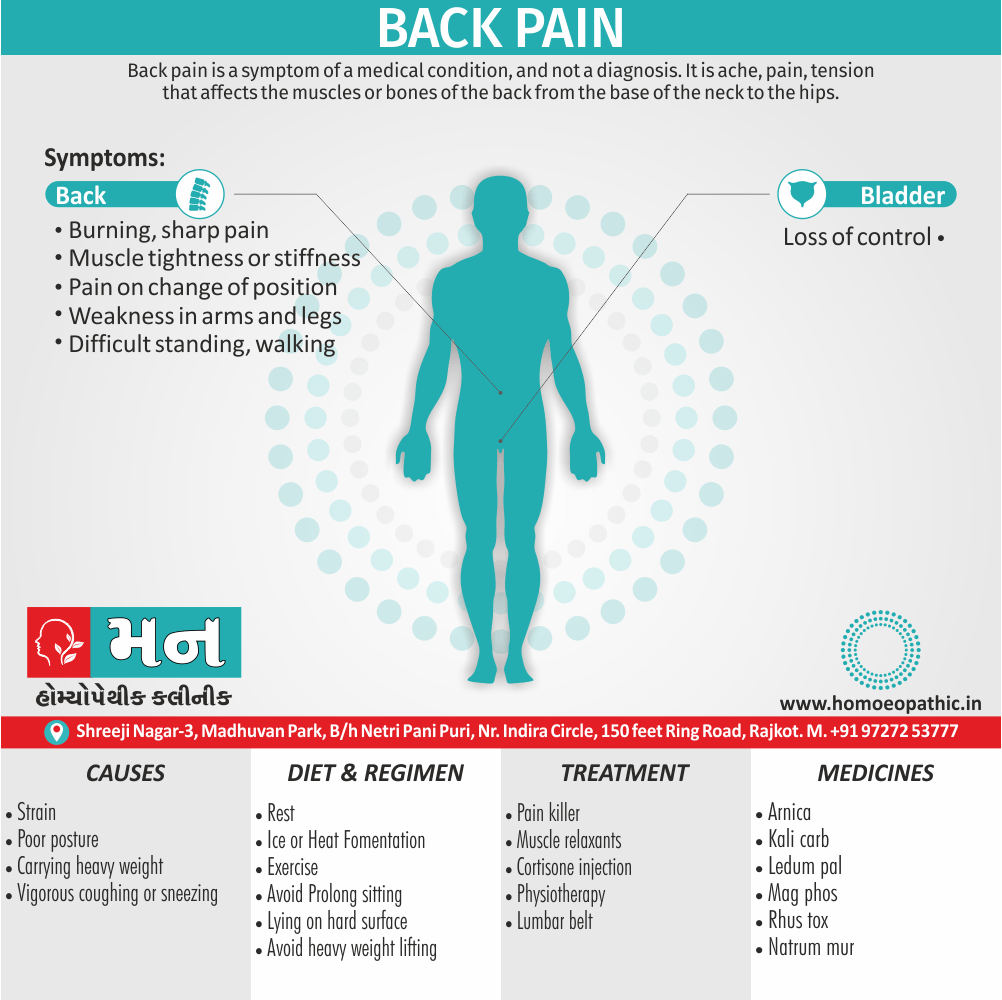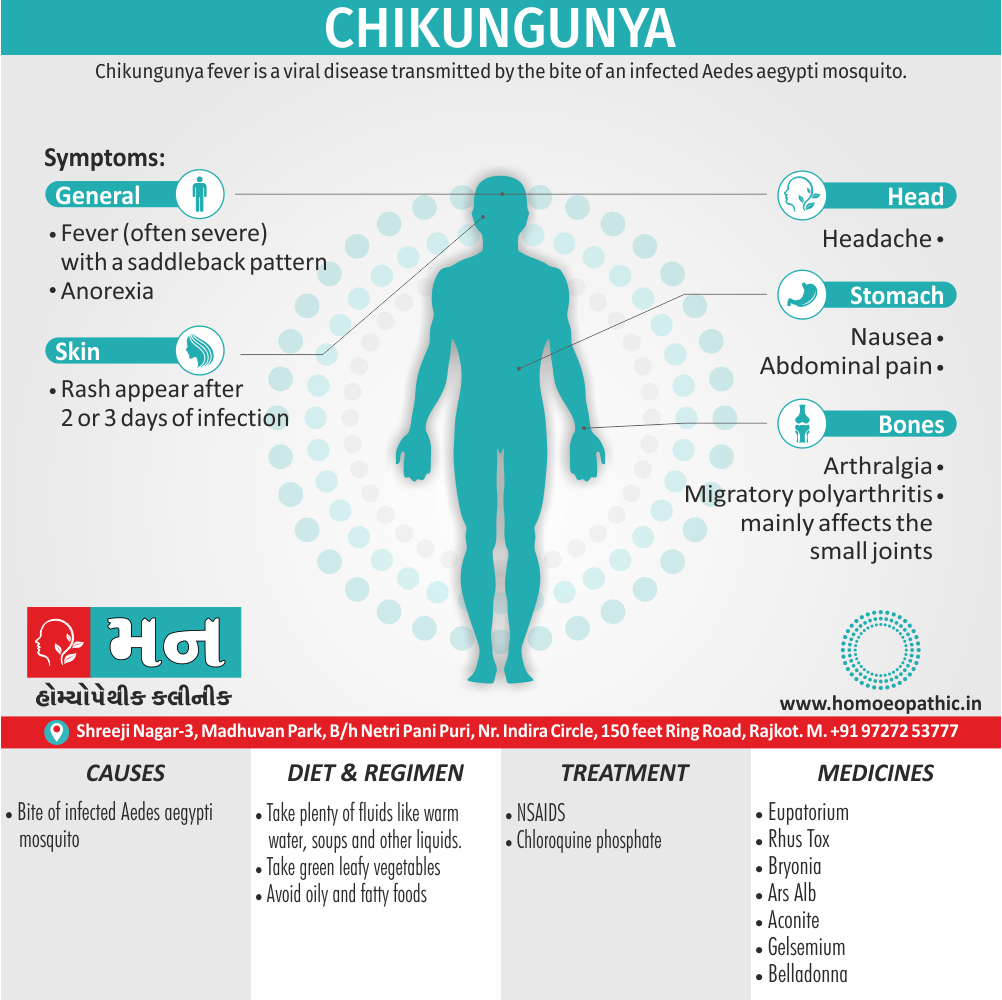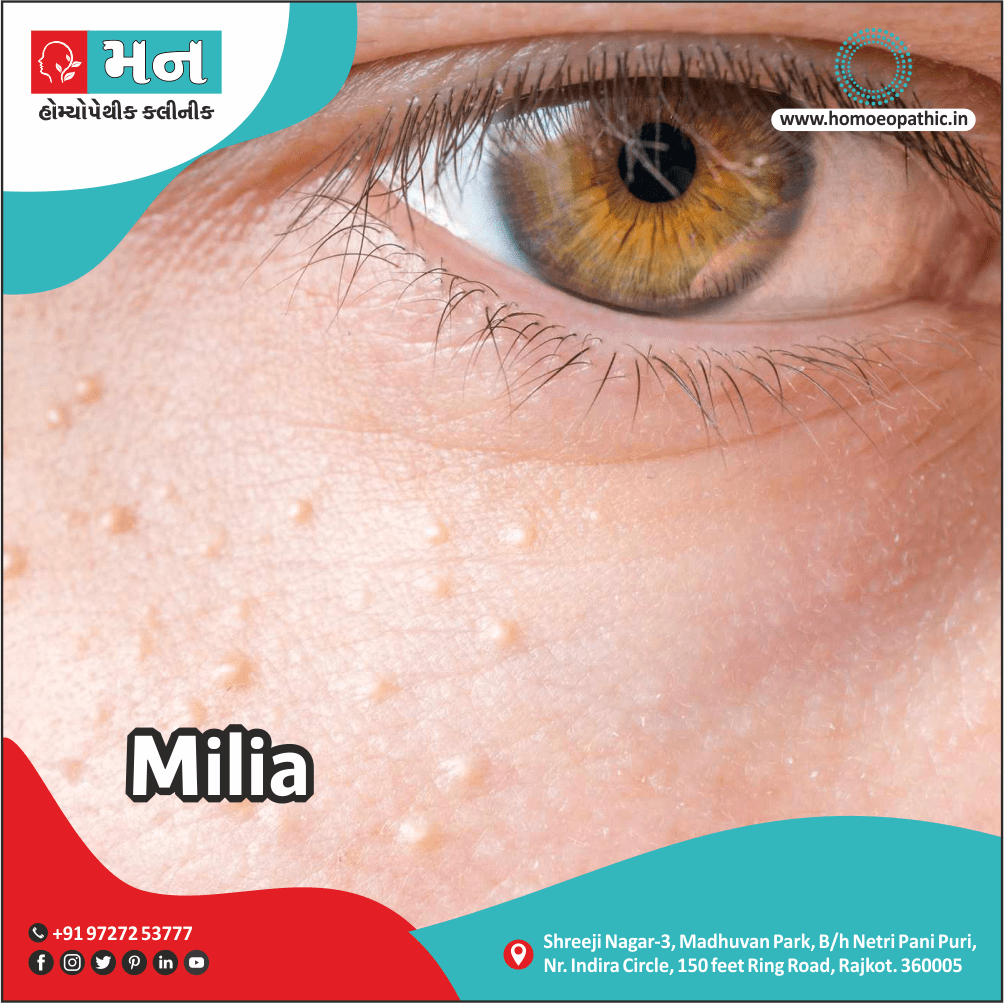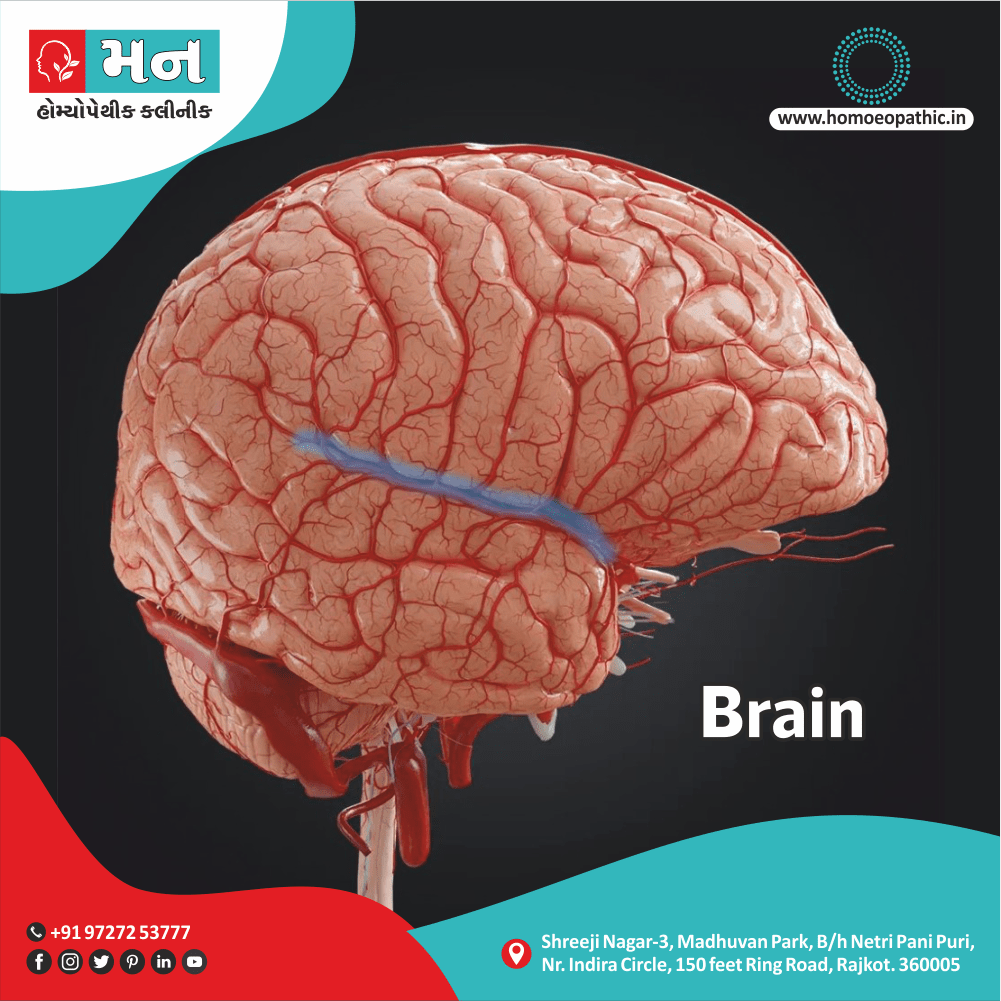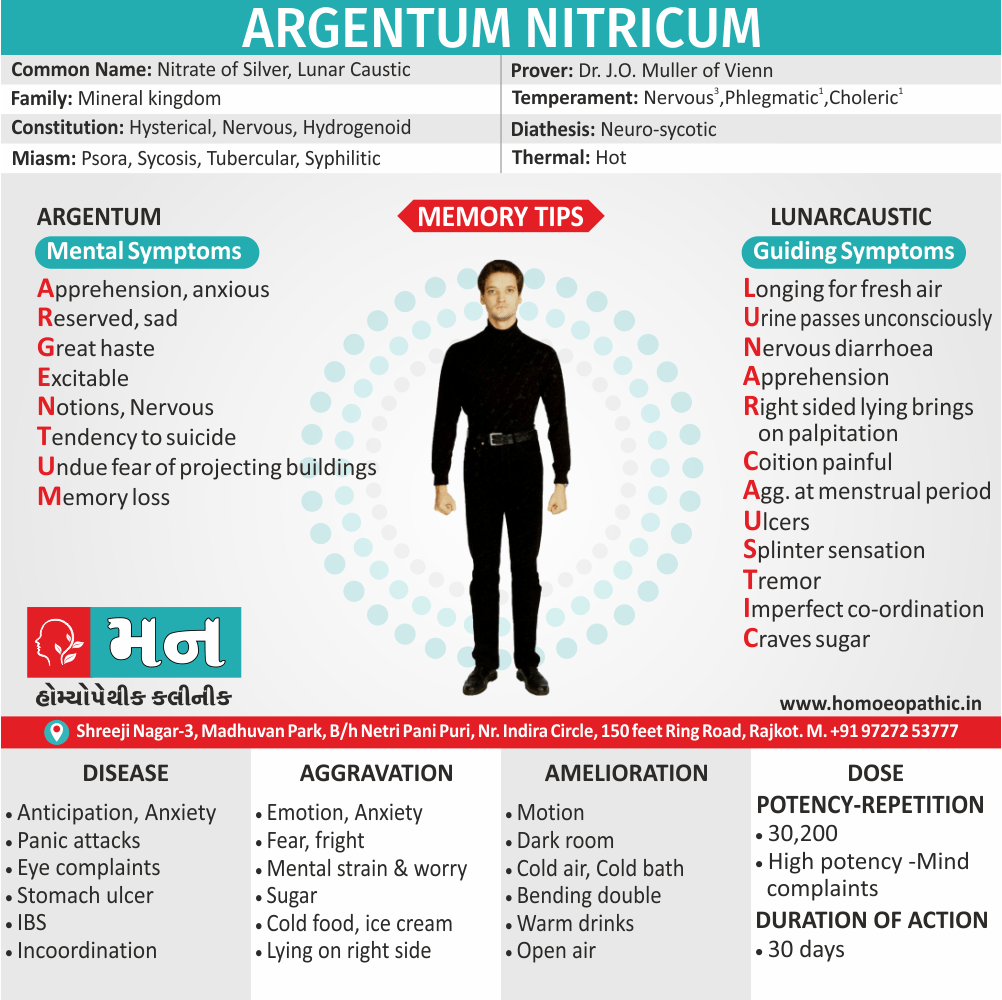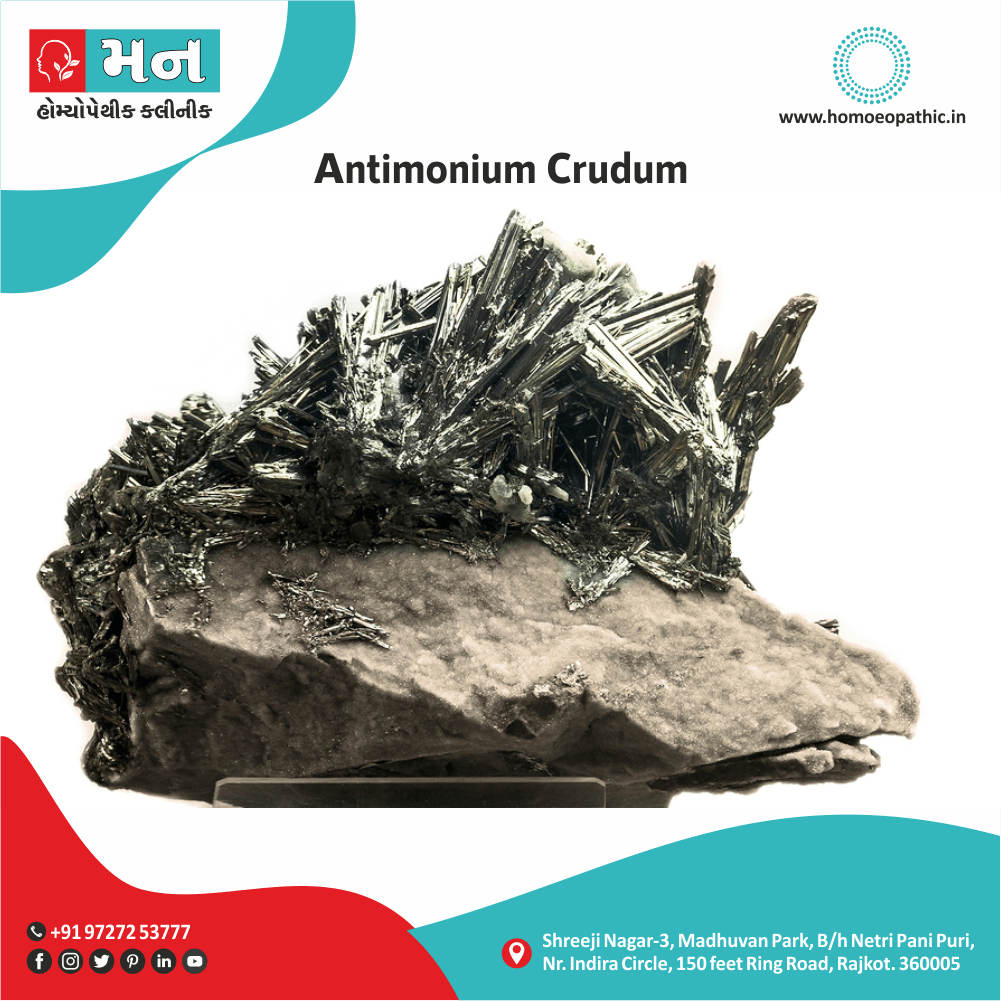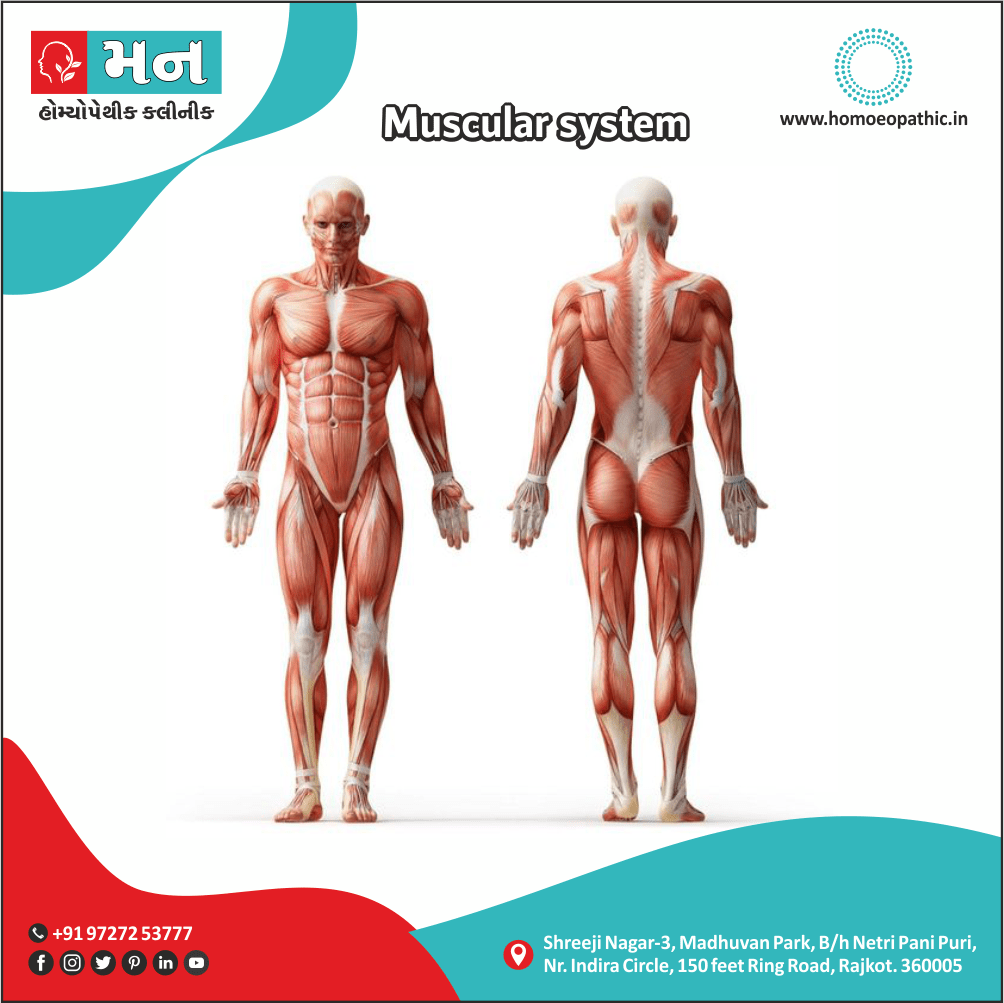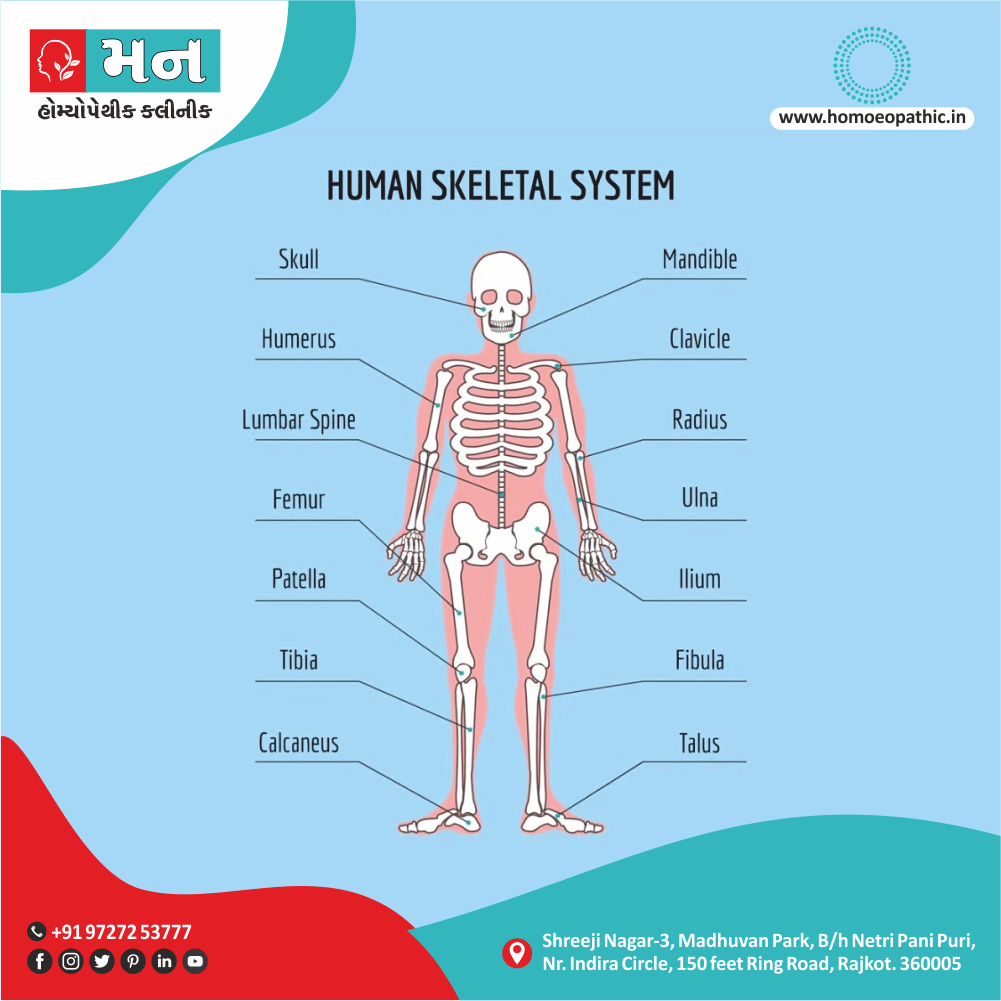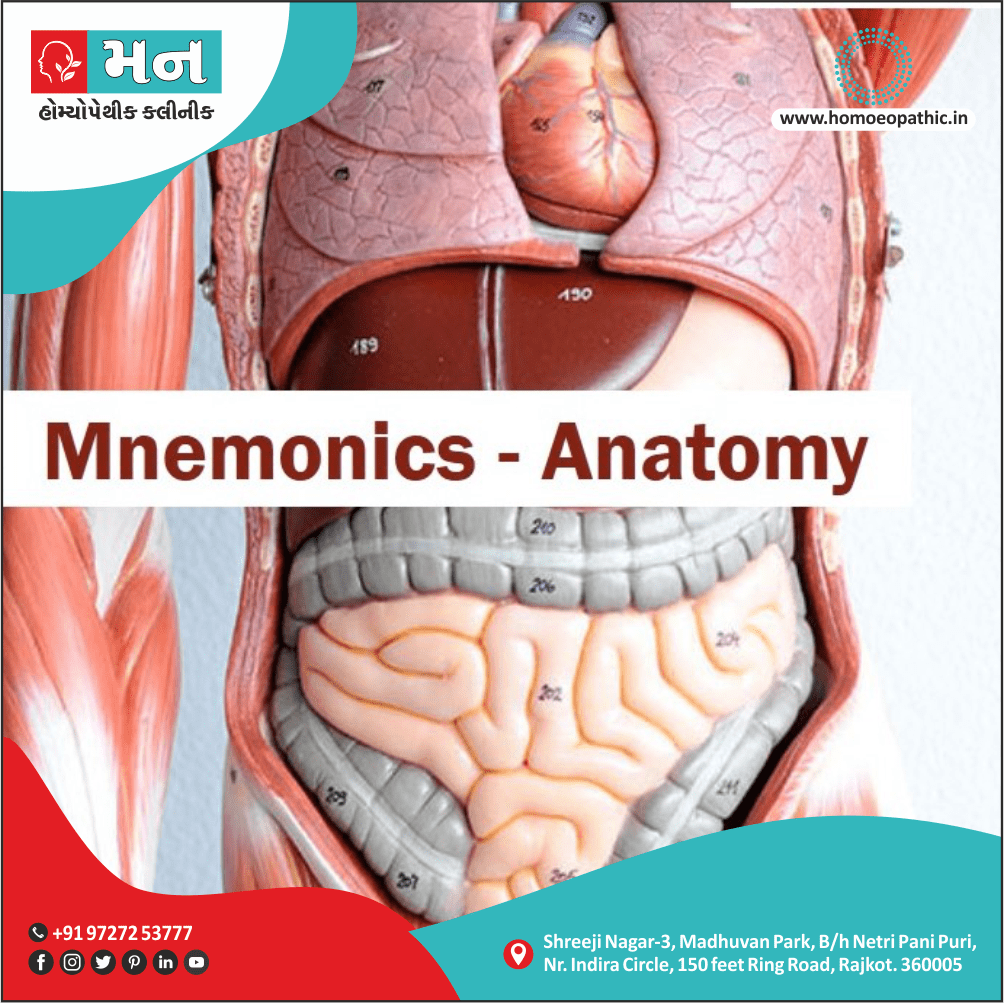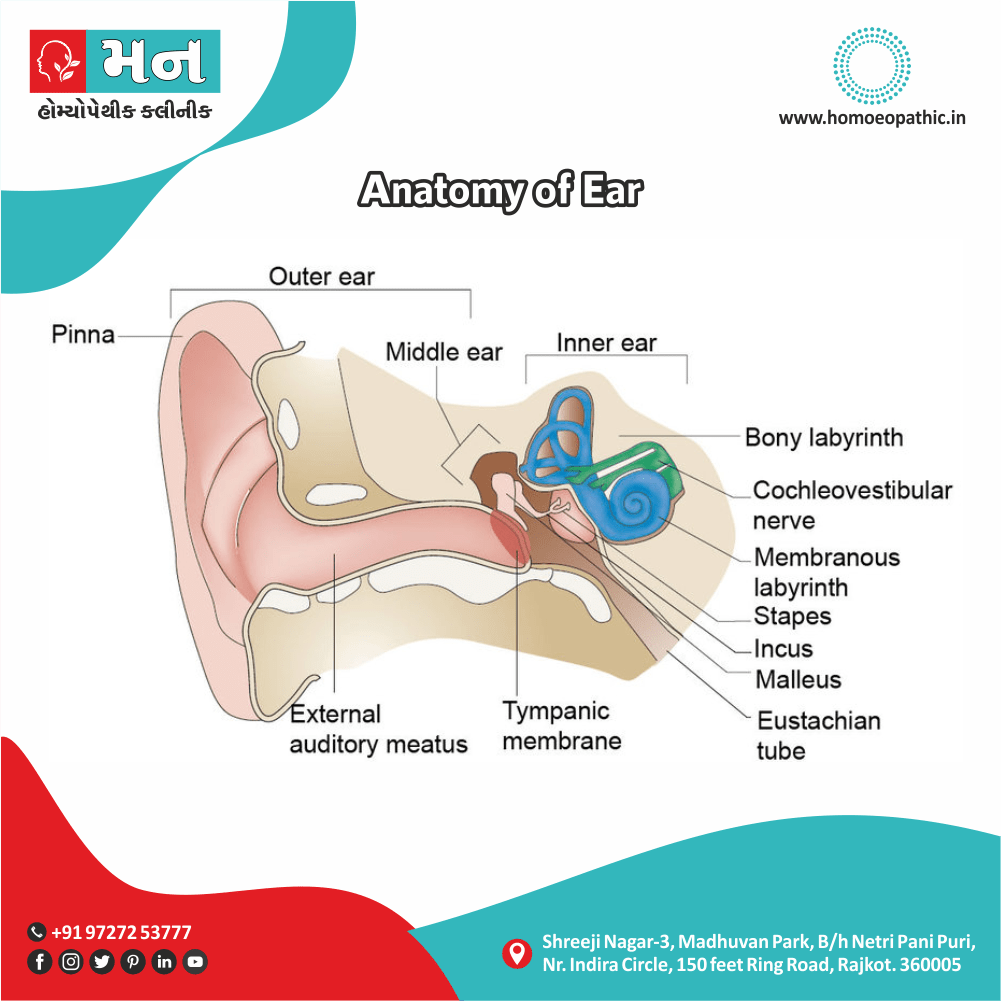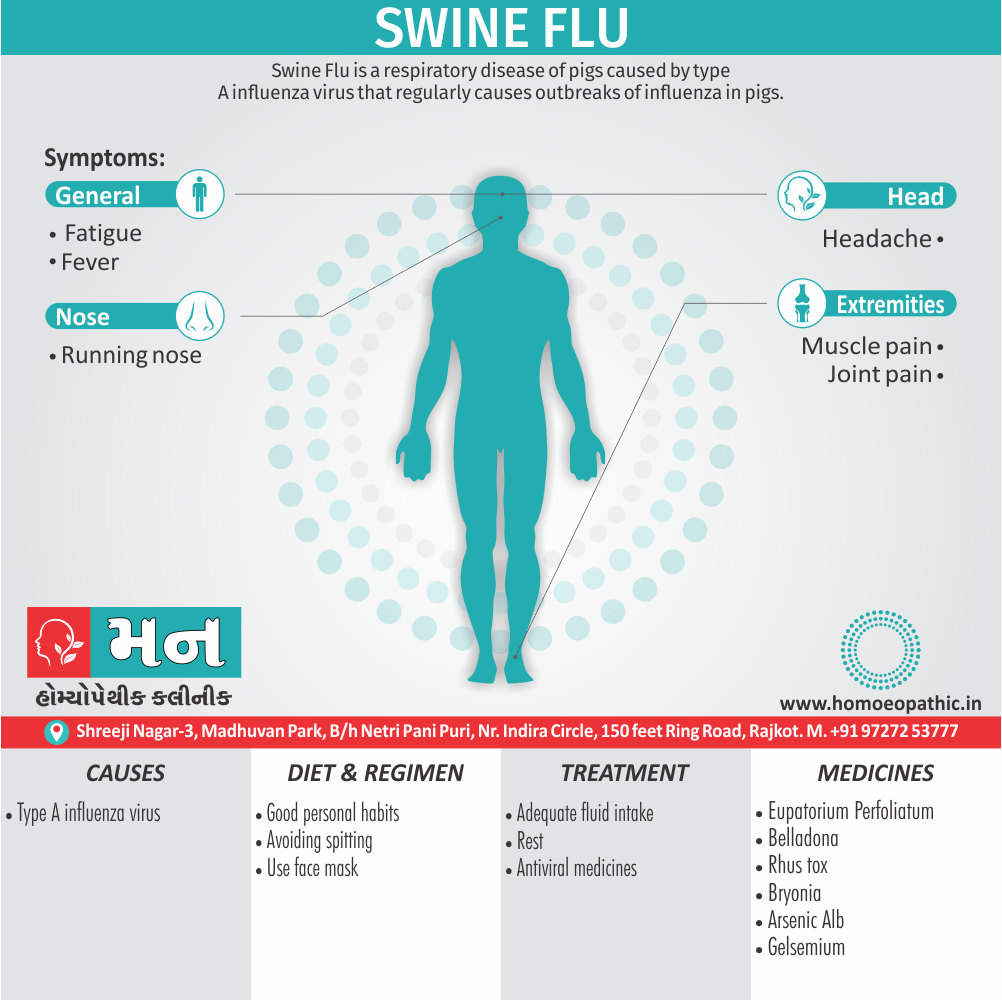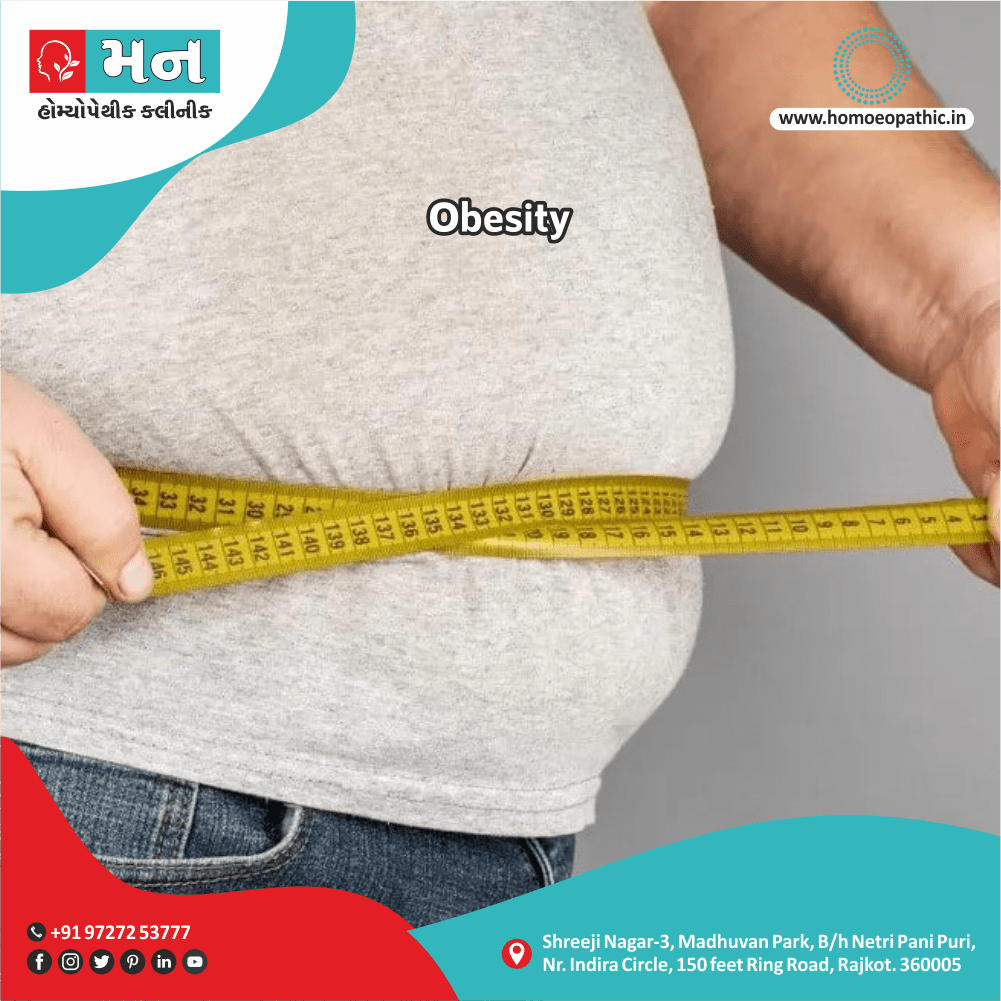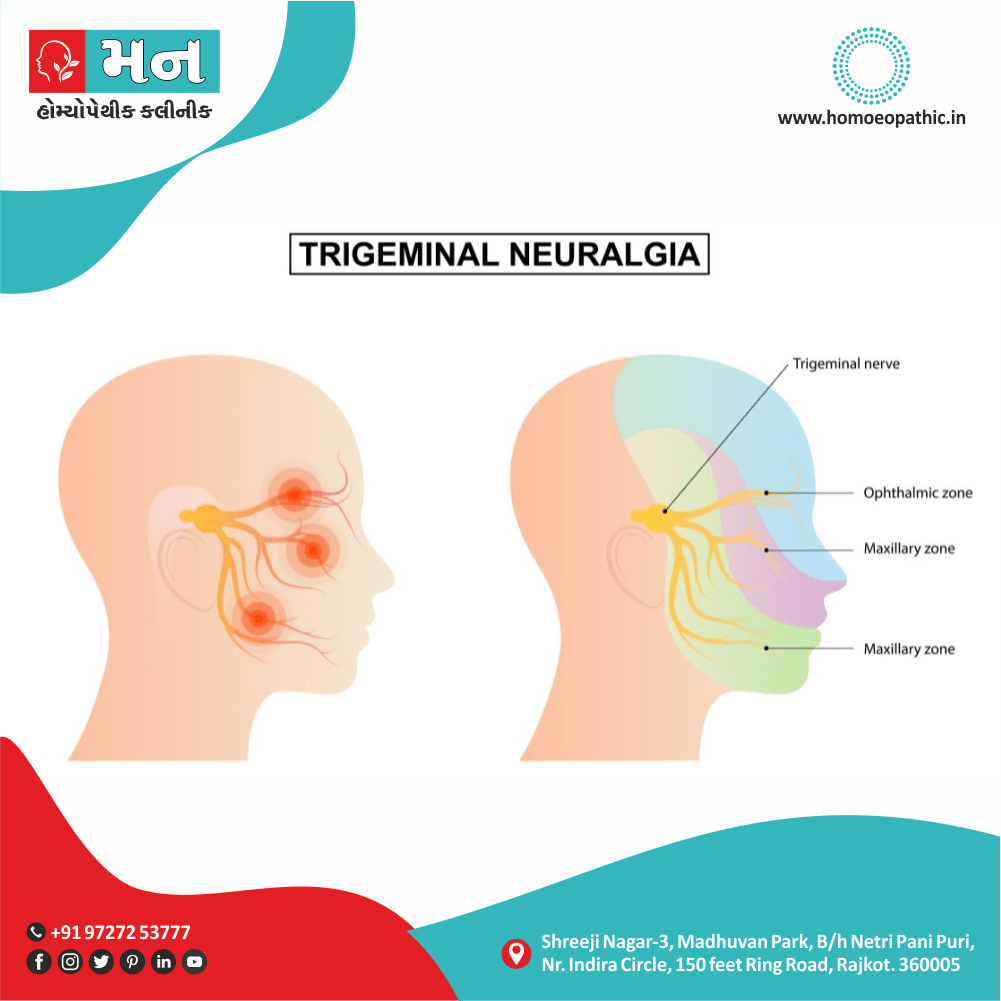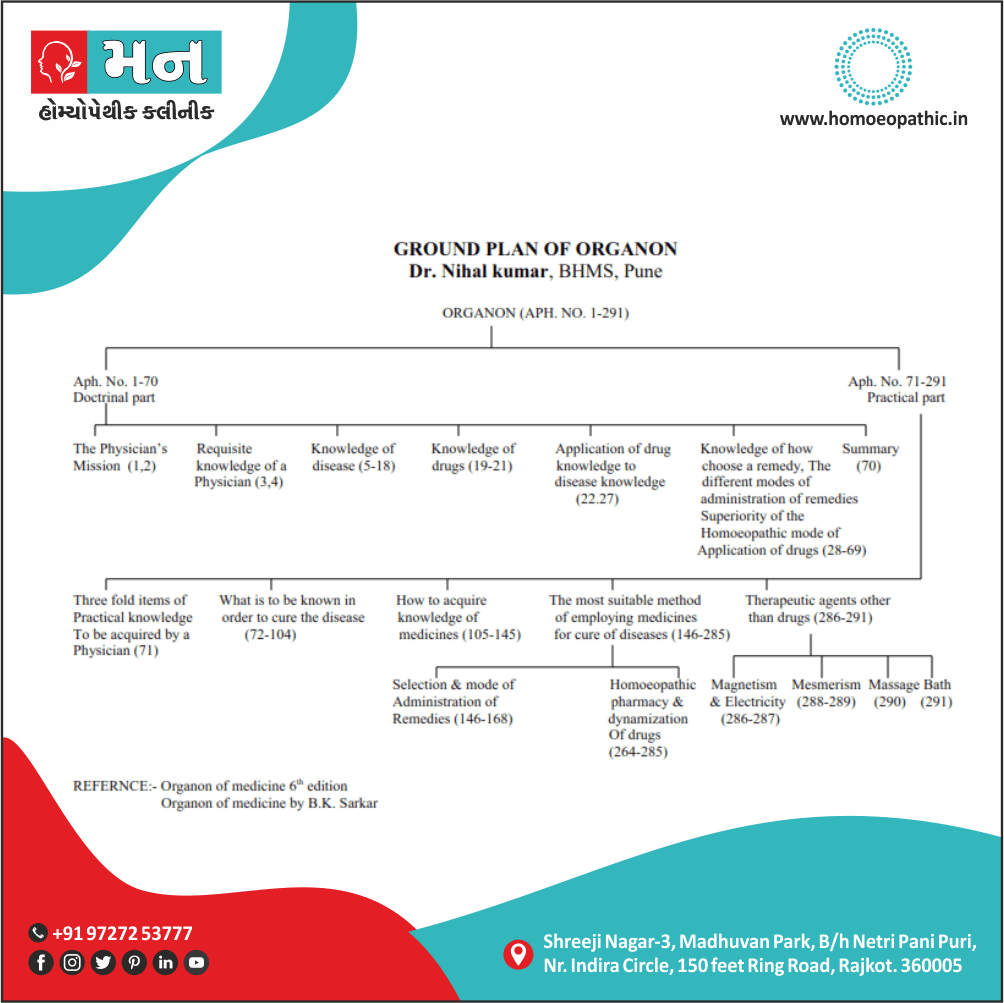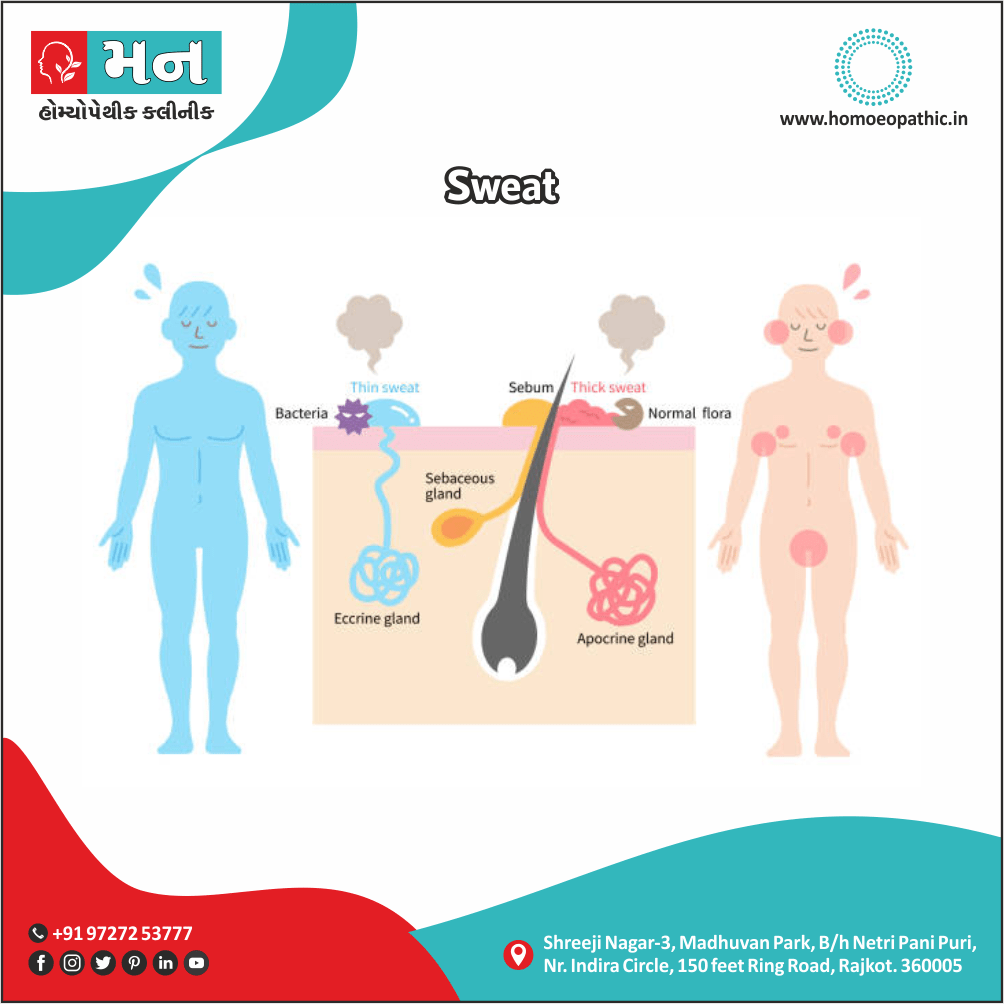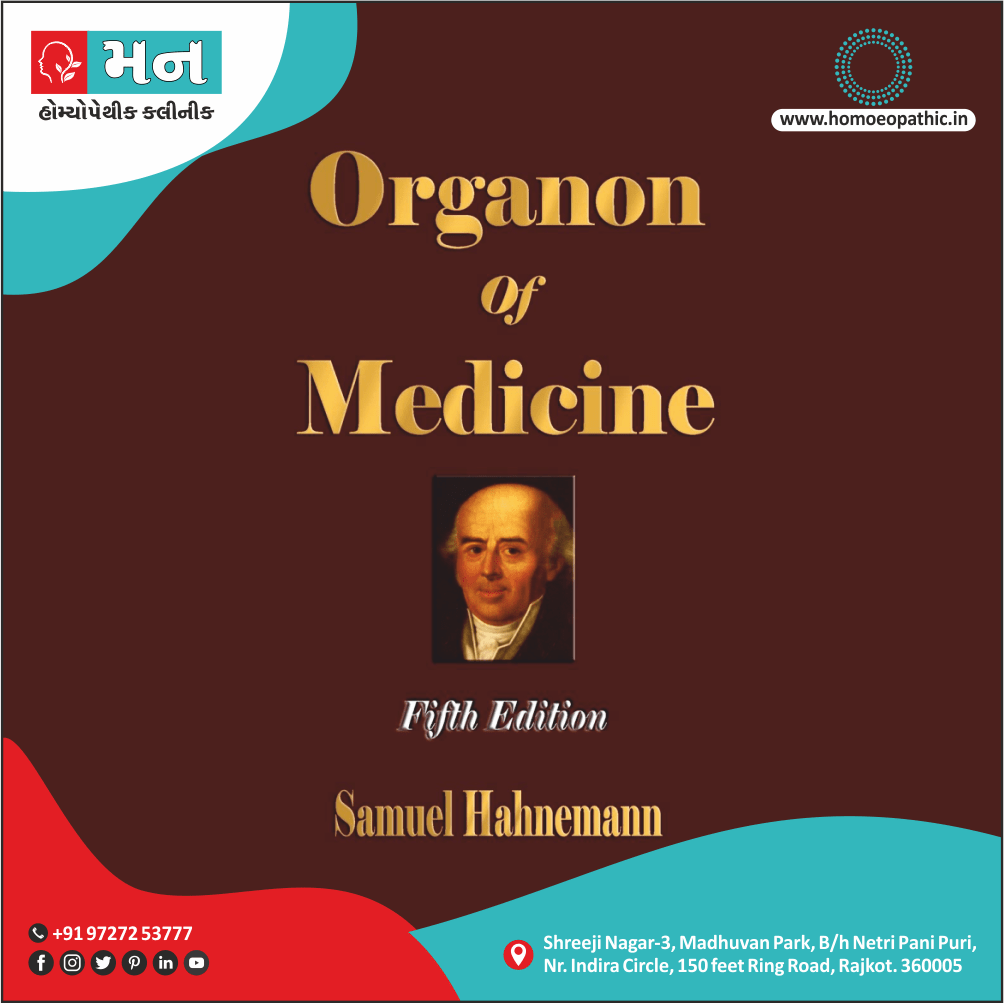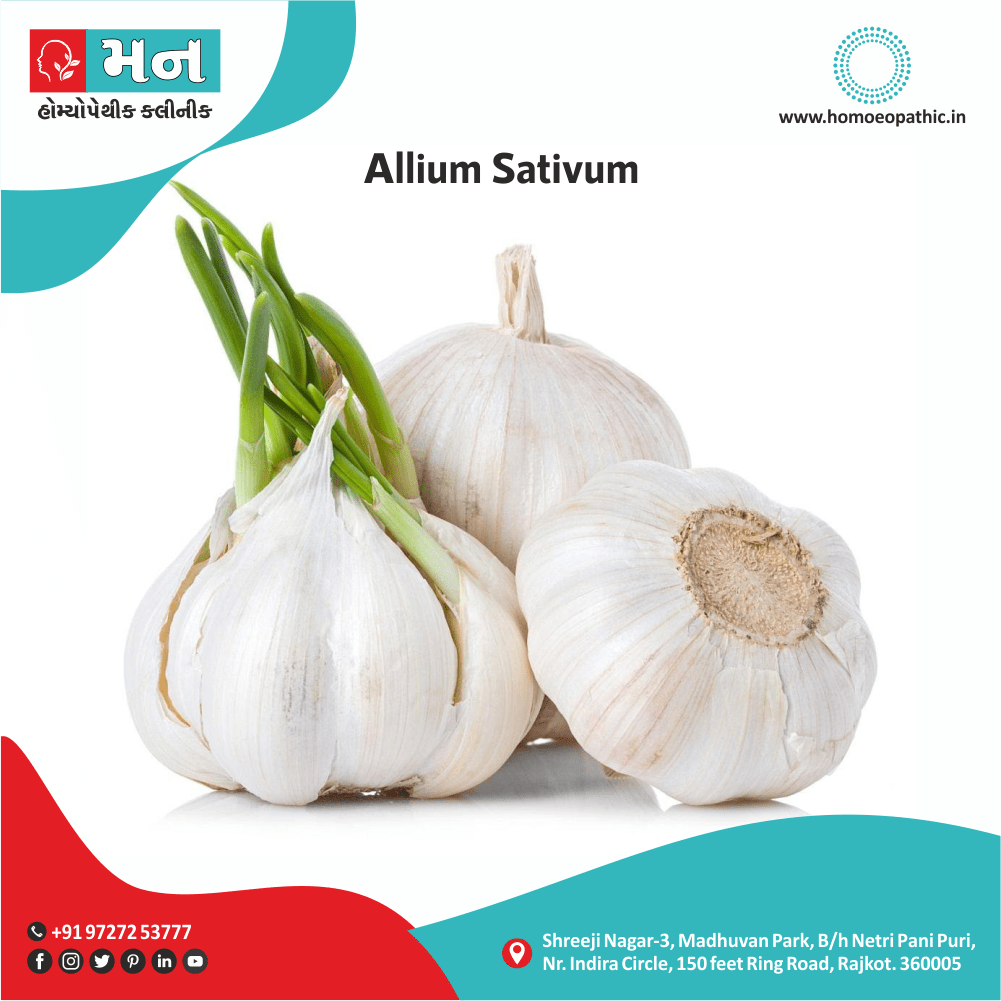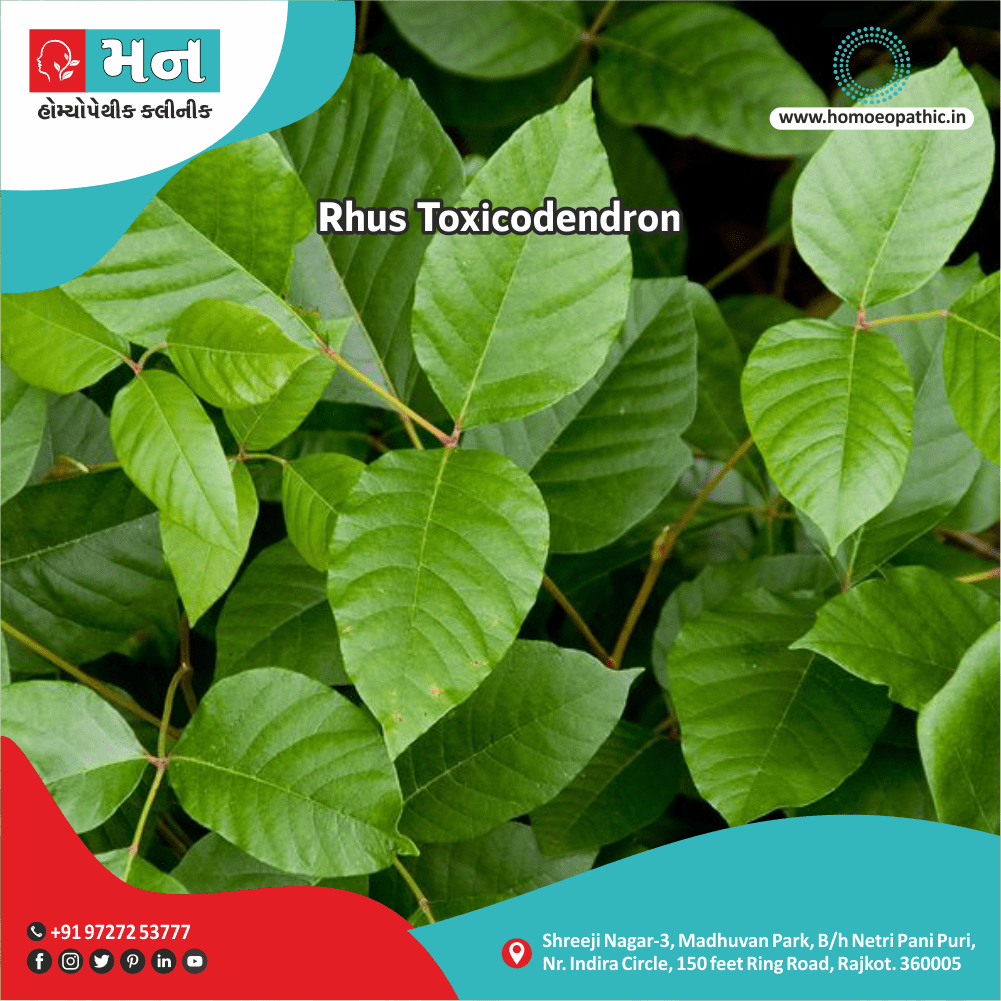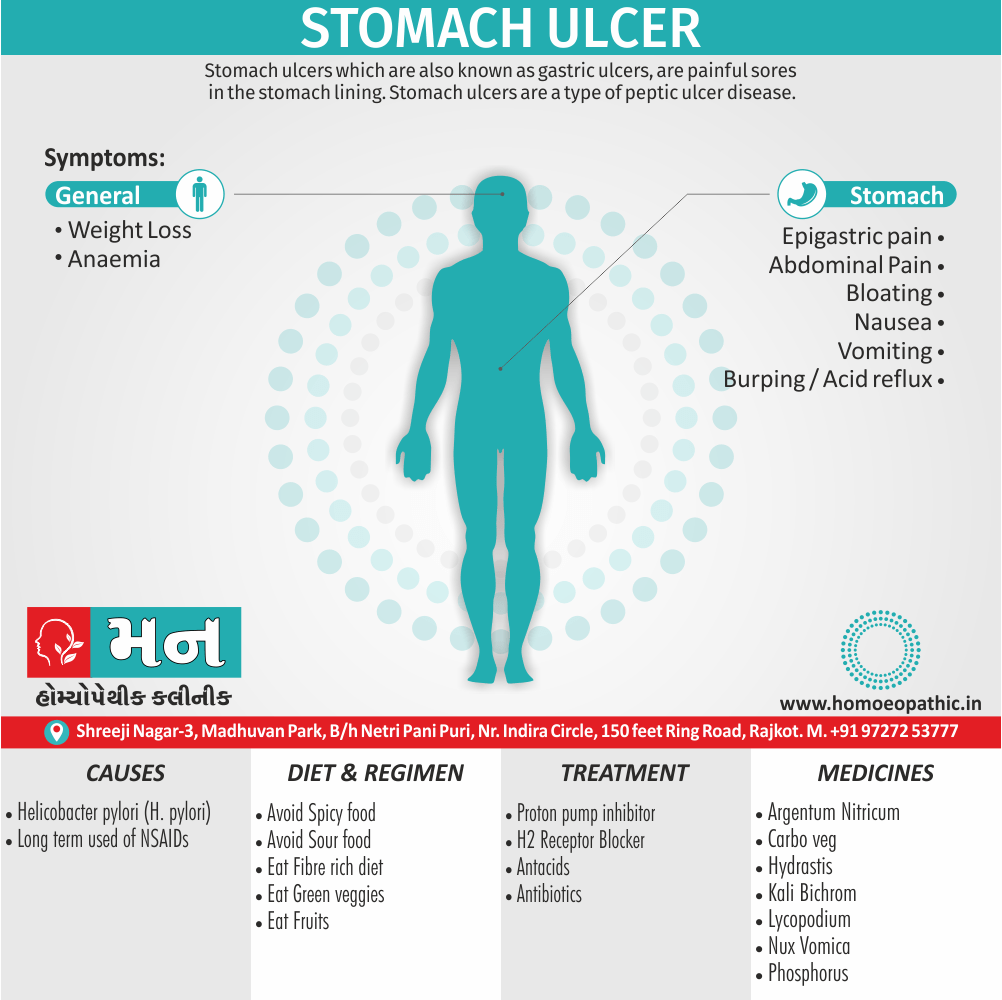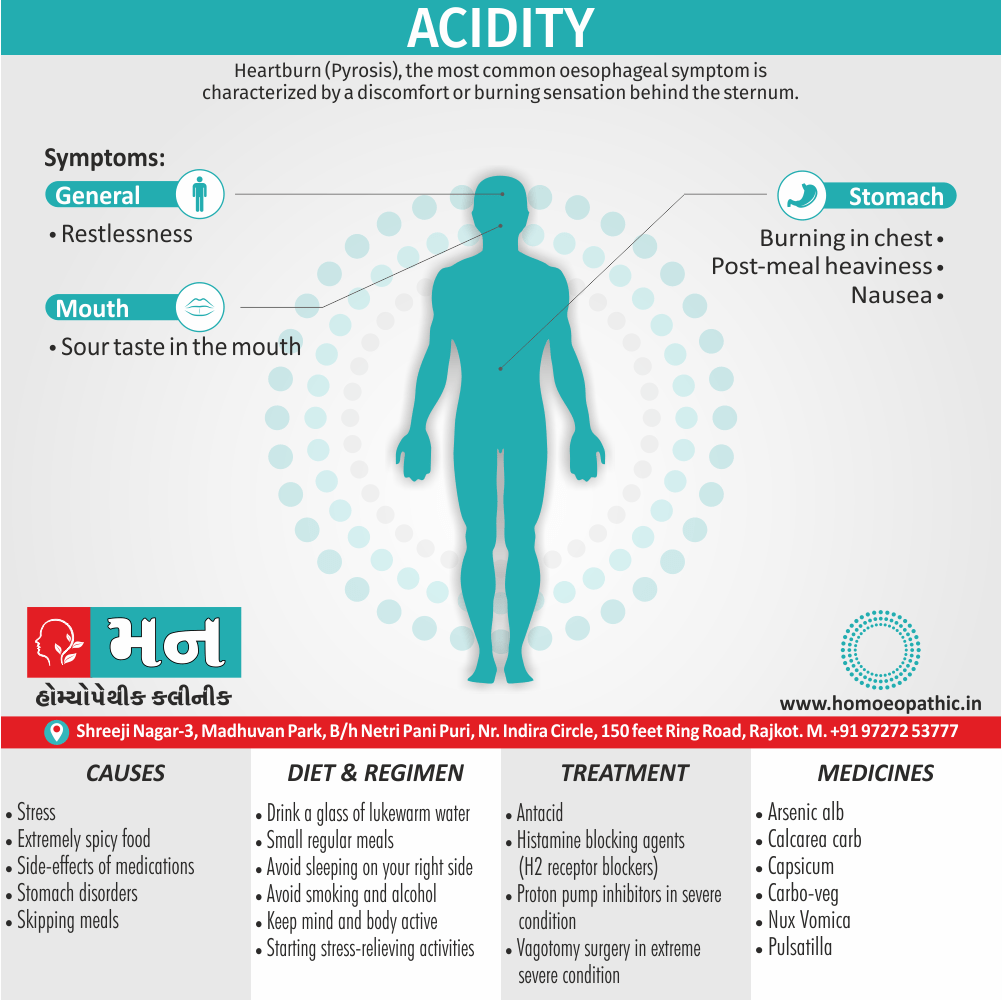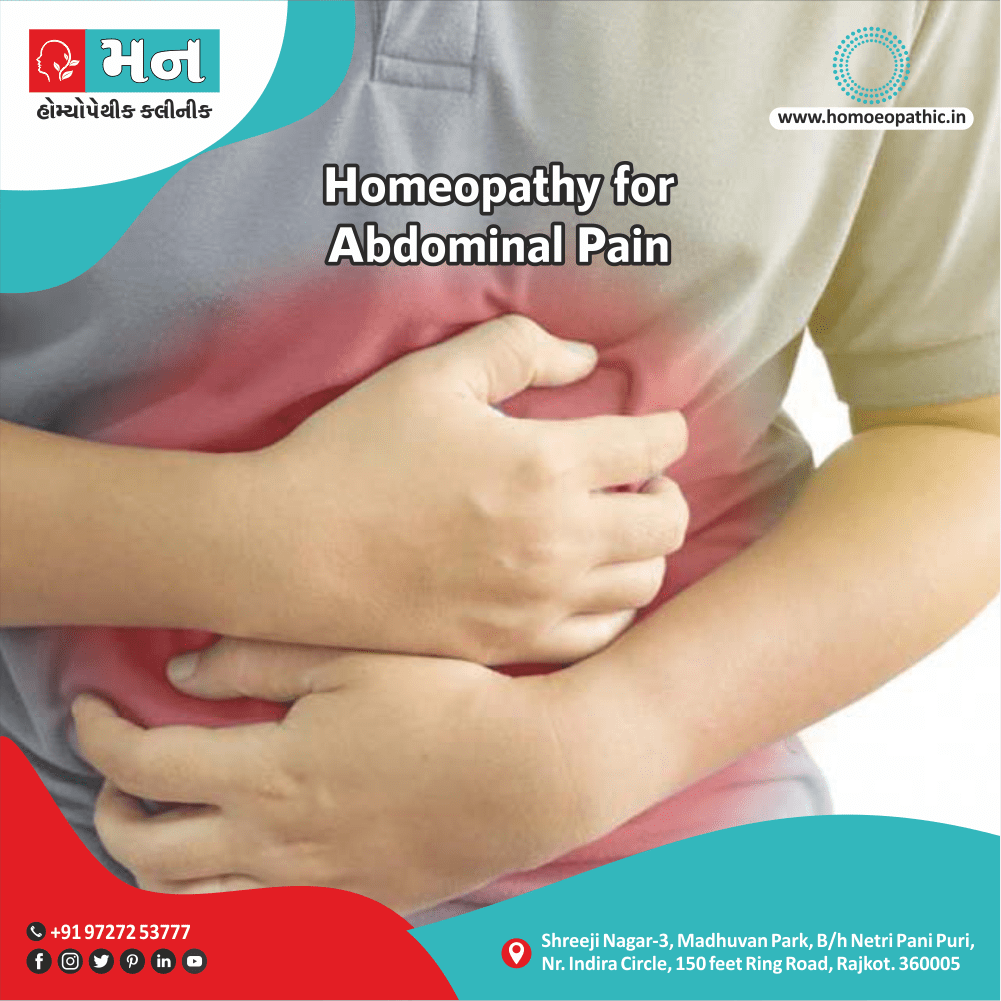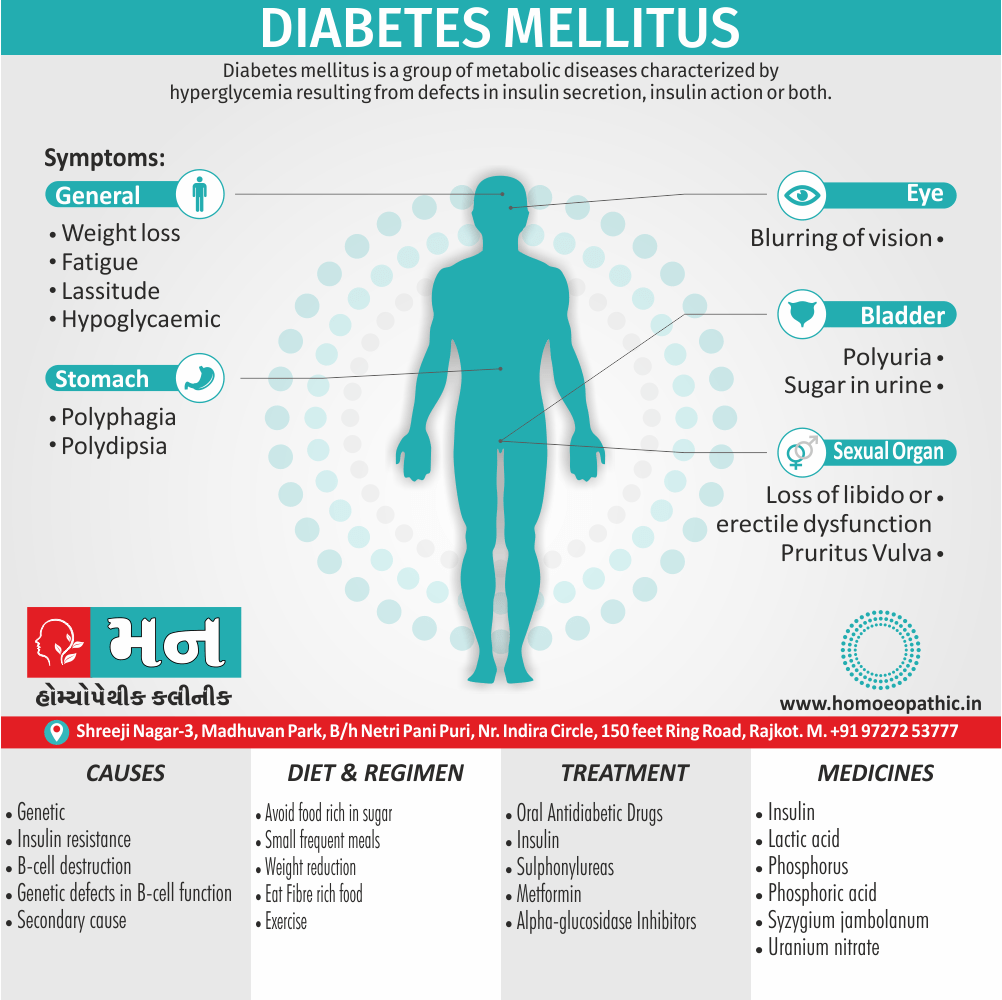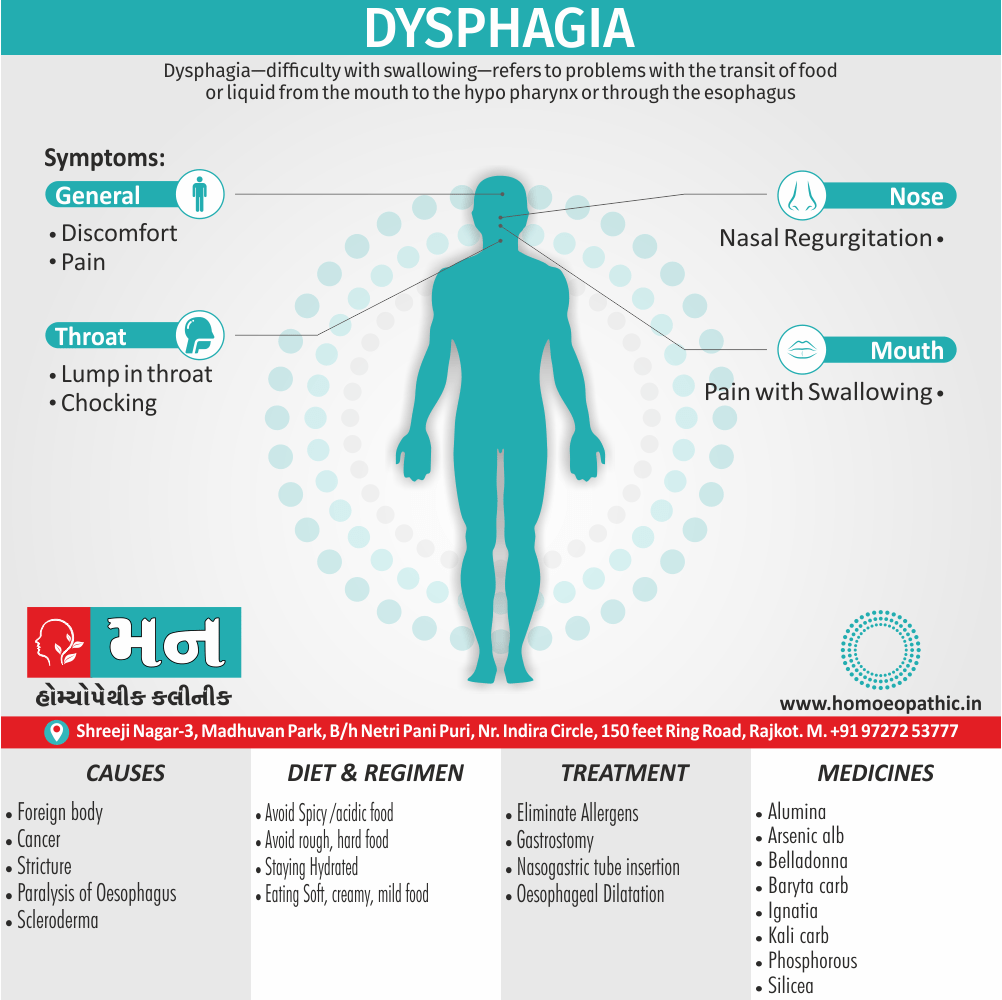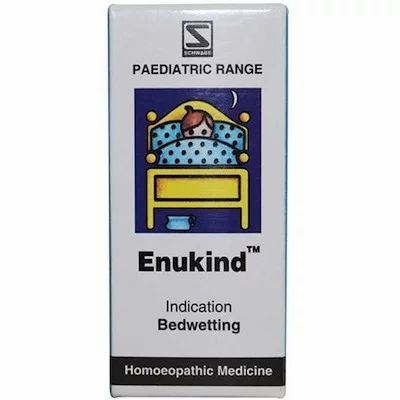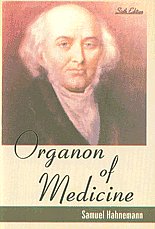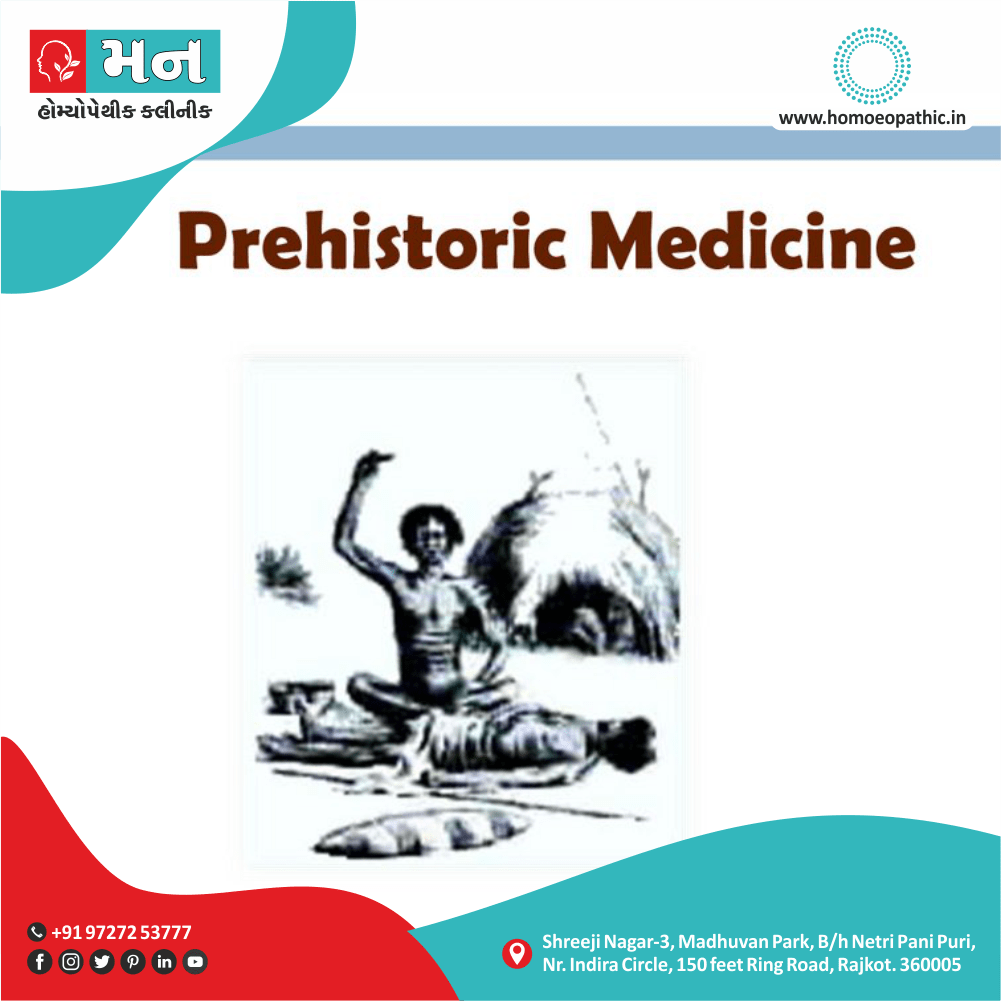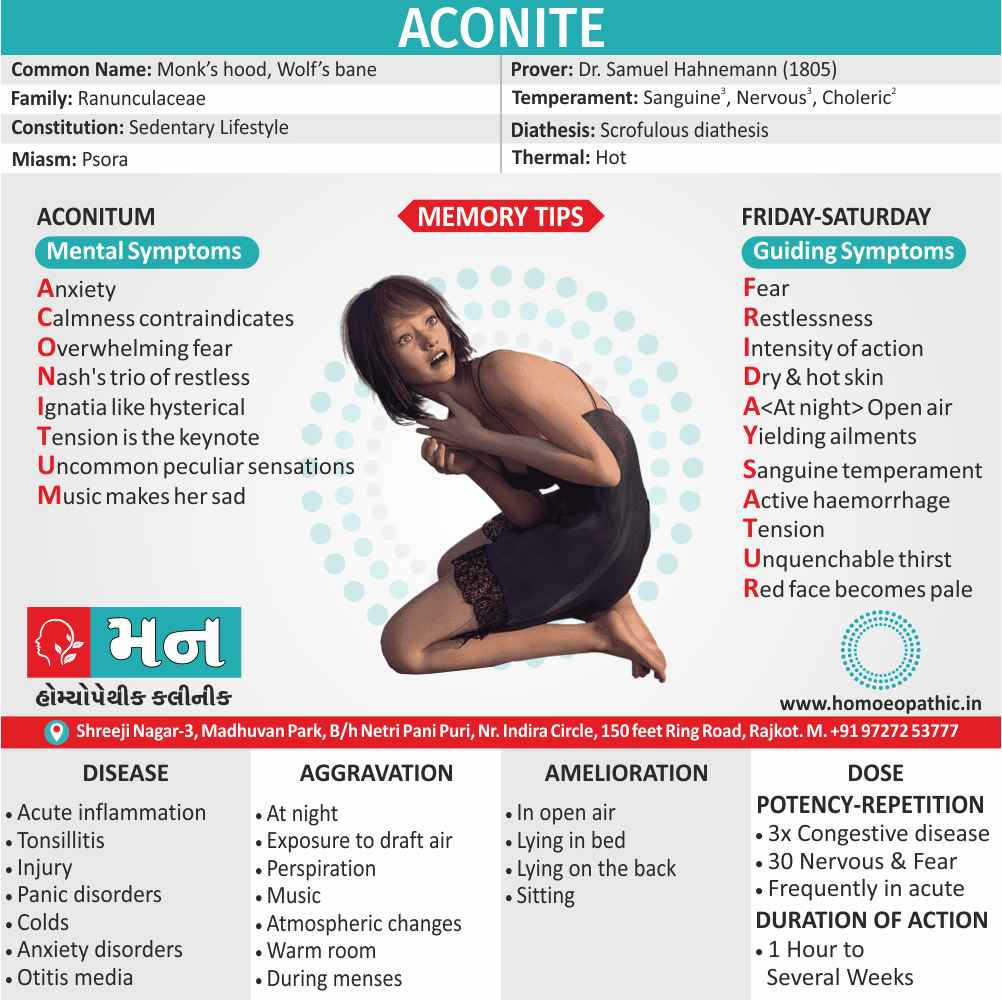Joint Pain
Definition of Joint Pain
Joint pain can be discomfort, pain or inflammation arising from any part of a joint — including cartilage, bone, ligaments, tendons or muscles. Most commonly, however, joint pain refers to arthritis or arthralgia, which is inflammation or pain from within the joint itself.[1]
Overview of Joint pain
Joint pain can be mild, causing soreness only after certain activities, or it can be severe, making even limited movement, particularly bearing weight, extremely painful.
Disorders of the musculoskeletal system affect all ages and ethnic groups. In the UK, about 25% of new consultations in general practice are for musculoskeletal symptoms.
Musculoskeletal diseases may arise from processes affecting bones, joints, muscles, or connective tissues such as skin and tendon. The principal manifestations are pain and impairment of locomotor function.
Disorders more common in women also most increase in frequency with increasing age. Besides this, The two most common disorders are osteoarthritis and osteoporosis. Osteo arthritis is the most common type of arthritis also affects up to 80% of people over the age of 75.
All in all, Osteoporosis is the most common bone disease and affects 50% of women and 20% of men by their eighth decade. Diseases of the musculoskeletal system are the most common cause of physical disability in older people also account for one-third of physical disability at all ages. [1]
Evaluation of Patient
The Evaluation should proceed to ascertain if the complaint is;
[1] Firstly, Articular or non-articular in origin
[2] Secondly, Inflammatory or non-inflammatory in nature
[3] Thirdly, Acute or chronic in duration
[4] Lastly, Localized (mono-articular) or widespread (poly-articular) in distribution.
Causes of Joint Pain
- Many conditions and factors can cause a person to experience joint pain.
- Moreover, If a person has pain in multiple joints, it is known as polyarthralgia.
- Usually, joint pain is the result of injury, infection, illness, or inflammation.
- Below are some of the common causes of joint pain:
Injury
- Injury is a common cause of joint pain.
- Injuries can result from the excessive use or effort of the joints or from an impact that causes a fracture, sprain, or strain.
- For example, a common knee injury is damage to the anterior cruciate ligament (in other words; ACL)Trusted Source. People who play certain sports, such as soccer, basketball, or football, are more at risk of injuring their ACL.
Viral infection
- Some infections may result in joint pain.
- For example, the hepatitis C virus (in other words; HCV) can cause complications that result in joint pain.
- It is common for people with HCV to have related rheumatic diseases, which can cause problems, including pain in the joints.
Disease
- Generally, Some diseases can cause joint pain.
- Lupus Trusted Source is a chronic autoimmune disease, also common symptoms include muscle and joint pain.
- In fact, joint pain is the first symptom for more than half of those who develop lupus.
- People develop lupus because their body’s immune system becomes hyperactive also attacks normal, healthy tissue.
Arthritis
- Arthritis and arthralgia are very similar but have key differences.
- Both describe joint pain, but arthralgia occurs without the distinct inflammation in the joint that characterizes arthritis.
- Nearly half Trusted Source of adults with arthritis report persistent joint pain.
- There are more than 100 different kinds Trusted Source of arthritis, including: e.g. Osteoarthritis (OA), Rheumatoid arthritis (RA), Gout, Septic arthritis.
- The cause of arthritis varies Trusted Source among the different types.
- OA results from cartilage loss in the joints. In detail, Calcification of the cartilage around the joints eventually makes the cartilage thinner before damaging it. Older adults are more likely to develop OA.
- RA is an autoimmune response to a trigger. Moreover, The body tries to fight off what it thinks is an invader but instead degrades the cartilage and bones in the joints.
- Gout occurs due to the crystallization of uric acid in the body. Uric acid gets into the joint spaces, causing inflammation.
- In most cases, septic arthritis results from a bacterial infection. Bacteria get into the synovial fluid in the joints, which eventually degrades the cartilage, leading to arthritis.[6]
Sign & Symptoms of Joint Pain
Other symptoms that commonly accompany joint pain i.e.:
- Joint tenderness
- Joint stiffness
- Joint swelling
- Limited joint movement
- Weakness in the joint, or the joint becoming unstable
- Fatigue [6]
Diagnosis of Joint Pain
The initial diagnosis of joint pain will likely involve an evaluation by a doctor. They will usually look at the person’s medical history and carry out a physical examination.
The doctor may ask questions, such as whether the pain appeared after an injury or whether there is a family history of joint disease.
As part of the physical exam, they will inspect the joints and check their range of motion.[6]
Investigation of Joint Pain
- X-Ray
- Ultrasonography
- CBC
- Blood Sugar
- ESR
- CRP
- Rh Factor [6]
Treatment of Joint Pain
- Treatment for joint pain will vary depending on the underlying cause.
- Typically, a doctor may prescribe pain medication to relieve pain. For example, for arthritis, they may suggest nonsteroidal anti-inflammatory drugs (NSAIDs), corticosteroids, or disease-modifying antirheumatic drugs (DMARDs).
- If the joint pain is due to an infection, a doctor will prescribe antibiotics or antivirals to reduce and manage the symptoms.
- For people who don’t find joint pain relief from oral or topical medications, the doctor may try injections- Steroids, Platelet-rich plasma therapy, Prolotherapy.
- If the pain is due to an injury or arthritis, a doctor may refer people to a physical therapist for rehabilitation. In more severe cases, or if the pain persists, a doctor may recommend undergoing surgery.
Home remedies
- The results of using home remedies will likely vary depending on the underlying cause of joint pain. People may be able to manage joint pain at home by taking over-the-counter NSAIDs, such as ibuprofen, or using topical capsaicin.
- Using the RICE method may also be beneficial for alleviating pain. This method involves resting the injured area, applying ice packs, wrapping the injured area with an elastic bandage, and elevating the area to reduce swelling. Using crutches or a wheelchair may also help a person avoid putting unnecessary pressure on painful joints.
You can relieve short-term joint pain with a few simple techniques at home. One method is known by the acronym PRICE:
- Protect the joint with a brace or wrap.
- Rest the joint, avoiding any activities that cause you pain.
- Ice the joint for about 15 minutes, several times each day.
- Compress the joint using an elastic wrap.
- Elevate the joint above the level of your heart.[5]
Physical Therapy
You can work with a physical therapist to strengthen the muscles around the joint, stabilize the joint, and improve your range of motion.
The therapist will use techniques such as ultrasound, heat or cold therapy, electrical nerve stimulation, and manipulation.
If you are higher-weight person, losing weight can relieve some of the pressure on your painful joints.
Exercise is one effective way to lose weight (along with diet), but be careful to stick with low-impact exercises that won’t further irritate the joint.
Swimming and bicycling are among the best exercises because both allow you to exercise your joints without putting impact on them. Because water is buoyant, swimming also relieves some of the pressure on your joints.[5]
Homeopathic Treatment of Joint Pain
Homeopathy treats the person as a whole. It means that homeopathic treatment focuses on the patient as a person, as well as his pathological condition. The homeopathic medicines selected after a full individualizing examination and case-analysis.
which includes
- The medical history of the patient,
- Physical and mental constitution,
- Family history,
- Presenting symptoms,
- Underlying pathology,
- Possible causative factors etc.
A miasmatic tendency (predisposition/susceptibility) also often taken into account for the treatment of chronic conditions.
What Homoeopathic doctors do?
A homeopathy doctor tries to treat more than just the presenting symptoms. The focus is usually on what caused the disease condition? Why ‘this patient’ is sick ‘this way’?.
The disease diagnosis is important but in homeopathy, the cause of disease not just probed to the level of bacteria and viruses. Other factors like mental, emotional and physical stress that could predispose a person to illness also looked for. No a days, even modern medicine also considers a large number of diseases as psychosomatic. The correct homeopathy remedy tries to correct this disease predisposition.
The focus is not on curing the disease but to cure the person who is sick, to restore the health. If a disease pathology not very advanced, homeopathy remedies do give a hope for cure but even in incurable cases, the quality of life can greatly improved with homeopathic medicines.
Homeopathic Medicines for Joint Pain:
The homeopathic remedies (medicines) given below indicate the therapeutic affinity but this is not a complete and definite guide to the homeopathy treatment of this condition. The symptoms listed against each homeopathic remedy may not be directly related to this disease because in homeopathy general symptoms and constitutional indications also taken into account for selecting a remedy.
Medicines:
Ferrum Phos
- At the commencement this remedy should be given in repeated doses when there are febrile symptoms present, and later on in the disease it may be given as an intercurrent.
- The joints are painful on moving, motion sets up also increases the pain.
- Tenalgia crepitans (Inflammation of a tendon sheath that on motion results in a cracking sound).[2]
Kali Mur
- In acute arthritis, for the swelling or when the tongue is coated white.
- It may be alternated with Ferrum Phos.
- Movement aggravates the pains.
- It is useful especially after Ferrum Phos.
- Tenalgia crepitans.
Natrum Mur
- Chronic arthritis, joints crack.
- Synovitis, gout, sore hamstrings.
- Acute gout, Chronic gout, profuse, sour-smelling sweat.
- Rheumatic arthritis, especially of finger joints. Additionally, Urine dark red.
- Pains go suddenly to heart; sore hamstrings. Lastly, It seems to have also a marked effect in hot painful swellings of the knee joint. [2]
Rhus tox:
- This remedy is an irritating agent to the Skin especially of face, scalp, genitals; affects the fibrous tissue, ligaments and joints causing rheumatic symptoms.
- Moreover, Parts feel sore, bruised also Stiff.
- Pains as if the flesh was torn loose from the bones.
- Dislocating sensation, Muscles twitch, Crawling.
- Besides this, Numbness of parts paralyzed.
- Trembling, turning, swelling, and lividity.
- Mucous discharges are acrid.
- Inflammation and swelling of the long bones, scraping, gnawing, tearing loose in periosteum.
- Rheumatism in cold season. Additionally, Soreness of prominent projection of bones.[3]
- Worse – exposure to wet, cold, air, draught, chilled, when hot or sweaty, uncovering, parts, beginning of motion, rest, before storms, sprains, after exertion, after midnight, blows, jar, riding, ice cold drinks, side lain on.
- Better – Continued motion, heat, hot bath, if heated, warm wrapping, rubbing, nosebleed, holding affected part, abdomen, head etc., stretching limbs, change of position, warm dry, weather.
Lycopodium:
- Pain in bones and joints at night.
- Curvature and caries of bones.
- Furthermore, Inflammation of bones, mostly at ends (joints); softening also caries of bones.
- Numbness, also drawing and tearing in limbs, especially while at rest or at night.
- Heaviness of arms. In detail, Tearing in shoulder and elbow joints. In detail, One foot hot, the other cold.
- Worse – Pressure of clothes, warmth, awakening, wind, eating, even a little, or to satiety, especially from 4 to 8 p.m., wet weather, stormy weather, pressure, before, or from suppressed menses.
- Better – Warm drinks and food, cold applications, motion, eructation, urinating, specifically after midnight.
Calcarea carbonica:
- Sharp sticking, as if parts were either wrenched or sprained.
- Cold, damp feet; feel as if damp stockings were worn.
- Cold knees, cramps in calves.
- Sour foot-sweat.
- Weakness of extremities.
- Swelling of joints, especially knee. Additionally, weakness and trembling of limbs.
- Arthritic; nodosities; deformans.
- Worse – Cold, raw air, bathing, cooling off, change of weather to cold, exertion – physical, mental, ascending eye strain, dentition, puberty, pressure of clothes, milk, anxiety, awakening, full moon, standing, looking up, climaxis, turning head.
- Better – Dry climate and weather, lying, on painful side, on back, sneezing (headache), rubbing, scratching, wiping or soothing with hands, after breakfast, dark.[3]
Causticum:
- Manifests its action mainly in chronic rheumatic, arthritic also paralytic affections.
- Indicated by the tearing, drawing pains in the muscular and fibrous tissues, with deformities about the joints.
- Progressive loss of muscular strength, tendinous contractures, seems to choose preferable dark complexioned and rigid-fibered persons.
- Restlessness at night, with tearing pains in joints also bones, and sinking of strength, progresses until we have gradually appeared paralysis.
- Burning, rawness also soreness is characteristic.
- Worse – dry, cold winds, in clear fine weather, cold air, from motion of carriage. On the other hand, Better – in damp, wet weather; warmth, heat of bed.
Calcarea phos:
- A special affinity where bones form either sutures or symphysis.
- Pain, burning along sutures, Shifting pains.
- Arthritis, Rheumatism.
- Aggravation from Exposure to weather changes, Draughts, Cold melting snow, Dentition, Mental exertion, Loss of fluids, Puberty, Fruits, cider, Motion – Thinking of symptoms, lifting, ascending.
- Better – In summer, warm dry weather, lying down.
Bryonia:
- Stitching, tearing pain aggravation especially by motion, better by rest.
- Joints red, swollen hot, with stitches and tearing, every spot is painful on pressure.
- Pins also needles in soles, preventing walking. In detail, Knees stiff and painful, Hot swelling of feet.
- Moreover, Swelling of elbow, Knees totter and bend under him when walking.
- Worse – Least motion, raising up, stooping, coughing, exertion, deep breathing, Dry cold or heat, becoming hot in room, hot weather, drinking, while hot, eating Vegetables, Acids, vexation, touch, suppressions, taking cold, early a.m.
- Better – Pressure, lying on painful part, bandaging, Cool open air, cloudy, damp days, drawing knees up, heat to inflamed part, descending, sitting up, cold food, drink.[3]
Colchicum:
- Affects markedly muscles, fibrous tissue, serous membranes, joints esp. small.
- It causes extreme relaxation of muscles.
- Patient is weak, cold but sensitive and restless.
- Pains are, tearing, digging, drawing.
- Many joints are affected at the same time.
- Small, rapidly shifting areas of severe pain, but little swelling, Tingling, crawling.
- Cardio-arthritic affections, Dropsy, Hydropericardium, hydrothorax; ascites, hydrometra, Tendency to collapse.
- Worse – motion, touch, night, stubbing toes, vibrations, cold, damp weather, in damp room, changing weather, autumn, slight exertion, stretching, checked sweat, sunset to sunrise, loss of sleep, smell of food.
- Better – warmth, rest, doubling up, sitting, after stools, stooping.
Ferrum phos:
- Rheumatism attacking one joint after another aggravation from slightest motion.
- Sore bruised pain in shoulders extending to chest and wrist.
- Wrists ache with loss of power to grasp.
- Palms hot; in children, Jerking in limbs, Omodynia.
- Sprains of the elbows, Hands swollen and painful.
- Worse – night, 4-6 a.m., motion, noise, jar, cold air, touch, checked sweat, cold drinks and sour food, meat, herring, coffee, cake.
- Better – cold application, bleeding, lying down.
Iodum:
- Arthritic deformans with swollen joints; after acute attack of rheumatism.
- Secretions are hot, acrid or watery, persistent or salty.
- Acute catarrhal of the mucus membranes.
- Vasoconstriction, causing Oedema, ecchymoses, hemorrhages, Vascular degeneration.
- Atrophy or induration of testes, ovaries, uterus.
- Stiff and enlarged joints, Synovitis, Stiff and enlarged joints.
- Cold hands and feet, Acrid sweat on back of feet. Oedema of the feet.
- Back of hands; brown, as if swollen painful when turning hand, not when closing fingers.
- Worse – Heat of room, air, wraps, exertion, ascending, talking, fasting, night, rest, touch, pressure.
- Better – Cold air, bathing, walking about in open air, eating, sitting up. [3]
Diet and Regiment of Joint Pain
Omega-3 Fatty Acids / Fish Oils
- Cold-water fish are a terrific source of Omega-3s fatty acids, which are essential nutrients for human health.
- These important nutrients are also sometimes referred to as polyunsaturated fatty acids.
- Not only are they proven to reduce inflammatory proteins in the body, but they also improve brain function and lower risk of heart disease, diabetes and other illnesses.
- Omega-3 can be found in cold-water fish such as tuna, salmon, trout, halibut and sardines. Taking a daily fish oil supplement is another way to absorb Omega-3s. [1]
Nuts and Seeds
- There’s good news for the vegans and vegetarians among us. Omega-3 can also be found in a variety of nuts and seeds.
- A small daily portion of walnuts, almonds, flax seeds, chia seeds or pine nuts can help reduce inflammation in the joints and connective tissue.
Brassica Vegetables
- Leafy greens like mustard greens, arugula, kale and purple cabbage are in the brassica family. Several other popular vegetables make the list, including broccoli, cauliflower and Brussel sprouts.
Colorful Fruits
- Fruits sometimes get a bad rap because of their high sugar content, but many are excellent antioxidants. Just like with vegetables, certain fruits are more effective than others in reducing inflammation in the body.
Olive Oil
- Toss out your vegetable oil, sunflower oil and peanut oil – all of which can increase inflammation.
Lentils and Beans
- Beans and lentils are known for their health benefits. They’re an excellent source of protein, fiber and essential minerals. They also have antioxidant and anti-inflammatory properties.
- Black beans, lentils, chickpeas, pinto beans and soybeans are all great sources of anthocyanins – that magical flavonoid that reduces inflammation.
Garlic and Root Vegetables
- Garlic, onions, ginger and turmeric have anti-inflammatory properties.
Whole Grains
- Research suggests that proteins found in refined grains (such as white bread, white rice and regular pasta) may trigger an inflammatory response in the body. However, high-fiber whole grains help produce fatty acids that are thought to counteract inflammation. Therefore, stick with the whole grains.
Dark Chocolate
- Chocolate has anti-inflammatory properties.
- Cocoa, the main ingredient in chocolate, contains antioxidants that can counteract genetic predisposition to insulin resistance and inflammation.
- The higher the percentage of cocoa in the chocolate, the higher its anti-inflammatory effect.[4]
Frequently Asked Questions
What is Joint Pain?
Joint pain can be discomfort, pain or inflammation arising from any part of a joint — including cartilage, bone, ligaments, tendons or muscles.
Homeopathic Medicines used by Homeopathic Doctors in treatment of Joint Pain?
- Ferrum Phos
- Kali Mur
- Natrum Mur
- Rhus tox
- Lycopodium
- Calcarea carb
What causes Joint Pain?
- Injury
- Viral infection
- Disease
- Arthritis
What are the symptoms of Joint Pain?
- Joint tenderness
- Joint stiffness
- Joint swelling
- Limited joint movement
- Weakness in the joint, or the joint becoming unstable
- Fatigue
Reference of Article about Joint pain
[1] Harrison-s_Principles_of_Internal_Medicine-_19th_Edition-_2_Volume_Set
[2] Twelve Tissue Remedies Comprising of Theory, Therapeutics, Applications, Materia Medica and Complete Repertory of Tissue Remedies [Therap Part] By Boericke & Dewey.
[3] Homoeopathic Body-System Prescribing – A Practical Workbook of Sector Remedies
[4] https://www.caryortho.com/10-foods-that-help-reduce-joint-pain/
[5] https://www.webmd.com/pain-management/guide/joint-pain
[6] https://www.medicalnewstoday.com/articles/joint-pain#diagnosis
Definition: Joint pain can be discomfort, pain or inflammation arising from any part of a joint — including cartilage, bone, ligaments, tendons or muscles. Most commonly, however, joint pain refers to arthritis or arthralgia, which is inflammation or pain from within the joint itself.[1]
Overview
Epidemiology
Causes
Risk Factors
Pathogenesis
Pathophysiology
Types
Clinical Features
Sign & Symptoms
Clinical Examination
Diagnosis
Differential Diagnosis
Complications
Investigations
Treatment
Prevention
Homeopathic Treatment
Diet & Regimen
Do’s and Dont’s
Terminology
References
FAQ
Also Search As
Overview
Overview of Joint pain
Joint pain can be mild, causing soreness only after certain activities, or it can be severe, making even limited movement, particularly bearing weight, extremely painful.
Disorders of the musculoskeletal system affect all ages and ethnic groups. In the UK, about 25% of new consultations in general practice are for musculoskeletal symptoms.
Musculoskeletal diseases may arise from processes affecting bones, joints, muscles, or connective tissues such as skin and tendon. The principal manifestations are pain and impairment of locomotor function.
Disorders more common in women also most increase in frequency with increasing age. Besides this, The two most common disorders are osteoarthritis and osteoporosis. Osteo arthritis is the most common type of arthritis also affects up to 80% of people over the age of 75.
All in all, Osteoporosis is the most common bone disease and affects 50% of women and 20% of men by their eighth decade. Diseases of the musculoskeletal system are the most common cause of physical disability in older people also account for one-third of physical disability at all ages. [1]
Evaluation of Patient
The Evaluation should proceed to ascertain if the complaint is;
[1] Firstly, Articular or non-articular in origin
[2] Secondly, Inflammatory or non-inflammatory in nature
[3] Thirdly, Acute or chronic in duration
[4] Lastly, Localized (mono-articular) or widespread (poly-articular) in distribution.
Epidemiology
Indian epidemiology then other
Causes
Causes of Joint Pain
- Many conditions and factors can cause a person to experience joint pain.
- Moreover, If a person has pain in multiple joints, it is known as polyarthralgia.
- Usually, joint pain is the result of injury, infection, illness, or inflammation.
- Below are some of the common causes of joint pain:
Injury
- Injury is a common cause of joint pain.
- Injuries can result from the excessive use or effort of the joints or from an impact that causes a fracture, sprain, or strain.
- For example, a common knee injury is damage to the anterior cruciate ligament (in other words; ACL)Trusted Source. People who play certain sports, such as soccer, basketball, or football, are more at risk of injuring their ACL.
Viral infection
- Some infections may result in joint pain.
- For example, the hepatitis C virus (in other words; HCV) can cause complications that result in joint pain.
- It is common for people with HCV to have related rheumatic diseases, which can cause problems, including pain in the joints.
Disease
- Generally, Some diseases can cause joint pain.
- Lupus Trusted Source is a chronic autoimmune disease, also common symptoms include muscle and joint pain.
- In fact, joint pain is the first symptom for more than half of those who develop lupus.
- People develop lupus because their body’s immune system becomes hyperactive also attacks normal, healthy tissue.
Arthritis
- Arthritis and arthralgia are very similar but have key differences.
- Both describe joint pain, but arthralgia occurs without the distinct inflammation in the joint that characterizes arthritis.
- Nearly half Trusted Source of adults with arthritis report persistent joint pain.
- There are more than 100 different kinds Trusted Source of arthritis, including: e.g. Osteoarthritis (OA), Rheumatoid arthritis (RA), Gout, Septic arthritis.
- The cause of arthritis varies Trusted Source among the different types.
- OA results from cartilage loss in the joints. In detail, Calcification of the cartilage around the joints eventually makes the cartilage thinner before damaging it. Older adults are more likely to develop OA.
- RA is an autoimmune response to a trigger. Moreover, The body tries to fight off what it thinks is an invader but instead degrades the cartilage and bones in the joints.
- Gout occurs due to the crystallization of uric acid in the body. Uric acid gets into the joint spaces, causing inflammation.
- In most cases, septic arthritis results from a bacterial infection. Bacteria get into the synovial fluid in the joints, which eventually degrades the cartilage, leading to arthritis.[6]
Risk Factors
Risk factors are things that make you more likely to develop a disease in the first place.
Pathogenesis
Pathogenesis refers to the development of a disease. It’s the story of how a disease gets started and progresses.
This is the entire journey of a disease, encompassing the cause but going beyond it.
Pathophysiology
Pathophysiology, on the other hand, focuses on the functional changes that occur in the body due to the disease. It explains how the disease disrupts normal physiological processes and how this disruption leads to the signs and symptoms we see.
Imagine a car accident. Pathogenesis would be like understanding how the accident happened – what caused it, the sequence of events (e.g., one car ran a red light, then hit another car). Pathophysiology would be like understanding the damage caused by the accident – the bent fenders, deployed airbags, and any injuries to the passengers.
In simpler terms, pathogenesis is about the "why" of a disease, while pathophysiology is about the "how" of the disease’s effects.
Types
AAA
Clinical Features
Tab Content
Sign & Symptoms
Sign & Symptoms of Joint Pain
Other symptoms that commonly accompany joint pain i.e.:
- Joint tenderness
- Joint stiffness
- Joint swelling
- Limited joint movement
- Weakness in the joint, or the joint becoming unstable
- Fatigue [6]
Clinical Examination
Tab Content
Diagnosis
Diagnosis of Joint Pain
The initial diagnosis of joint pain will likely involve an evaluation by a doctor. They will usually look at the person’s medical history and carry out a physical examination.
The doctor may ask questions, such as whether the pain appeared after an injury or whether there is a family history of joint disease.
As part of the physical exam, they will inspect the joints and check their range of motion.[6]
Differential Diagnosis
Complications
Complications are what happen after you have a disease. They are the negative consequences of the disease process.
Investigations
Investigation of Joint Pain
- X-Ray
- Ultrasonography
- CBC
- Blood Sugar
- ESR
- CRP
- Rh Factor [6]
Treatment
Treatment of Joint Pain
- Treatment for joint pain will vary depending on the underlying cause.
- Typically, a doctor may prescribe pain medication to relieve pain. For example, for arthritis, they may suggest nonsteroidal anti-inflammatory drugs (NSAIDs), corticosteroids, or disease-modifying antirheumatic drugs (DMARDs).
- If the joint pain is due to an infection, a doctor will prescribe antibiotics or antivirals to reduce and manage the symptoms.
- For people who don’t find joint pain relief from oral or topical medications, the doctor may try injections- Steroids, Platelet-rich plasma therapy, Prolotherapy.
- If the pain is due to an injury or arthritis, a doctor may refer people to a physical therapist for rehabilitation. In more severe cases, or if the pain persists, a doctor may recommend undergoing surgery.
Home remedies
- The results of using home remedies will likely vary depending on the underlying cause of joint pain. People may be able to manage joint pain at home by taking over-the-counter NSAIDs, such as ibuprofen, or using topical capsaicin.
- Using the RICE method may also be beneficial for alleviating pain. This method involves resting the injured area, applying ice packs, wrapping the injured area with an elastic bandage, and elevating the area to reduce swelling. Using crutches or a wheelchair may also help a person avoid putting unnecessary pressure on painful joints.
You can relieve short-term joint pain with a few simple techniques at home. One method is known by the acronym PRICE:
- Protect the joint with a brace or wrap.
- Rest the joint, avoiding any activities that cause you pain.
- Ice the joint for about 15 minutes, several times each day.
- Compress the joint using an elastic wrap.
- Elevate the joint above the level of your heart.[5]
Physical Therapy
You can work with a physical therapist to strengthen the muscles around the joint, stabilize the joint, and improve your range of motion.
The therapist will use techniques such as ultrasound, heat or cold therapy, electrical nerve stimulation, and manipulation.
If you are higher-weight person, losing weight can relieve some of the pressure on your painful joints.
Exercise is one effective way to lose weight (along with diet), but be careful to stick with low-impact exercises that won’t further irritate the joint.
Swimming and bicycling are among the best exercises because both allow you to exercise your joints without putting impact on them. Because water is buoyant, swimming also relieves some of the pressure on your joints.[5]
Prevention
Tab Content
Homeopathic Treatment
Homeopathic Treatment of Joint Pain
Homeopathy treats the person as a whole. It means that homeopathic treatment focuses on the patient as a person, as well as his pathological condition. The homeopathic medicines selected after a full individualizing examination and case-analysis.
which includes
- The medical history of the patient,
- Physical and mental constitution,
- Family history,
- Presenting symptoms,
- Underlying pathology,
- Possible causative factors etc.
A miasmatic tendency (predisposition/susceptibility) also often taken into account for the treatment of chronic conditions.
What Homoeopathic doctors do?
A homeopathy doctor tries to treat more than just the presenting symptoms. The focus is usually on what caused the disease condition? Why ‘this patient’ is sick ‘this way’?.
The disease diagnosis is important but in homeopathy, the cause of disease not just probed to the level of bacteria and viruses. Other factors like mental, emotional and physical stress that could predispose a person to illness also looked for. No a days, even modern medicine also considers a large number of diseases as psychosomatic. The correct homeopathy remedy tries to correct this disease predisposition.
The focus is not on curing the disease but to cure the person who is sick, to restore the health. If a disease pathology not very advanced, homeopathy remedies do give a hope for cure but even in incurable cases, the quality of life can greatly improved with homeopathic medicines.
Homeopathic Medicines for Joint Pain:
The homeopathic remedies (medicines) given below indicate the therapeutic affinity but this is not a complete and definite guide to the homeopathy treatment of this condition. The symptoms listed against each homeopathic remedy may not be directly related to this disease because in homeopathy general symptoms and constitutional indications also taken into account for selecting a remedy.
Medicines:
Ferrum Phos
- At the commencement this remedy should be given in repeated doses when there are febrile symptoms present, and later on in the disease it may be given as an intercurrent.
- The joints are painful on moving, motion sets up also increases the pain.
- Tenalgia crepitans (Inflammation of a tendon sheath that on motion results in a cracking sound).[2]
Kali Mur
- In acute arthritis, for the swelling or when the tongue is coated white.
- It may be alternated with Ferrum Phos.
- Movement aggravates the pains.
- It is useful especially after Ferrum Phos.
- Tenalgia crepitans.
Natrum Mur
- Chronic arthritis, joints crack.
- Synovitis, gout, sore hamstrings.
- Acute gout, Chronic gout, profuse, sour-smelling sweat.
- Rheumatic arthritis, especially of finger joints. Additionally, Urine dark red.
- Pains go suddenly to heart; sore hamstrings. Lastly, It seems to have also a marked effect in hot painful swellings of the knee joint. [2]
Rhus tox:
- This remedy is an irritating agent to the Skin especially of face, scalp, genitals; affects the fibrous tissue, ligaments and joints causing rheumatic symptoms.
- Moreover, Parts feel sore, bruised also Stiff.
- Pains as if the flesh was torn loose from the bones.
- Dislocating sensation, Muscles twitch, Crawling.
- Besides this, Numbness of parts paralyzed.
- Trembling, turning, swelling, and lividity.
- Mucous discharges are acrid.
- Inflammation and swelling of the long bones, scraping, gnawing, tearing loose in periosteum.
- Rheumatism in cold season. Additionally, Soreness of prominent projection of bones.[3]
- Worse – exposure to wet, cold, air, draught, chilled, when hot or sweaty, uncovering, parts, beginning of motion, rest, before storms, sprains, after exertion, after midnight, blows, jar, riding, ice cold drinks, side lain on.
- Better – Continued motion, heat, hot bath, if heated, warm wrapping, rubbing, nosebleed, holding affected part, abdomen, head etc., stretching limbs, change of position, warm dry, weather.
Lycopodium:
- Pain in bones and joints at night.
- Curvature and caries of bones.
- Furthermore, Inflammation of bones, mostly at ends (joints); softening also caries of bones.
- Numbness, also drawing and tearing in limbs, especially while at rest or at night.
- Heaviness of arms. In detail, Tearing in shoulder and elbow joints. In detail, One foot hot, the other cold.
- Worse – Pressure of clothes, warmth, awakening, wind, eating, even a little, or to satiety, especially from 4 to 8 p.m., wet weather, stormy weather, pressure, before, or from suppressed menses.
- Better – Warm drinks and food, cold applications, motion, eructation, urinating, specifically after midnight.
Calcarea carbonica:
- Sharp sticking, as if parts were either wrenched or sprained.
- Cold, damp feet; feel as if damp stockings were worn.
- Cold knees, cramps in calves.
- Sour foot-sweat.
- Weakness of extremities.
- Swelling of joints, especially knee. Additionally, weakness and trembling of limbs.
- Arthritic; nodosities; deformans.
- Worse – Cold, raw air, bathing, cooling off, change of weather to cold, exertion – physical, mental, ascending eye strain, dentition, puberty, pressure of clothes, milk, anxiety, awakening, full moon, standing, looking up, climaxis, turning head.
- Better – Dry climate and weather, lying, on painful side, on back, sneezing (headache), rubbing, scratching, wiping or soothing with hands, after breakfast, dark.[3]
Causticum:
- Manifests its action mainly in chronic rheumatic, arthritic also paralytic affections.
- Indicated by the tearing, drawing pains in the muscular and fibrous tissues, with deformities about the joints.
- Progressive loss of muscular strength, tendinous contractures, seems to choose preferable dark complexioned and rigid-fibered persons.
- Restlessness at night, with tearing pains in joints also bones, and sinking of strength, progresses until we have gradually appeared paralysis.
- Burning, rawness also soreness is characteristic.
- Worse – dry, cold winds, in clear fine weather, cold air, from motion of carriage. On the other hand, Better – in damp, wet weather; warmth, heat of bed.
Calcarea phos:
- A special affinity where bones form either sutures or symphysis.
- Pain, burning along sutures, Shifting pains.
- Arthritis, Rheumatism.
- Aggravation from Exposure to weather changes, Draughts, Cold melting snow, Dentition, Mental exertion, Loss of fluids, Puberty, Fruits, cider, Motion – Thinking of symptoms, lifting, ascending.
- Better – In summer, warm dry weather, lying down.
Bryonia:
- Stitching, tearing pain aggravation especially by motion, better by rest.
- Joints red, swollen hot, with stitches and tearing, every spot is painful on pressure.
- Pins also needles in soles, preventing walking. In detail, Knees stiff and painful, Hot swelling of feet.
- Moreover, Swelling of elbow, Knees totter and bend under him when walking.
- Worse – Least motion, raising up, stooping, coughing, exertion, deep breathing, Dry cold or heat, becoming hot in room, hot weather, drinking, while hot, eating Vegetables, Acids, vexation, touch, suppressions, taking cold, early a.m.
- Better – Pressure, lying on painful part, bandaging, Cool open air, cloudy, damp days, drawing knees up, heat to inflamed part, descending, sitting up, cold food, drink.[3]
Colchicum:
- Affects markedly muscles, fibrous tissue, serous membranes, joints esp. small.
- It causes extreme relaxation of muscles.
- Patient is weak, cold but sensitive and restless.
- Pains are, tearing, digging, drawing.
- Many joints are affected at the same time.
- Small, rapidly shifting areas of severe pain, but little swelling, Tingling, crawling.
- Cardio-arthritic affections, Dropsy, Hydropericardium, hydrothorax; ascites, hydrometra, Tendency to collapse.
- Worse – motion, touch, night, stubbing toes, vibrations, cold, damp weather, in damp room, changing weather, autumn, slight exertion, stretching, checked sweat, sunset to sunrise, loss of sleep, smell of food.
- Better – warmth, rest, doubling up, sitting, after stools, stooping.
Ferrum phos:
- Rheumatism attacking one joint after another aggravation from slightest motion.
- Sore bruised pain in shoulders extending to chest and wrist.
- Wrists ache with loss of power to grasp.
- Palms hot; in children, Jerking in limbs, Omodynia.
- Sprains of the elbows, Hands swollen and painful.
- Worse – night, 4-6 a.m., motion, noise, jar, cold air, touch, checked sweat, cold drinks and sour food, meat, herring, coffee, cake.
- Better – cold application, bleeding, lying down.
Iodum:
- Arthritic deformans with swollen joints; after acute attack of rheumatism.
- Secretions are hot, acrid or watery, persistent or salty.
- Acute catarrhal of the mucus membranes.
- Vasoconstriction, causing Oedema, ecchymoses, hemorrhages, Vascular degeneration.
- Atrophy or induration of testes, ovaries, uterus.
- Stiff and enlarged joints, Synovitis, Stiff and enlarged joints.
- Cold hands and feet, Acrid sweat on back of feet. Oedema of the feet.
- Back of hands; brown, as if swollen painful when turning hand, not when closing fingers.
- Worse – Heat of room, air, wraps, exertion, ascending, talking, fasting, night, rest, touch, pressure.
- Better – Cold air, bathing, walking about in open air, eating, sitting up. [3]
Diet & Regimen
Diet and Regiment of Joint Pain
Omega-3 Fatty Acids / Fish Oils
- Cold-water fish are a terrific source of Omega-3s fatty acids, which are essential nutrients for human health.
- These important nutrients are also sometimes referred to as polyunsaturated fatty acids.
- Not only are they proven to reduce inflammatory proteins in the body, but they also improve brain function and lower risk of heart disease, diabetes and other illnesses.
- Omega-3 can be found in cold-water fish such as tuna, salmon, trout, halibut and sardines. Taking a daily fish oil supplement is another way to absorb Omega-3s. [1]
Nuts and Seeds
- There’s good news for the vegans and vegetarians among us. Omega-3 can also be found in a variety of nuts and seeds.
- A small daily portion of walnuts, almonds, flax seeds, chia seeds or pine nuts can help reduce inflammation in the joints and connective tissue.
Brassica Vegetables
- Leafy greens like mustard greens, arugula, kale and purple cabbage are in the brassica family. Several other popular vegetables make the list, including broccoli, cauliflower and Brussel sprouts.
Colorful Fruits
- Fruits sometimes get a bad rap because of their high sugar content, but many are excellent antioxidants. Just like with vegetables, certain fruits are more effective than others in reducing inflammation in the body.
Olive Oil
- Toss out your vegetable oil, sunflower oil and peanut oil – all of which can increase inflammation.
Lentils and Beans
- Beans and lentils are known for their health benefits. They’re an excellent source of protein, fiber and essential minerals. They also have antioxidant and anti-inflammatory properties.
- Black beans, lentils, chickpeas, pinto beans and soybeans are all great sources of anthocyanins – that magical flavonoid that reduces inflammation.
Garlic and Root Vegetables
- Garlic, onions, ginger and turmeric have anti-inflammatory properties.
Whole Grains
- Research suggests that proteins found in refined grains (such as white bread, white rice and regular pasta) may trigger an inflammatory response in the body. However, high-fiber whole grains help produce fatty acids that are thought to counteract inflammation. Therefore, stick with the whole grains.
Dark Chocolate
- Chocolate has anti-inflammatory properties.
- Cocoa, the main ingredient in chocolate, contains antioxidants that can counteract genetic predisposition to insulin resistance and inflammation.
- The higher the percentage of cocoa in the chocolate, the higher its anti-inflammatory effect.[4]
Do’s and Dont’s
Tab Content
Terminology
Tab Content
References
Reference of Article about Joint pain
[1] Harrison-s_Principles_of_Internal_Medicine-_19th_Edition-_2_Volume_Set
[2] Twelve Tissue Remedies Comprising of Theory, Therapeutics, Applications, Materia Medica and Complete Repertory of Tissue Remedies [Therap Part] By Boericke & Dewey.
[3] Homoeopathic Body-System Prescribing – A Practical Workbook of Sector Remedies
[4] https://www.caryortho.com/10-foods-that-help-reduce-joint-pain/
[5] https://www.webmd.com/pain-management/guide/joint-pain
[6] https://www.medicalnewstoday.com/articles/joint-pain#diagnosis
FAQ
Frequently Asked Questions
What is Joint Pain?
Joint pain can be discomfort, pain or inflammation arising from any part of a joint — including cartilage, bone, ligaments, tendons or muscles.
Homeopathic Medicines used by Homeopathic Doctors in treatment of Joint Pain?
- Ferrum Phos
- Kali Mur
- Natrum Mur
- Rhus tox
- Lycopodium
- Calcarea carb
What causes Joint Pain?
- Injury
- Viral infection
- Disease
- Arthritis
What are the symptoms of Joint Pain?
- Joint tenderness
- Joint stiffness
- Joint swelling
- Limited joint movement
- Weakness in the joint, or the joint becoming unstable
- Fatigue
Also Search As
Frequently Asked Questions (FAQ)
XYZ
XXX
XYZ
XXX
XYZ
XXX
